Last updated on September 22, 2023

Tombstone Stairwell | Illustration by Dom!
Although I started playing Magic during Ice Age, that was my first real relationship with a card game. It was scary and confusing at times. I had to grapple with my crush’s complicated past, you know, mistakes like Fallen Empires or banding. Homelands really put a stop to the honeymoon period. I thought I loved the game, but did Didgeridoo really count as a love language?
The thing that made me commit to the game forever was MTG’s ninth expansion, Mirage. It’s the set that introduced the block cycle, and the first set explicitly designed with Limited in mind. Let me take you back to the ‘90s so that you too can swoon over the set that, for me at least, saved Magic!
Mirage Basic Information
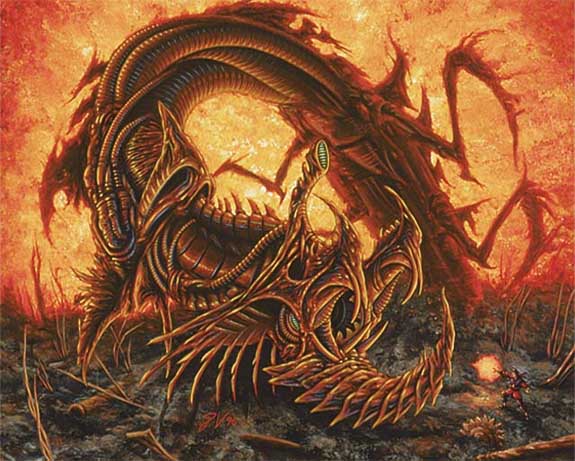
Phyrexian Dreadnought | Illustration by Pete Venters
Set Details
| Set Symbol |  |
| Set Code | MIR |
| Number of Cards | 350 |
| Rarities | 110 commons, 110 uncommons, 110 rares, 20 basic lands |
| Mechanics | Flanking, phasing, Charms, Diamonds, fetch lands, Guildmages |
Important Dates
| Event | Date |
|---|---|
| Paper release date | November 1, 1996 |
| Magic Online release date | December 5, 2005 |
About the Set: The Story
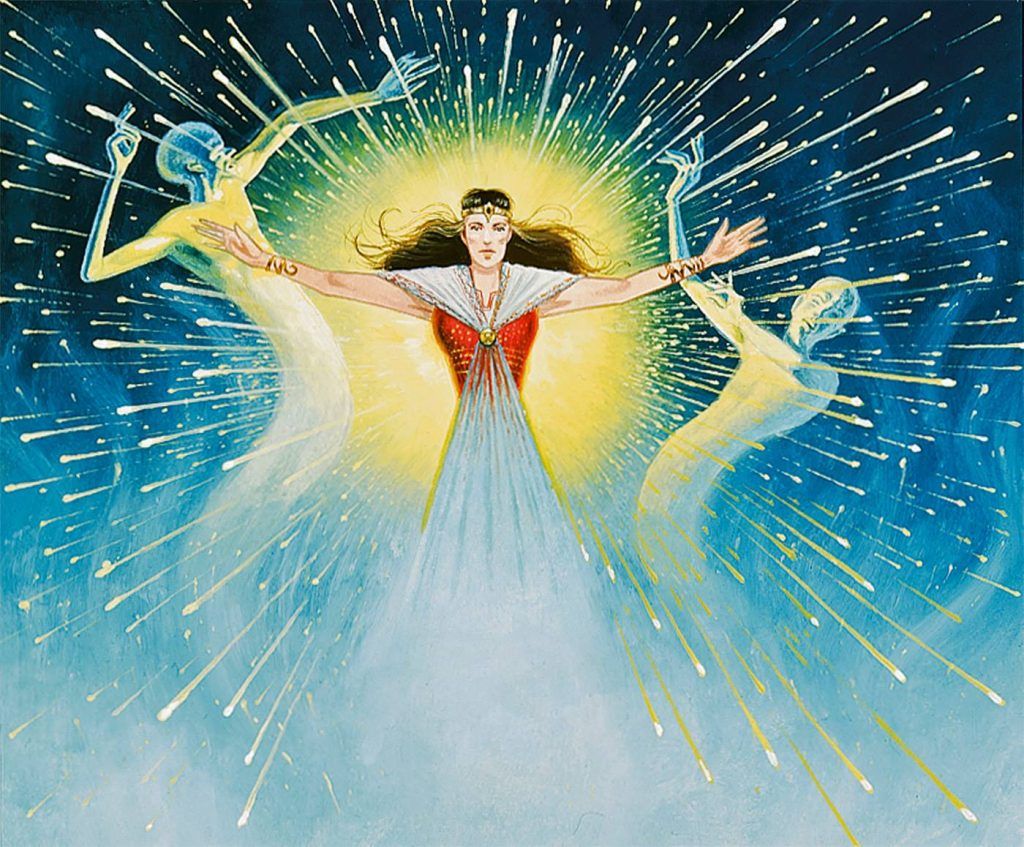
Illumination | Illustration by David O'Connor
The African-themed Mirage takes place on the continent of Jamuraa, a part of Dominaria that was the first to develop all five colors of Magic. It was so powerful and remote from the rest of the plane that it was largely spared from the Brothers War and the Ice Age. The story begins with the three nations of Jamuraa, Zhalfir, Femeref, and Suq-Ata, in some tension that’s rooted in history, religion, and economics. As we might expect.
Teferi, Mage of Zhalfir works to try to solve the tensions, but failing that, he retires to Teferi's Isle with some colleagues to develop further experiments in time including his new passion, phasing. After years of experiments, Teferi gives up on phasing as unstable and tries to magically repair the damage done to the timestreams. Disaster strikes and Teferi’s spark ignites in lieu of his death, while the island’s life forms phase out.
He sets out to wander the planes, but in his absence, the magical burst of that incident draws three powerful mages, Mangara, Jolrael, and Kaervek. Mangara, the Diplomat unites the three nations, while Kaervek, the Spiteful persuades Jolrael, Empress of Beasts to join his war against the united nations. They imprison Mangara and use their spirits and beasts to begin their assault.
This story concludes in the next set, Visions, which sees Teferi’s return and the launch of the Weatherlight.
Set Mechanics
There are two clear mechanics and some other cycles and innovations of note in Mirage.
Phasing
Phasing is a mechanic that was so misunderstood by the player base that it would largely, um, phase out for more than a decade until Teferi's Protection in Commander 2017. A permanent with the phasing keyword like Sandbar Crocodile phases out or phases in right before the untap step, which is a limitation of a kind. But there were also spells and effects that phase things out, like Reality Ripple, and those became the model for the effect upon its return in 2017.
We casual players misunderstood it because we didn’t understand that ETBs (“comes into play”) triggers didn’t re-trigger upon phase in, and that mattered because the set to follow, Visions, really started ramping up the ETB for value trend with the inclusion of perennially popular bangers like Man-o'- War, Nekrataal, Shrieking Drake, and Goblin Recruiter.
Ask the magic boomers in your life if they used phasing like flicker back in the day.
Flanking
Flanking is a keyword ability that gives a creature without flanking that blocks a creature with flanking -1/-1. That means a 1/1 that blocks a Mtenda Herder dies when blockers are declared. It has shown up again occasionally, but as with phasing, it’s proved to be confusing. Creatures with flanking don’t flank other flankers. Um, yeah, that actually does make sense… now. But back then, not so much, at least not to me.
Charms
Not a mechanic, charms were a cycle first introduced in this set. They were one mana instants that offered the caster a choice of one of three effects. Modular spells remain popular, and various sets expand the use of charms.
Diamonds
Another interesting cycle were these 2-mana mana rocks which come into play tapped. Long disrespected, they found an eventual home in Commander, only to be disrespected all over again.
Fetch Lands
These first fetch lands weren’t as powerful as the Modern staples to come later. Cards like Bad River certainly opened up some design space and are still used as fixing in EDH decks, although less and less so as better dual lands are printed.
Guildmages
One more cycle, these guilds were supposedly set up by Teferi before he left. Although they operated with activated abilities across what would later be termed a shard, like Bant for Civic Guildmage, these clearly provided inspiration what would come in Ravnica.
Mirage Full Card List
White Cards
Blue Cards
Black Cards
Red Cards
Green Cards
Multicolored Cards
Colorless Cards
Lands
Notable Cards
There’s some power here. But this set also gave us Maro, the namesake of Mark Rosewater.
Big Money
These cards will run you a pretty penny.
The classic “It Goes Infinite with a Ham Sandwich” card, Lion's Eye Diamond makes you all the mana, discard all the cards, and can repeat that with so many cards. It’ll run you a few hundred bucks, though.
This card is so much nonsense, but all of it is just a bit more fun than LED. Phyrexian Dreadnought is great because it bins itself, which gives you a lot of mana with something like Selvala, Heart of the Wilds out. And it’s a great target for Lazav, the Multifarious, Varolz, the Scar-Striped and plenty of others.
The Tutors
Still excellent if you’re playing a tutor game. These are the mold for Vampiric Tutor, which would come along in Visions.
EDH Gems You Might Be Too Young to Know About
Shallow Grave reanimates with haste. There’s a price to pay, but you can manage that in reanimator land.
Need an extra turn spell that’s really cheap to cast to use with Obeka, Brute Chronologist, Final Fortune has got you covered.
Okay, you know this card. Everyone knows this card. Rampant Growth is the nuts draw for every green EDH deck, it seems.
Okay, you probably also know this classic ramp creature. Can’t bolt the Wall of Roots!
This kind of effect is really powerful. Just look at Indomitable Creativity decks running rampant in Pioneer. In a tokens deck like Talrand, the Sky Summoner, a Polymorph to get just one key target like Scourge of Fleets when you need it isn’t bad.
Okay, maybe this isn’t a gem, but Hall of Gemstone does a weak but often effective Blood Moon impression for mono green decks.
There are only so many Birds of Paradise. Quirion Elves is a good option for many decks that want a multicolored mana dork.
Tombstone Stairwell, nice to meet you! Let me introduce you to Syr Konrad, the Grim. He has some questions for you.
Flash is busted, so it’s banned in EDH.
Want a counterspell in monoblack? Sure, no one expects a Withering Boon. Also, no one expects this artwork.
Classic Constructed Cards
Frenetic Efreet was a good rate for an aggressive flier back then. You could dodge removal if you were lucky. These days you want it for your Izzet coin flip commanders like Yusri, Fortune's Flame.
The linchpin to Pros Bloom, “the most infamous combo deck of all time” (maybe take down the caffeine a bit, WotC?). Mike Long and others used Cadaverous Bloom to pitch cards for mana, filter it to cast a huge Prosperity and then Drain Life for the win. It won a lot in those days.
Jakub Slemr won the World Championship in 1997 with a Grixis control deck that packed Choking Sands as one of the burn options, alongside other surprises like Contagion.
Although often only a sideboard card in the best decks of the time, Dwarven Miner could ruin your day. It’s worth a look for EDH as individual lands become more and more powerful.
A key piece of burn and Sligh style decks, the Hammer of Bogardan often came back to hand and was cast for a total of eight mana to finish off a wobbly opponent.
It turns out that a nerfed Lightning Bolt is still pretty good. That regeneration bit on Incinerate mattered a bit more than you’d think, looking back.
Some cheap creatures from Mirage, including Fallen Askari showed up in aggressive decks, and Jolrael's Centaur was one of them. That early version of shroud on the card made it useful along with Deadly Insect in creature decks that dodged spells.
The Line Goes Up
These weren’t great cards. They aren’t great cards now. Most are bulk. But I wanted to highlight some cards that have the potential to find a deck as new cards are printed. You know how it goes. An old card becomes great once a new mechanic shows up. These are the cards that could be more valuable in the future.
Okay, I actually think this is kinda decent. How many popular commanders are red or green? Even if you grab a Toski, Bearer of Secrets once and don’t pay the cumulative upkeep on Mind Harness, isn’t that probably worth it? In Bant enchantress decks, I’d take a chance on one of these.
Boomers’ card boxes are filled with underwhelming overcosted artifacts from the ‘90s. Pauper's Cage lives as a bad idea in discard EDH decks along with Megrim and friends, themselves also a bad idea. But after a year in which the ability to copy artifacts and/or artifact triggers has proliferated, I’d almost think of running this in that kind of deck. And perhaps without other discard effects at all. We’re not there yet, but imagine a few of these and a few copies of The Rack.
See, this is what happens when I think about the ‘90s. I start getting obsessed with bad deck ideas!
Right now, Phyrexian Purge really only wants to play in Greven, Predator Captain decks, but the ability to lose a lot of life quickly only gets more valuable in Death's Shadow and Arguel's Blood Fast decks that look to trade life totals, and this card also wipes the board while dropping you to single digits.
Only Archmage's Charm is a better mono blue charm. Stop a Voltron attack or cantrip, plus that flying bit, which has a few different uses. Play Sapphire Charm!
In case you need another 1-mana card that grants trample, Seedling Charm is your volunteer.
I mean, yeah, there’s always Tranquility against enchantress decks, but being able to spare your Sylvan Library while you pants Sram, Senior Edificer is a nice trick you can do with a Serene Heart.
The best guildmage in Mirage, Shadow Guildmage enables a lot of stuff. Sure, you can ping things or clunkily rescue a creature from removal. But I like the theft synergies. Theft decks want to sac stolen creatures or keep them with commanders like Marchesa, the Black Rose, but there are times in the 1v1 late game with that deck where using this to shut down the top of their deck like a looped Memory Lapse can be what you need to win.
And Tranquil Domain is what the enchantress players want if they’d loaded up on auras and want to clear out the Rhystic Study nonsense.
Repeatable looting on an enchantment isn’t terrible in decks like Oskar, Rubbish Reclaimer, but I can see ways that Unfulfilled Desires could fit into all sorts of graveyard centric decks.
Zombie Mob would be sweet if counters or removal weren’t a thing. And if we didn’t have a lot more stuff to do with bodies in the graveyard than what this offers. But Zombie Mob kills players outright with enough effects like Desecrated Tomb. We just need to get back to Strixhaven….
Available Products
Boosters
Mirage booster boxes contained 36 packs, with 11 commons, 3 uncommon, and 1 rare in each pack.
Starter Decks
I bought a bunch of these back in the day, mostly because I needed lands to build decks and I loved the Mirage lands. You got a sweet little rulebook that didn’t help all that much but made you feel better.
Each Mirage starter deck contains:
- 3 rares
- 9 uncommons
- 26 commons
- 22 lands
Wrap Up
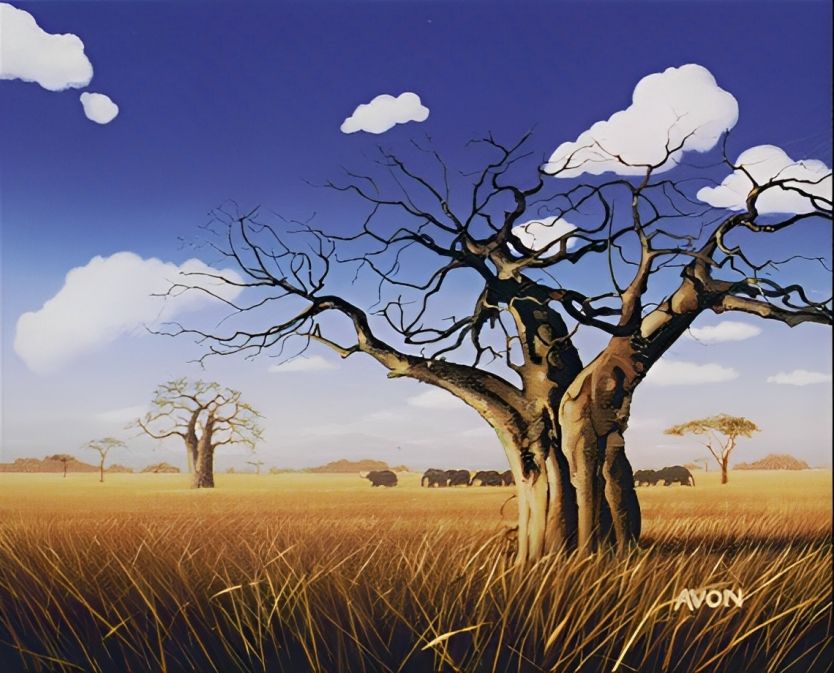
Grasslands | Illustration by John Avon
I loved these cards. I loved the depth of the theme and the fact that it has playable creatures after making it through Ice Age, Alliances, and Homelands. I loved the Islands. The four Mirage Islands are my all-time favorites. I opened two copies of Mystical Tutor and basically nothing else that was super powerful, so I was on my way, with Islands, cantrips, and a grip of Memory Lapse to full on blue mage degeneracy.
I love that Limited, my favorite format, started to find a home in the game here. And I love that we’ve been reintroduced to what is now a plane of its own with the conclusion of the storyline in March of the Machine. I'm really thrilled, as only a Magic boomer can be, that we’ve filled that Zhalfirin Void.
Which cards from Mirage do you still use today? Which to you hope will find their way back to relevance? Let me know in the comments below, or over on the Draftsim Discord.
Thanks for reading, and stay safe!
Note: this post contains affiliate links. If you use these links to make a purchase, you’ll help Draftsim continue to provide awesome free articles and apps.
Follow Draftsim for awesome articles and set updates:


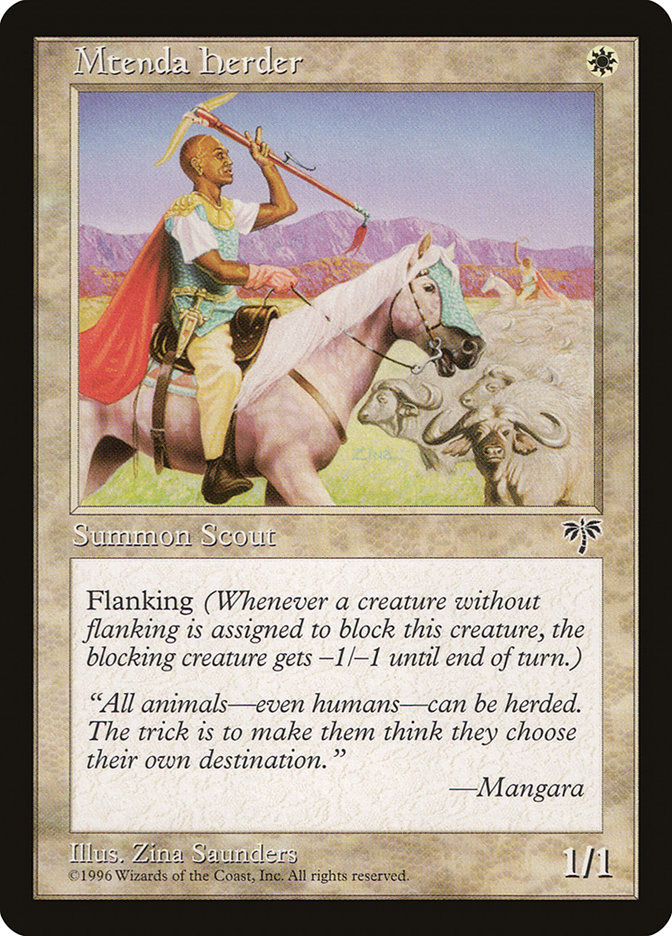
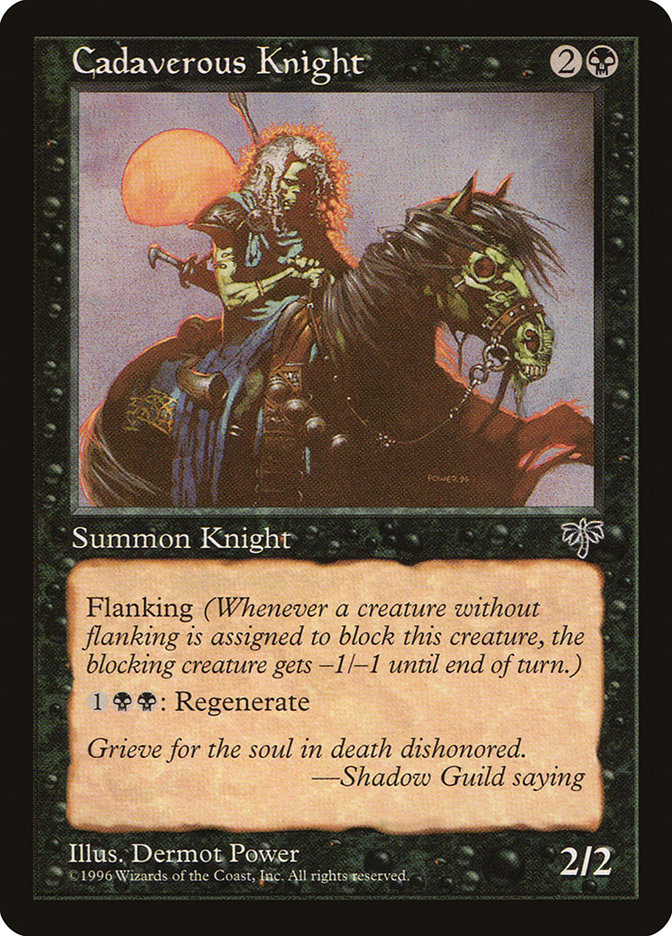


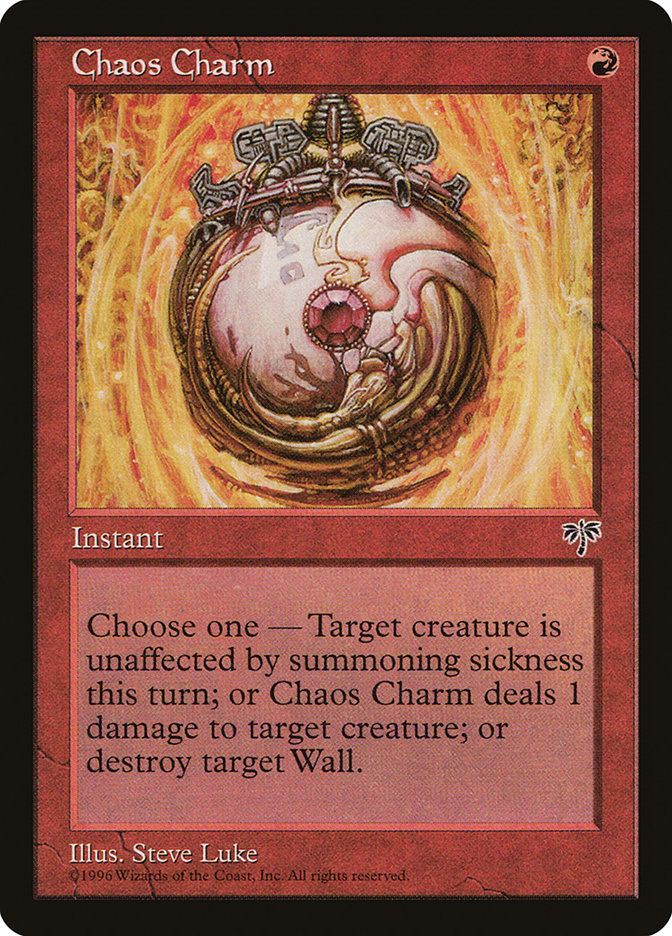
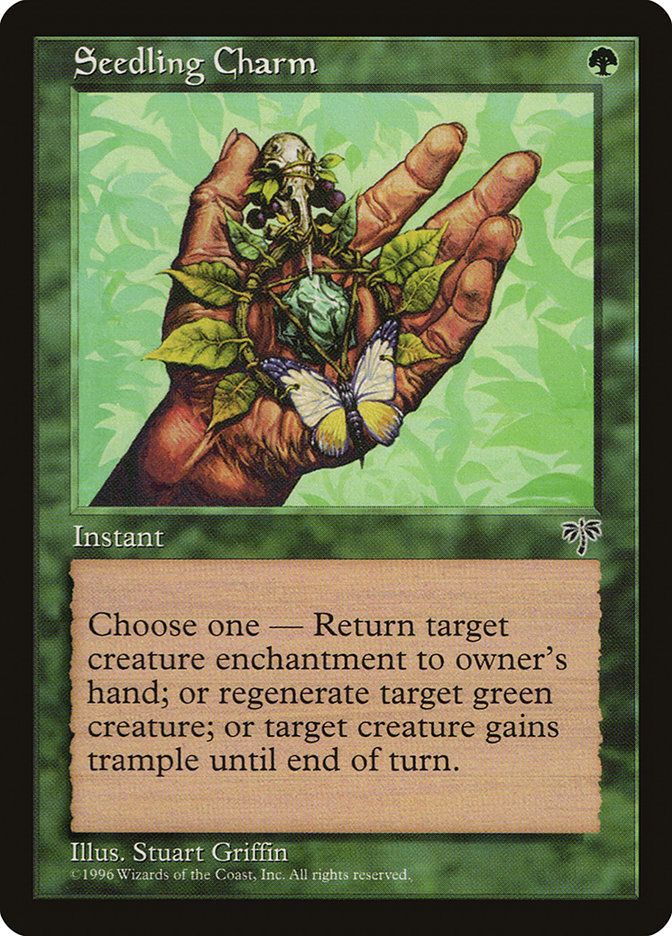
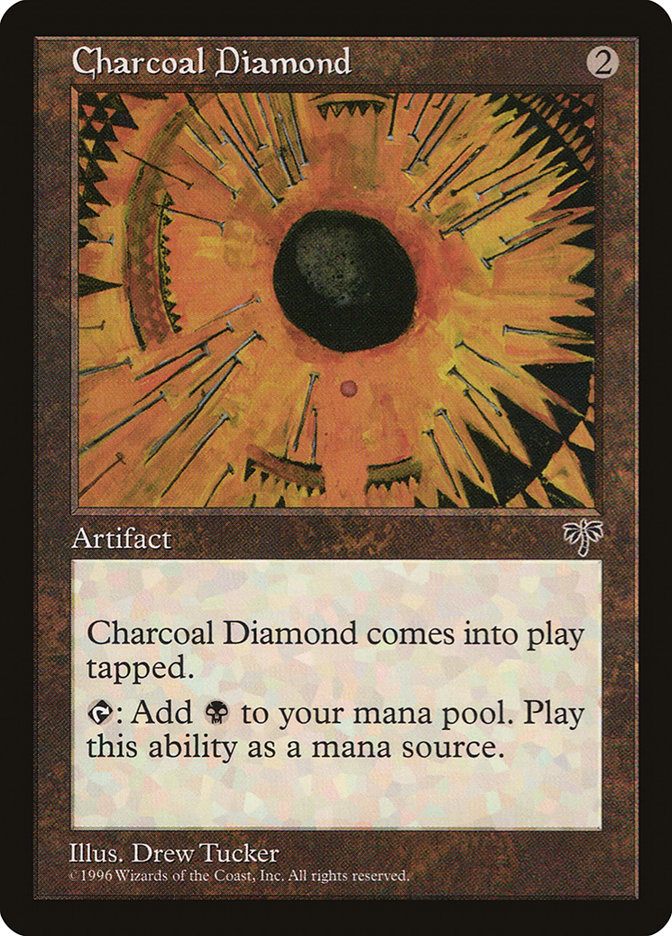
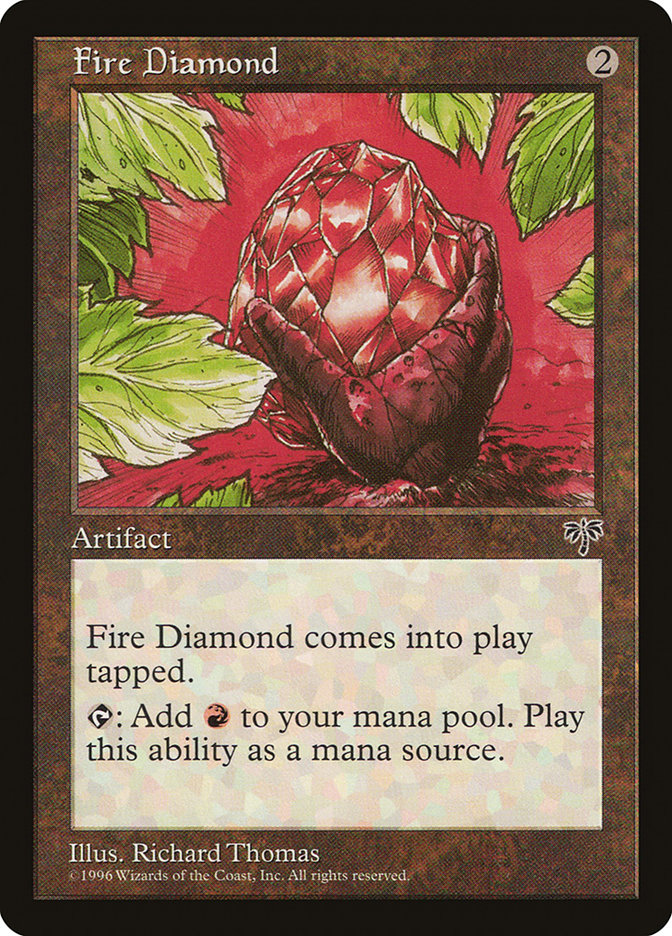
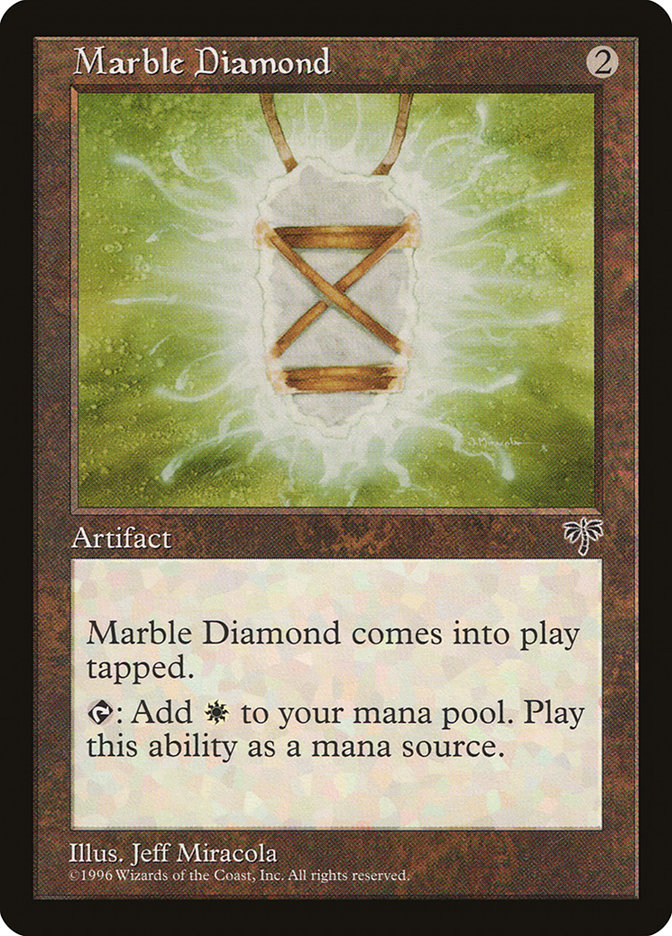
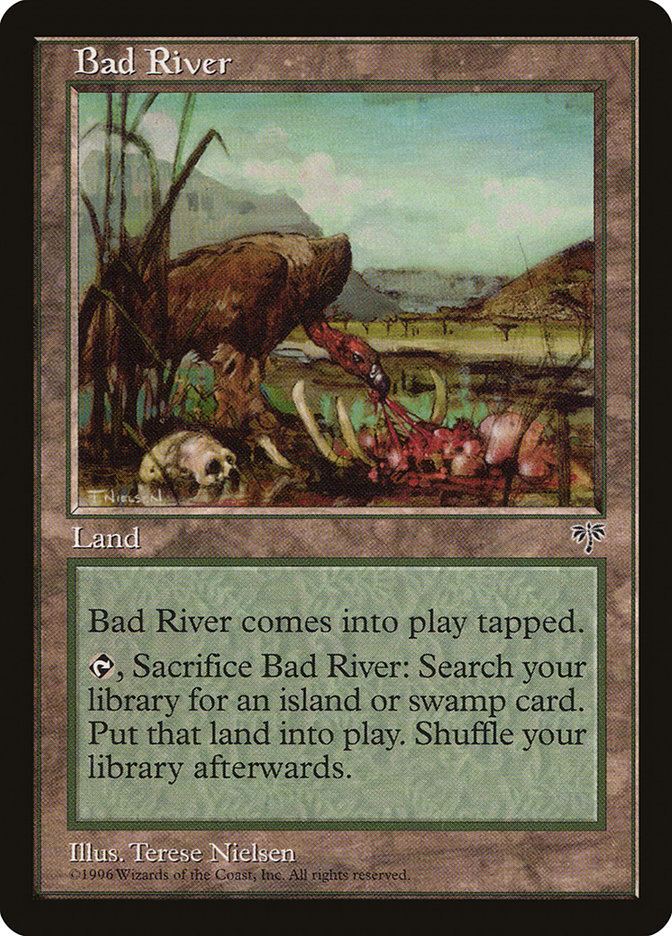
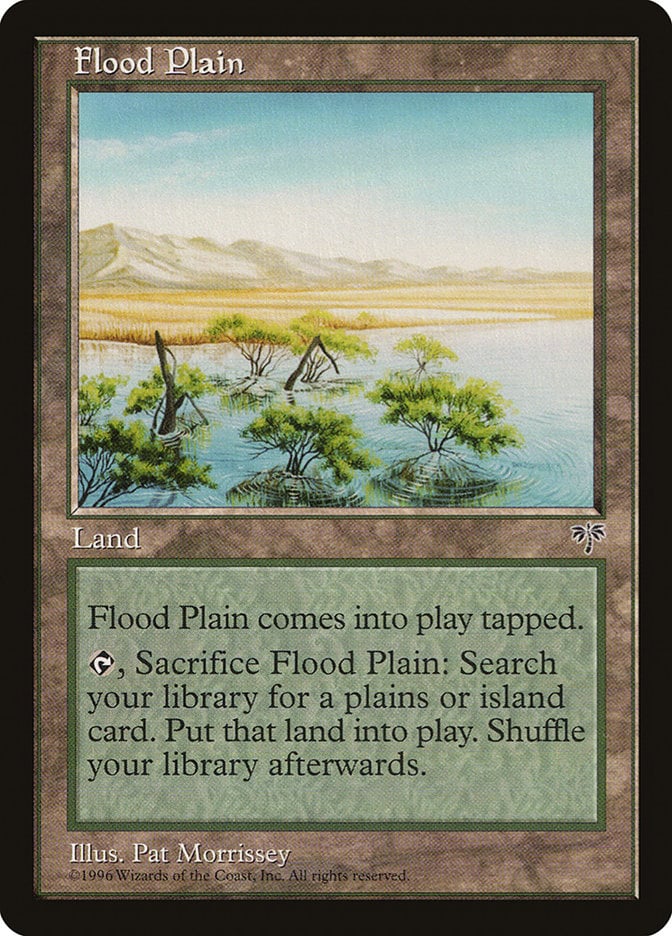
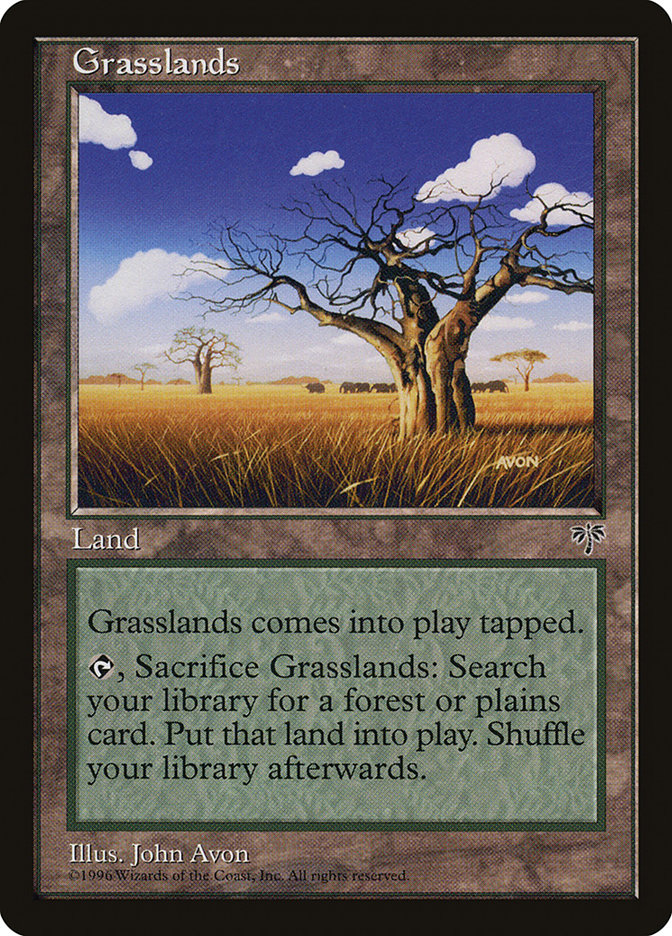
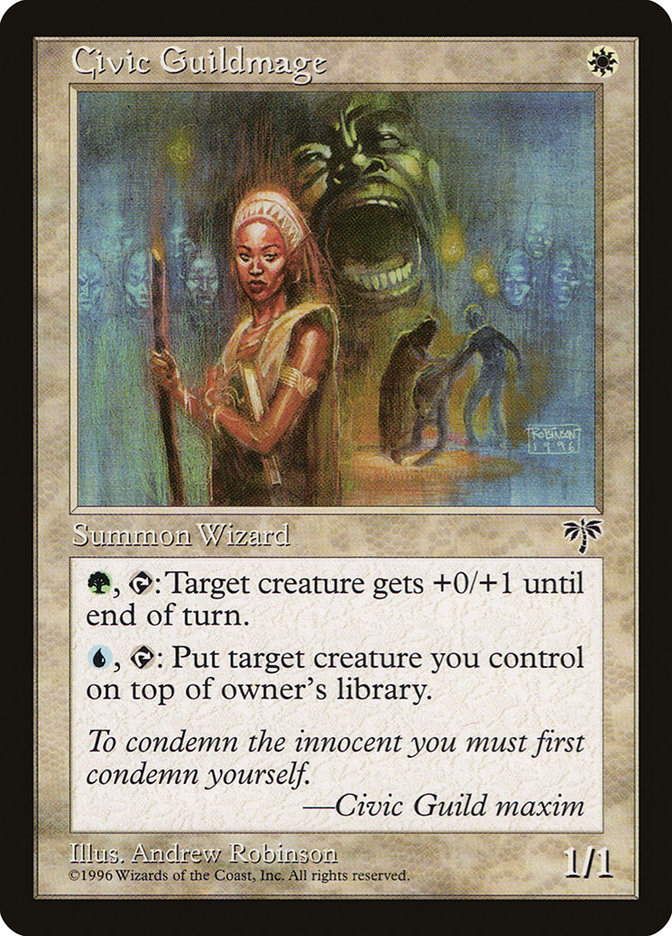
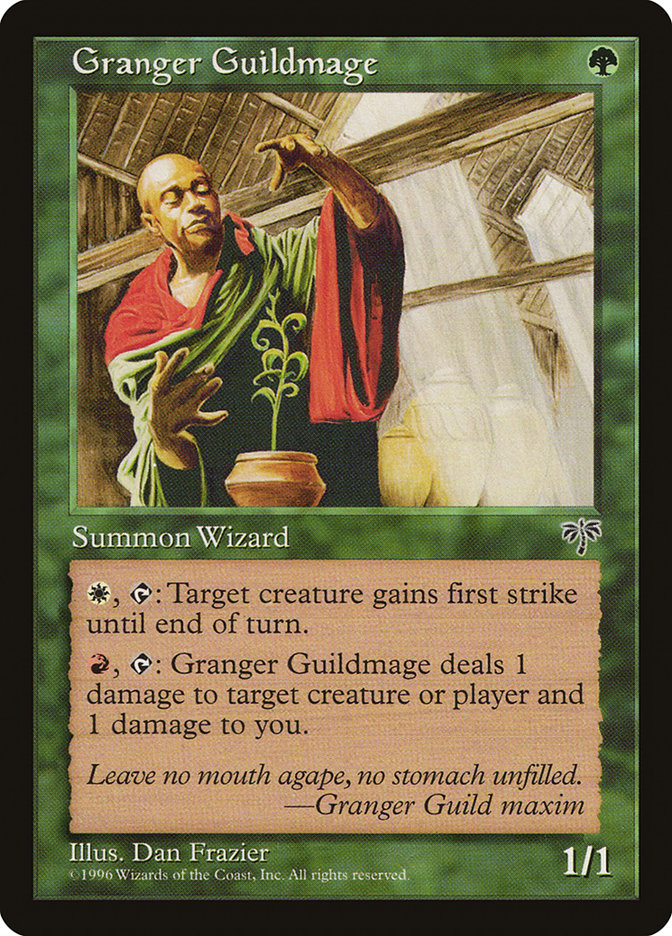
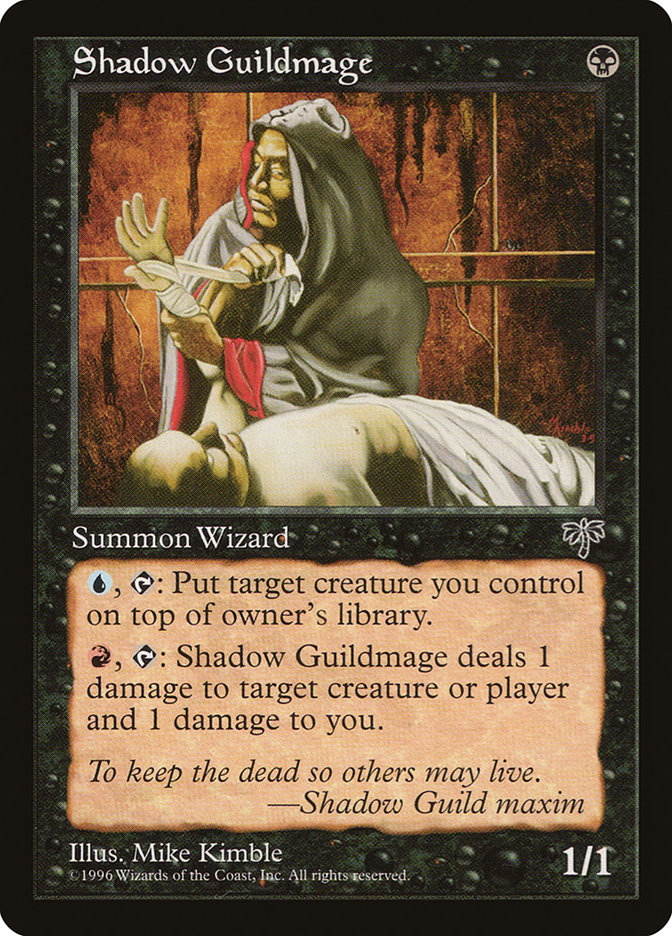

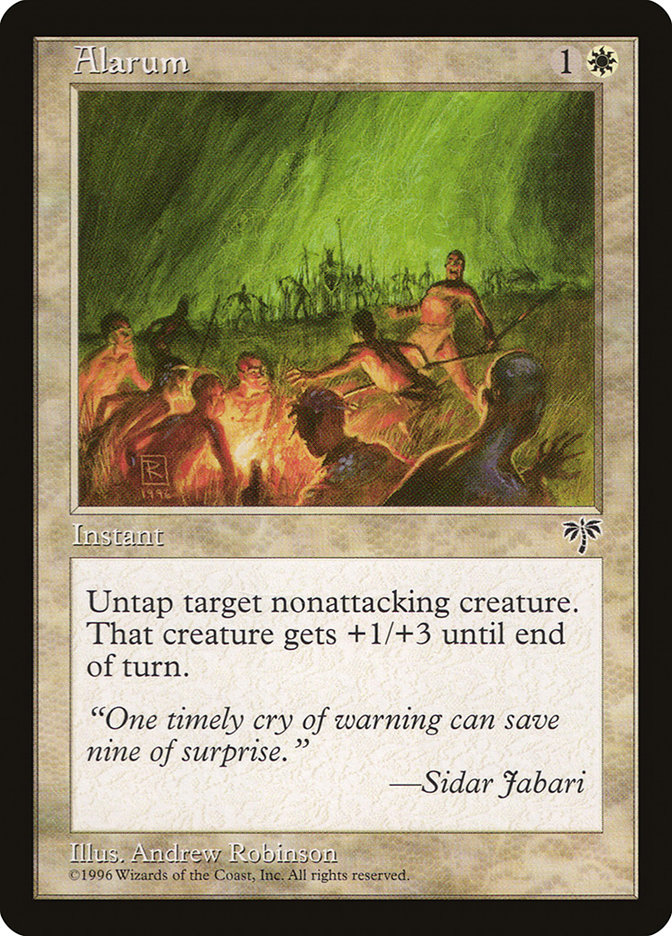
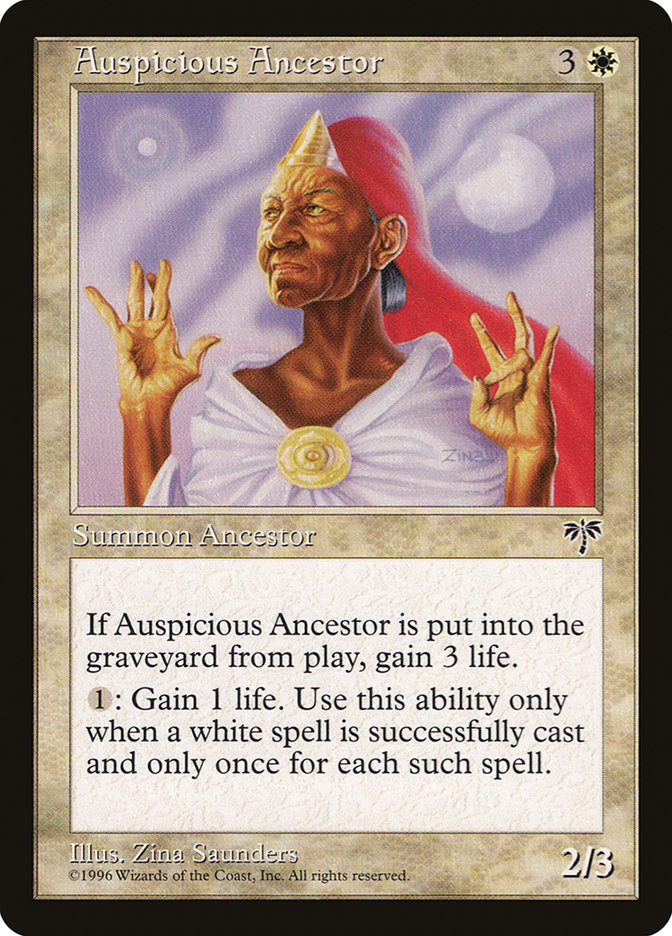
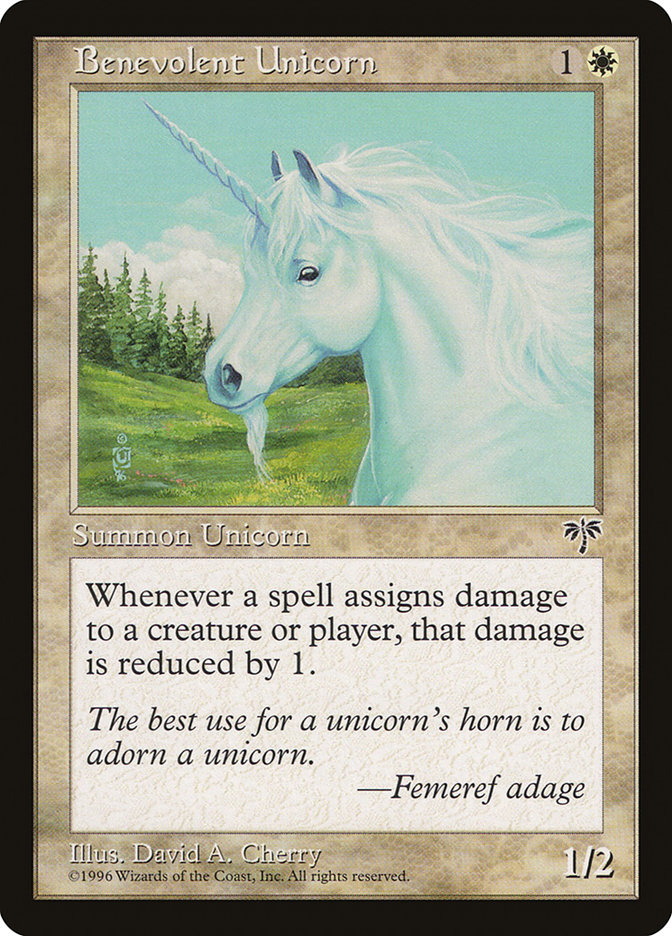
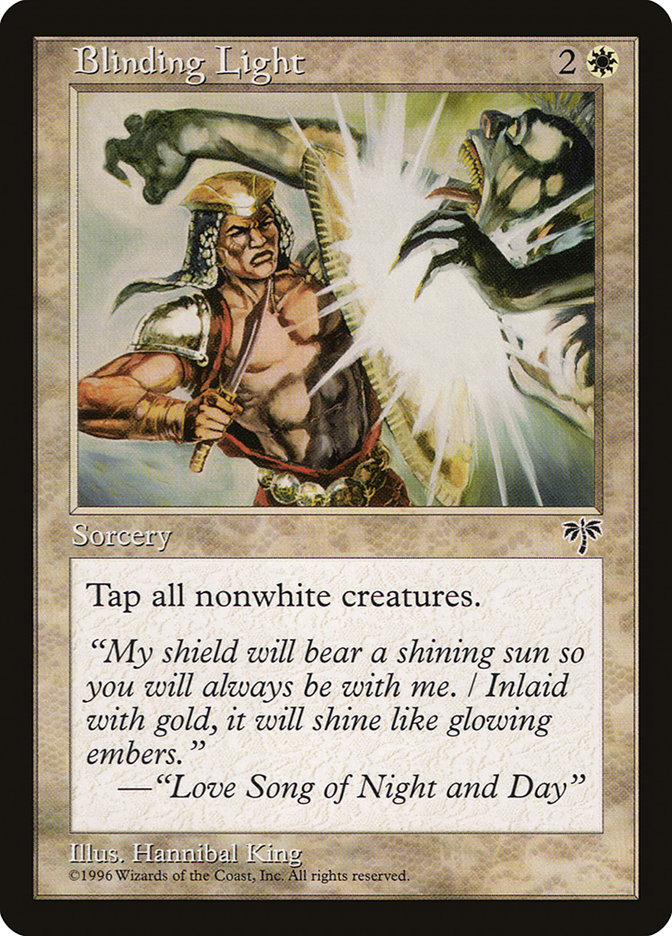

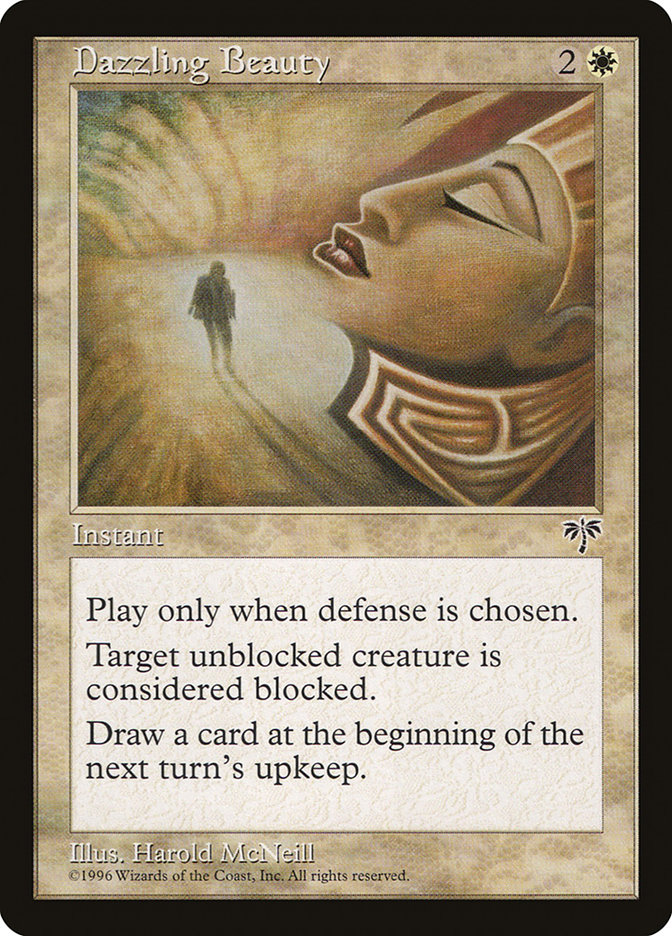
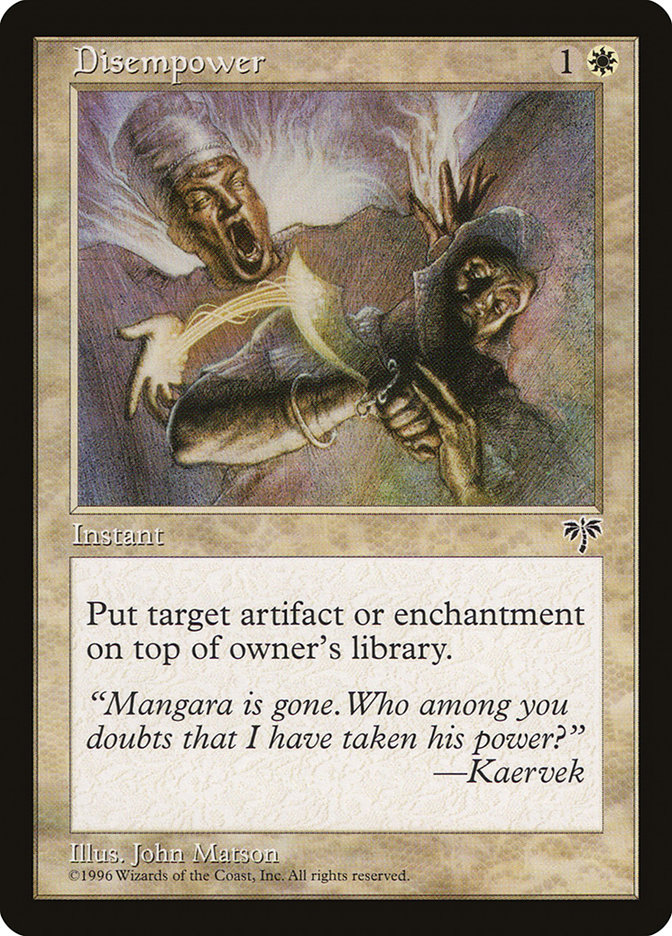
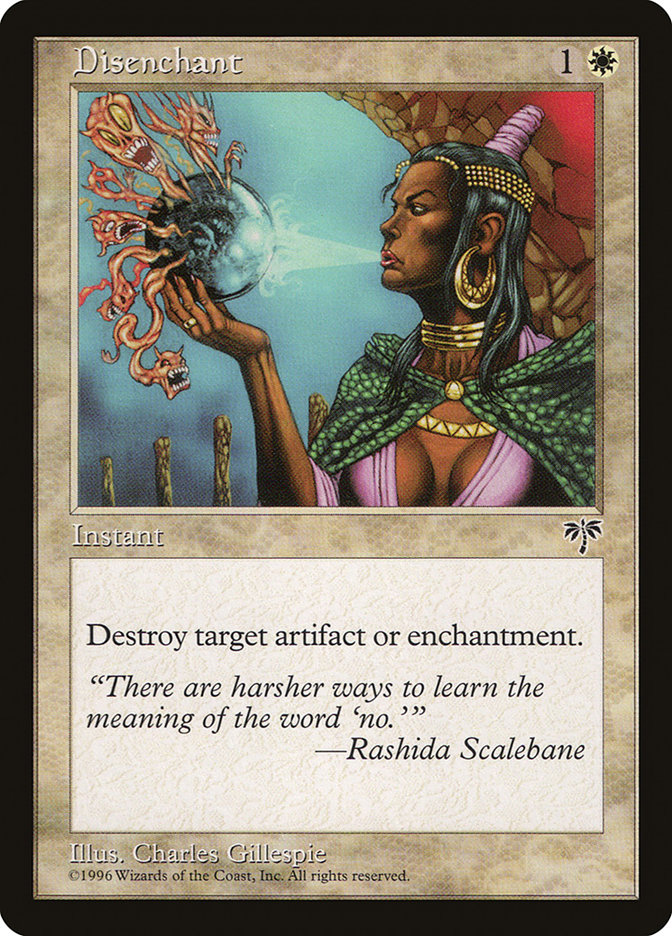

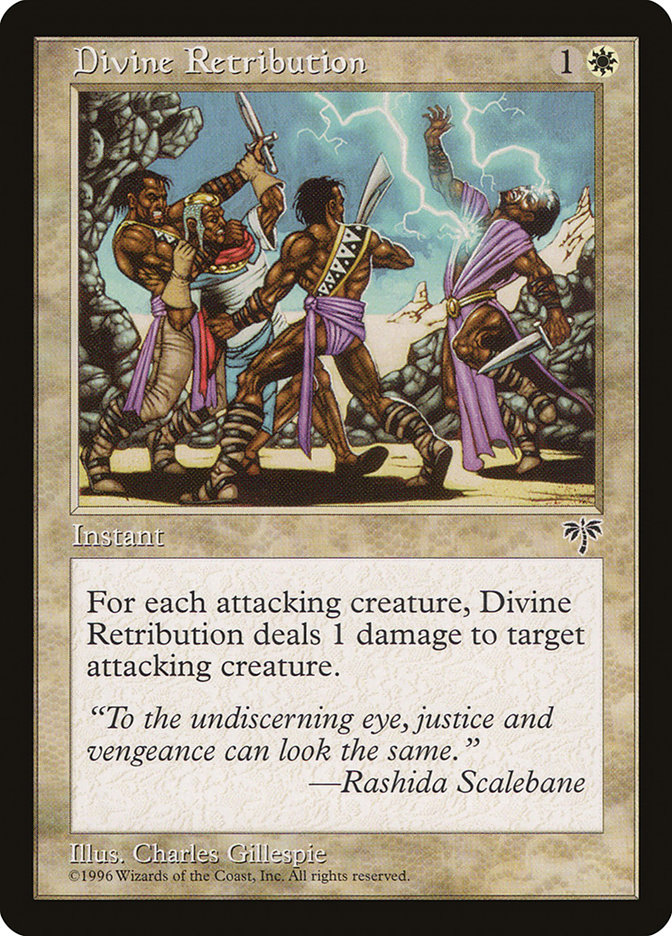
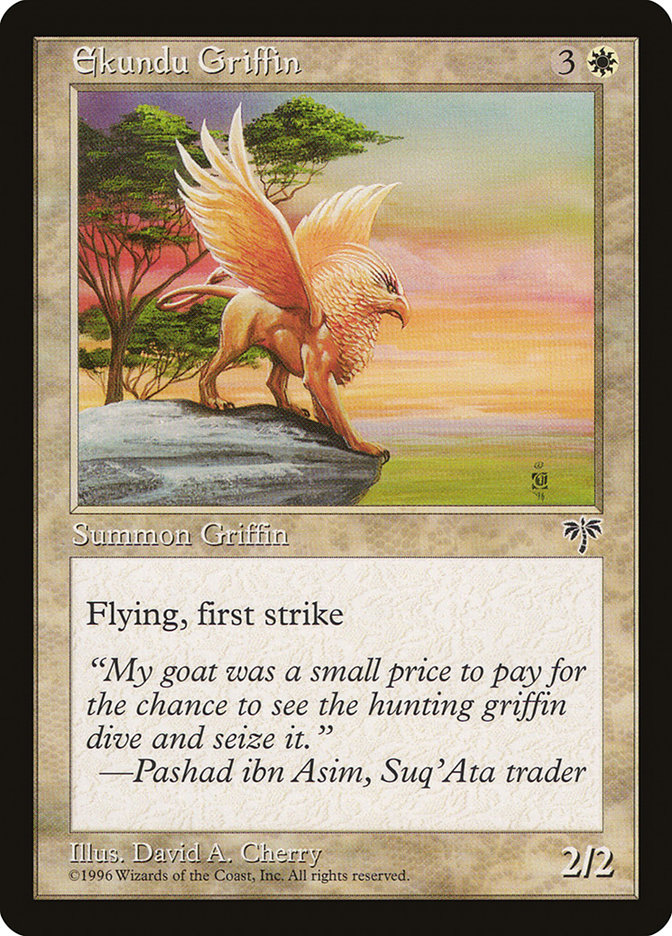


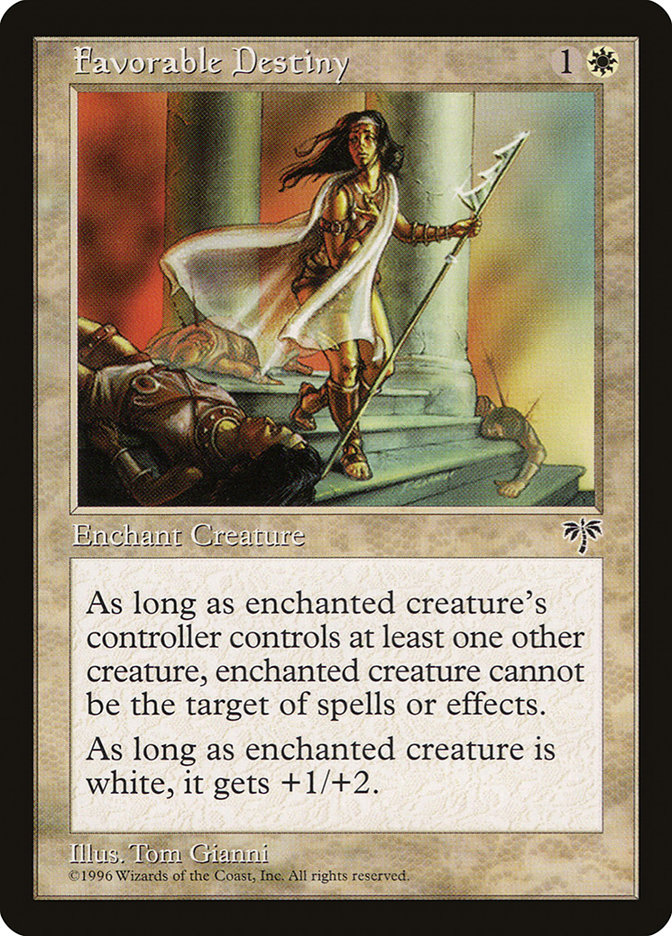

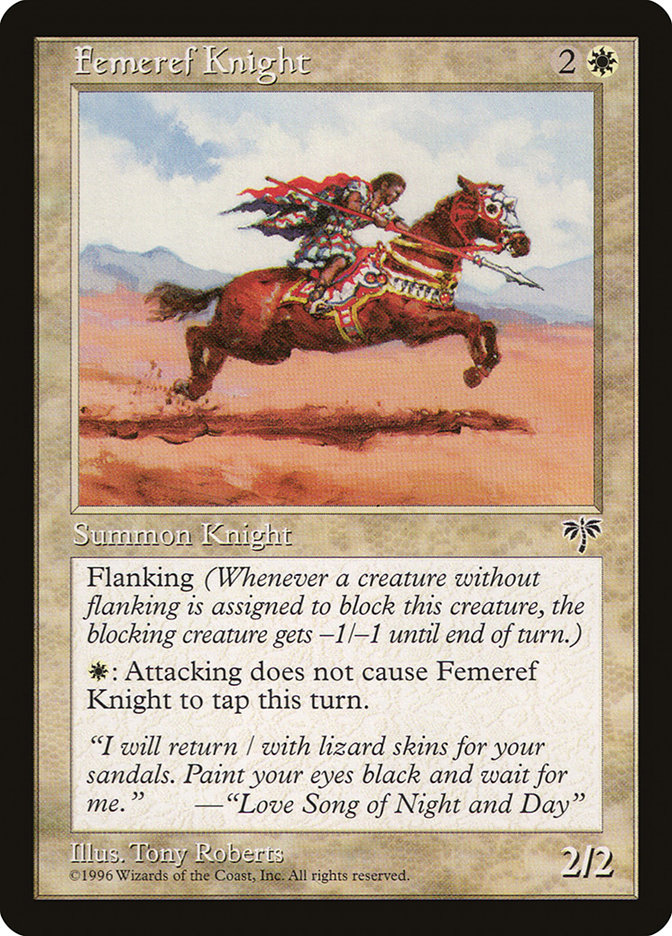
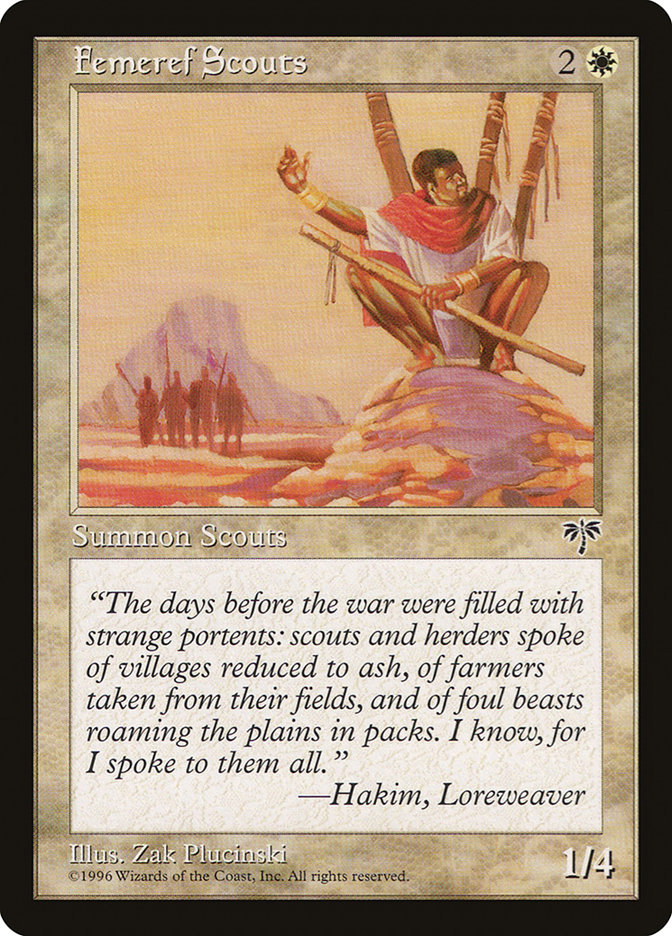

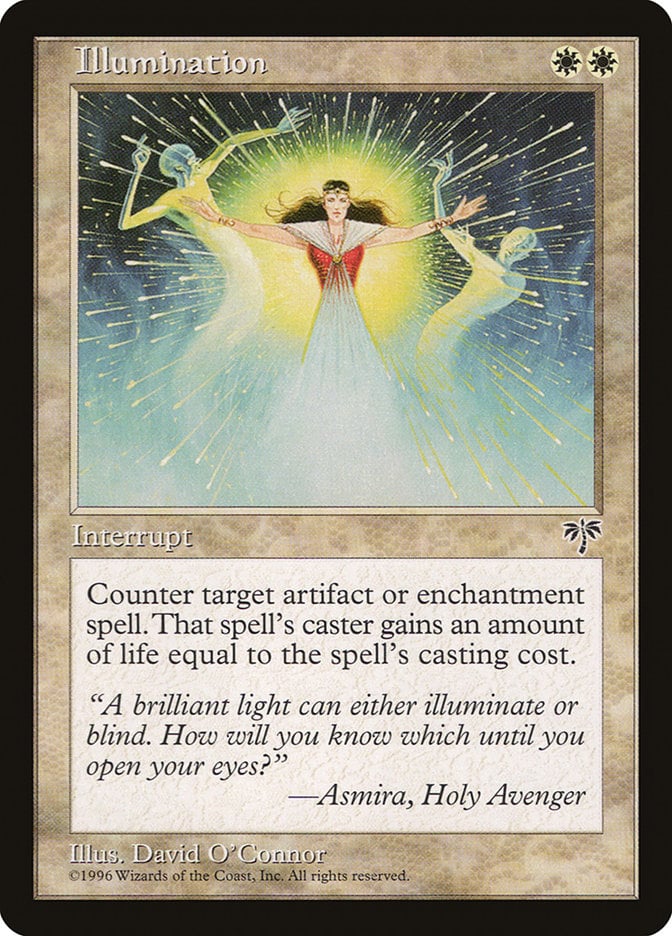

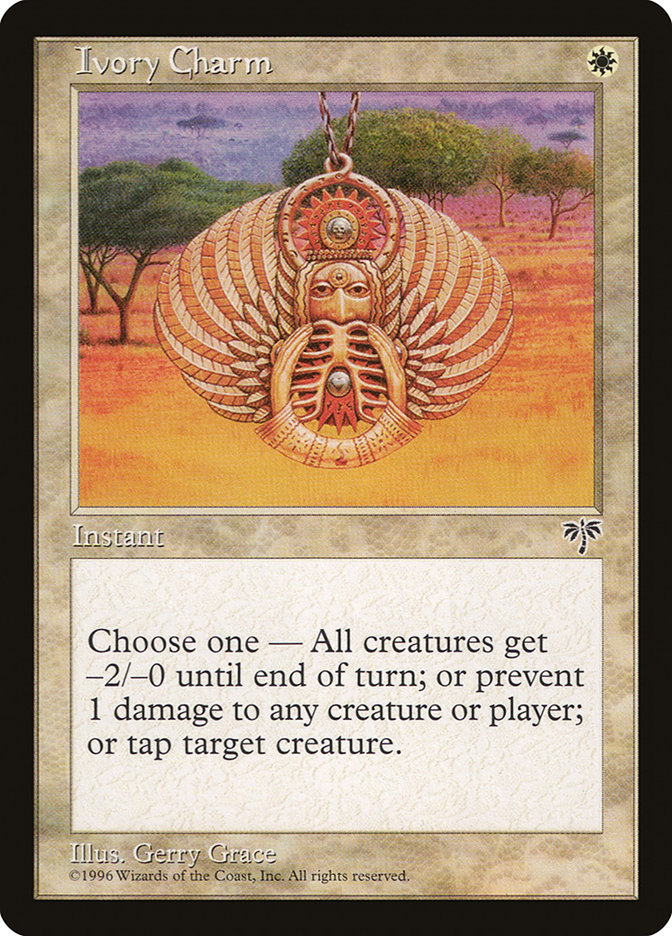
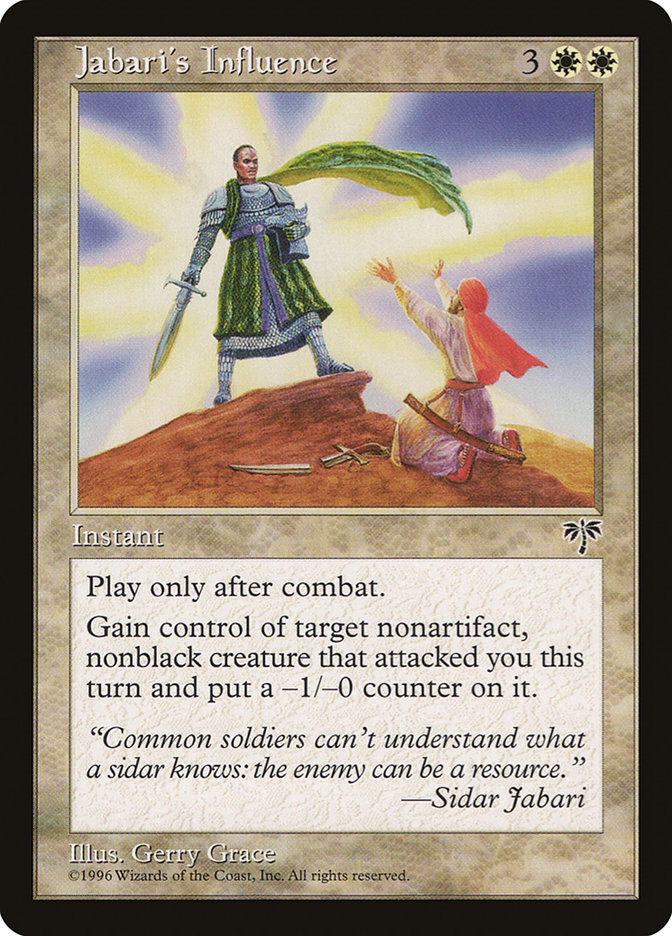
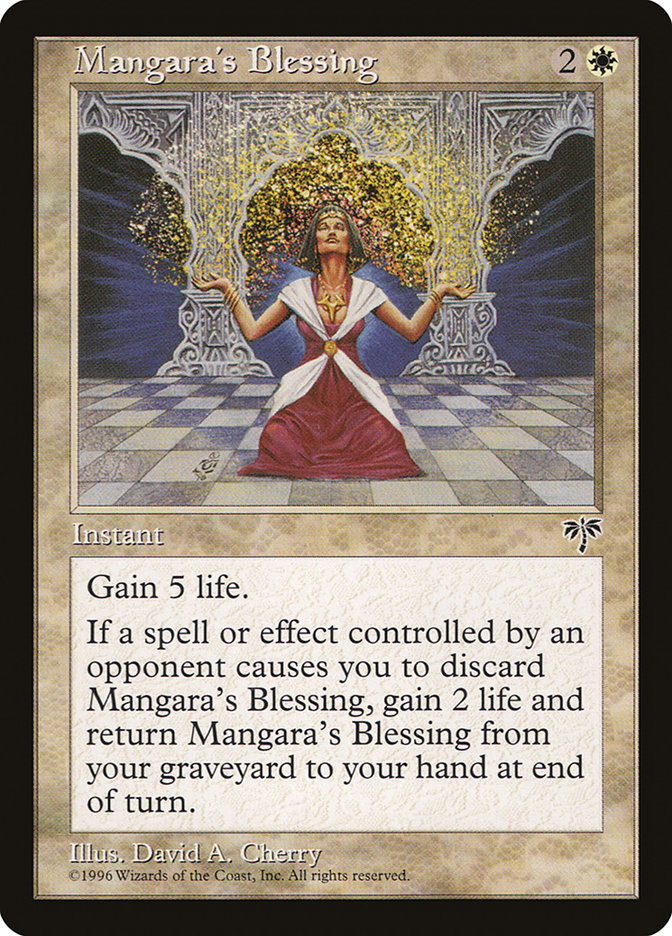
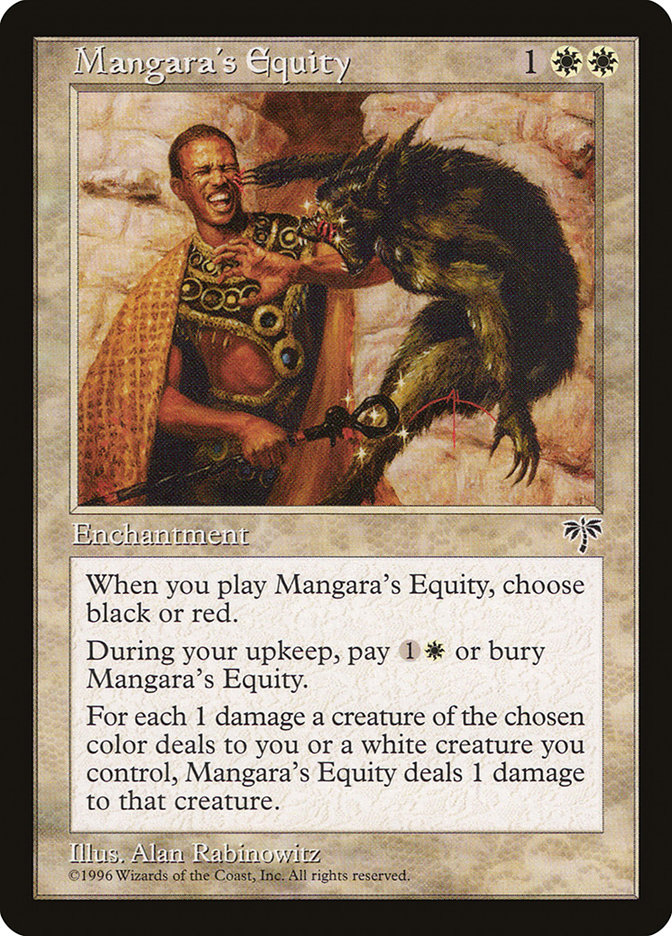

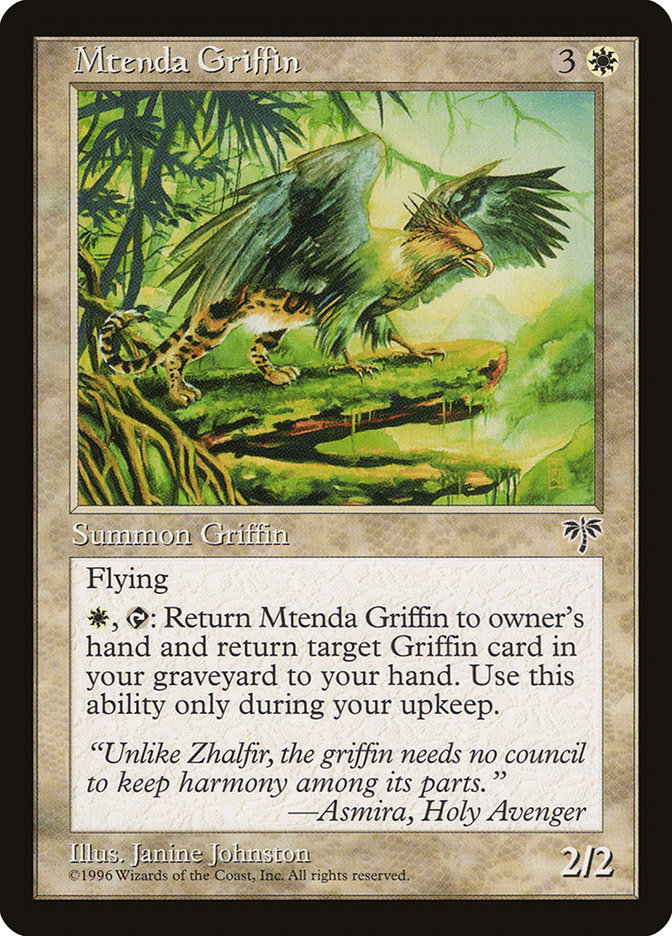


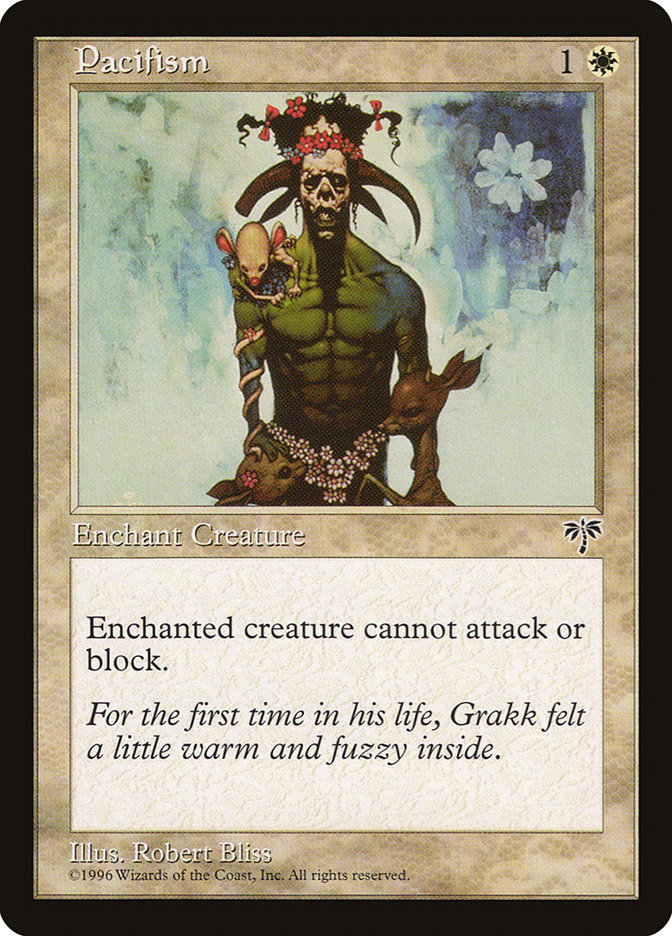

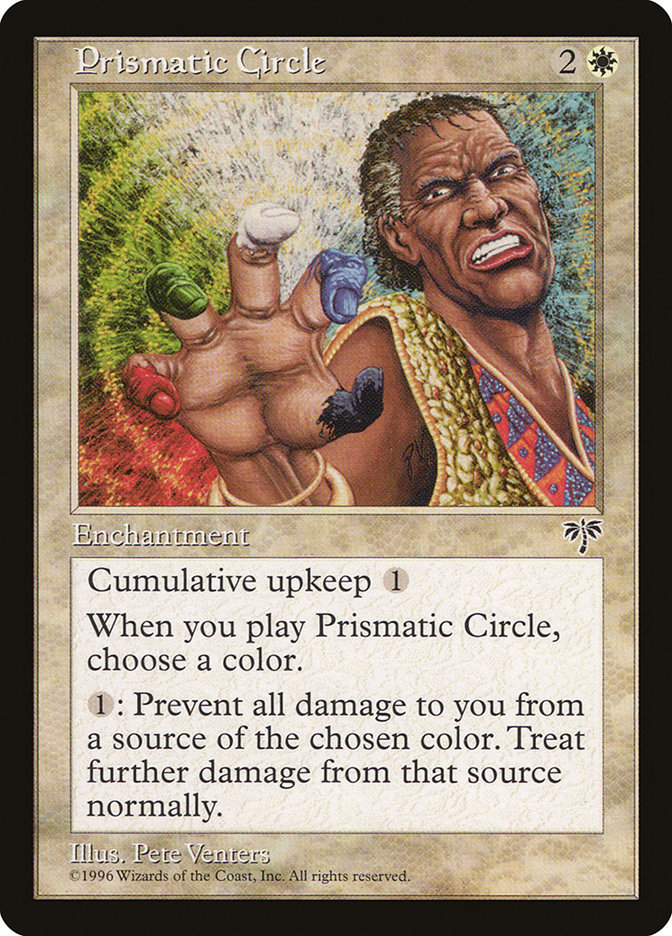
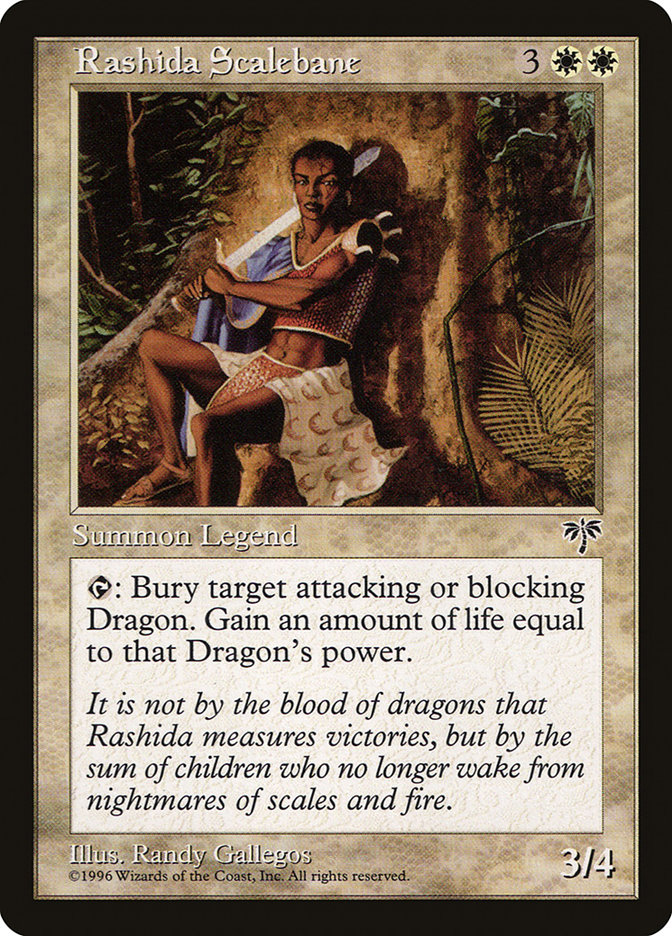
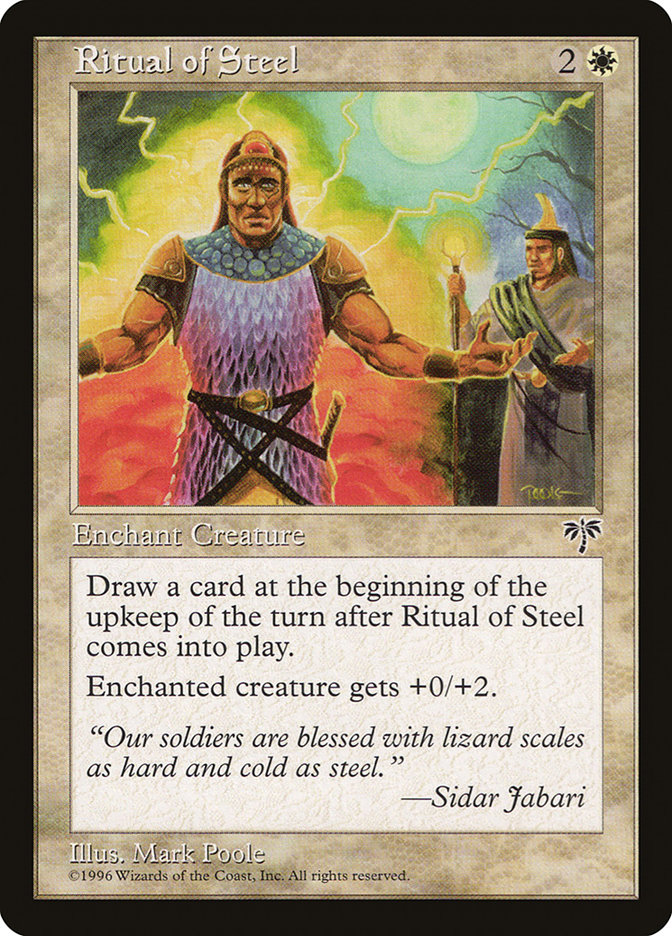
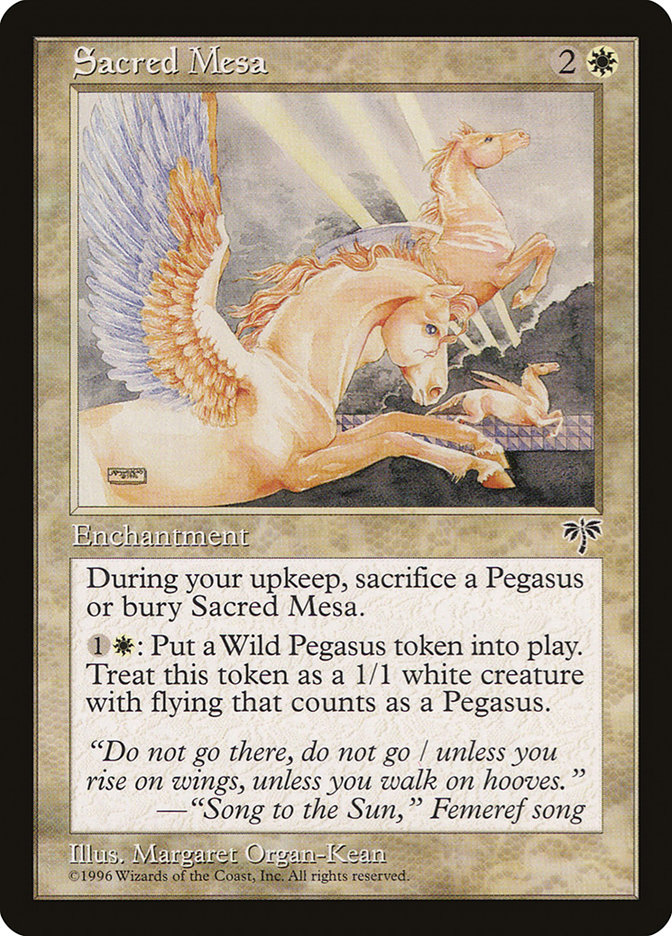
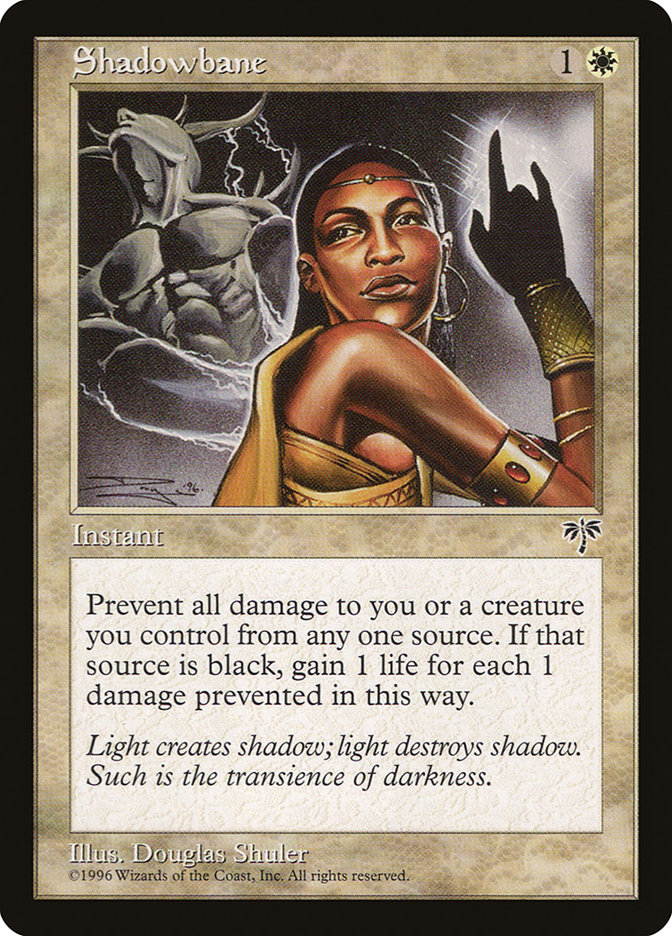
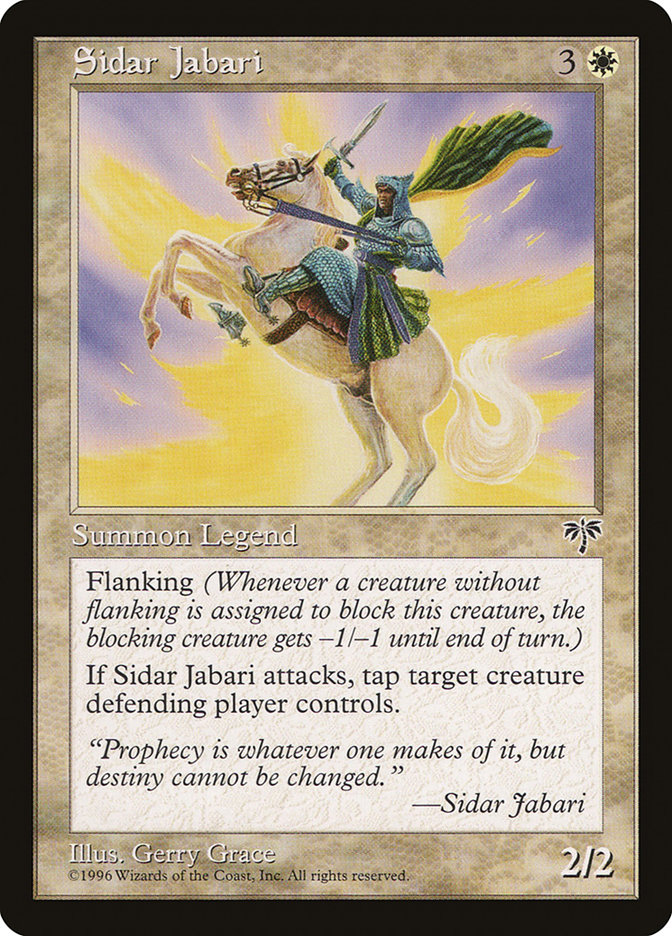
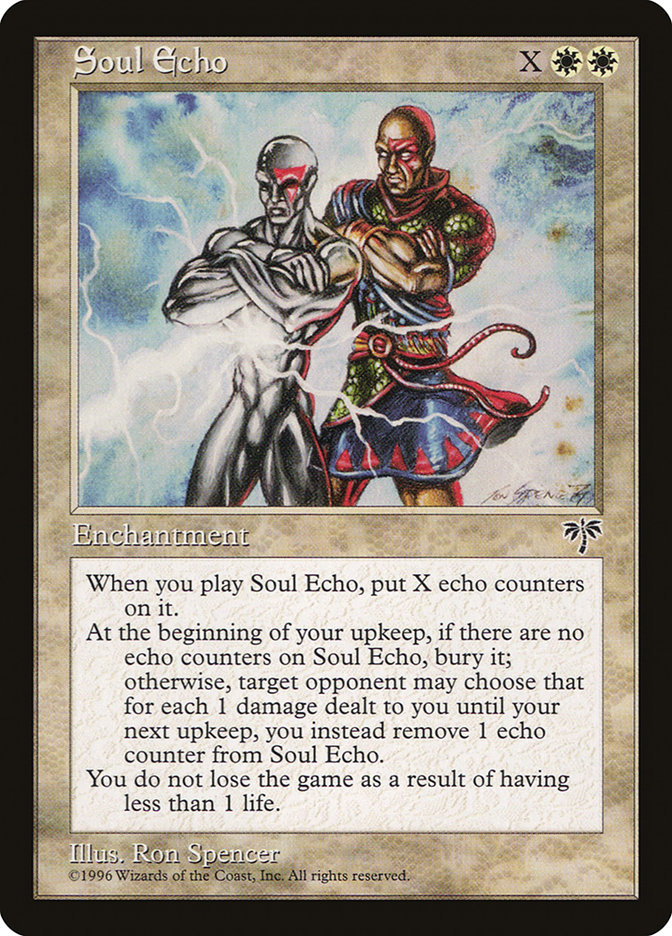

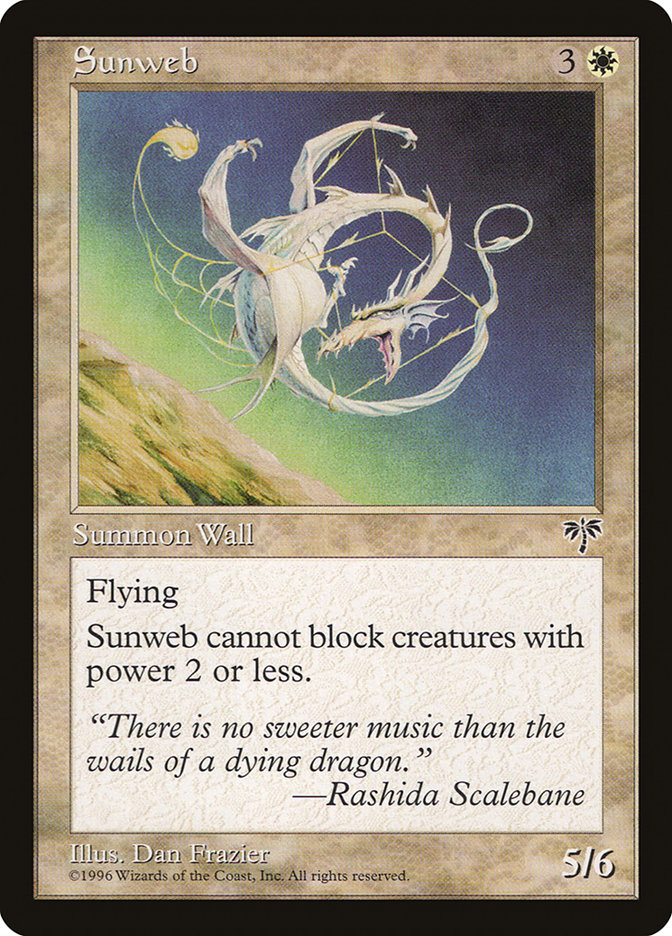

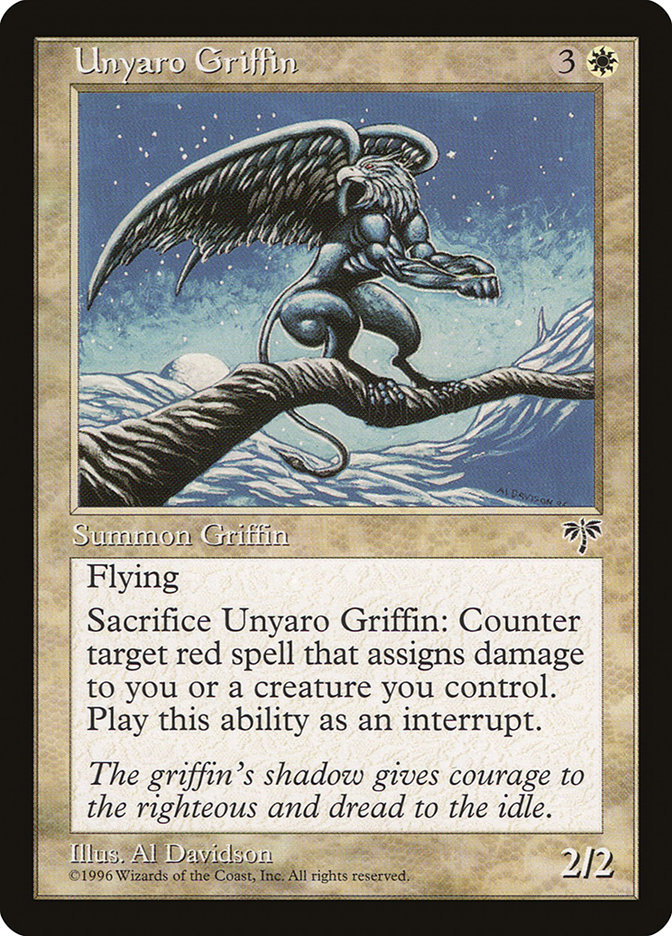
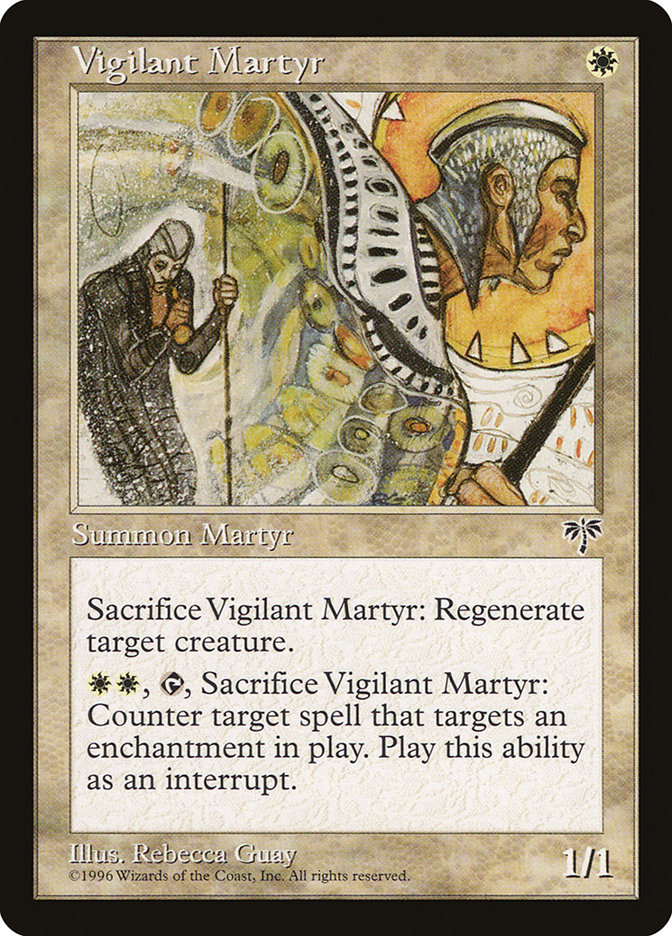
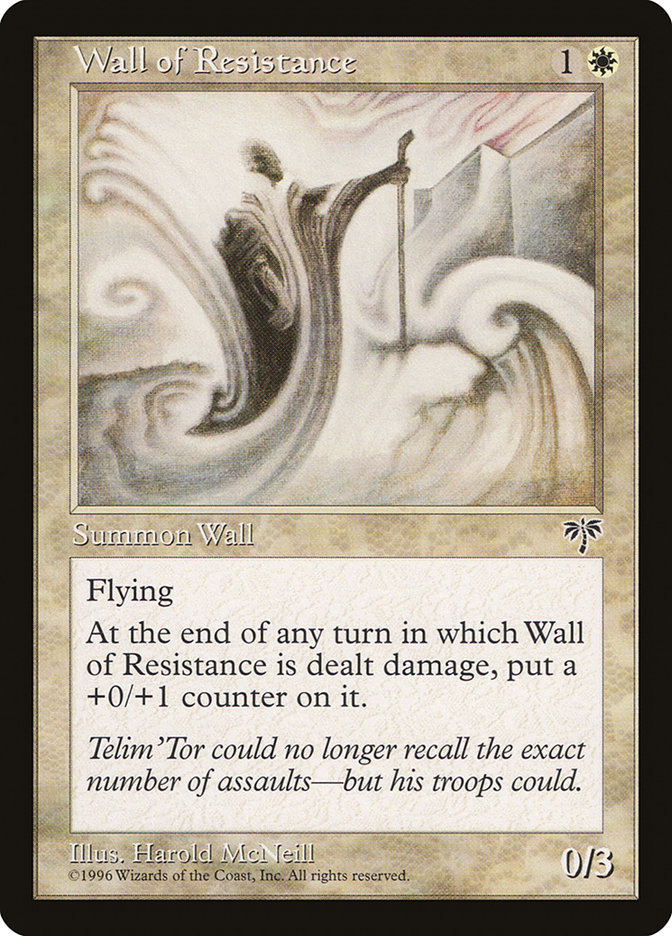
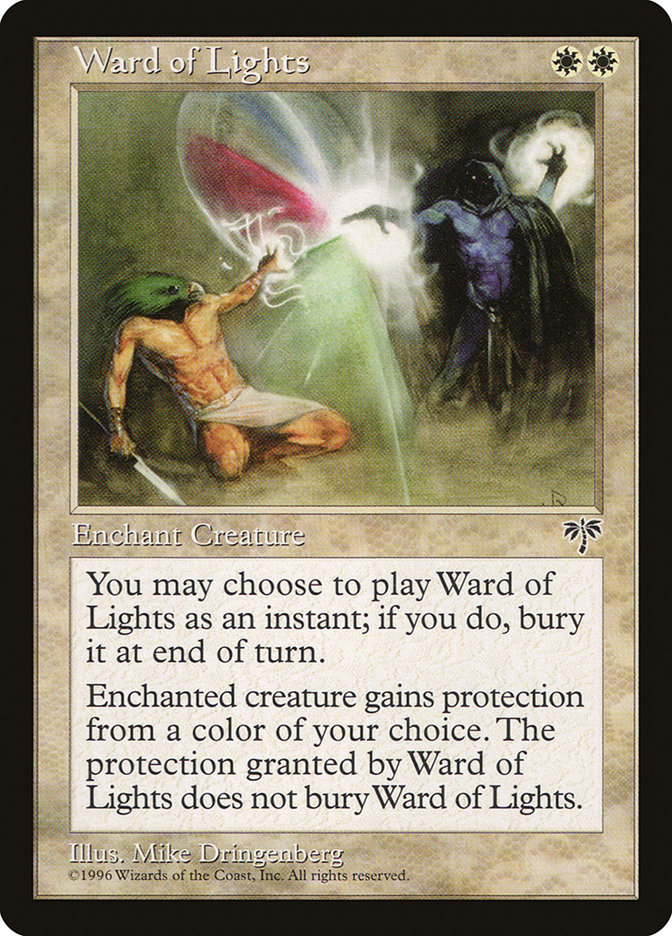
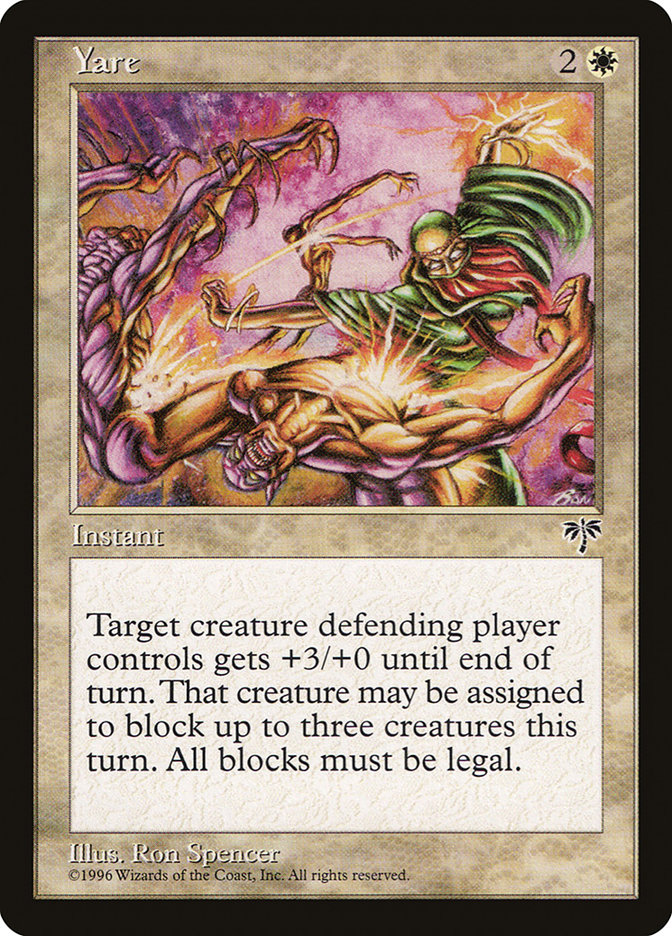


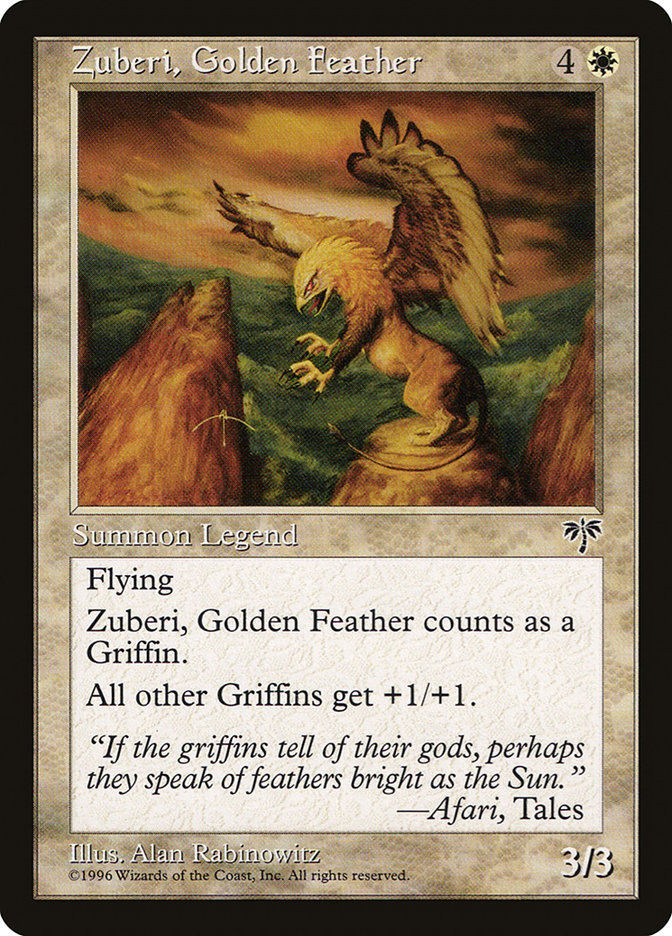

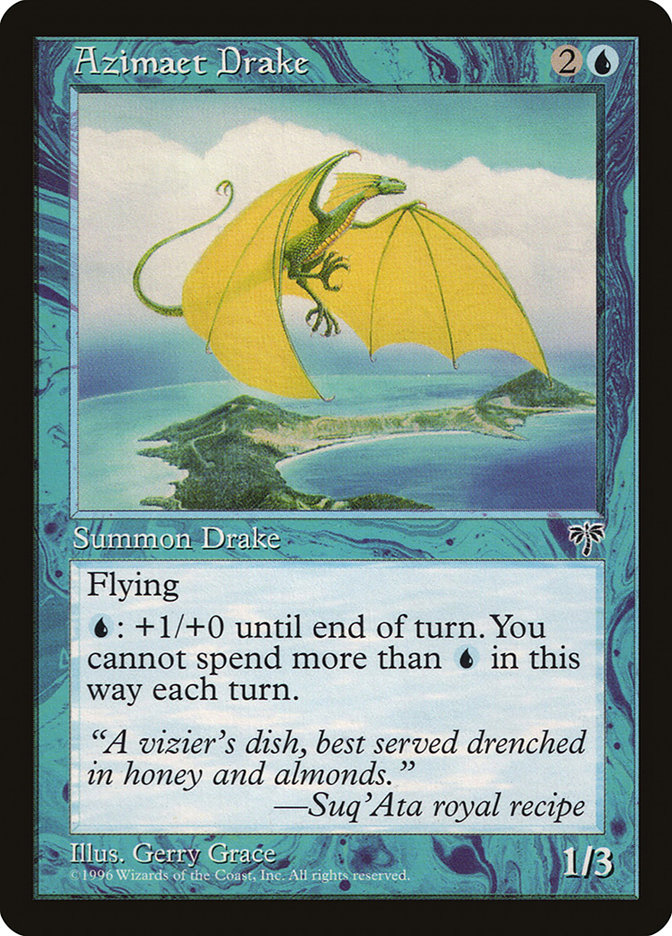
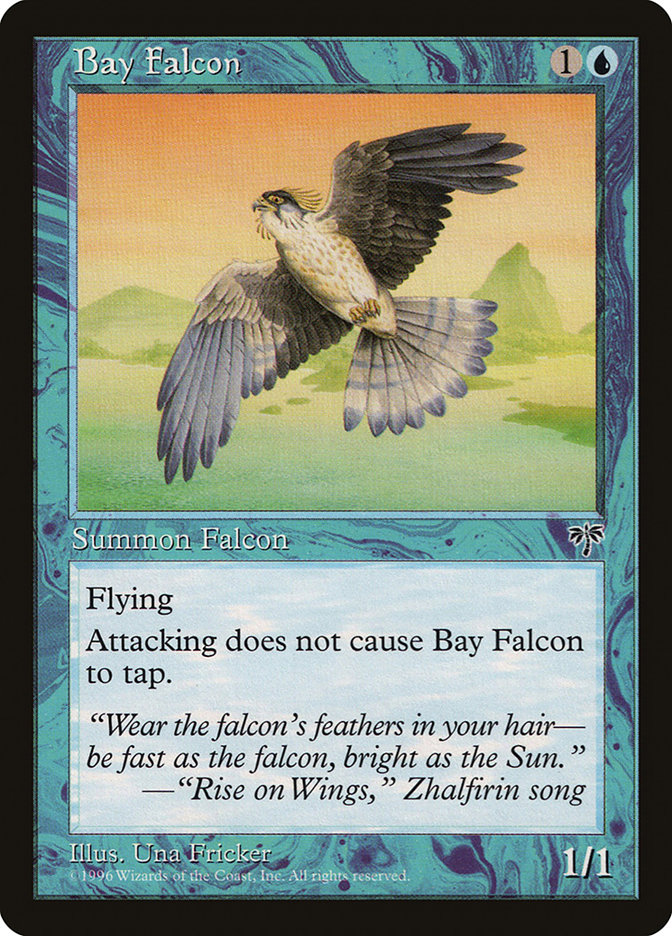
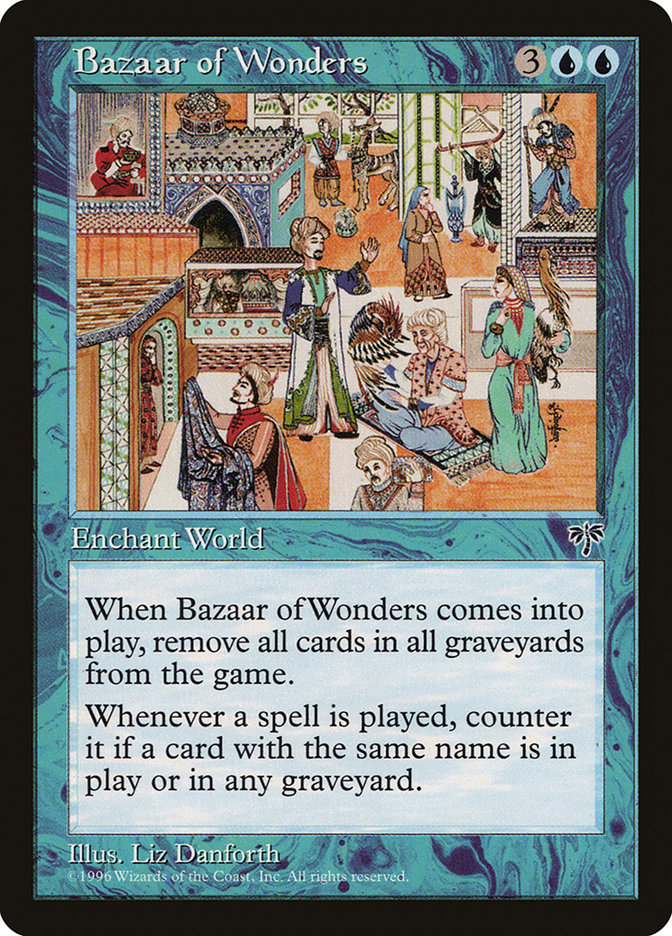
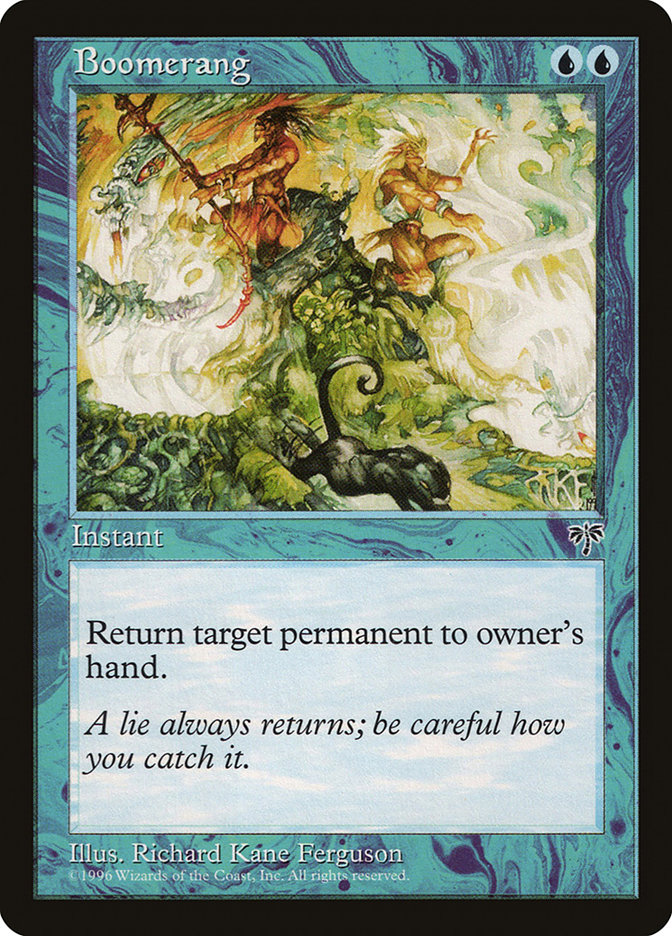
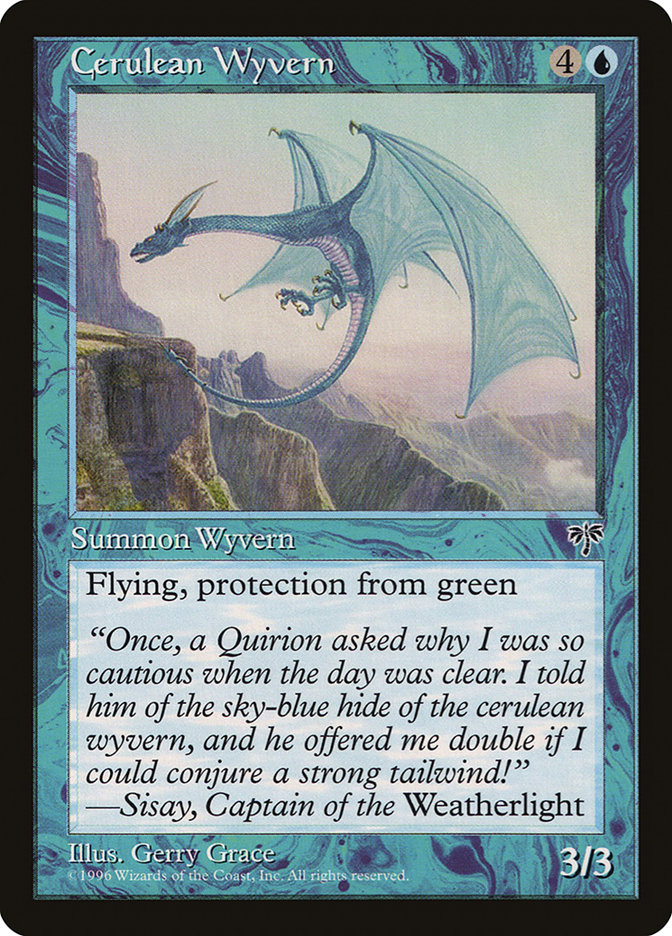
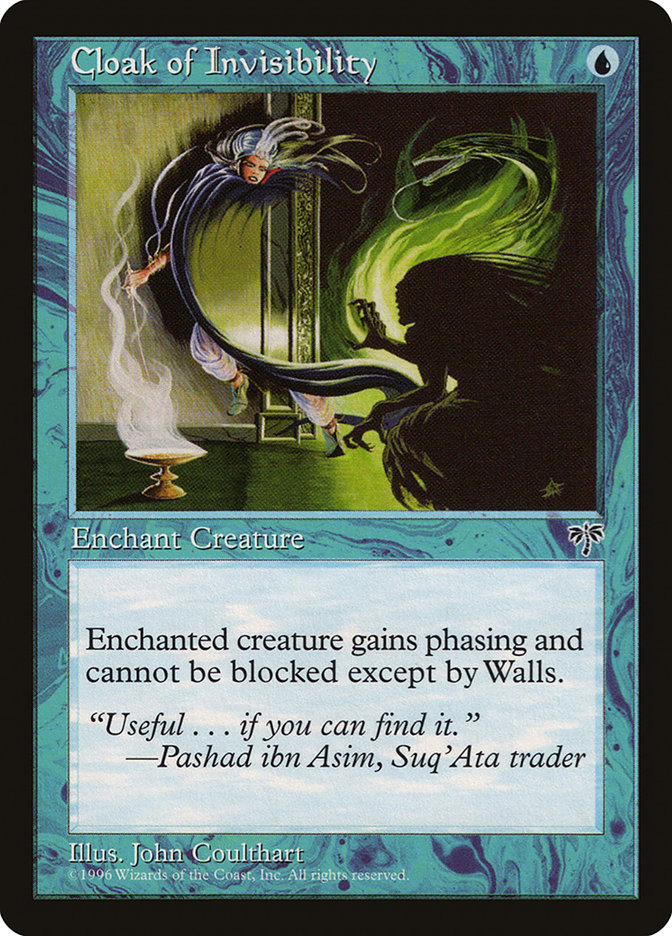
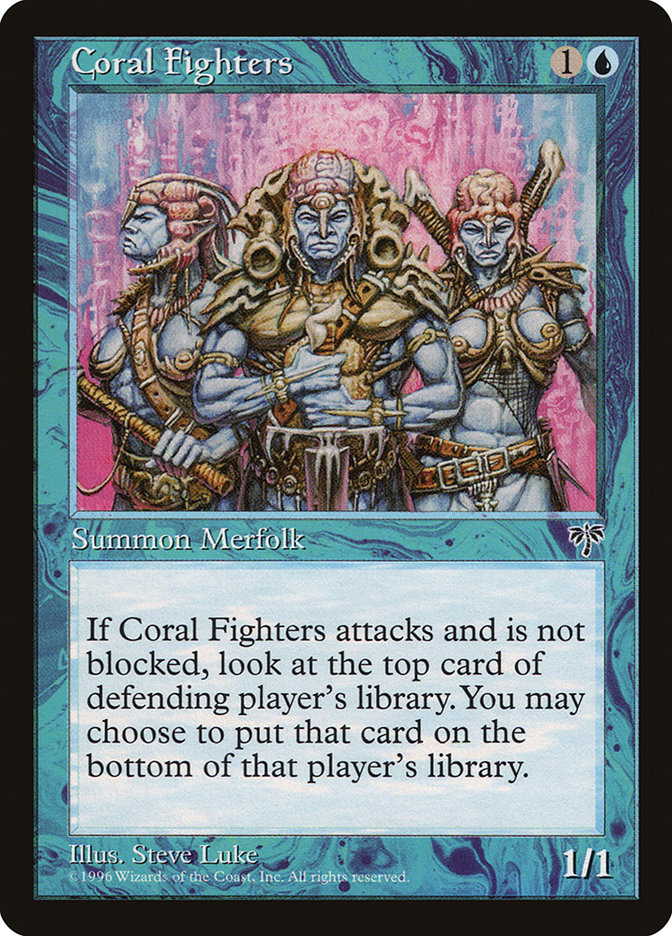

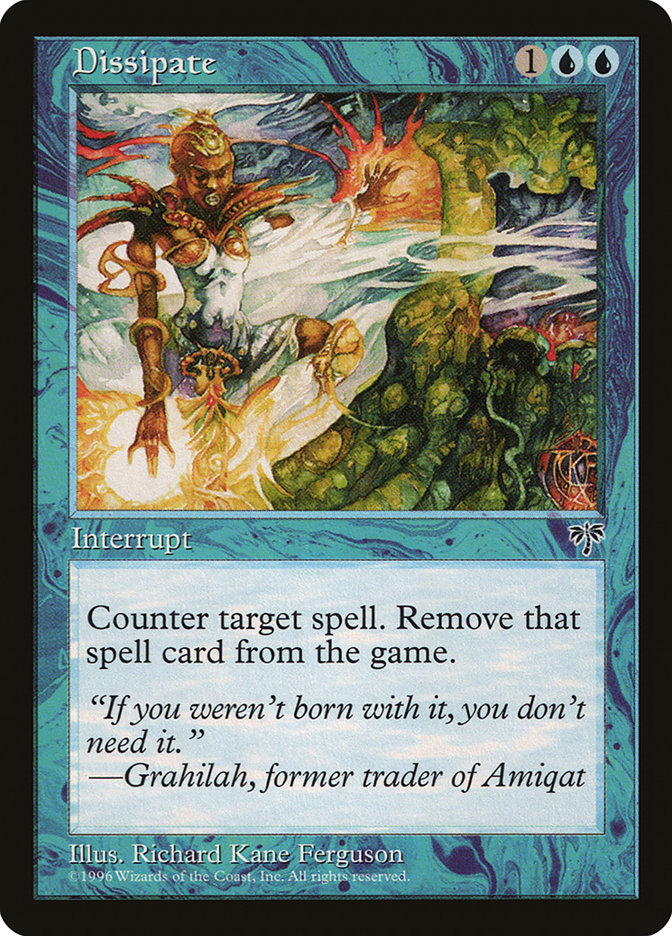
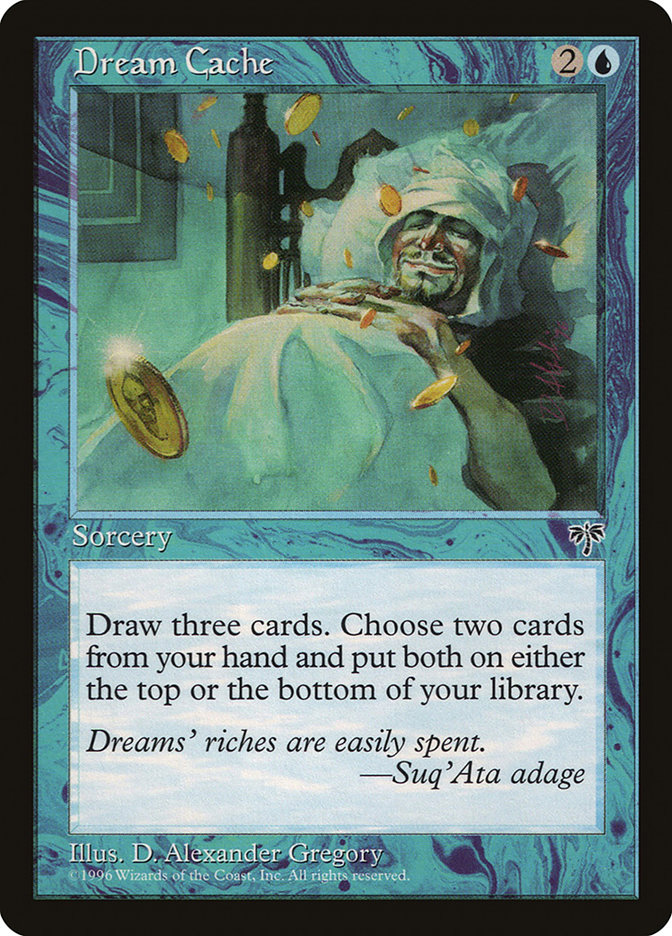
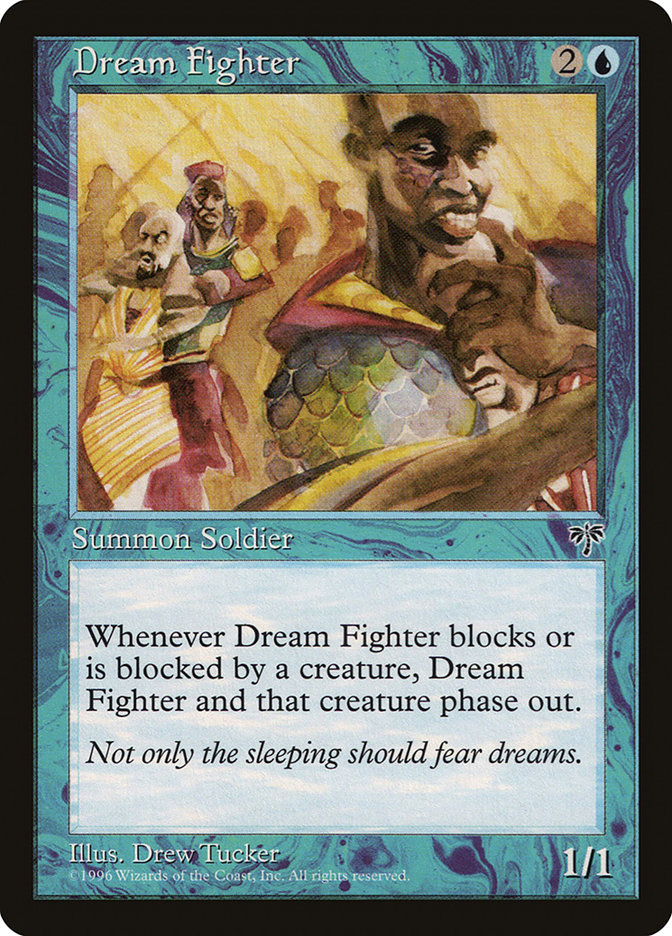
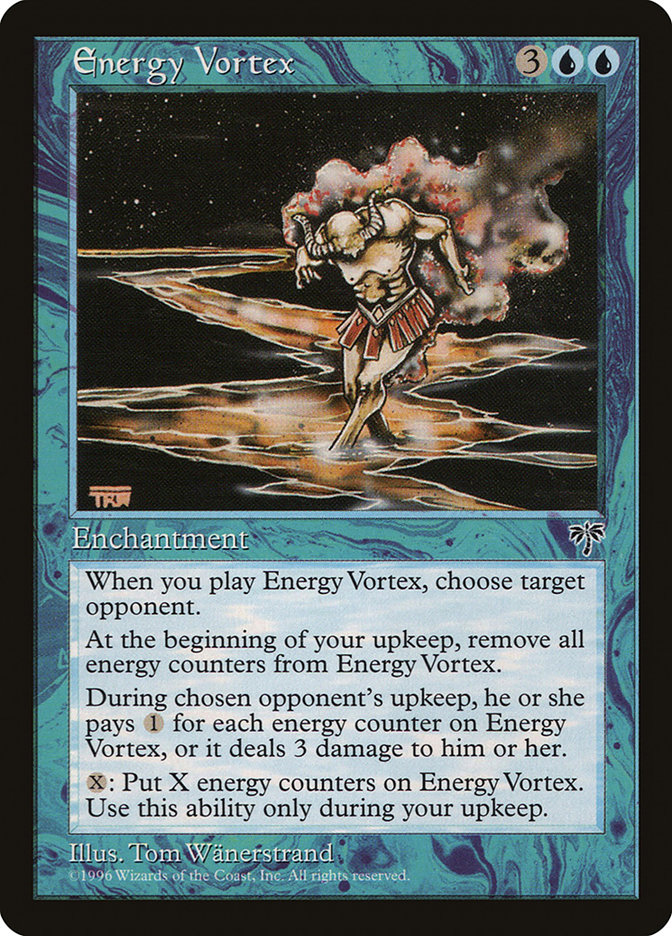
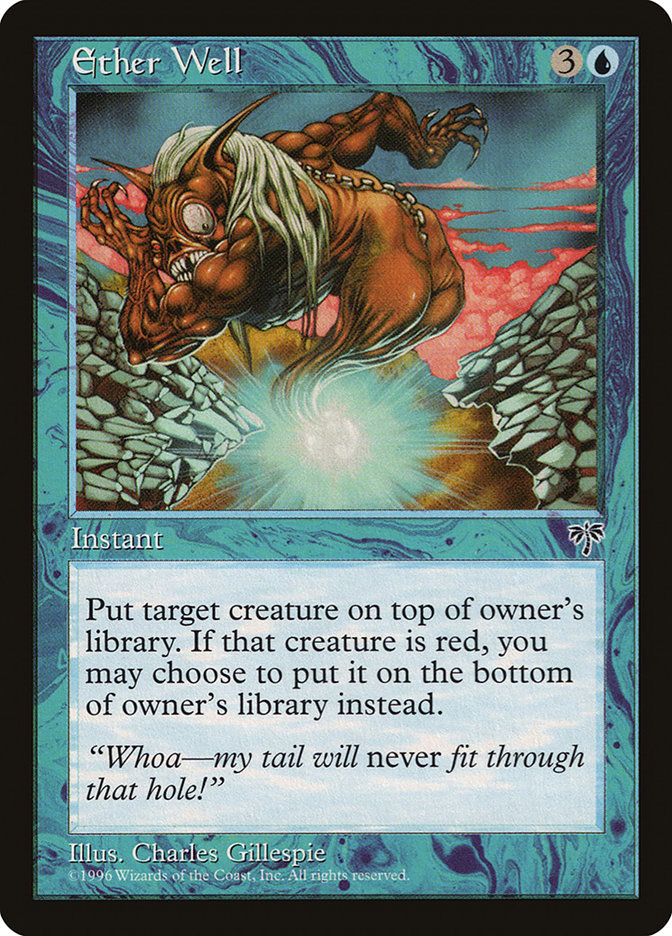
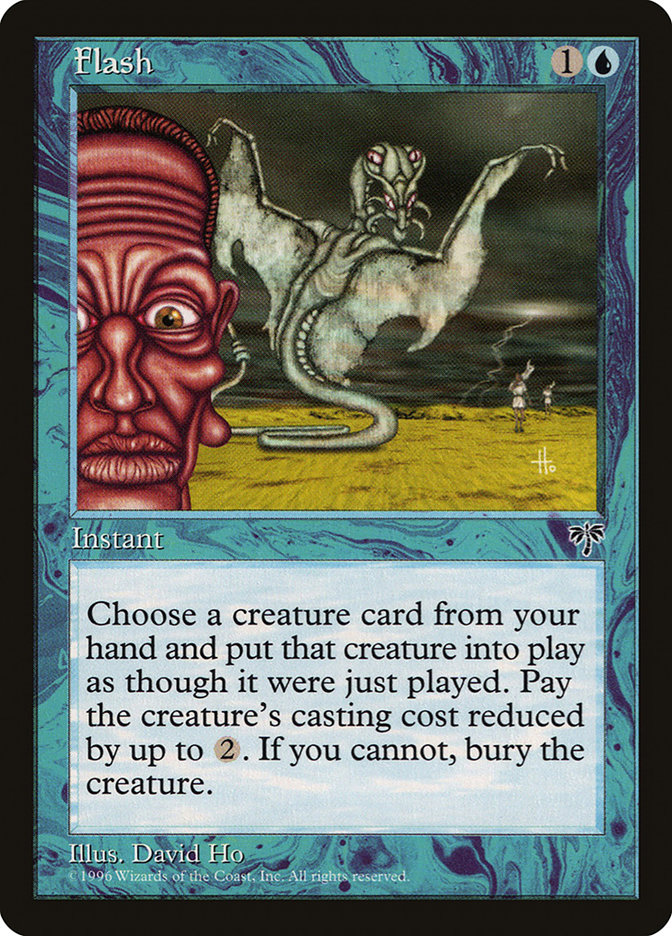
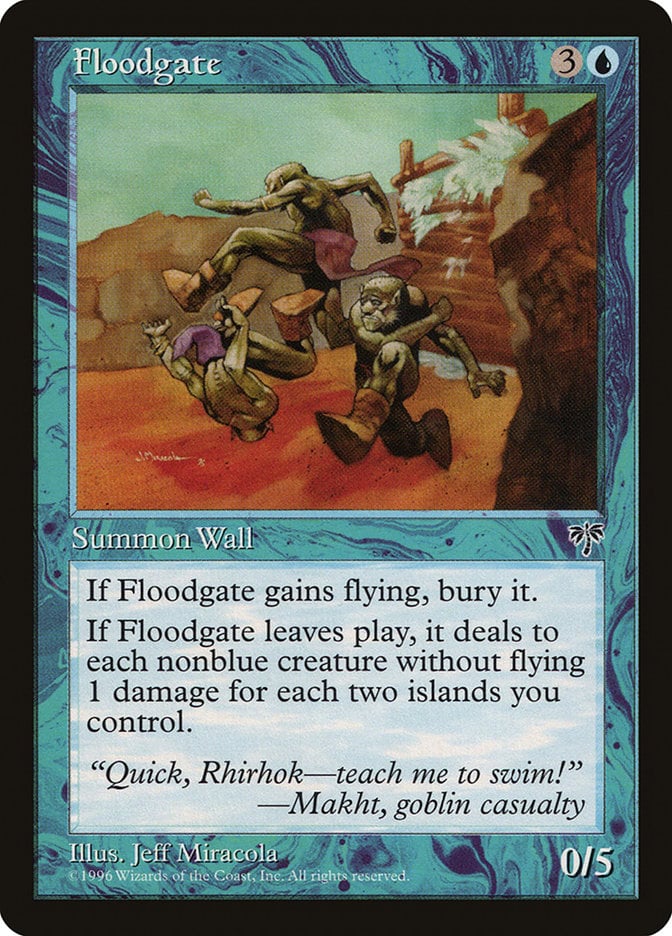
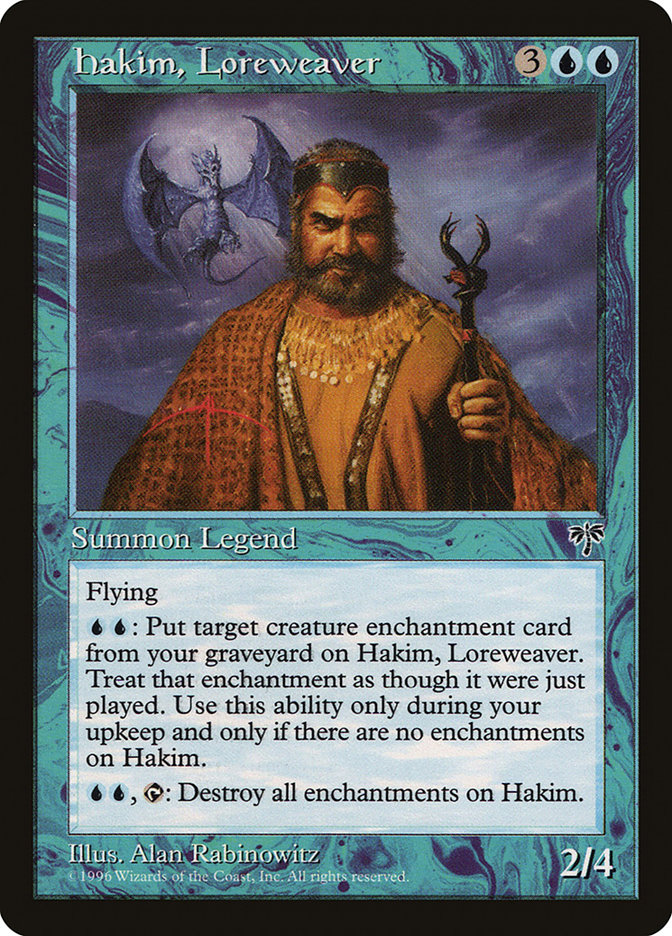

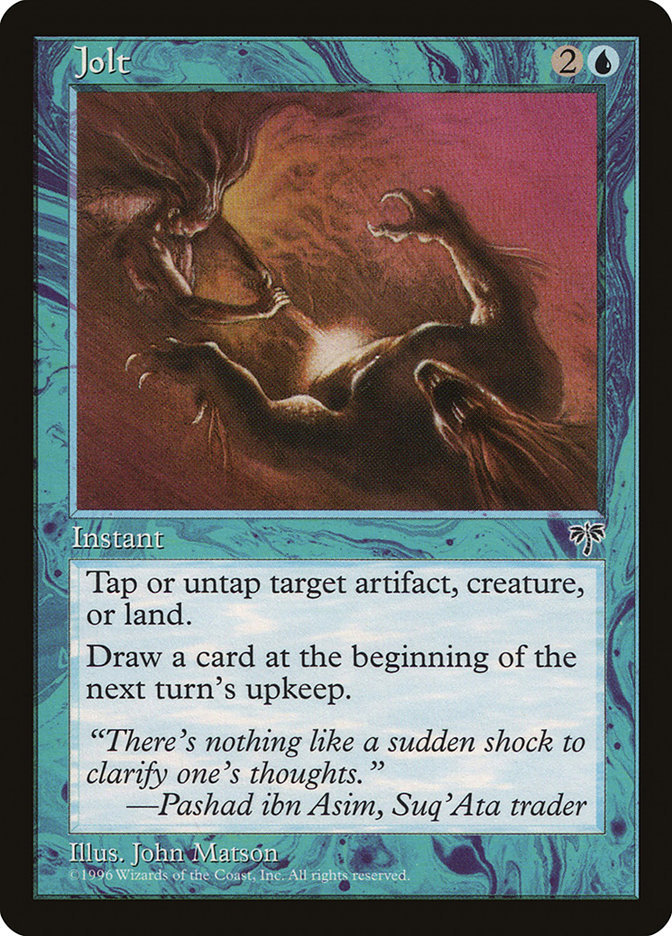
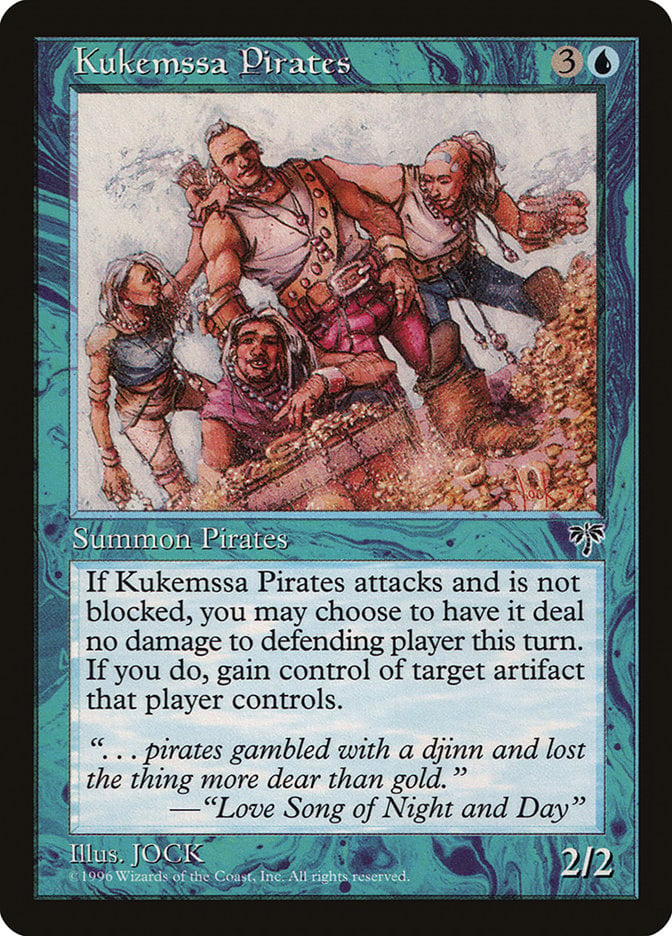
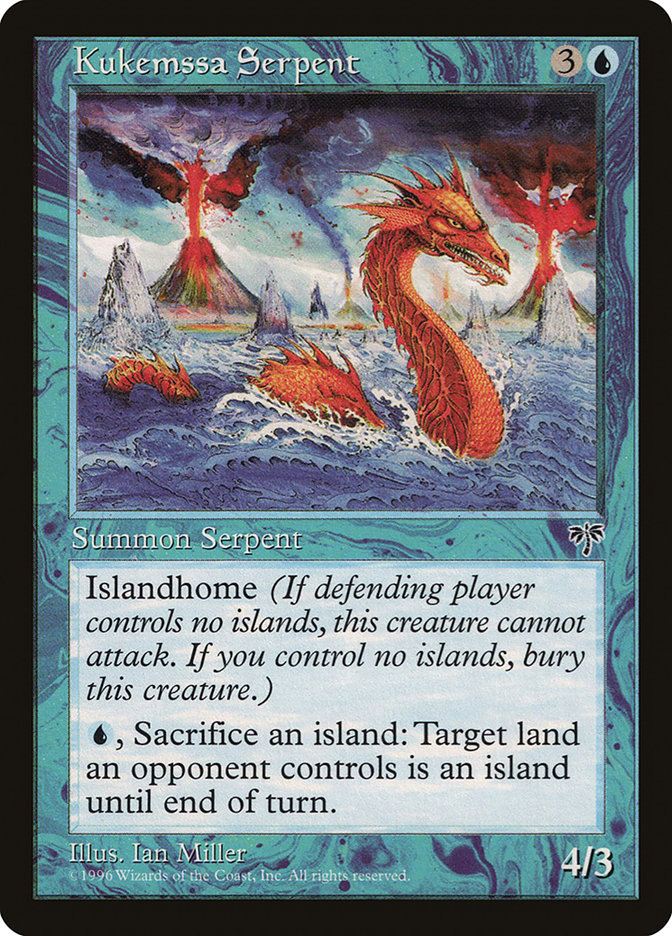
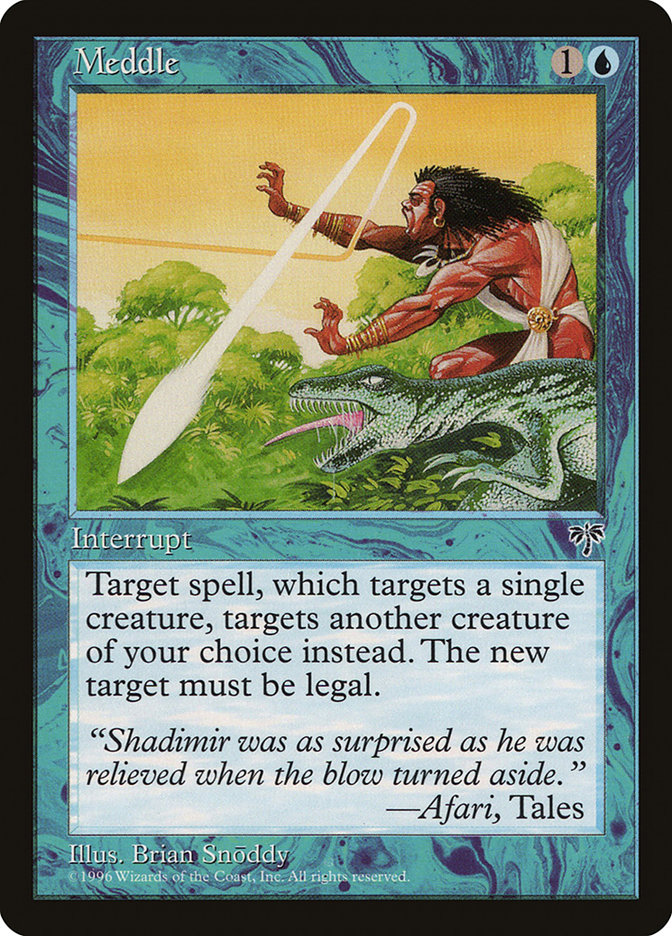
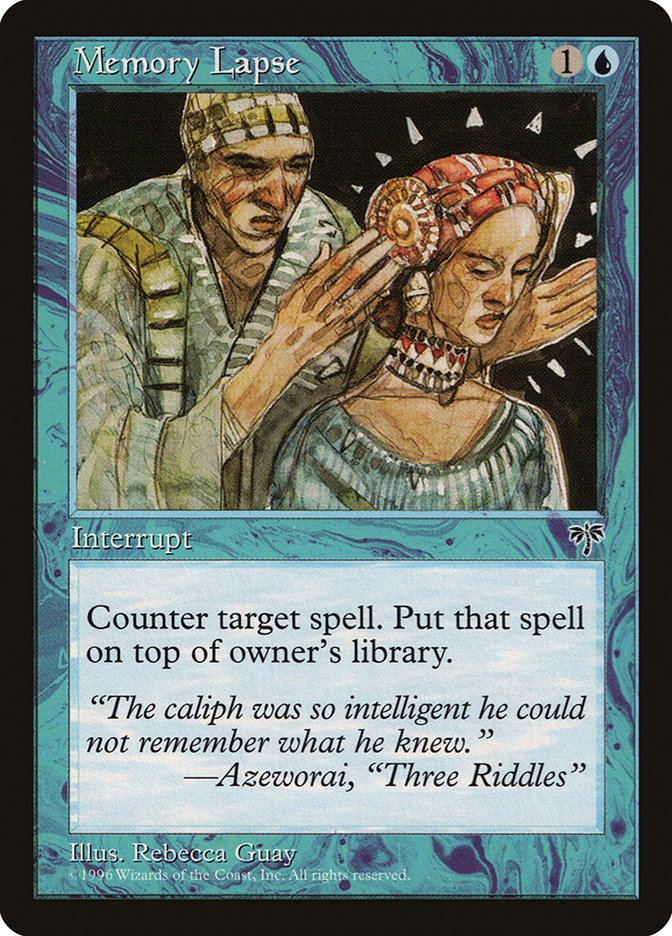

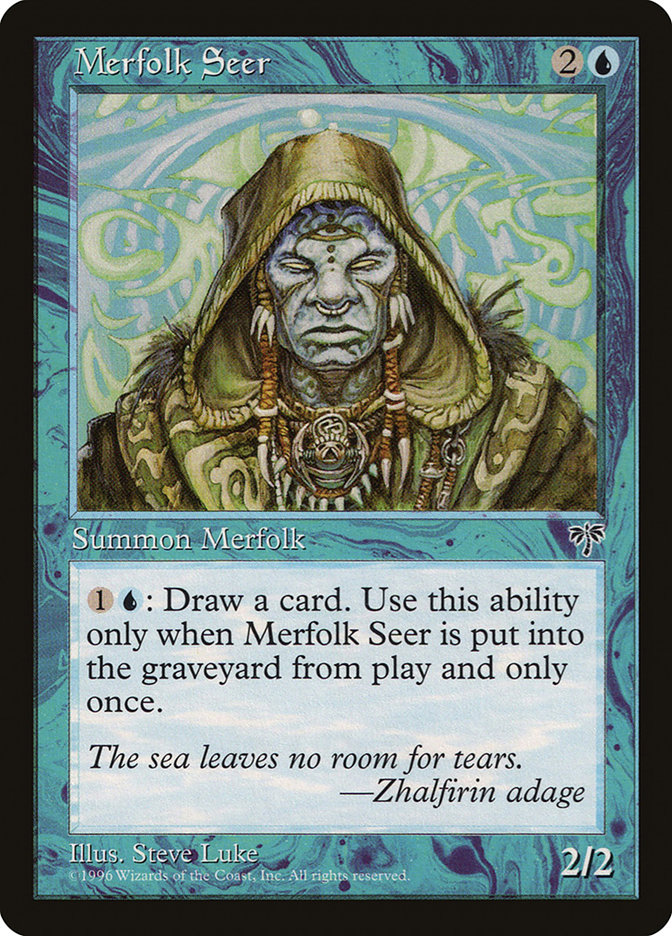
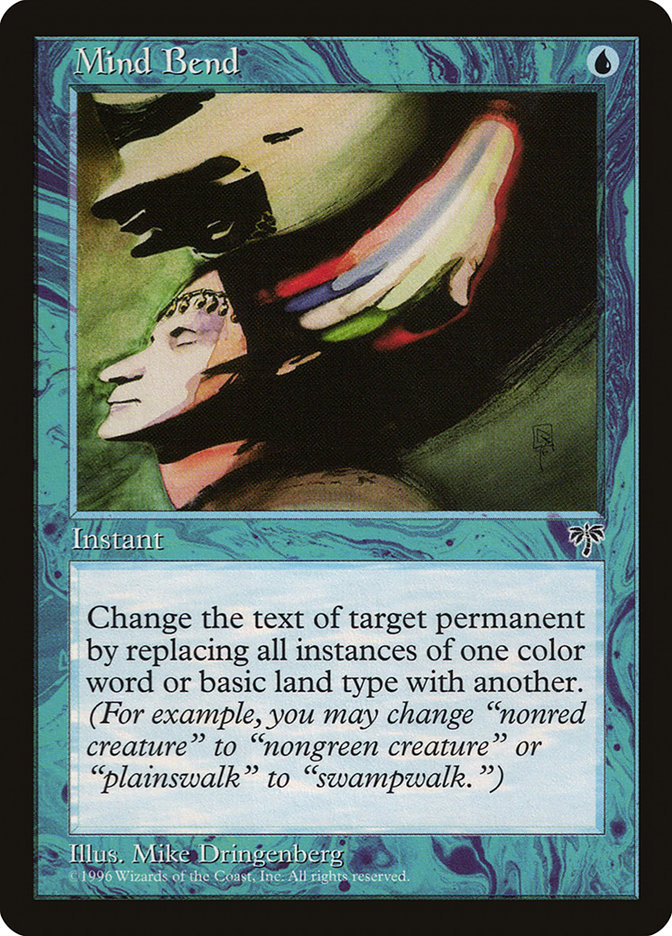
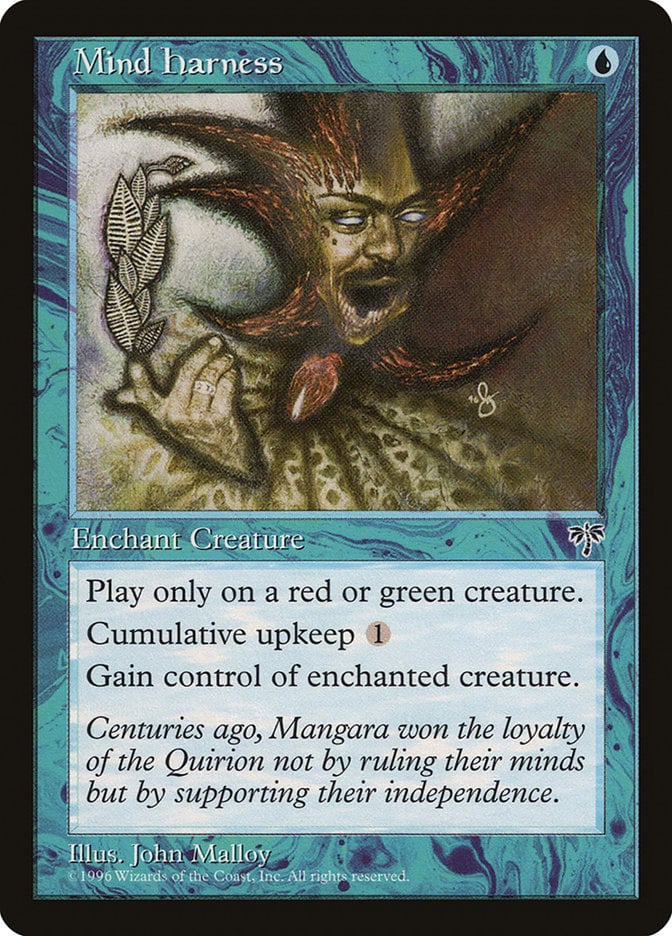
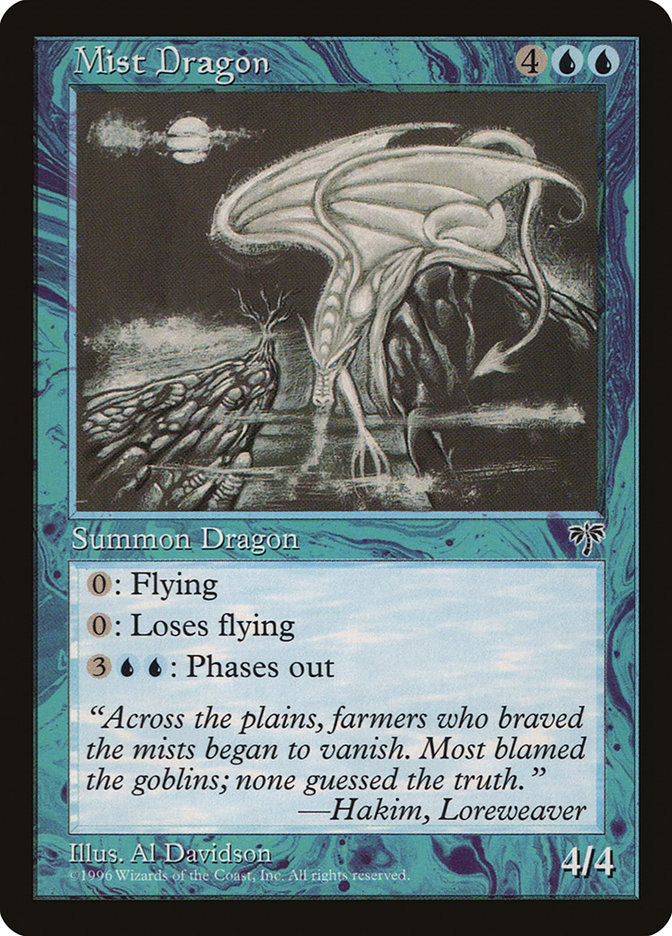
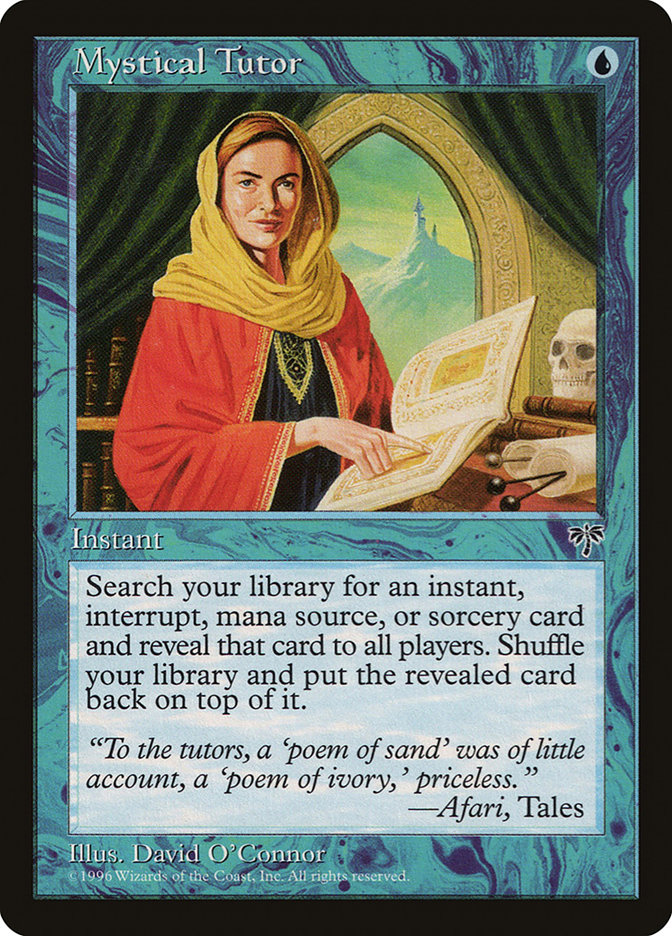
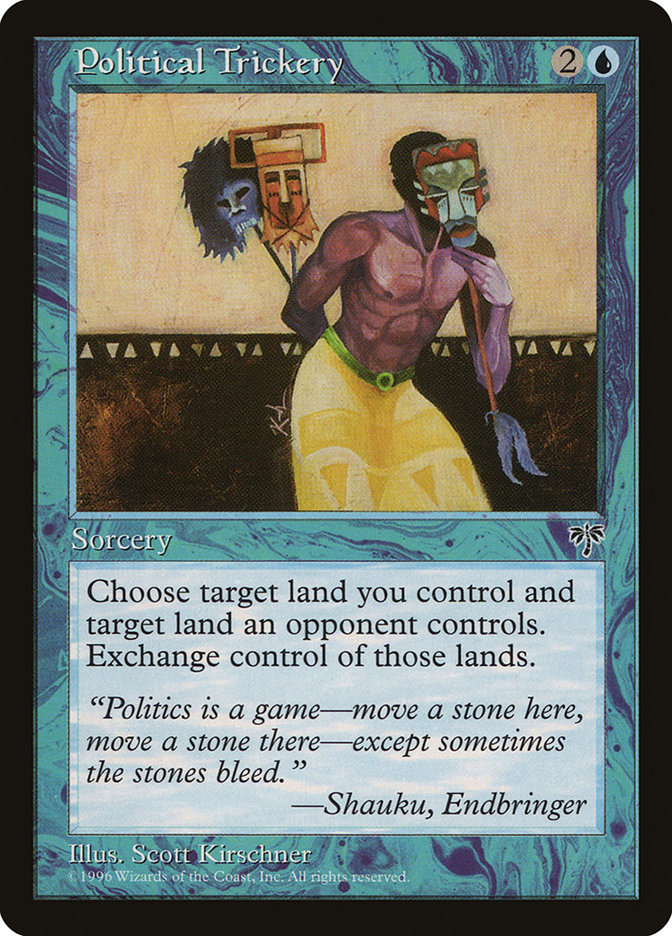
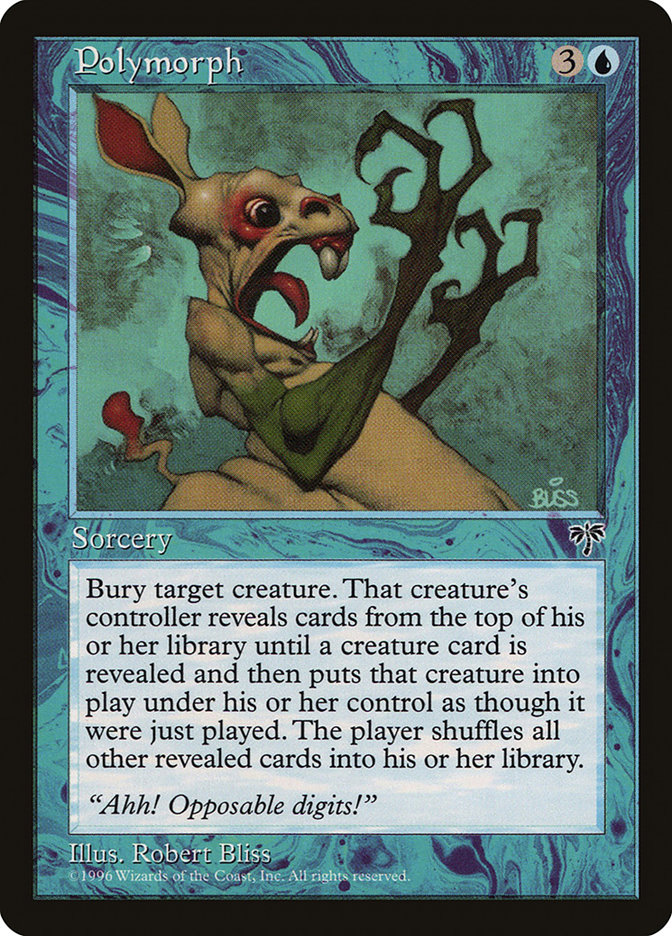
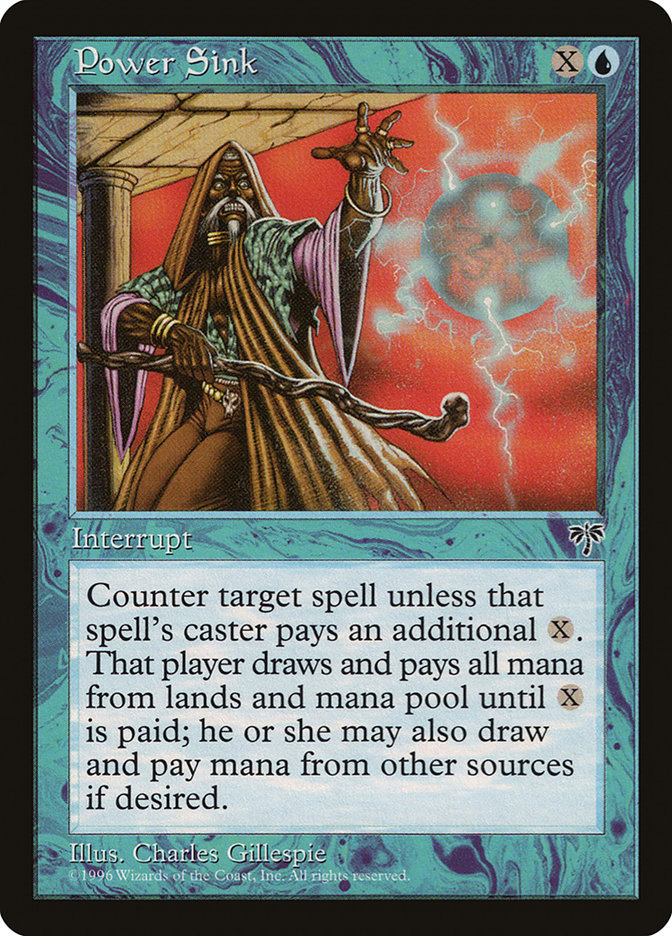
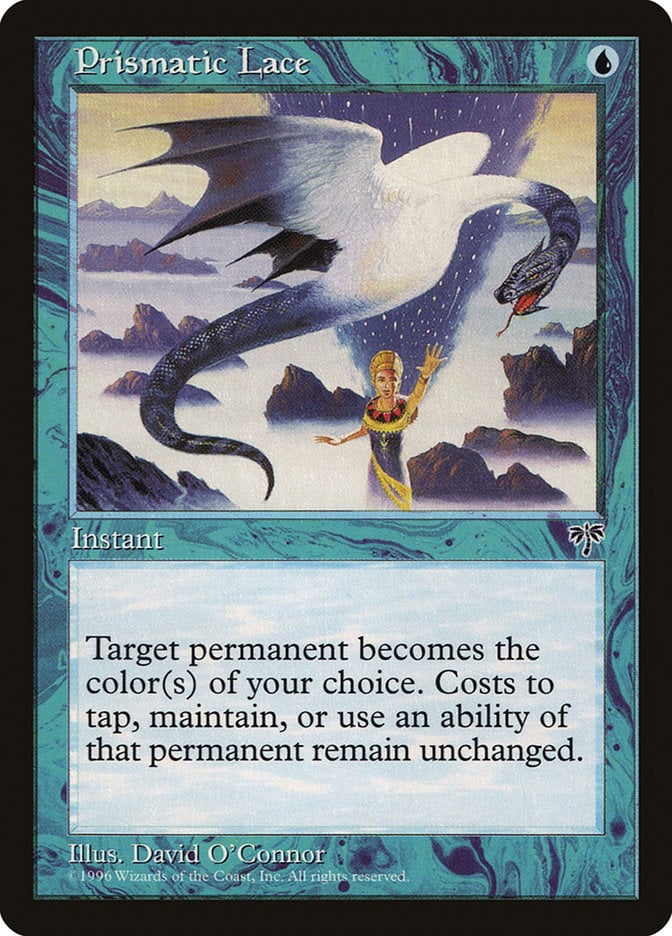
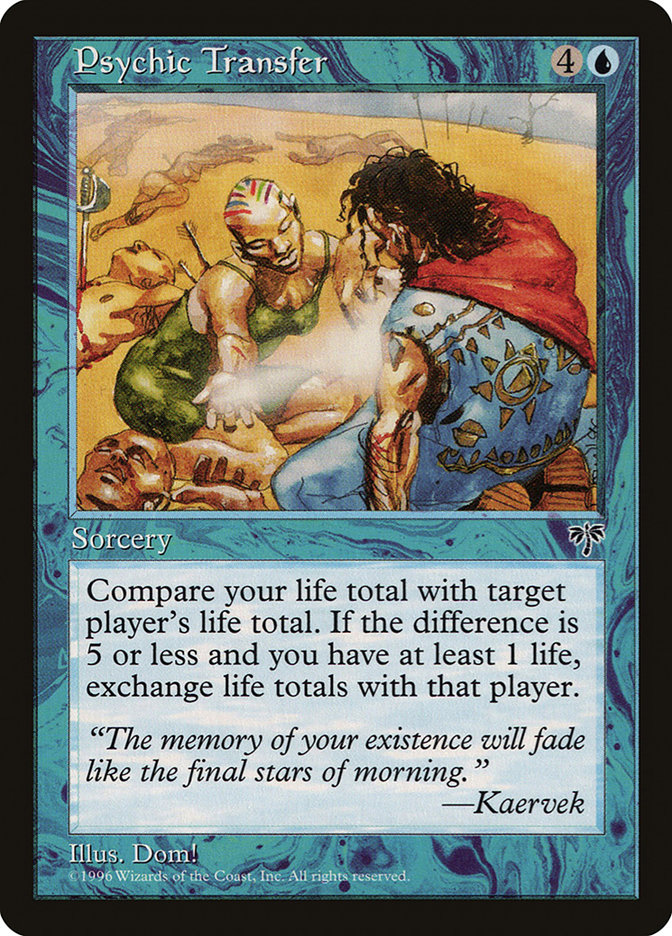
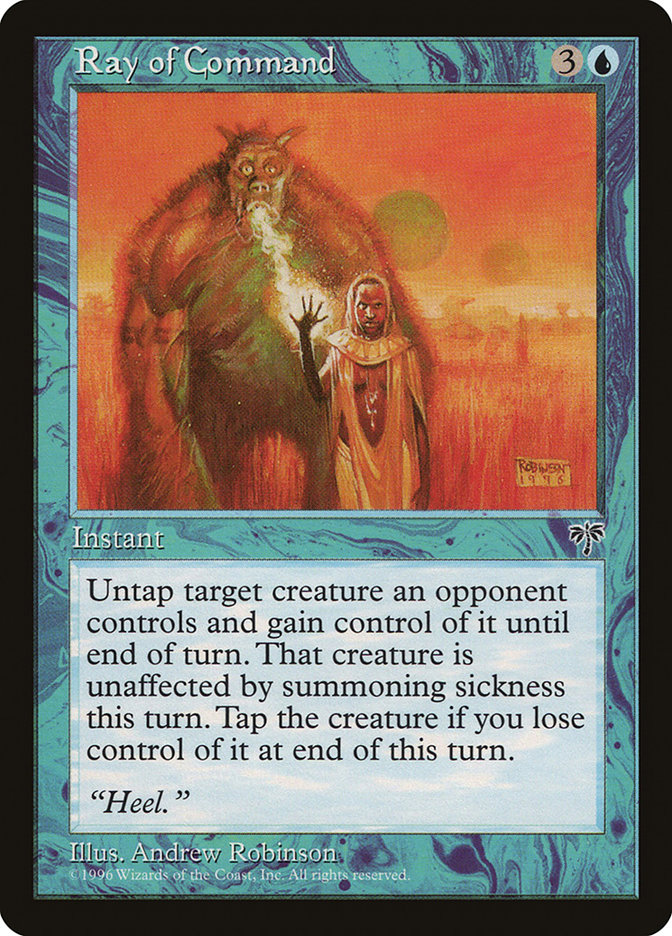

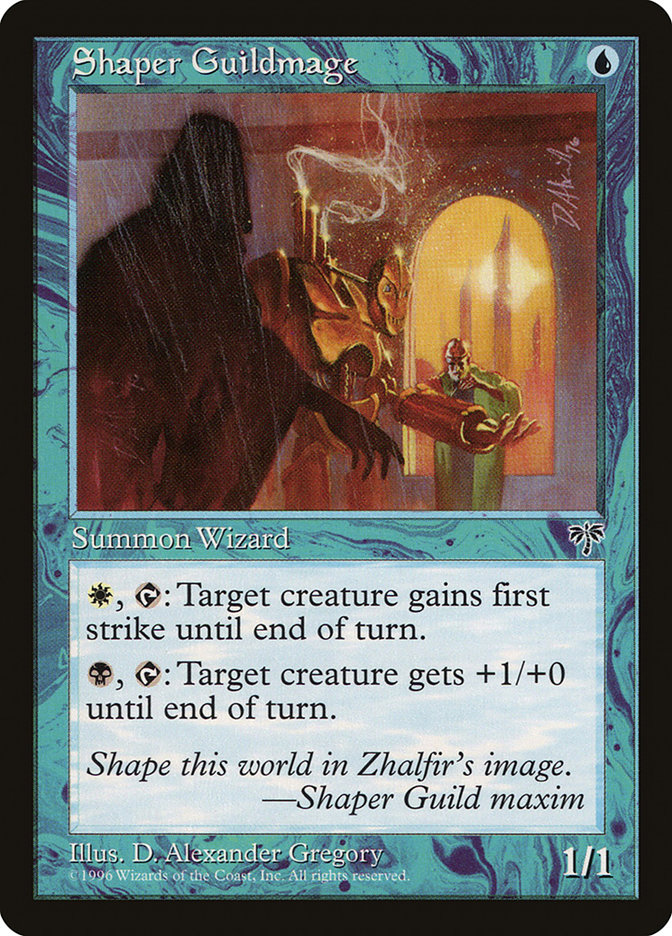
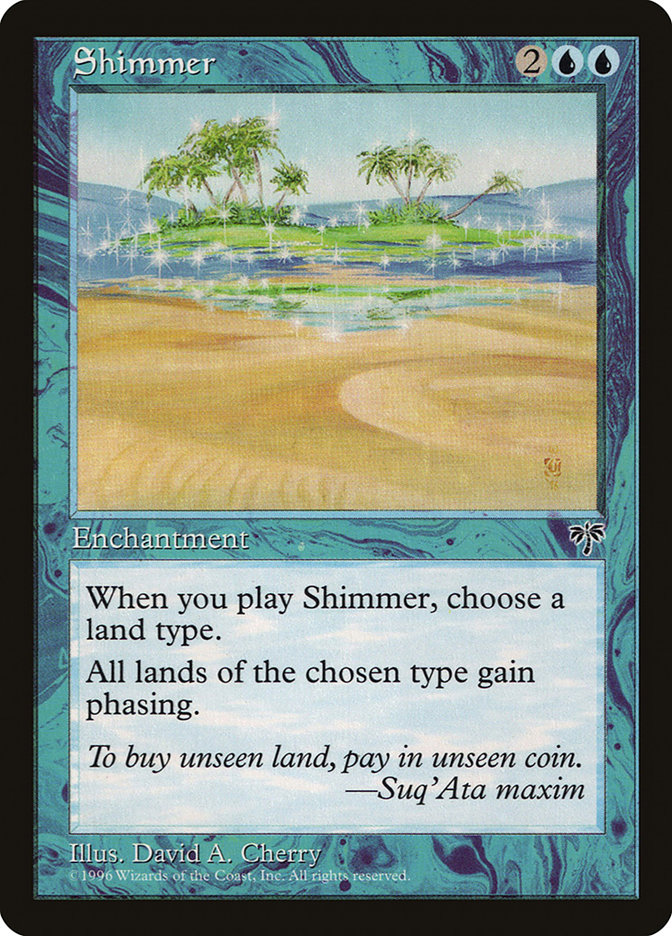
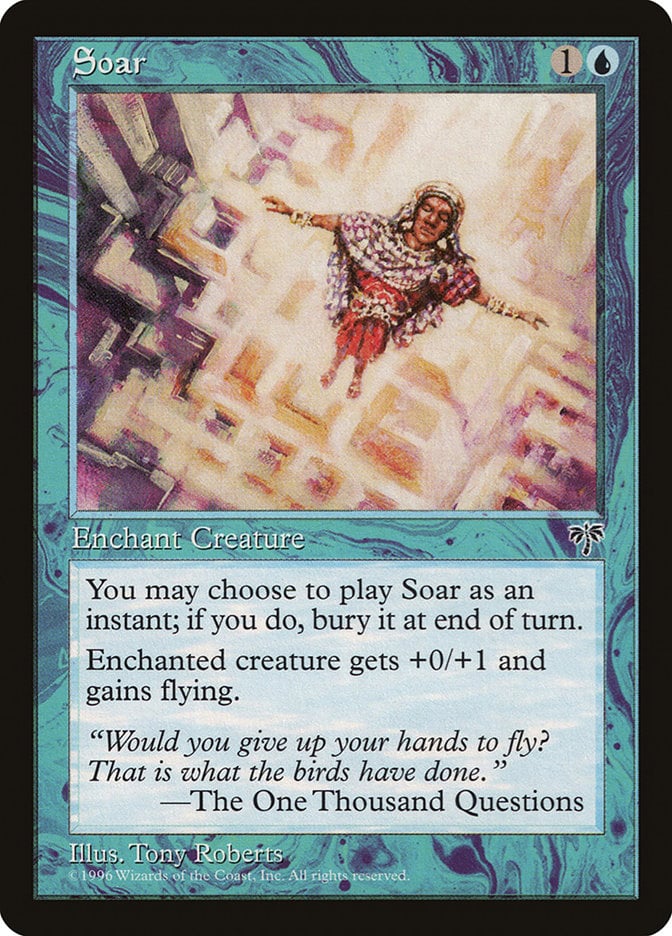

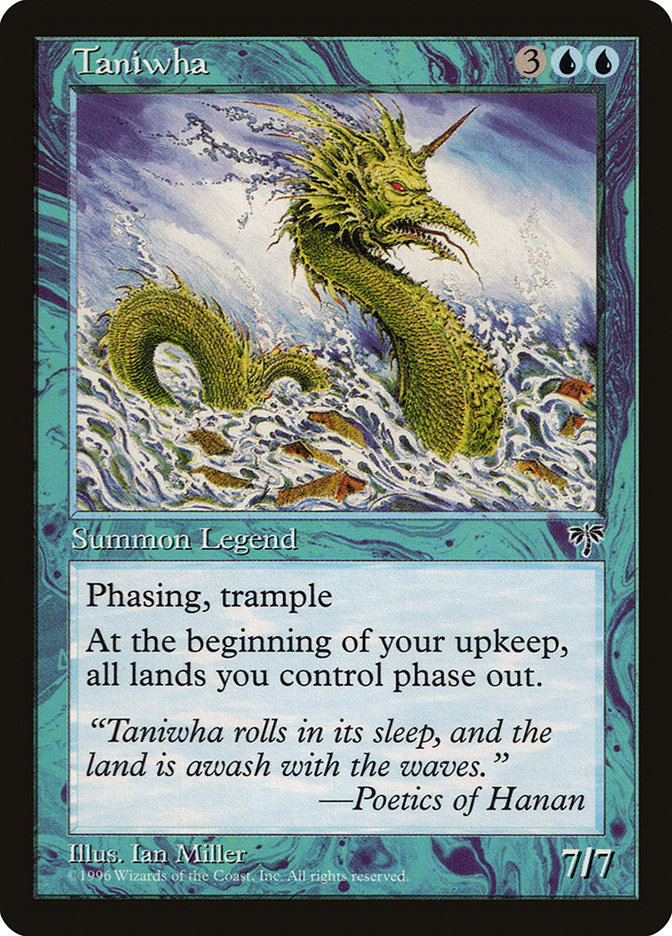
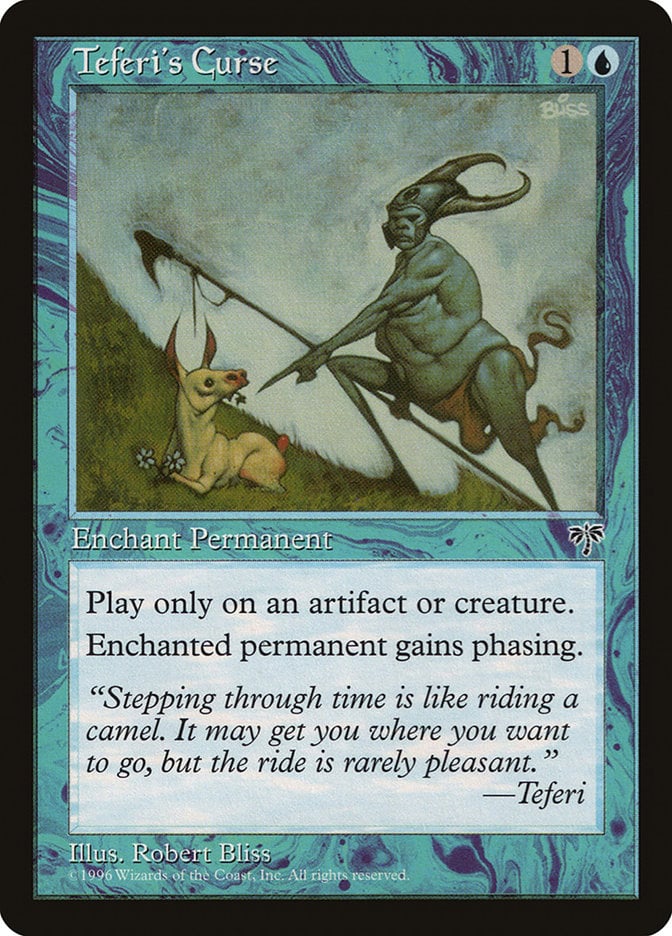
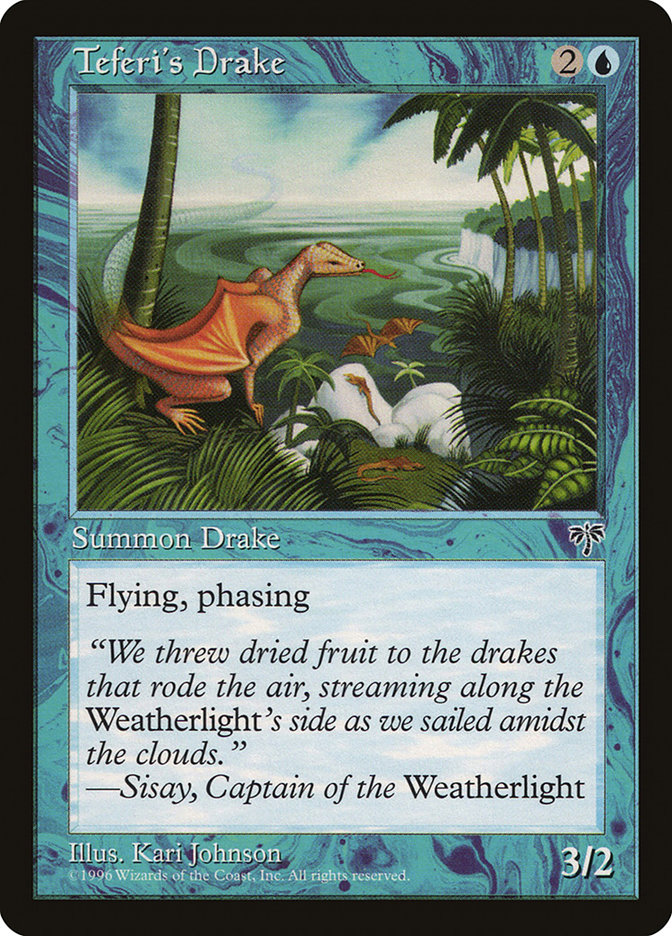
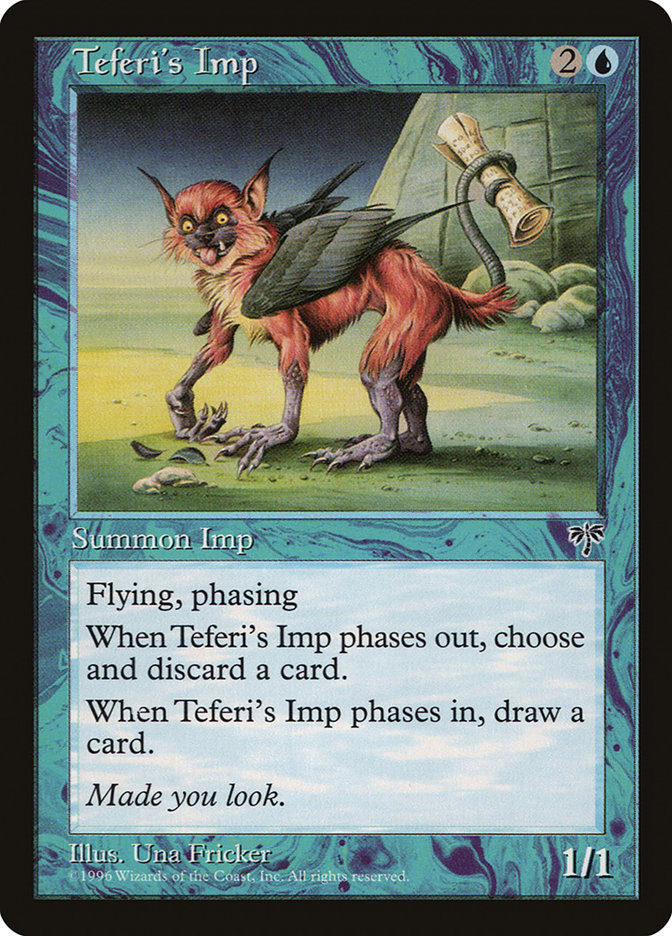
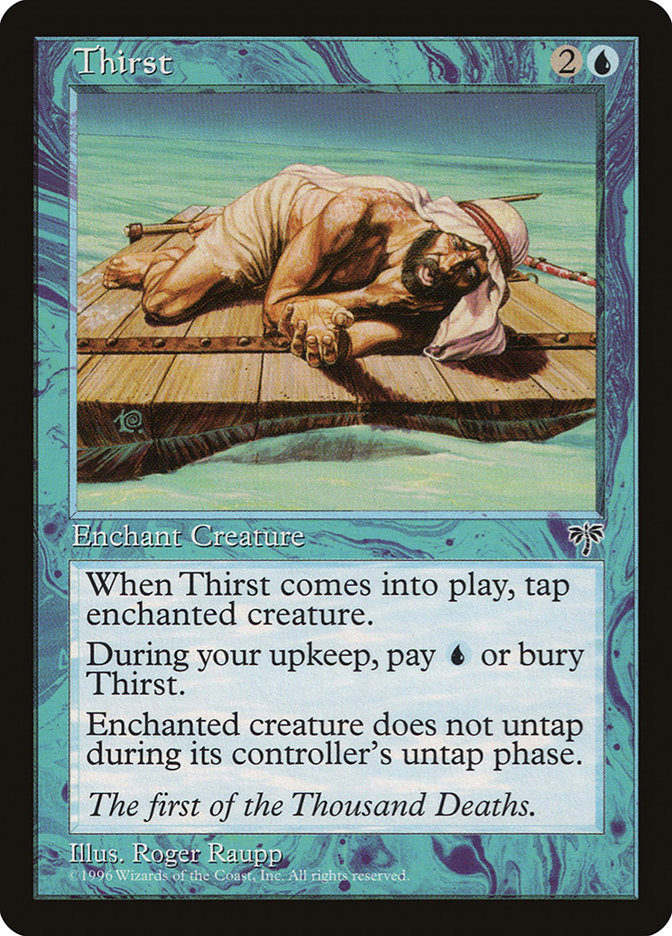
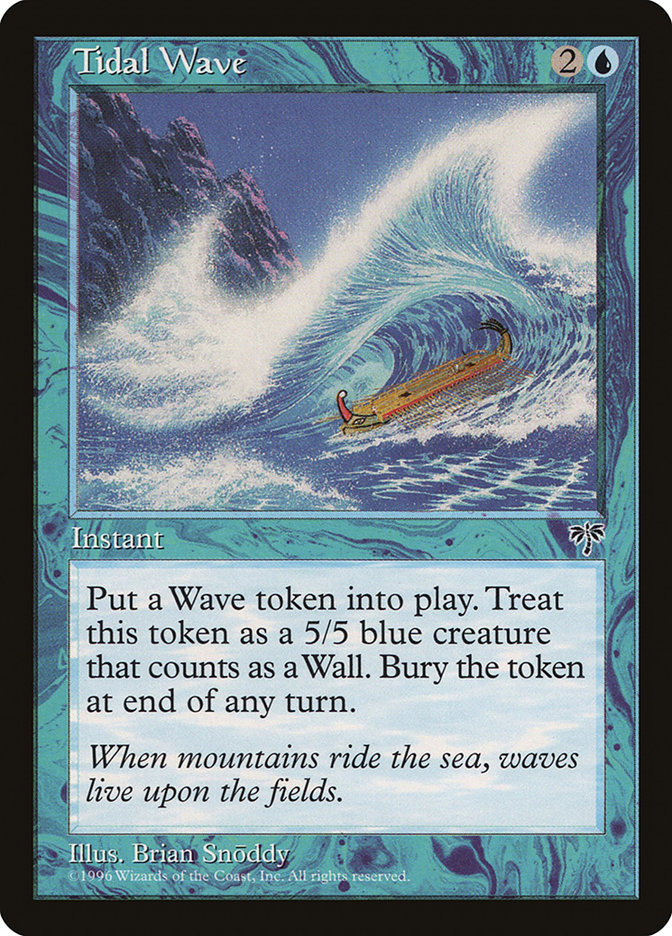
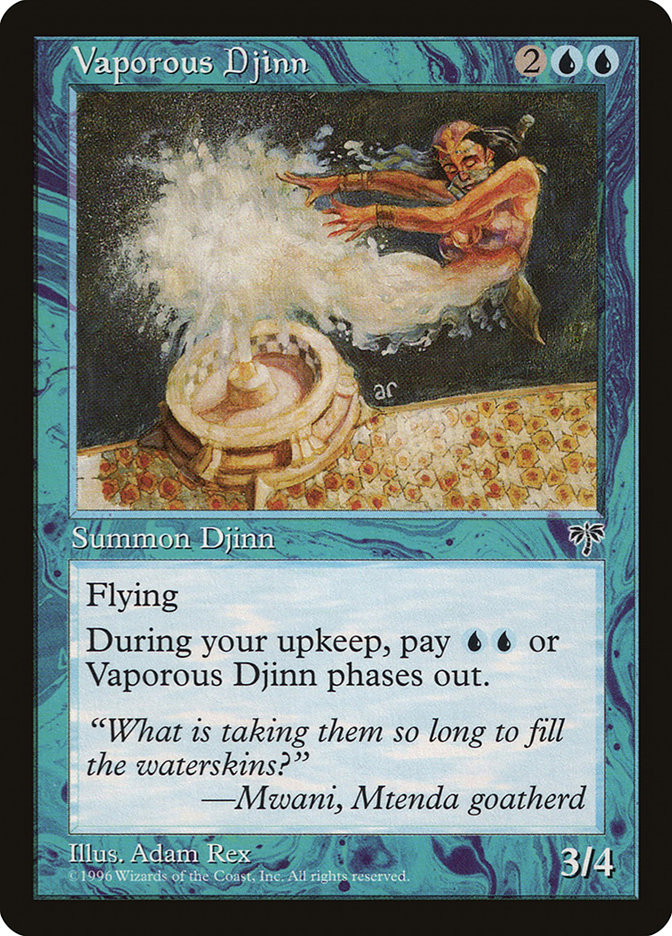

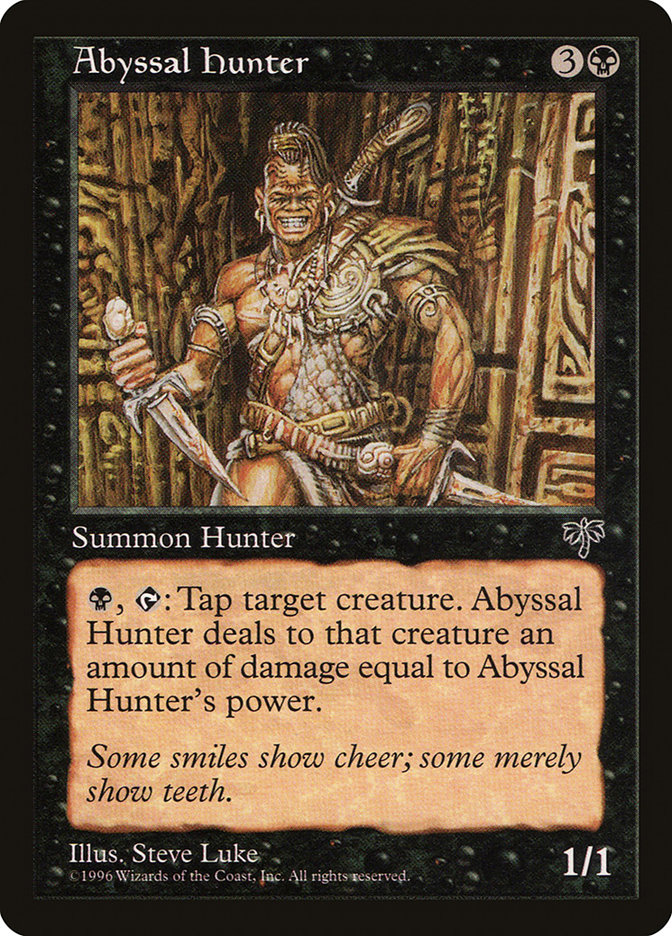
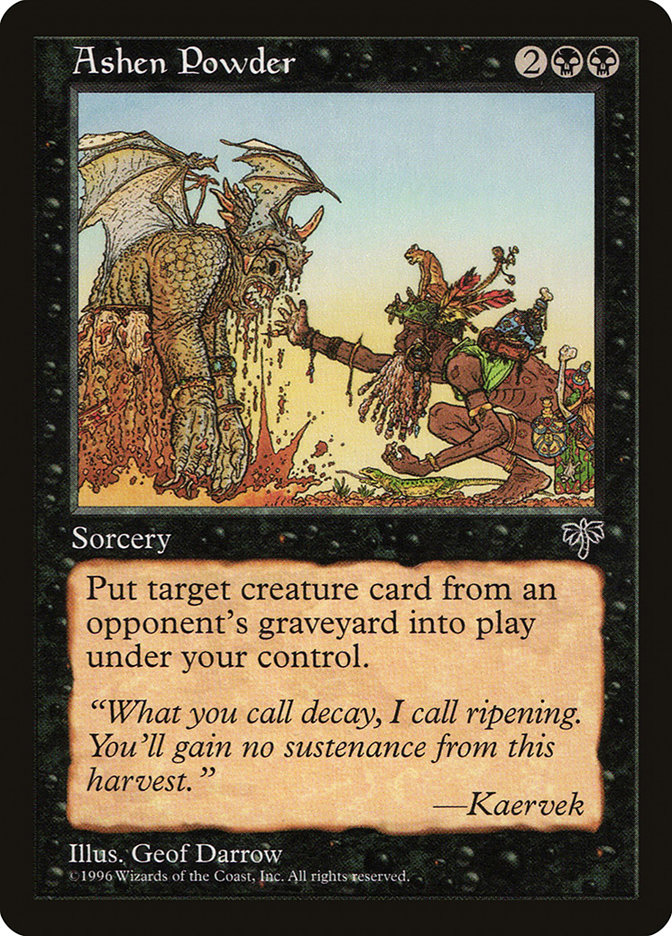
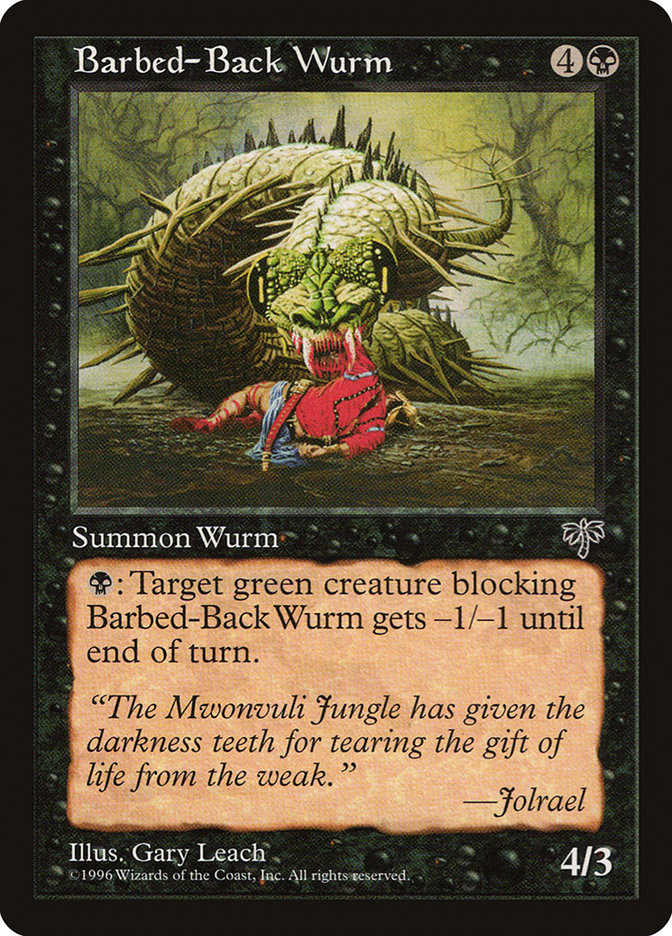
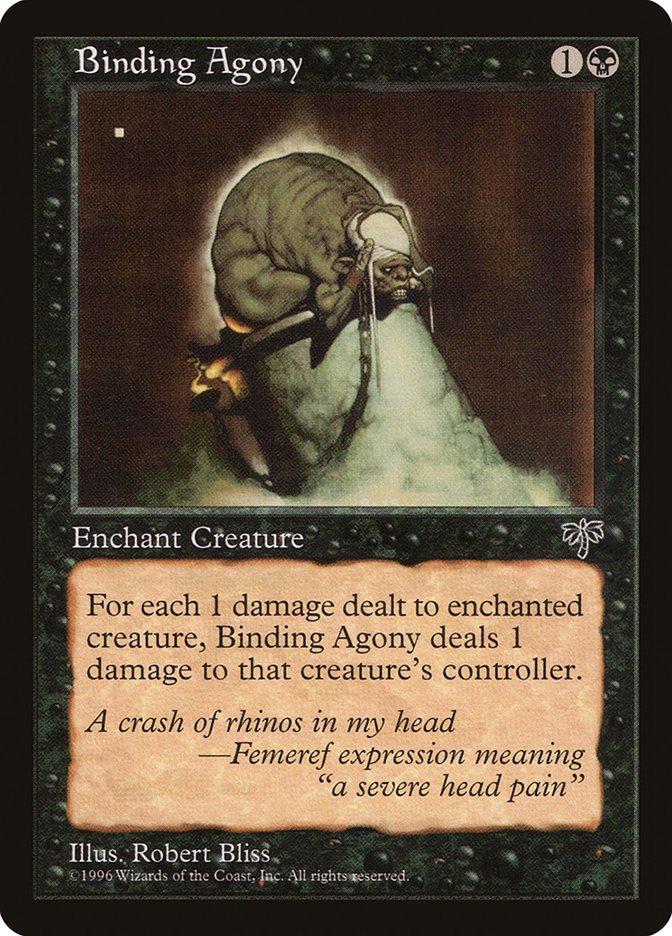
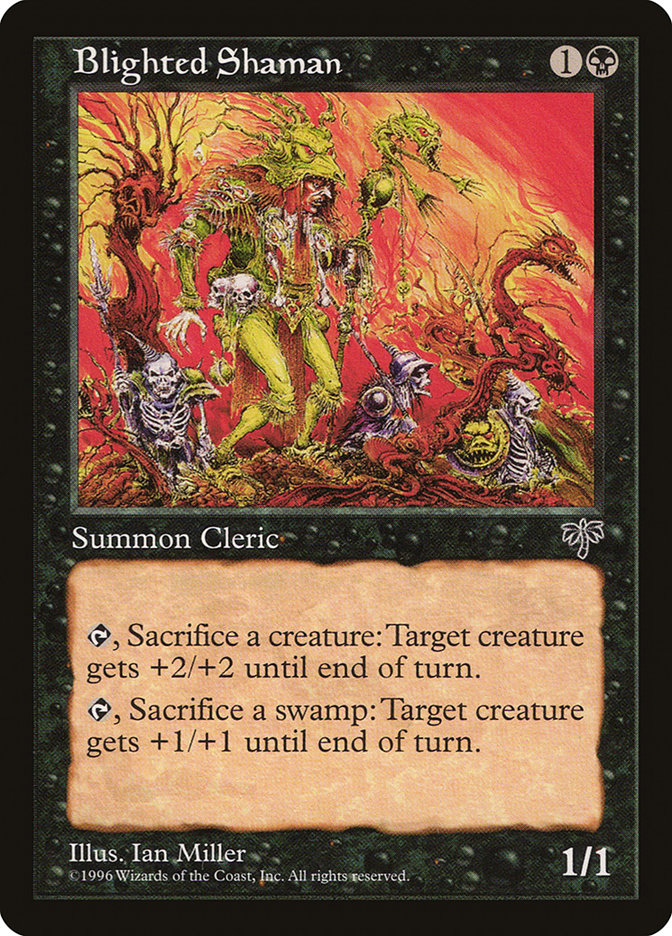
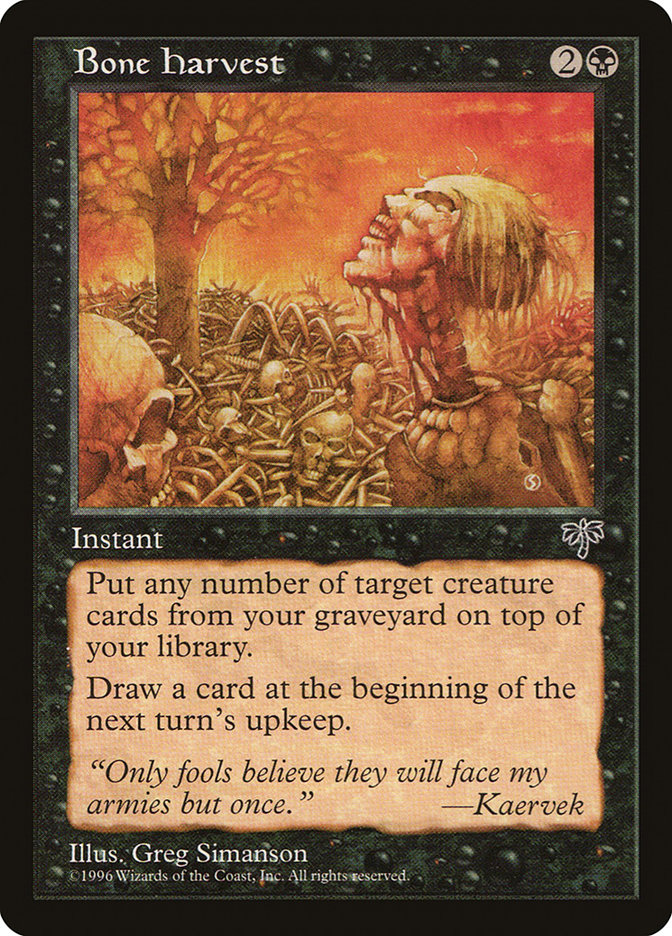

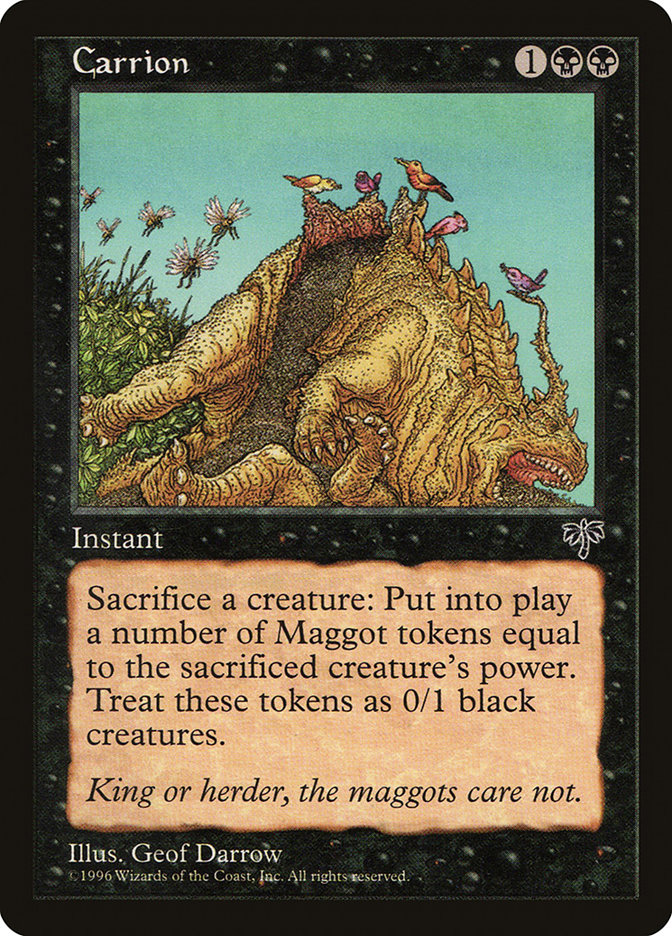
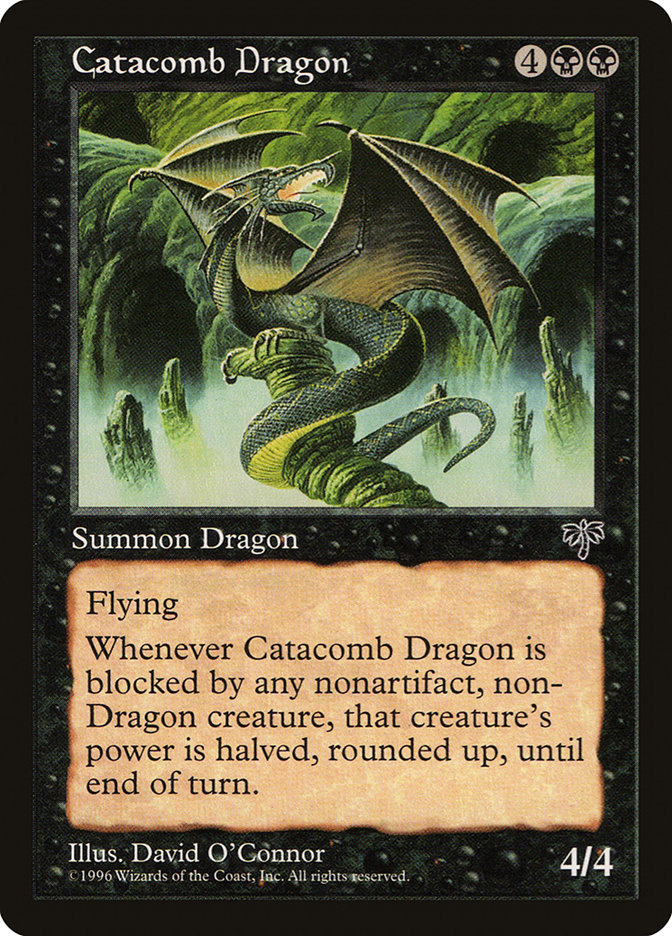
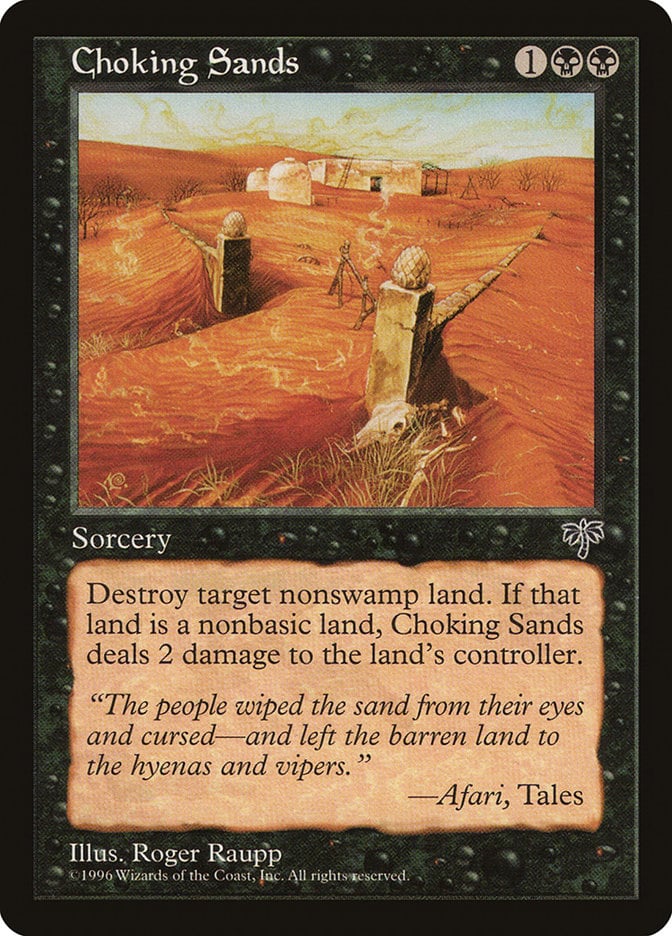
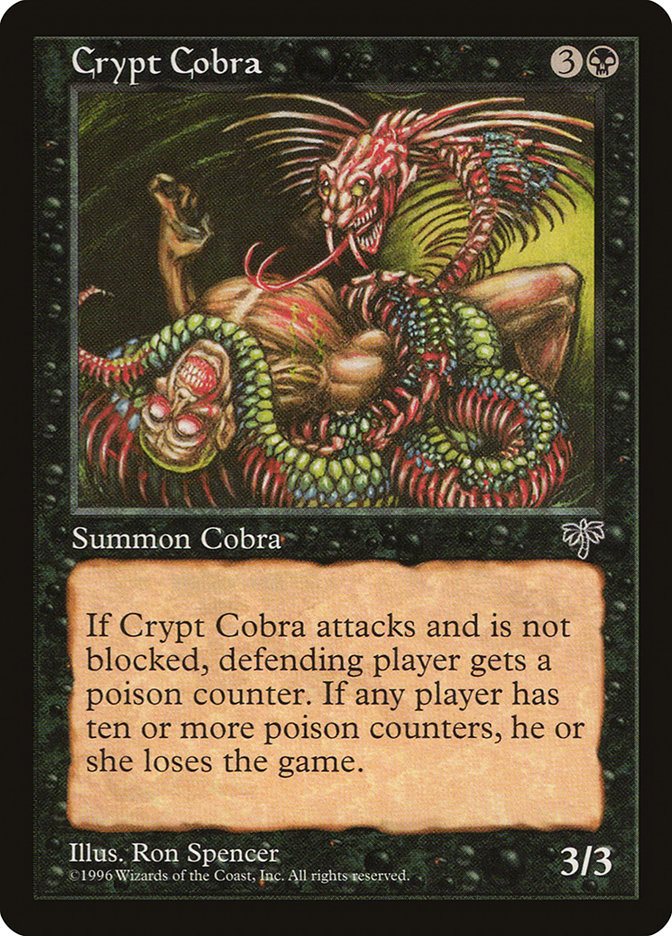

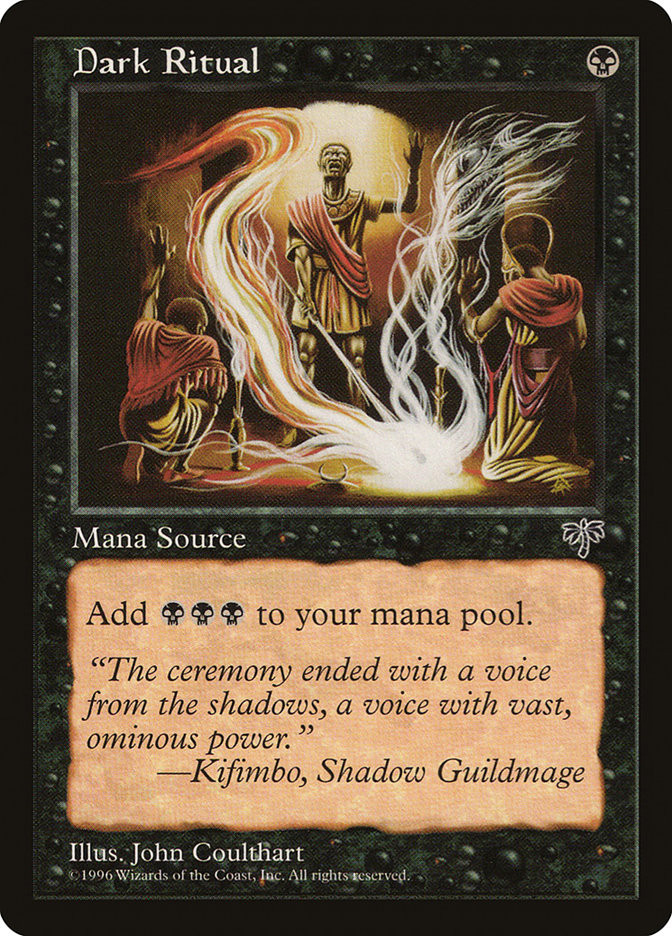
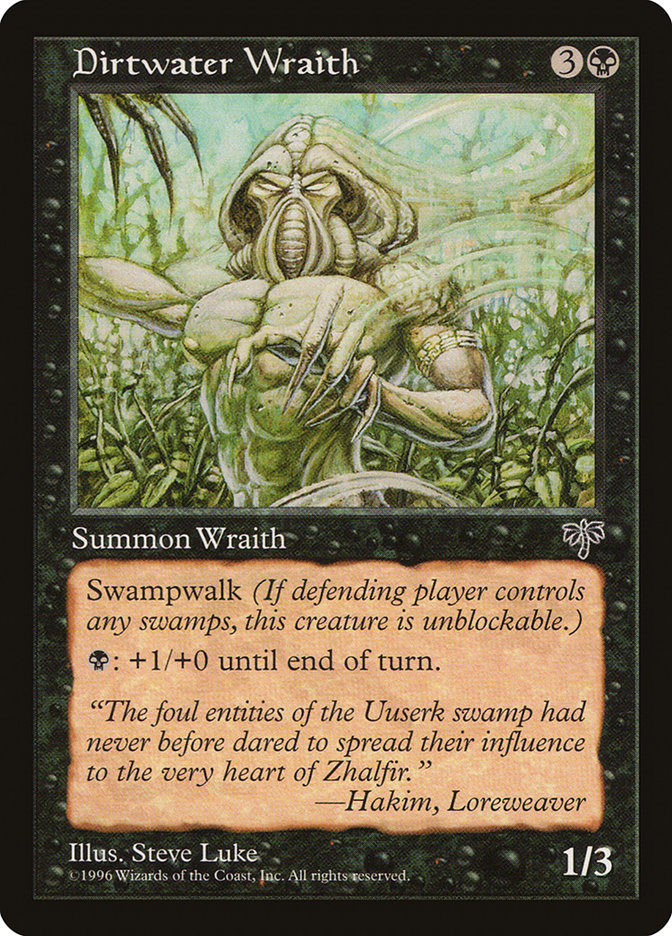

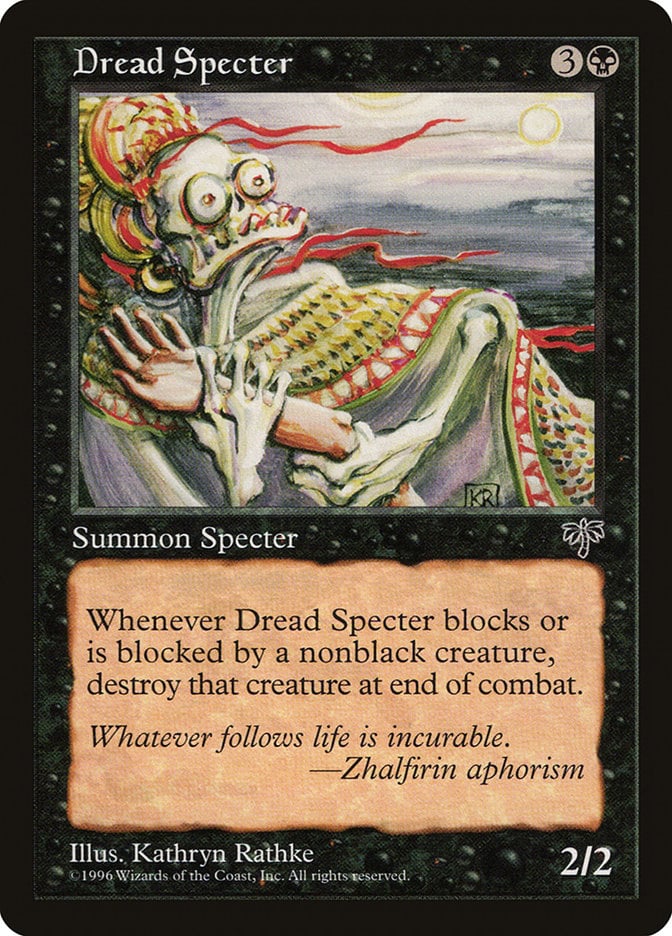

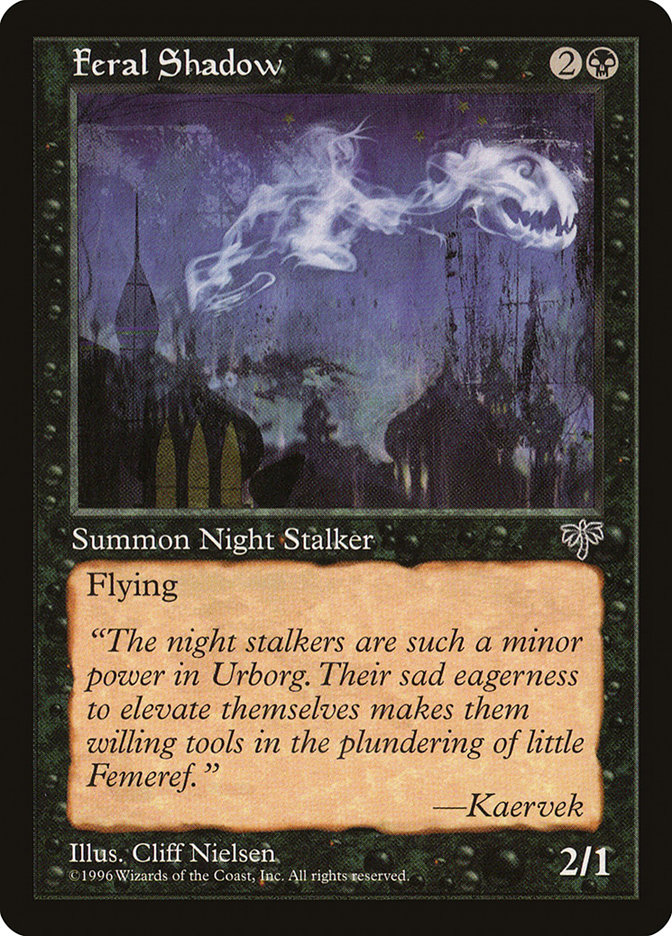
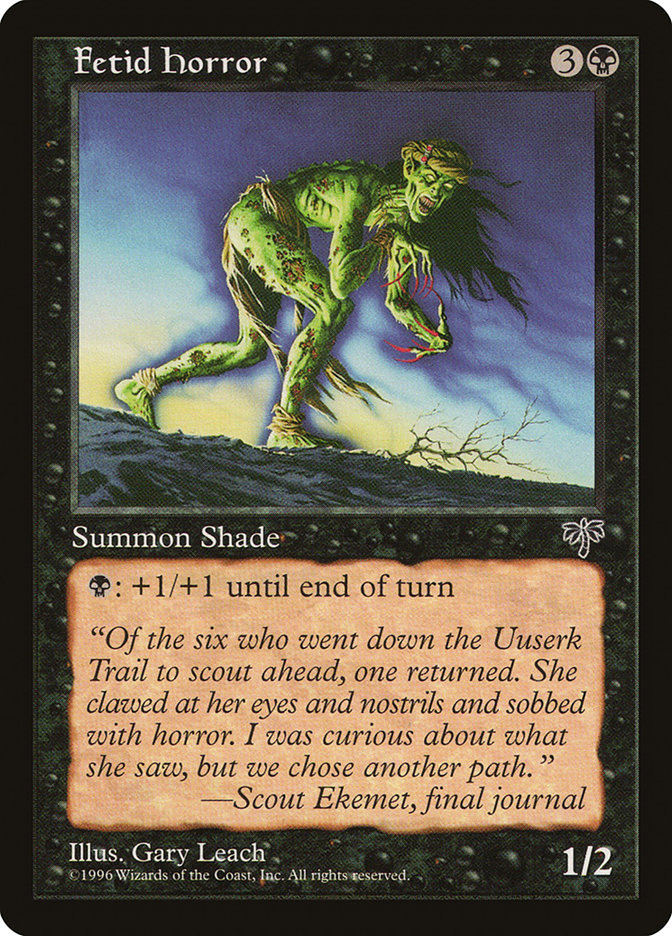
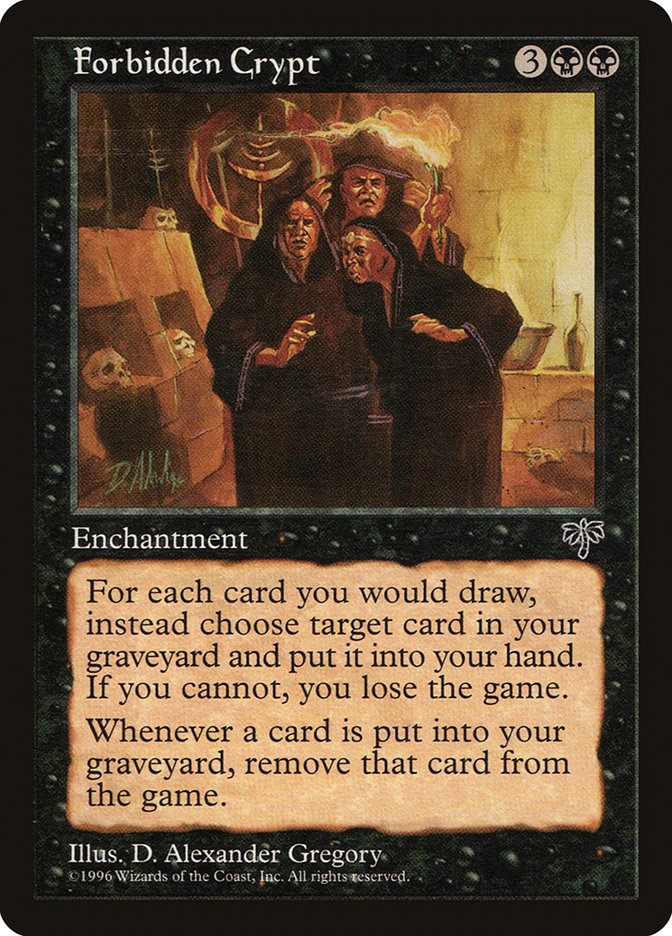


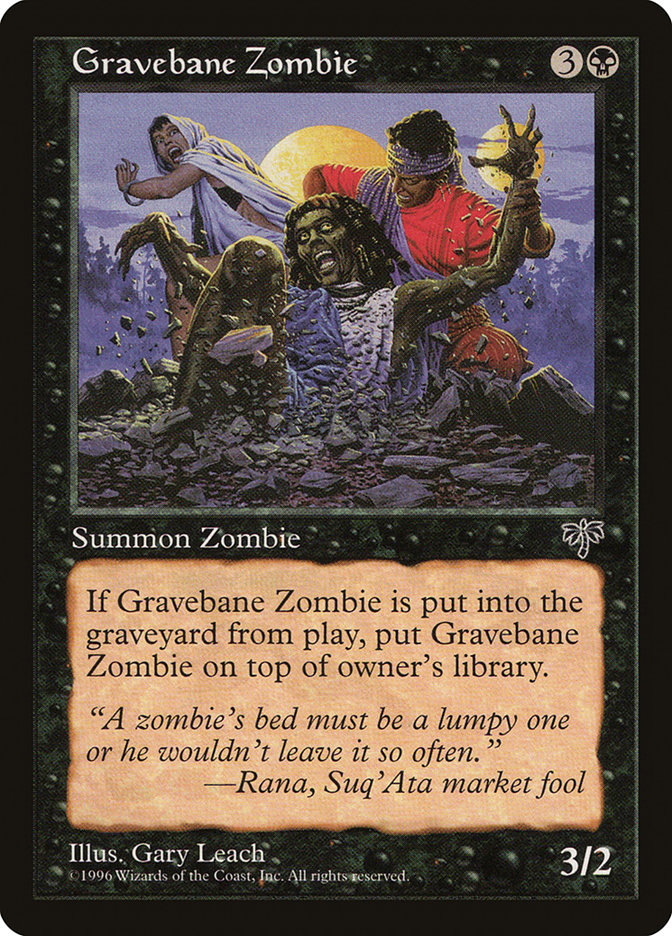
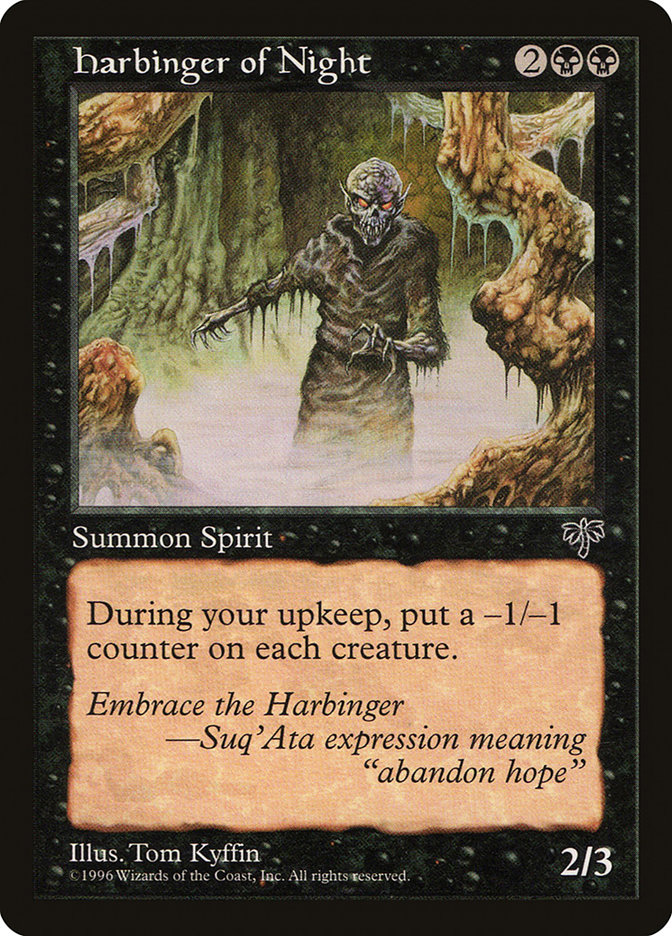


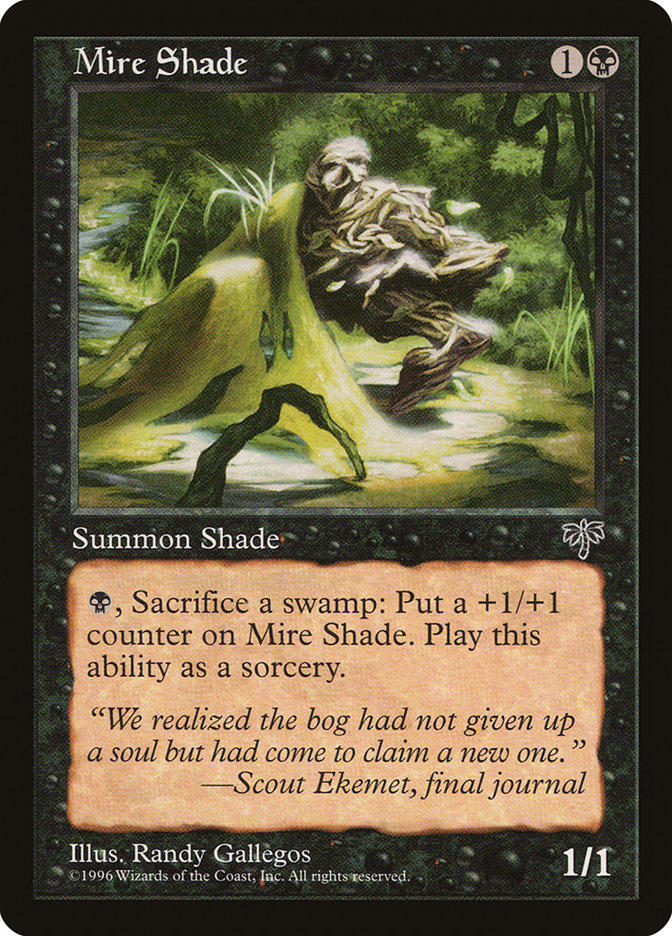
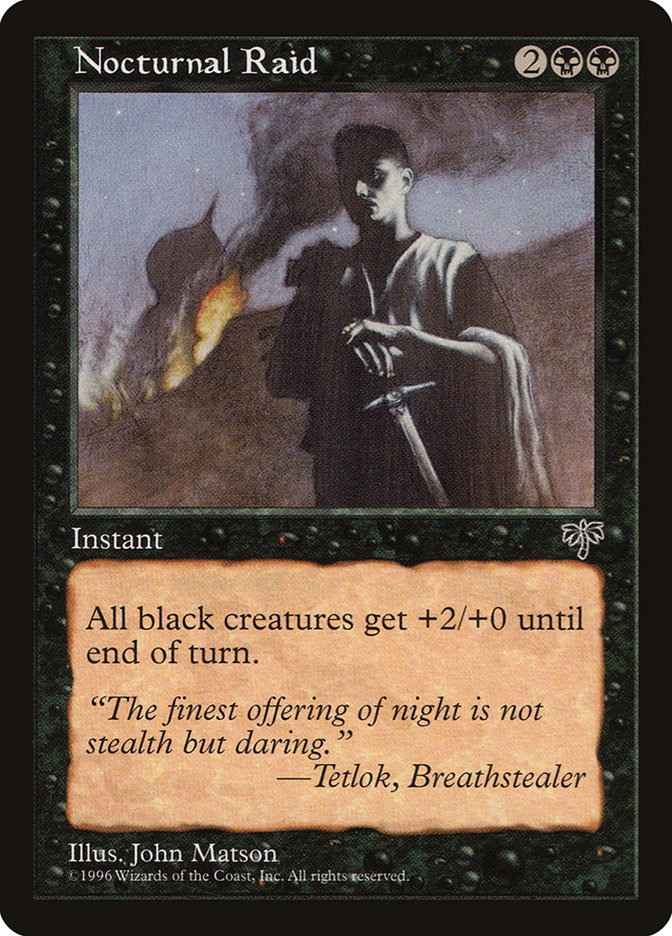
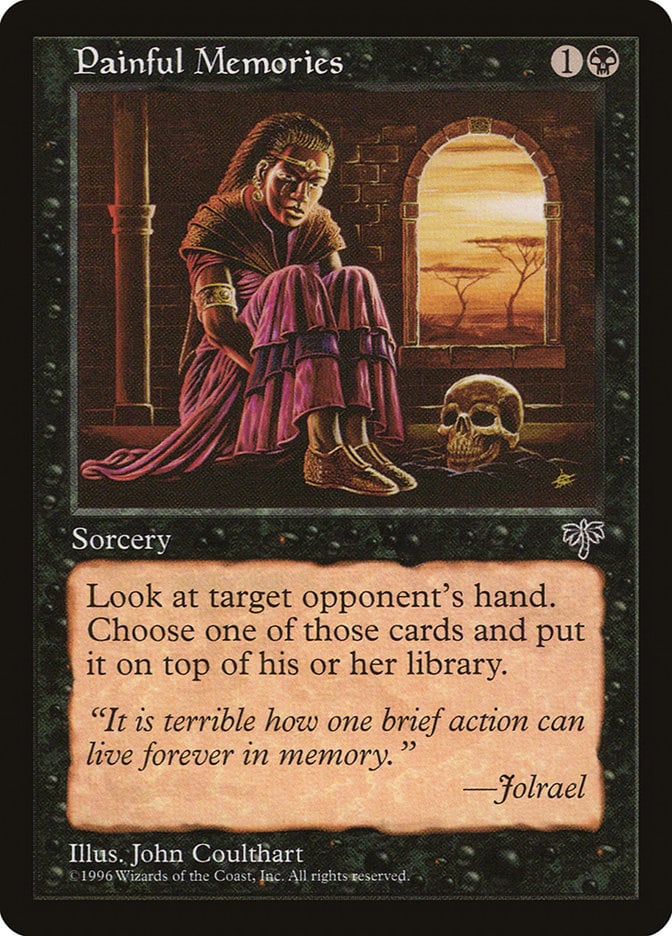
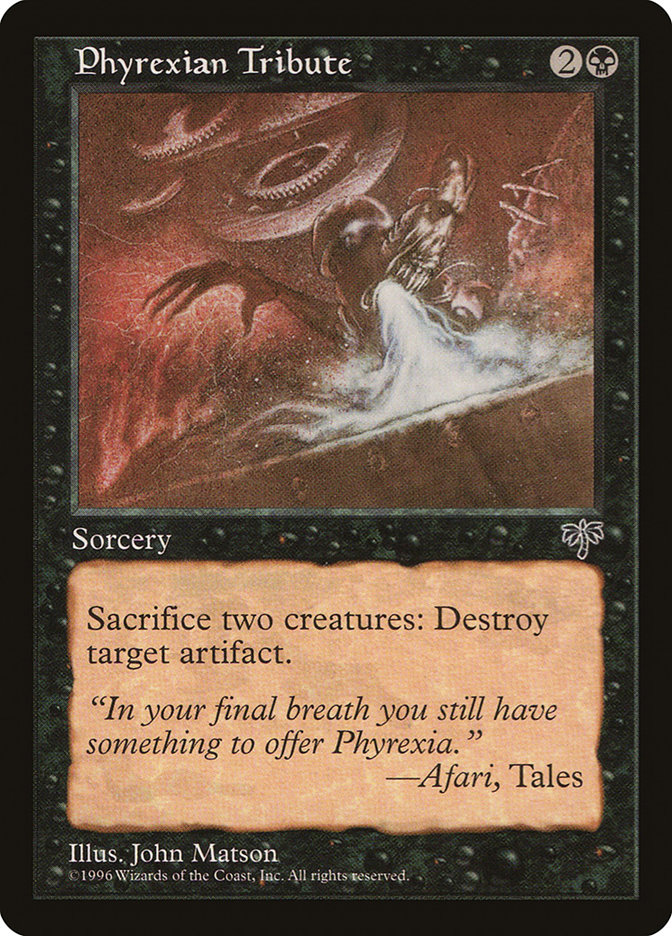
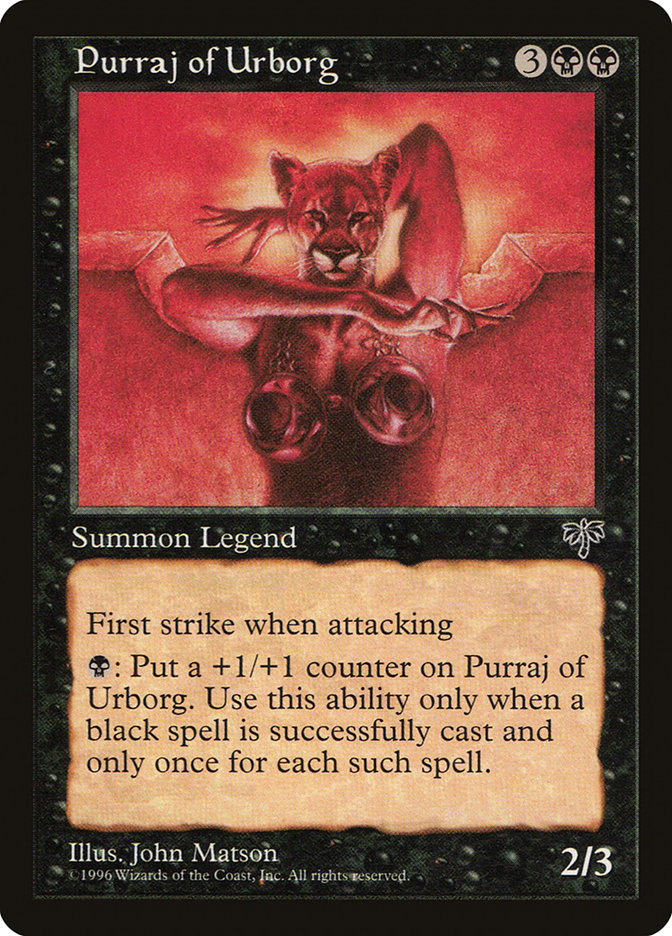
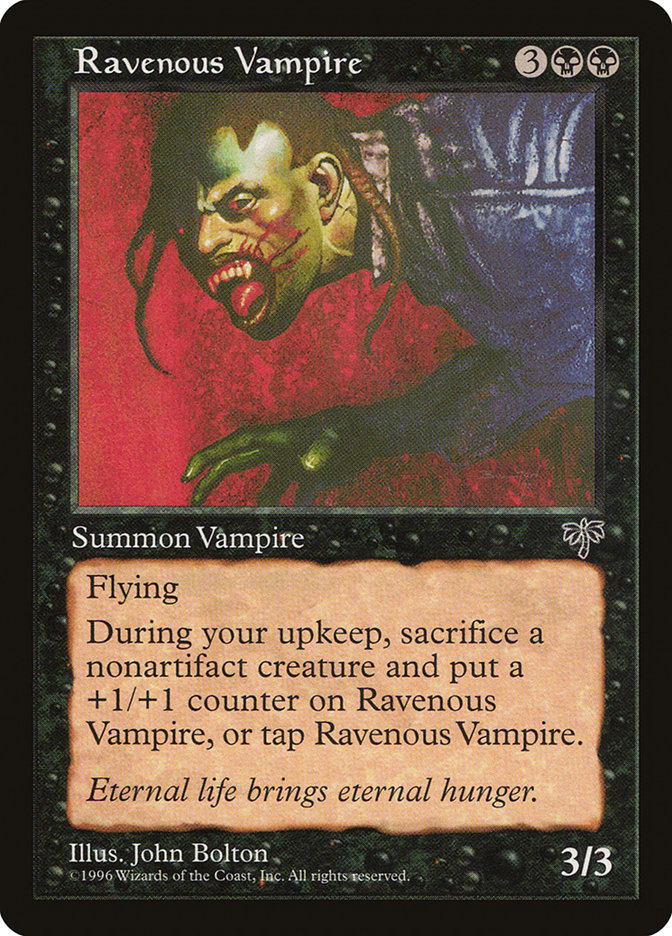
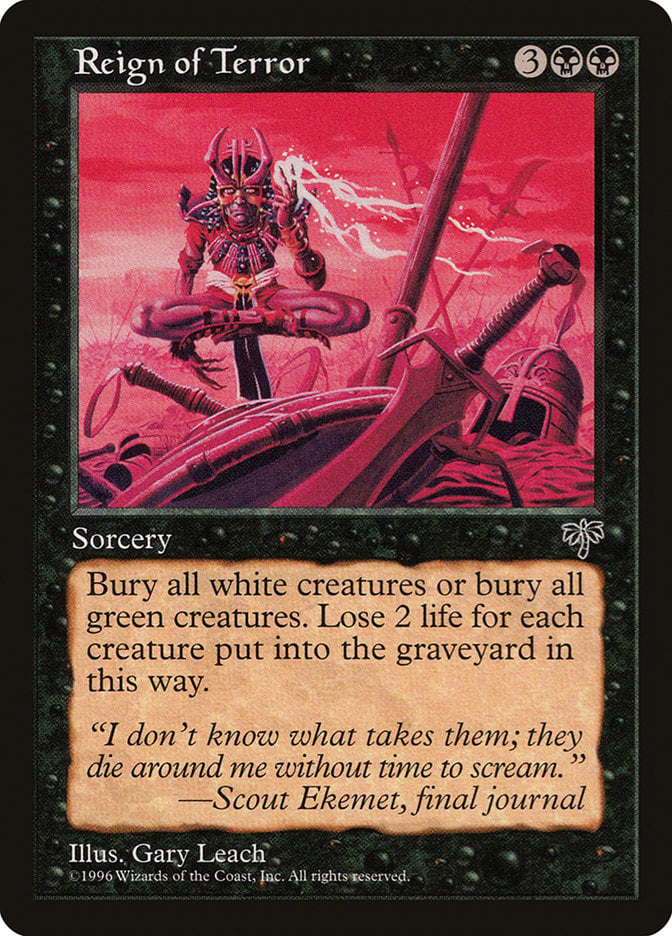
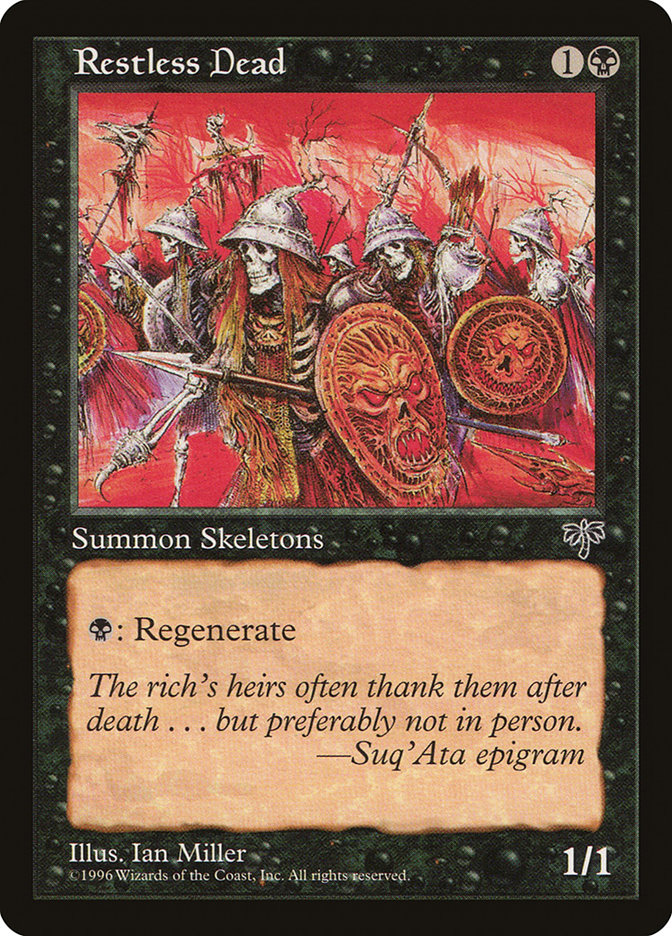
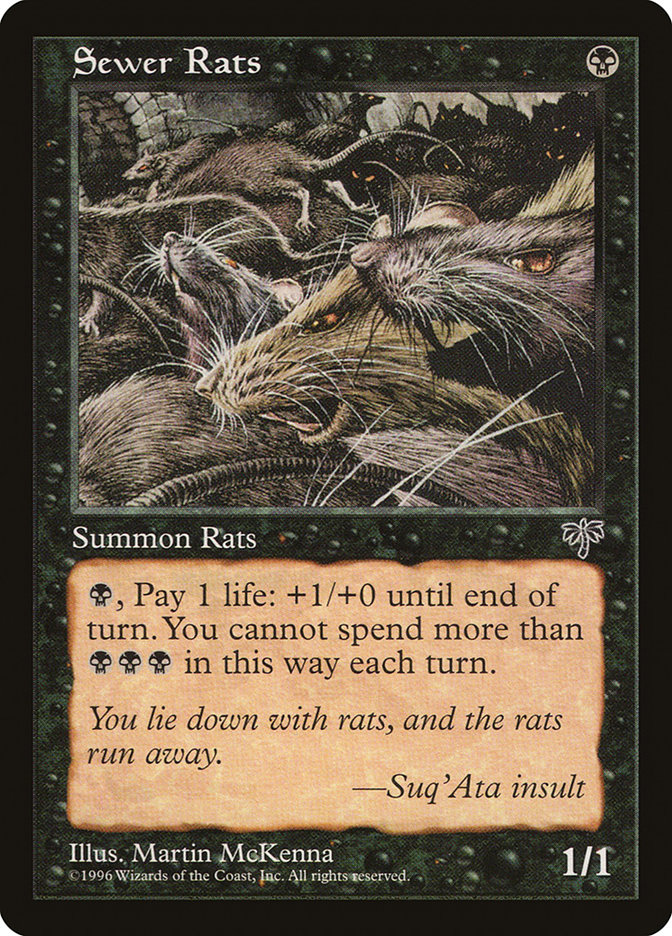

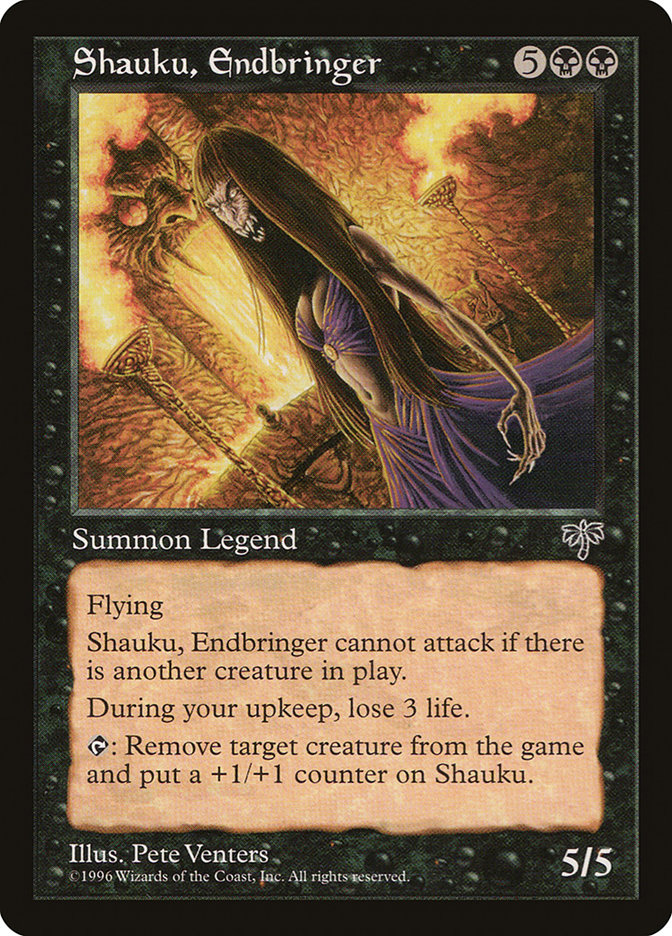
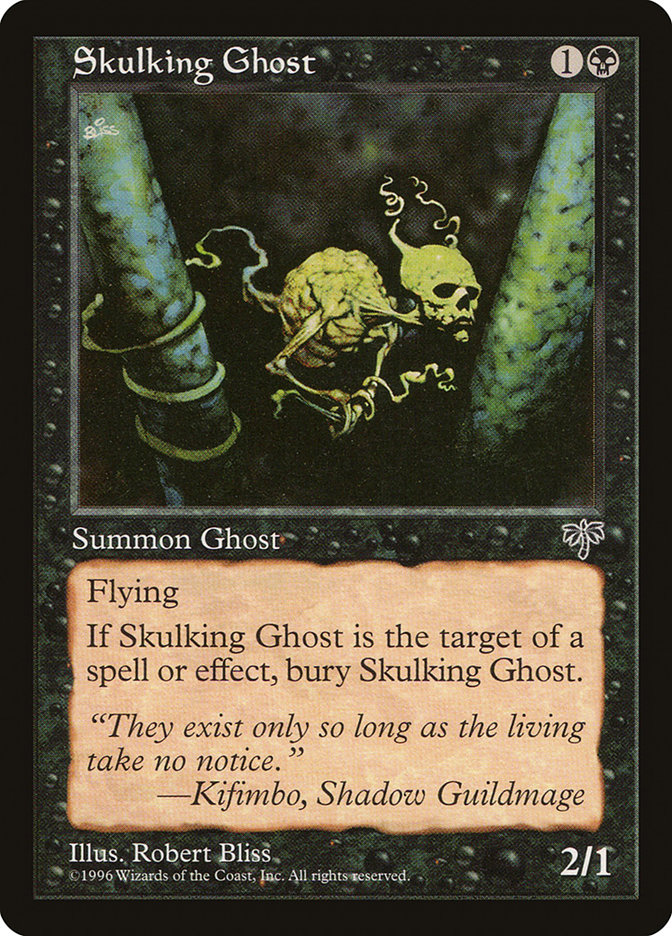

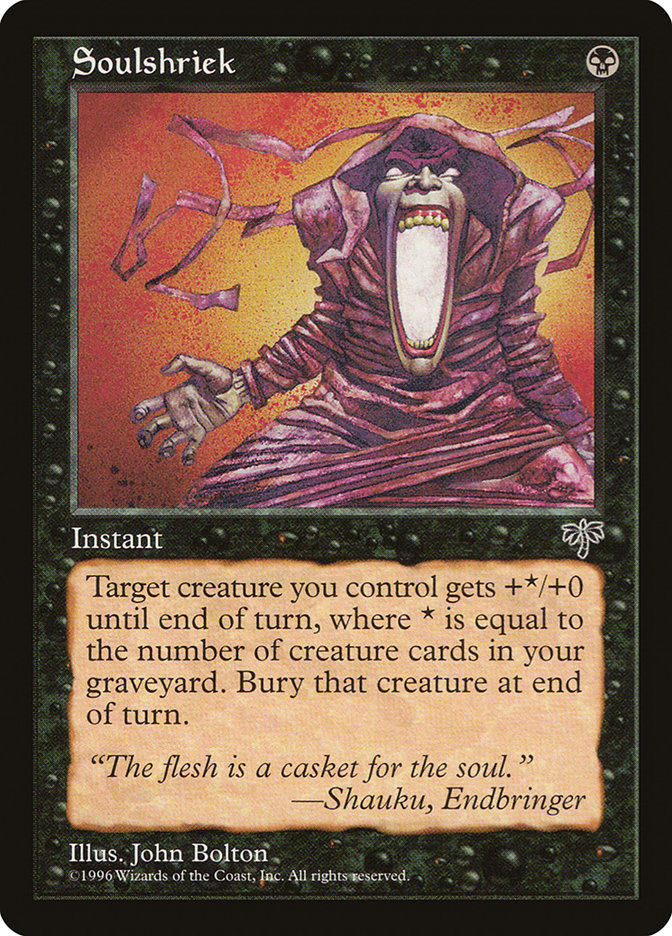
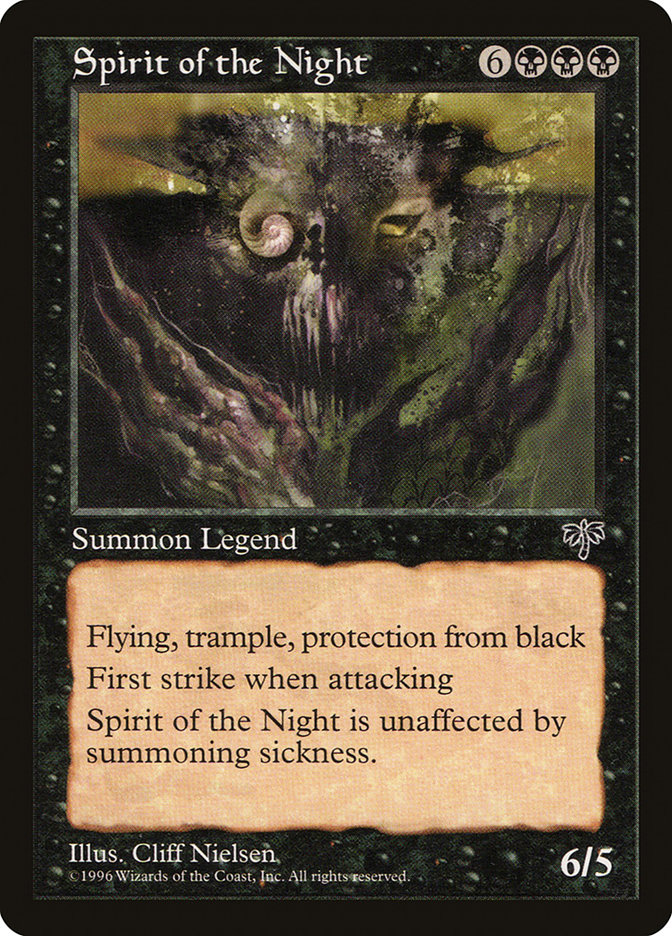
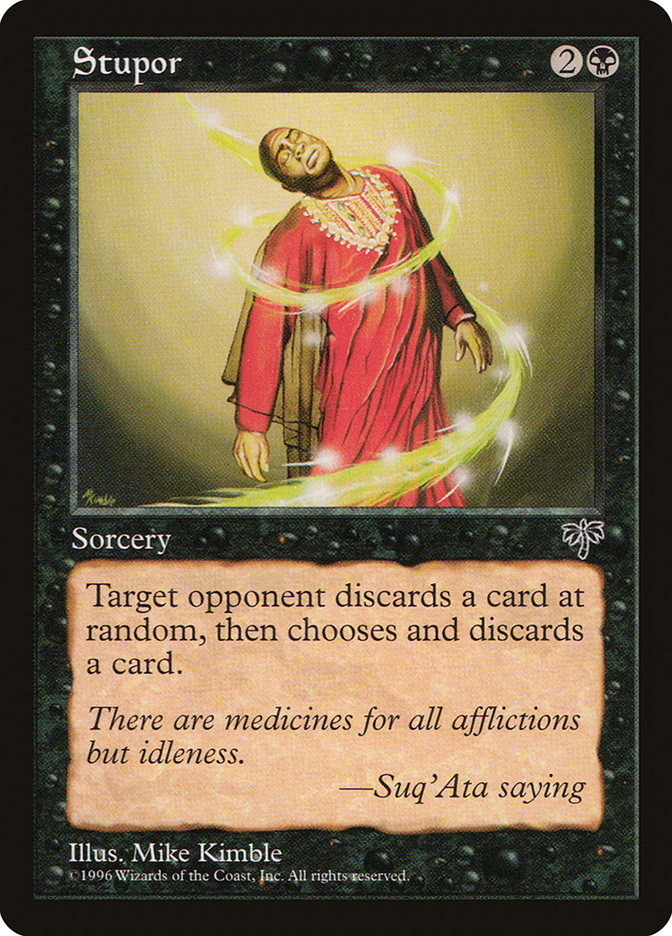
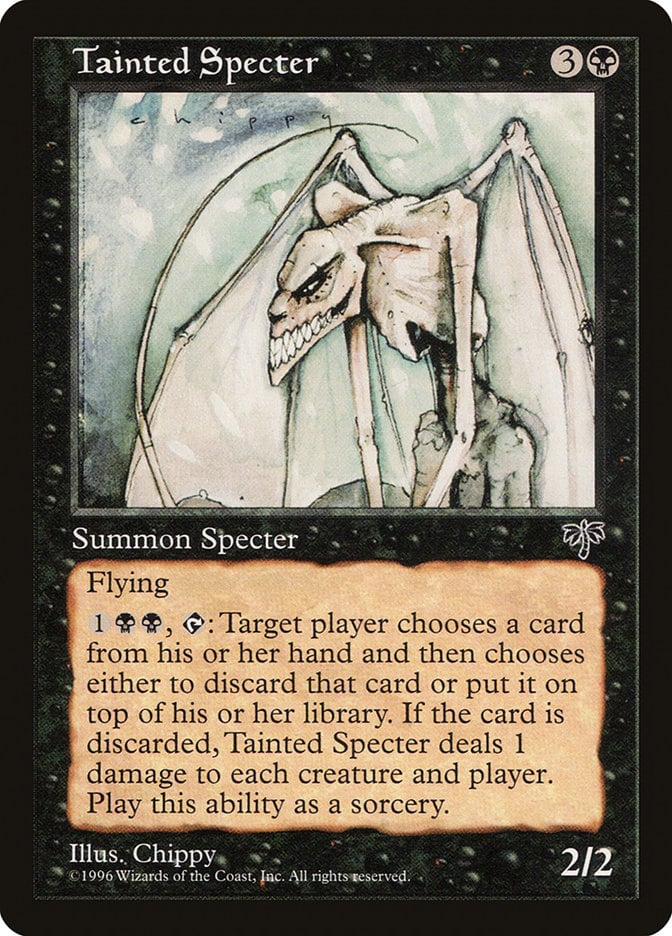
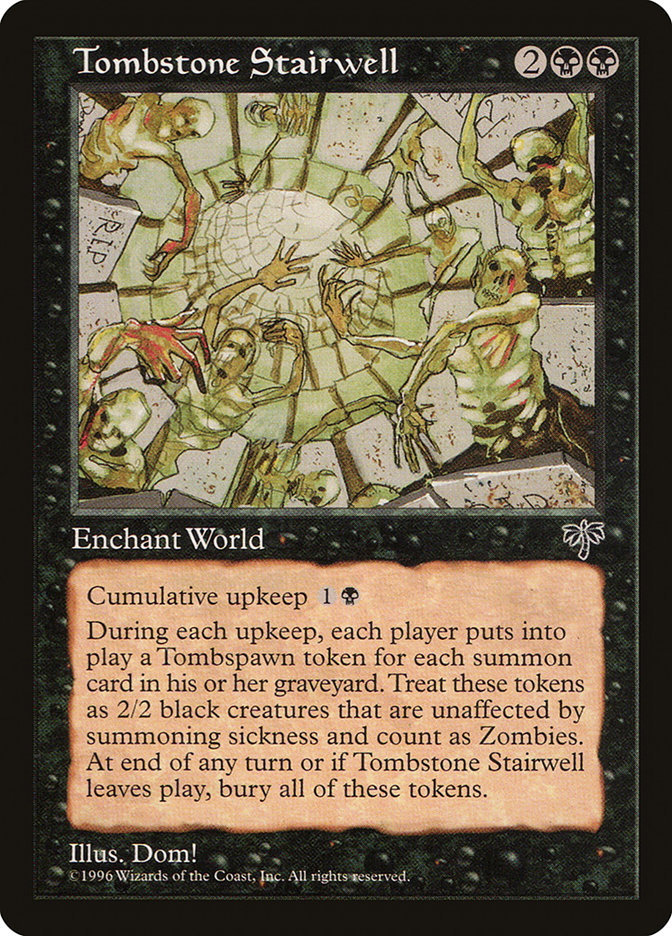
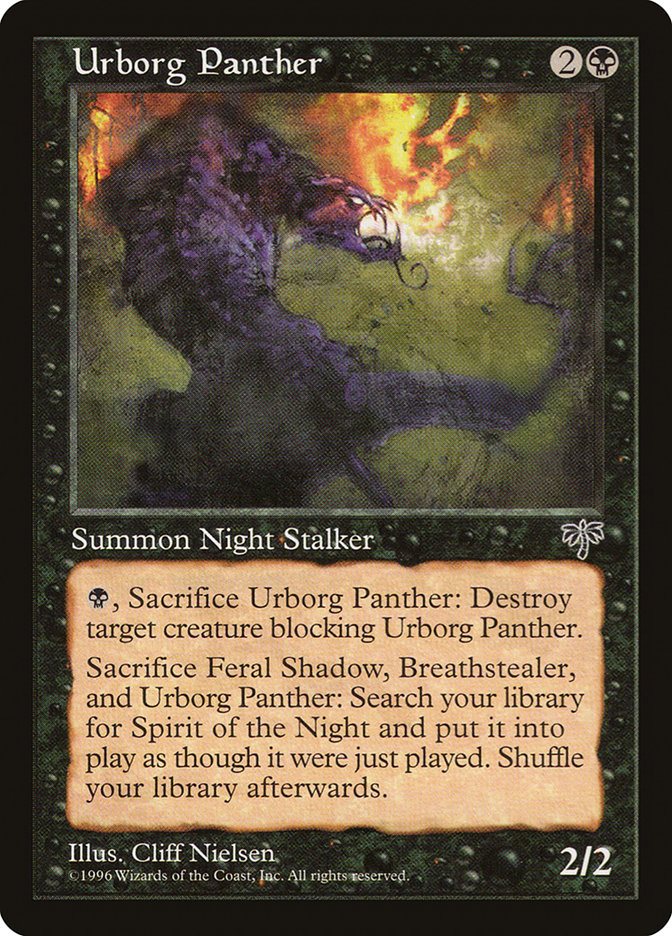
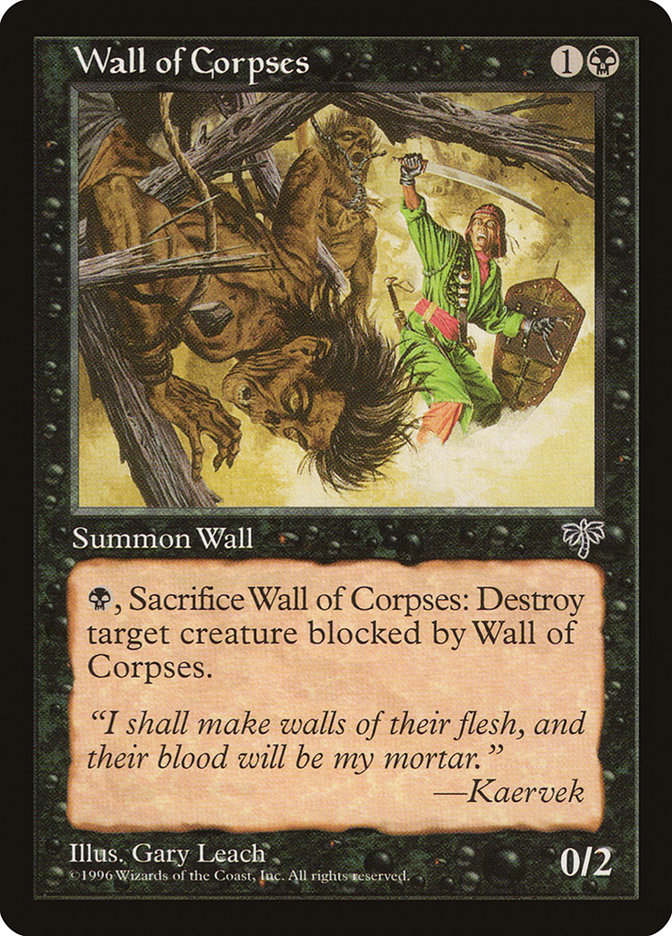
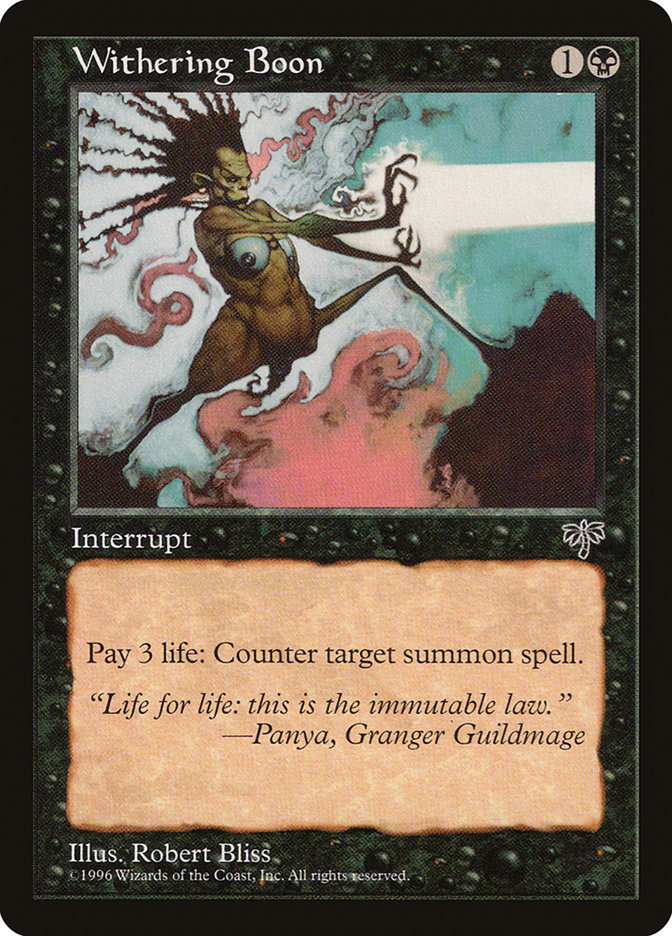
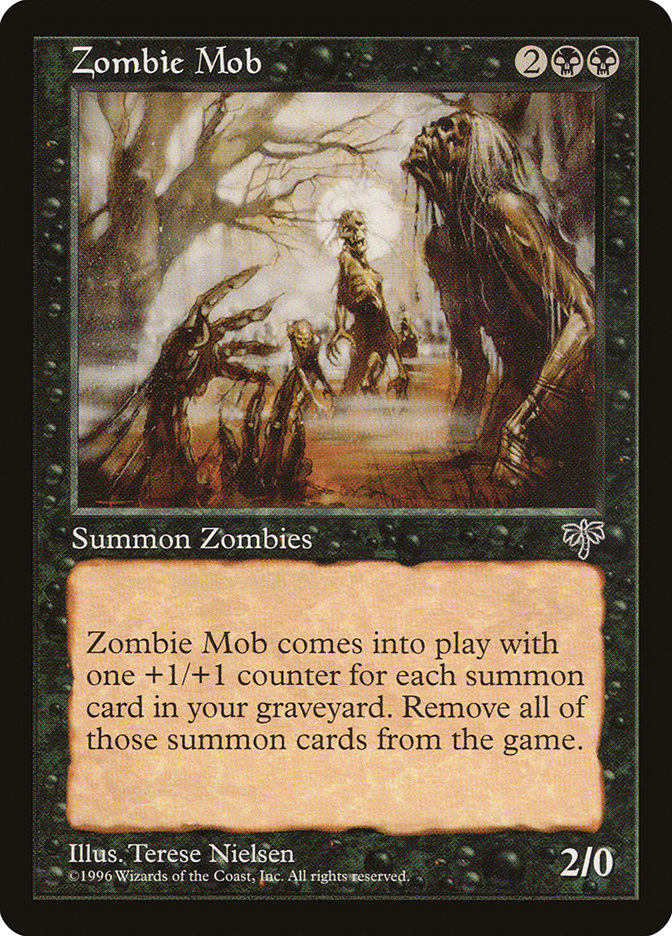


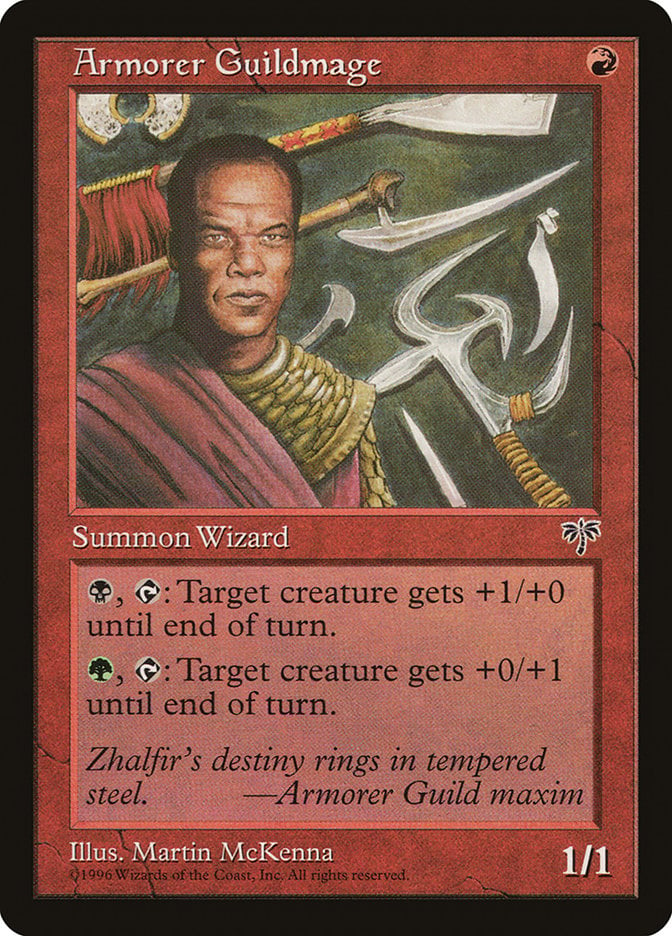
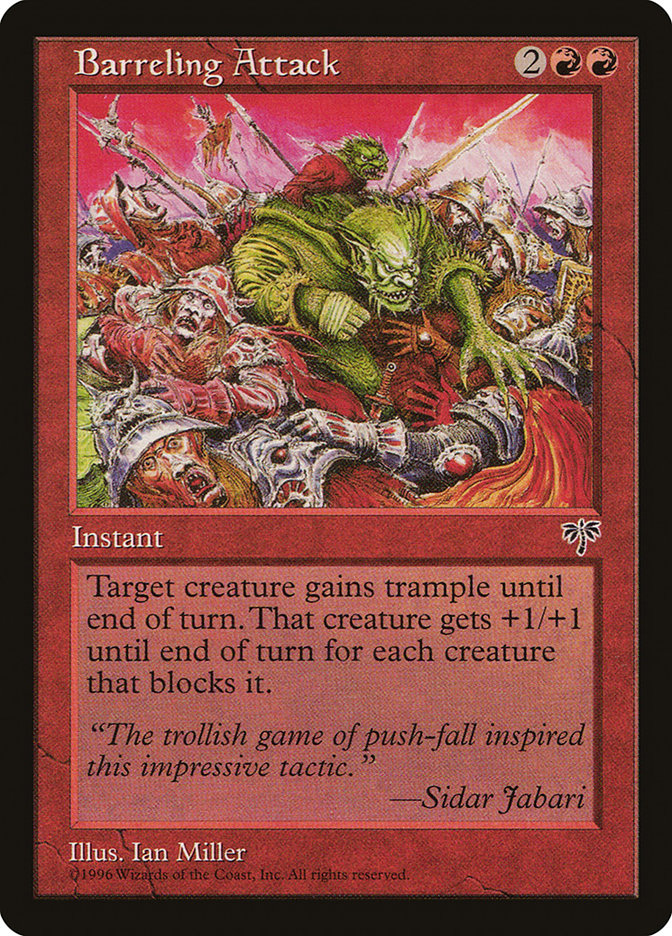
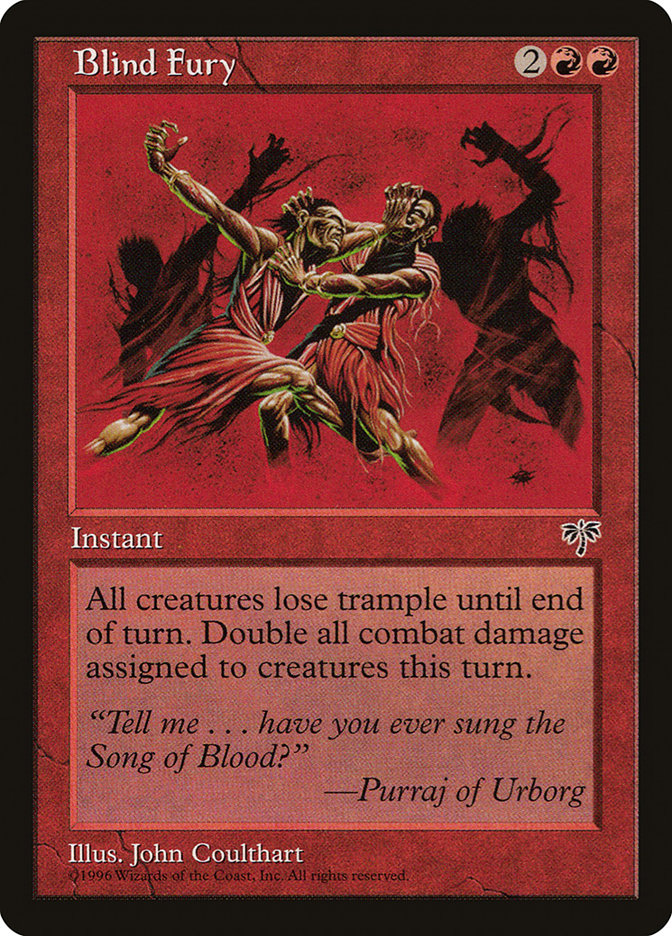
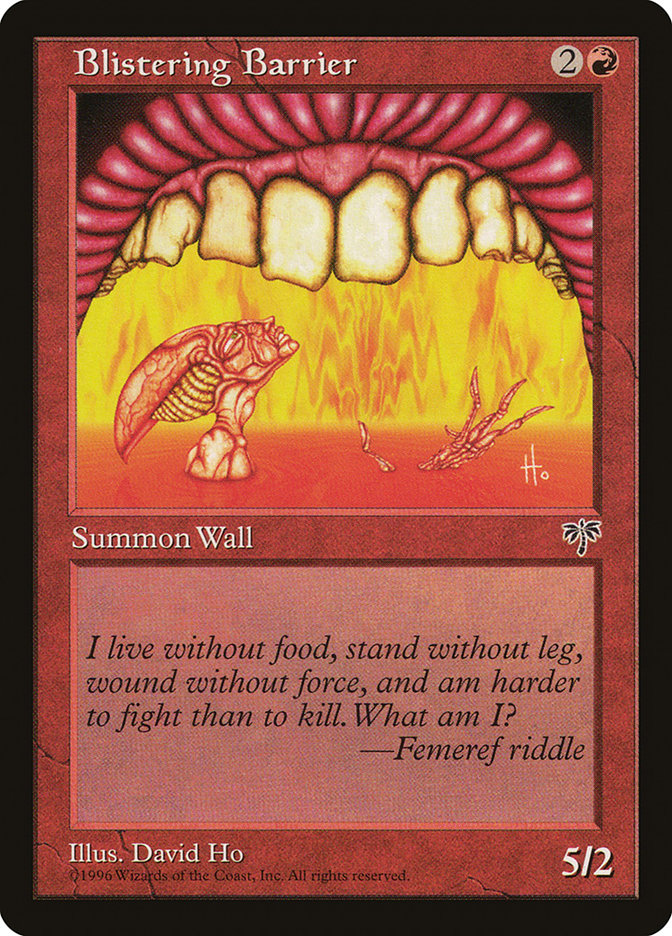
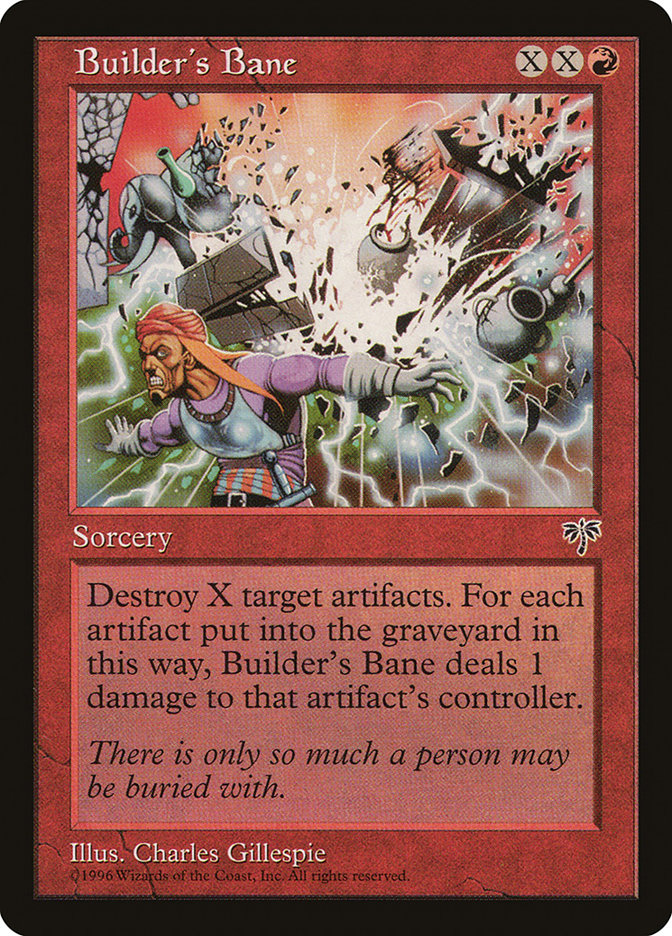
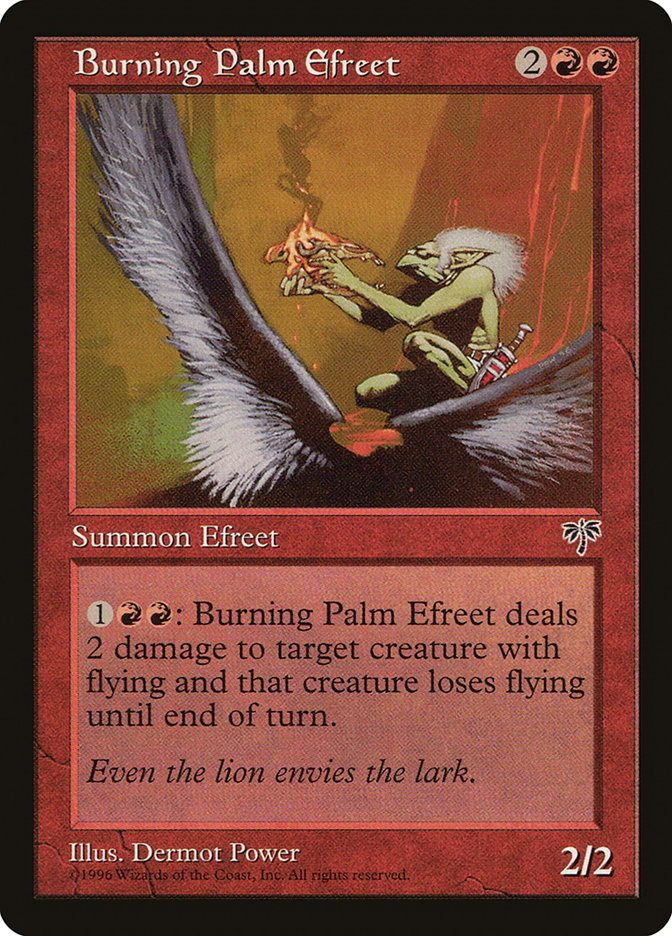
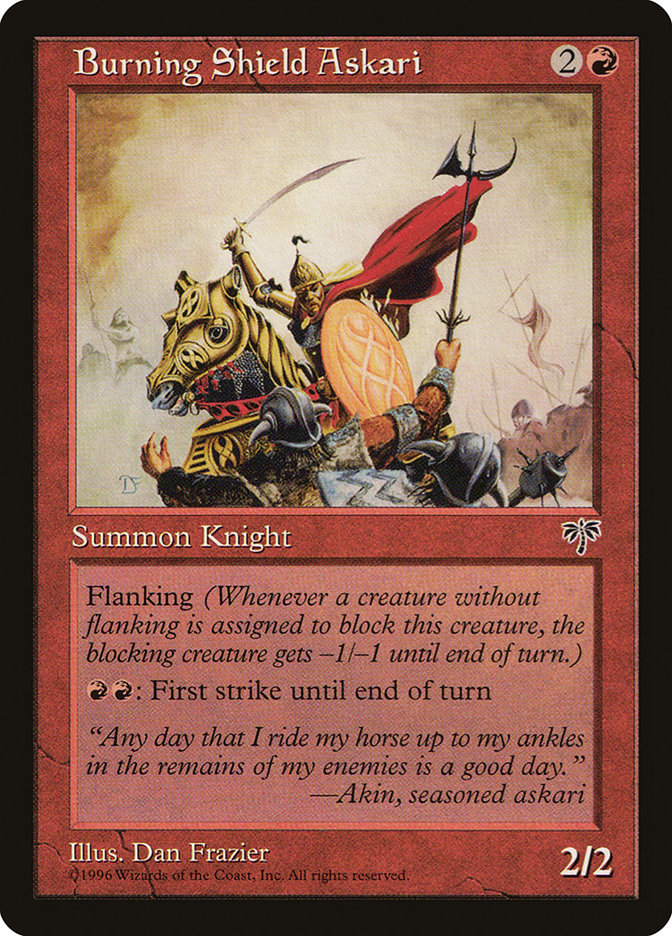
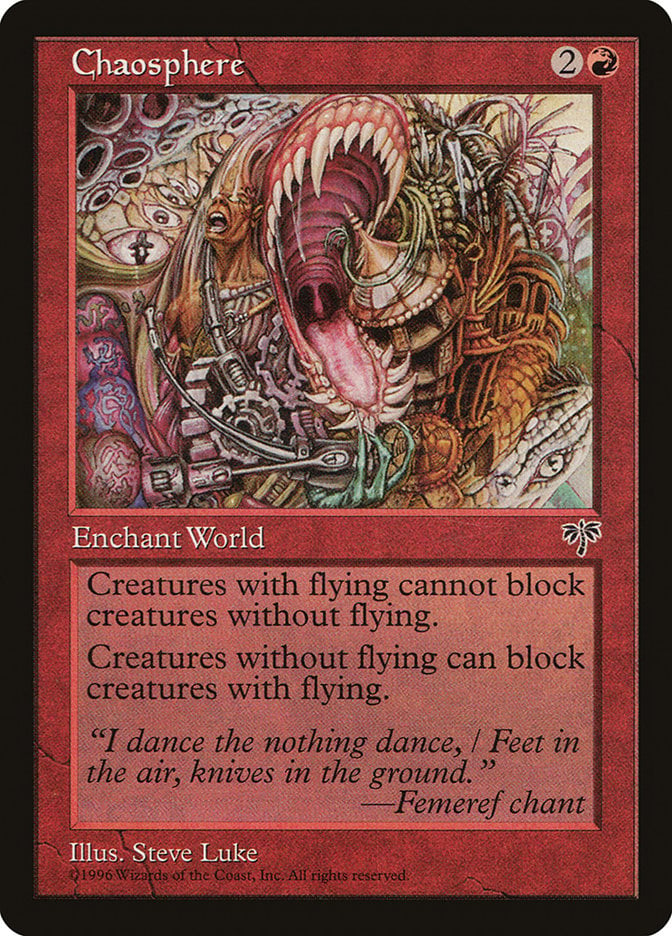
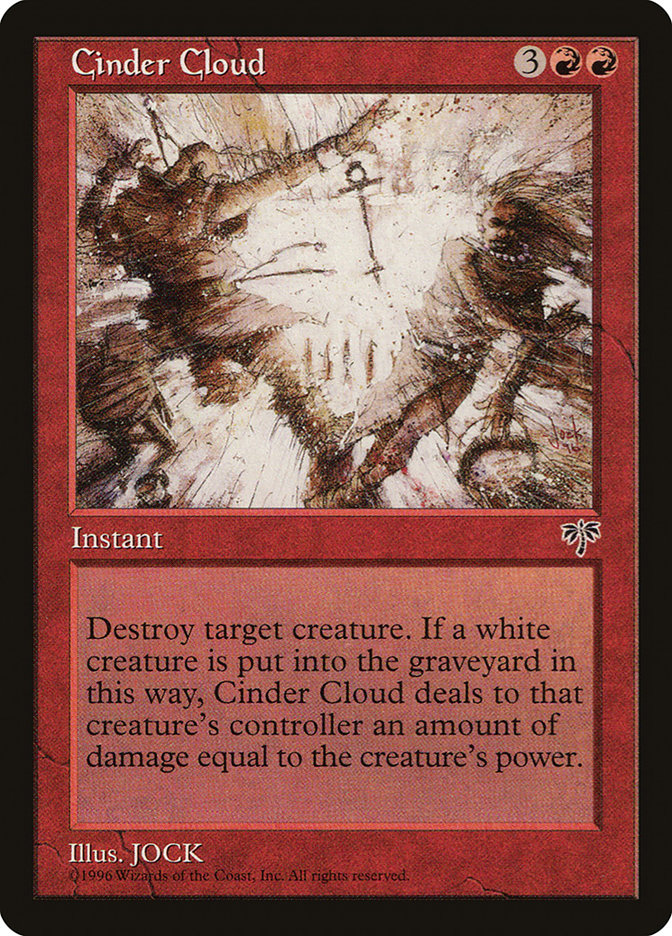
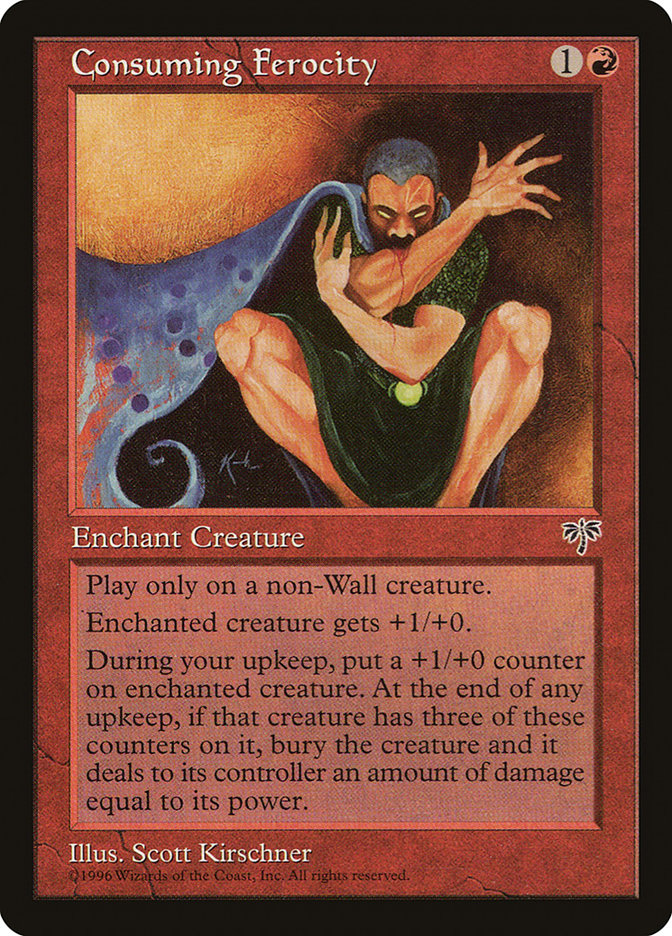
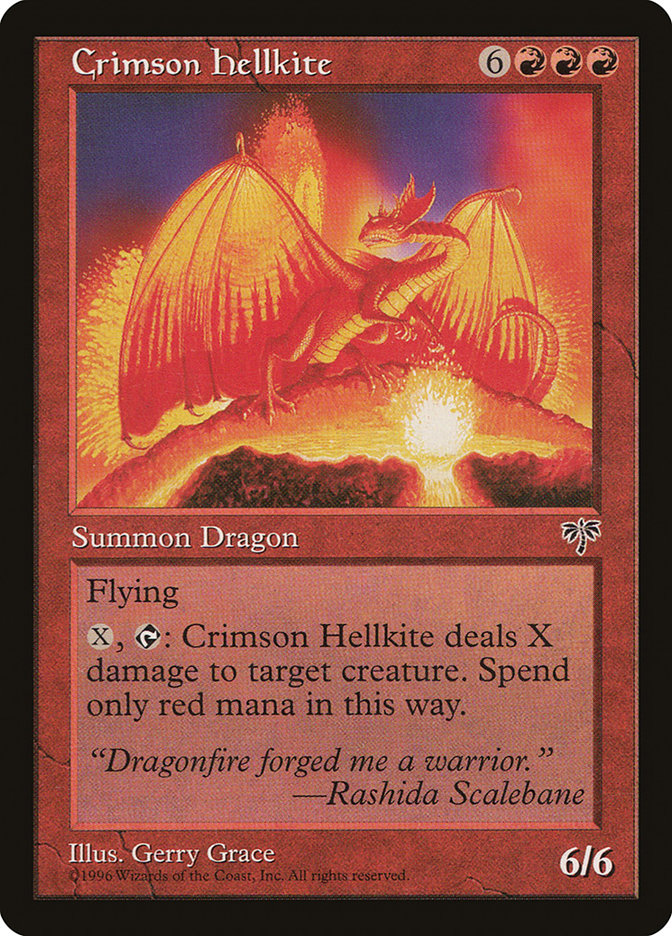
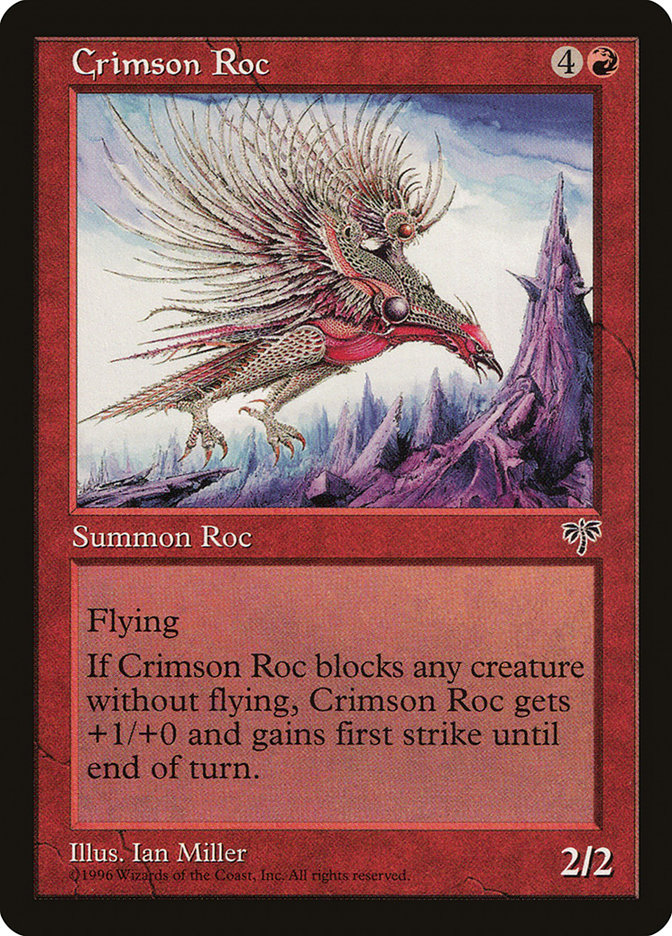
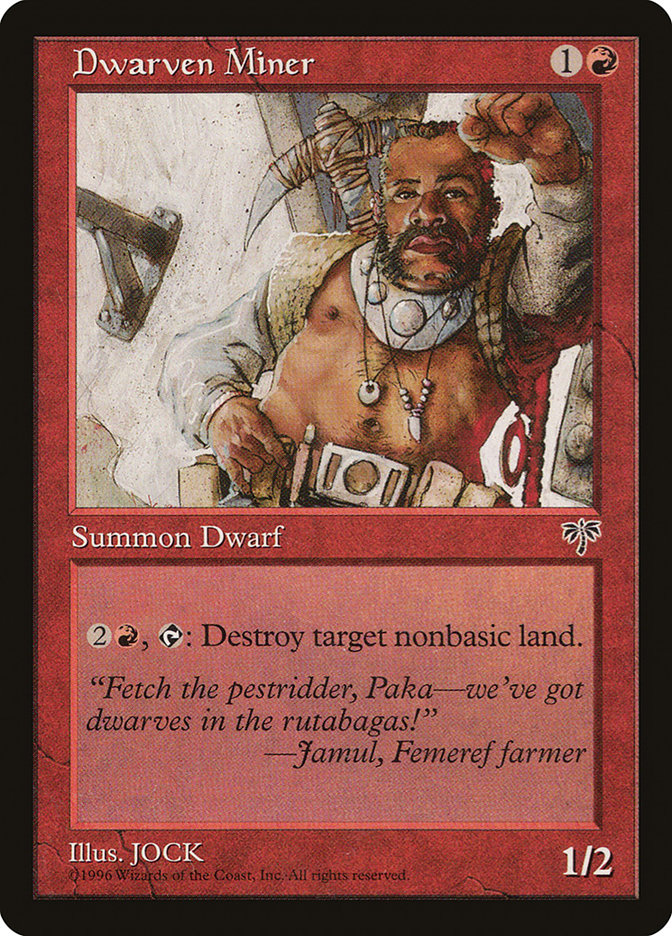
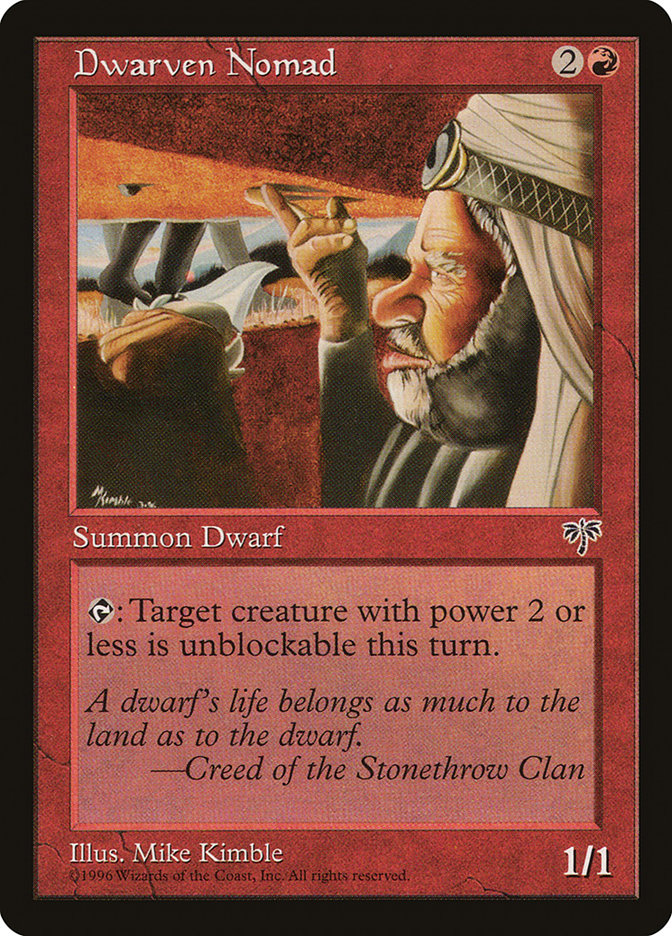
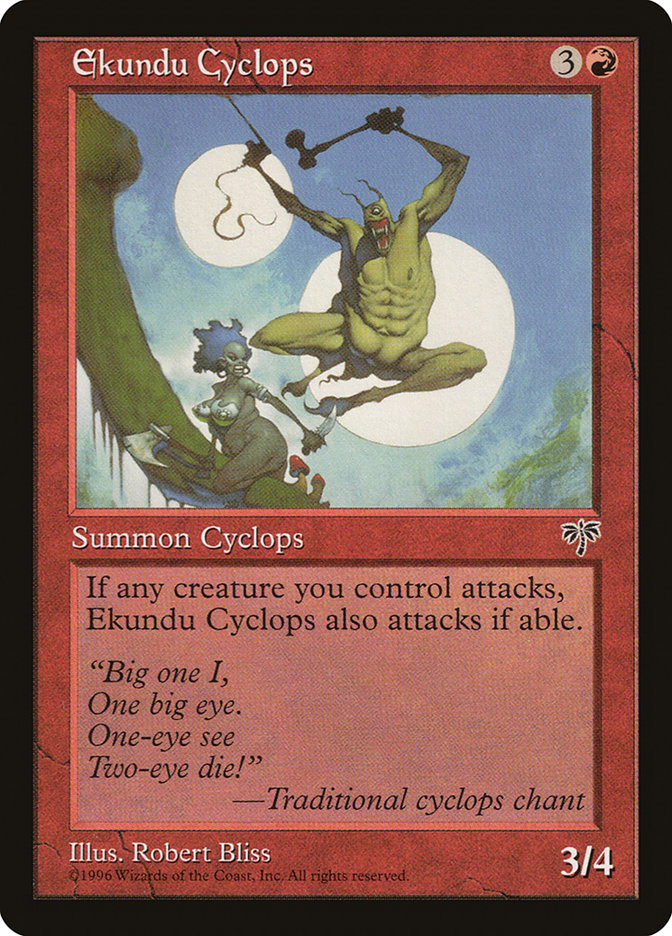
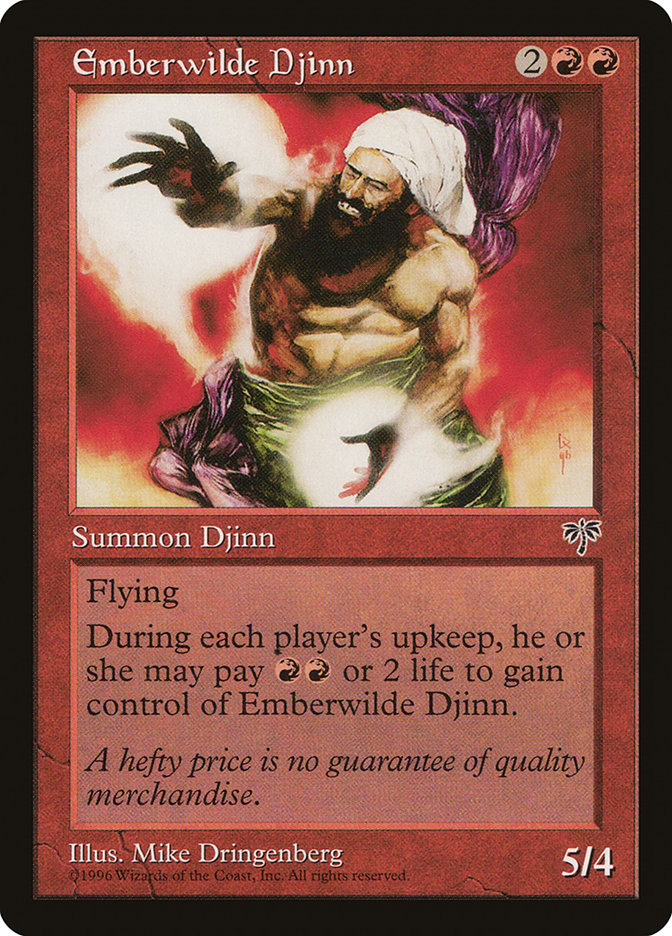

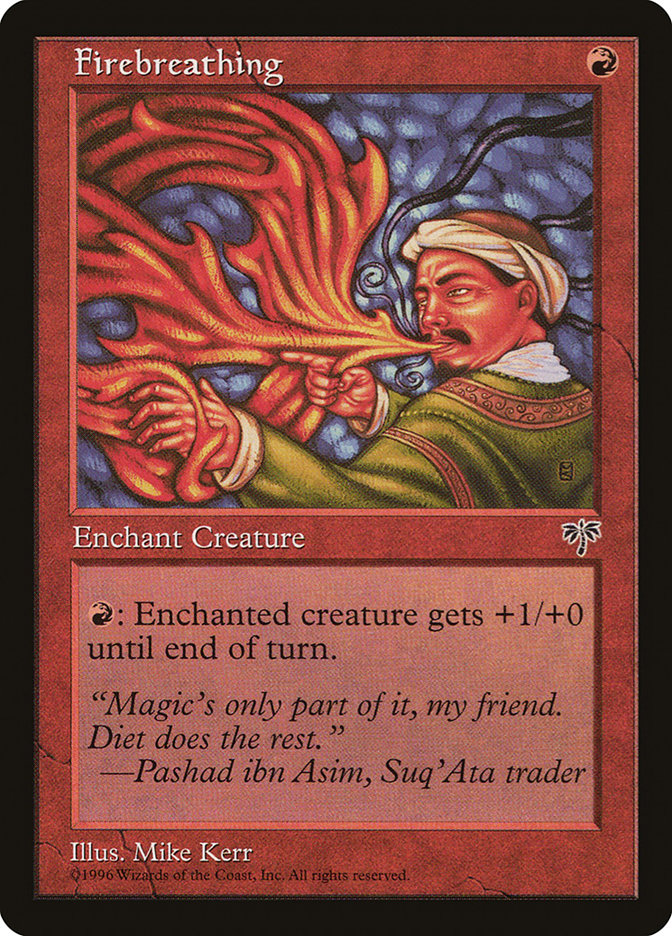
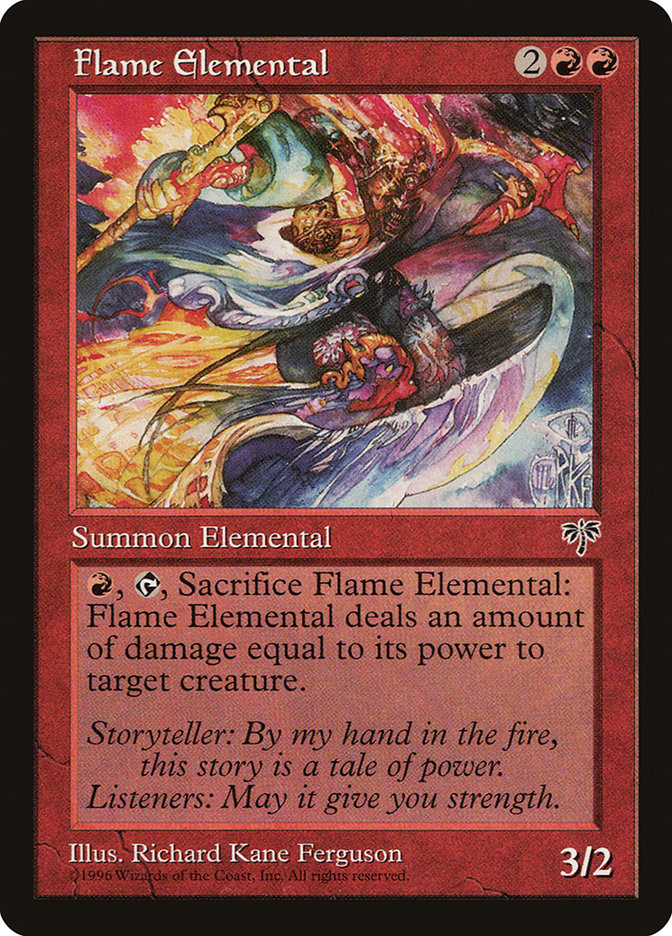
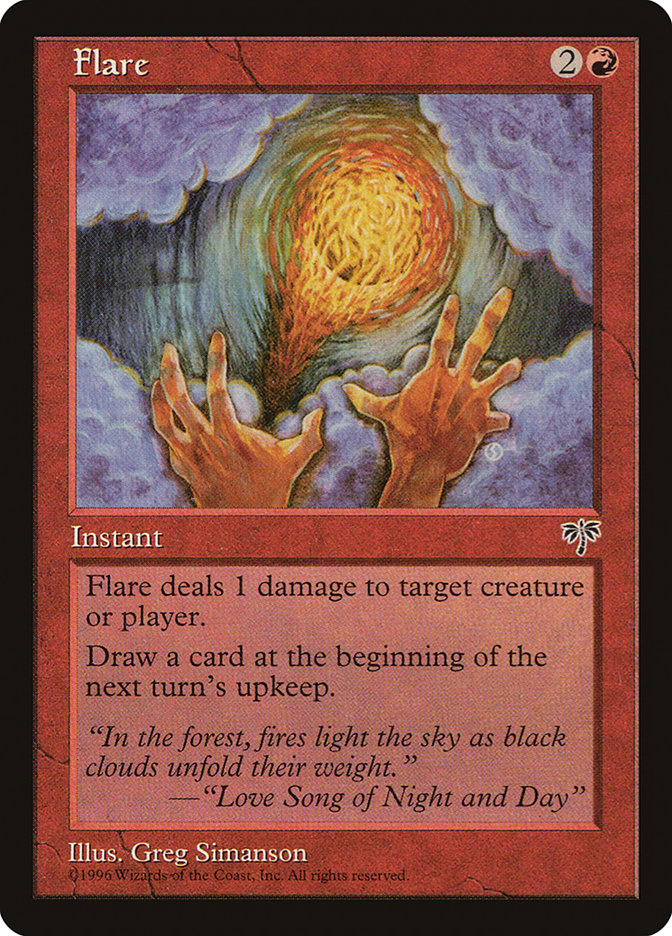
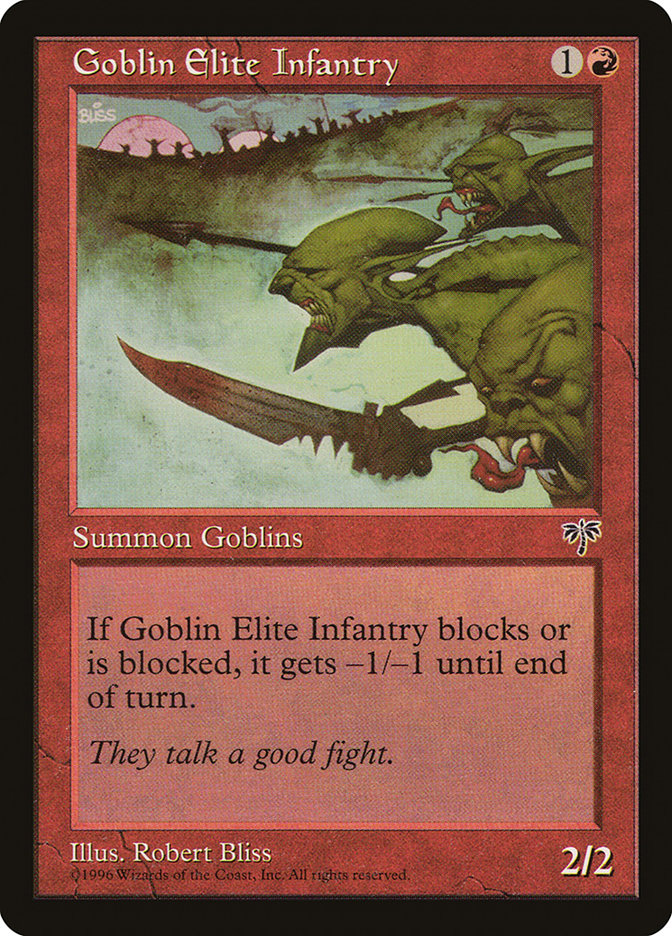
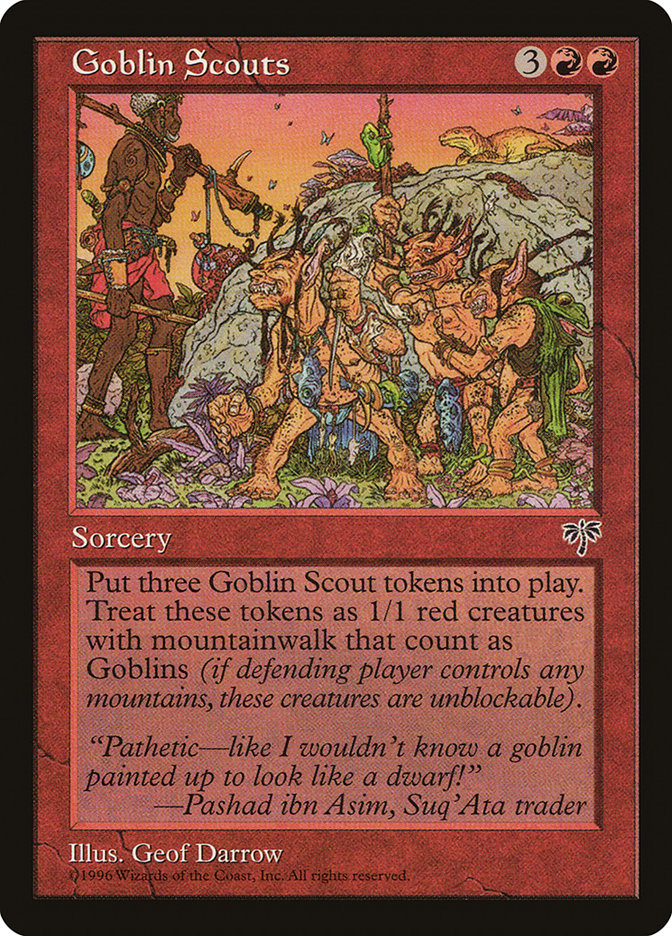
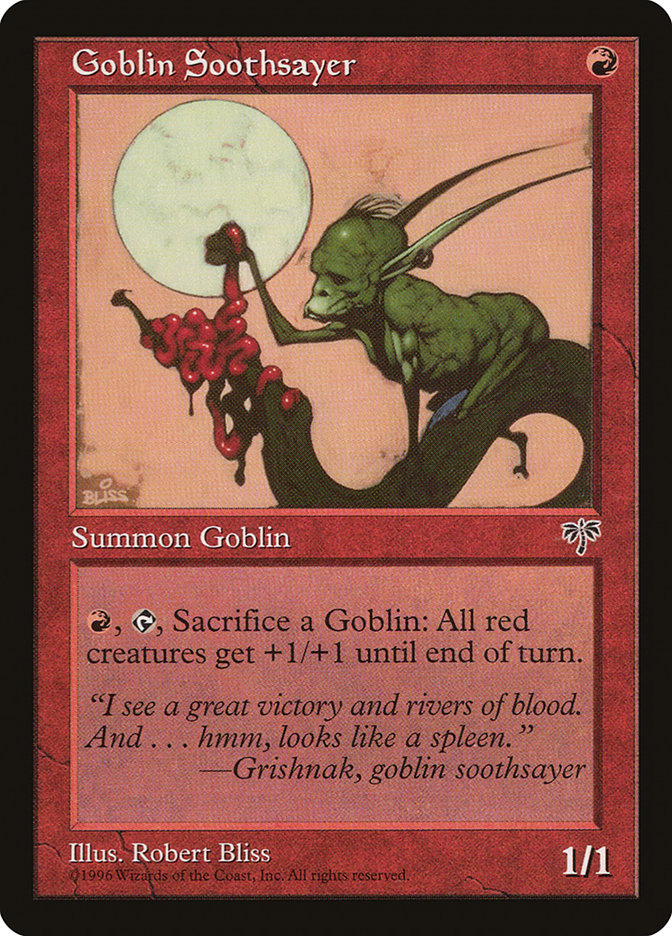
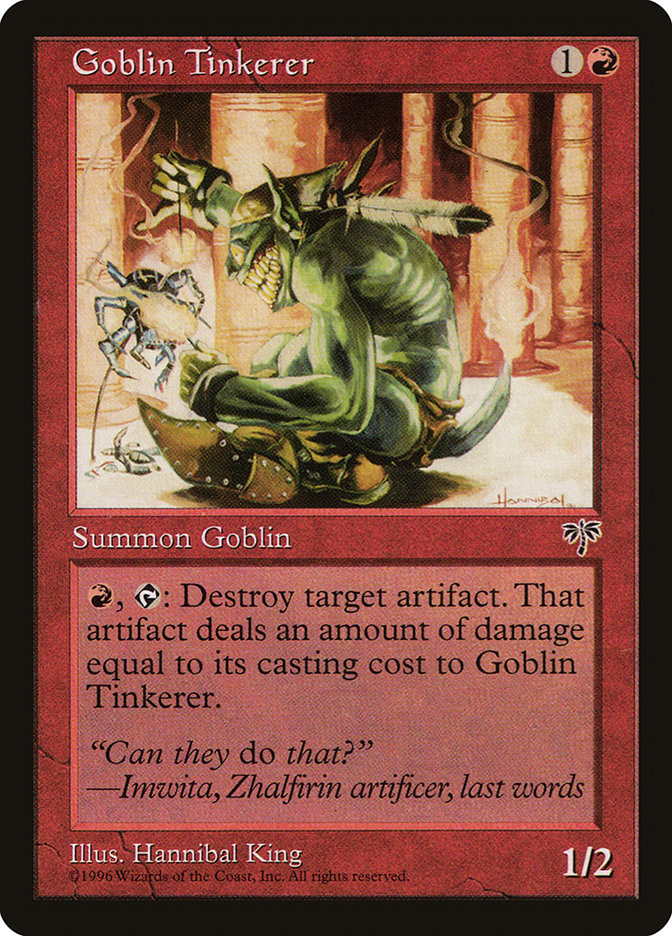
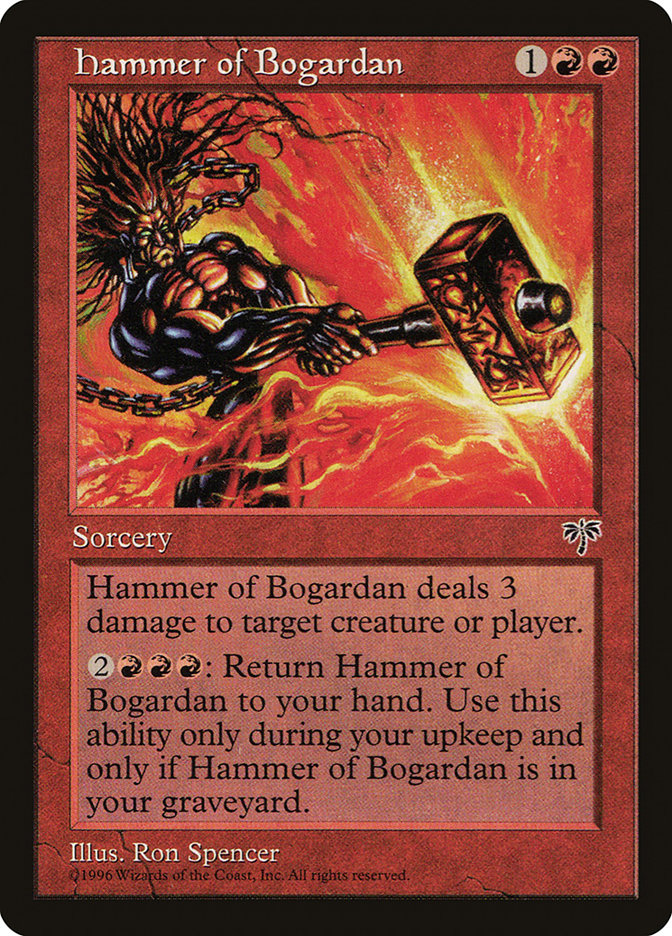
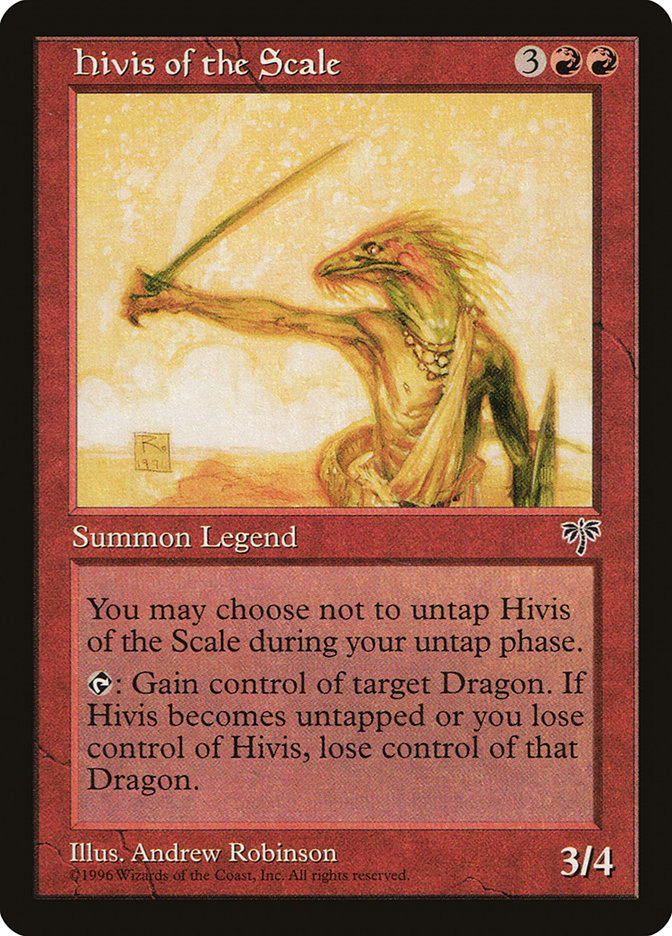

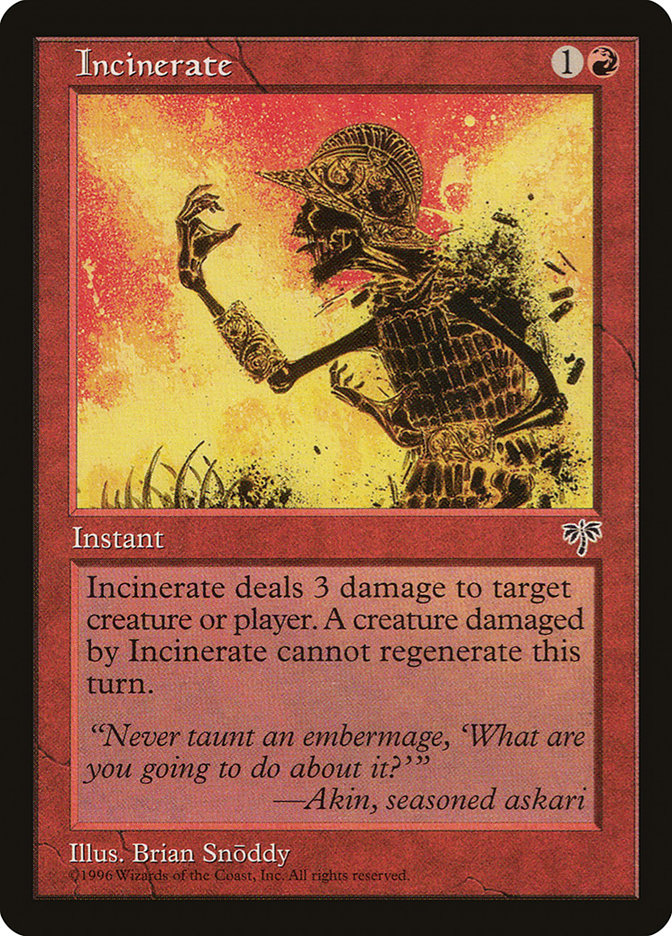
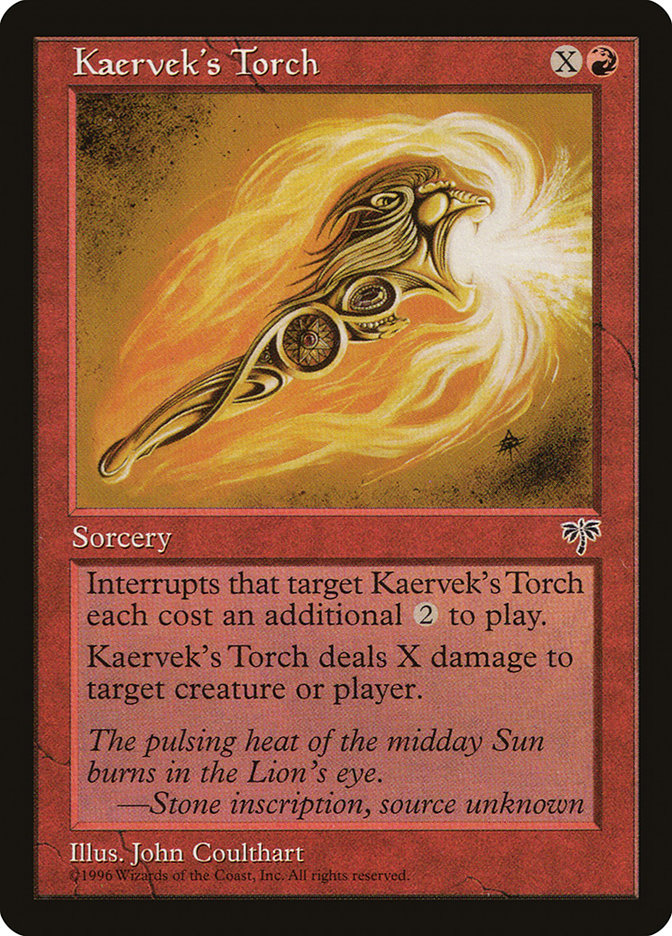
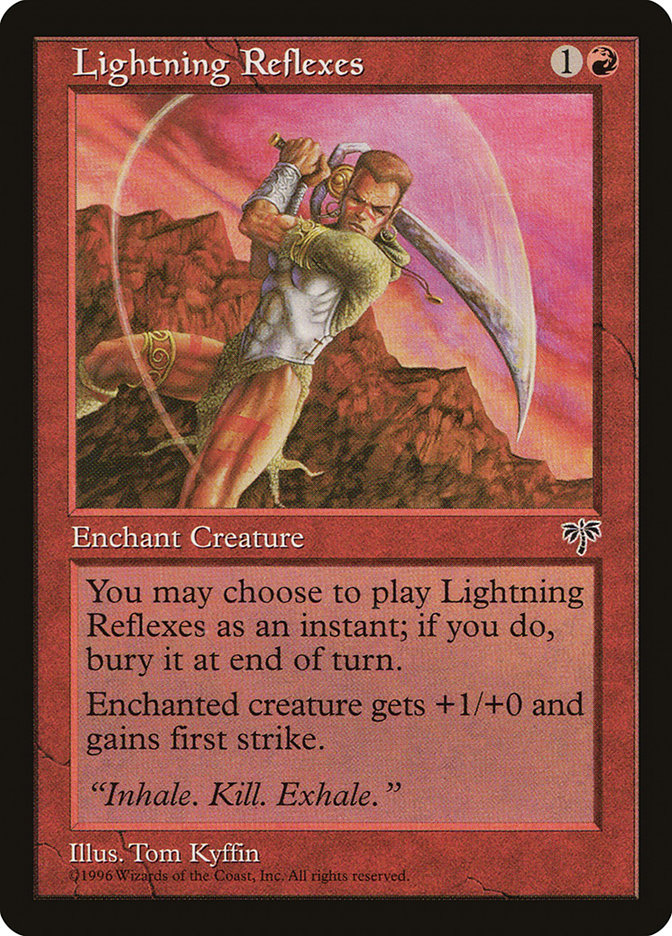

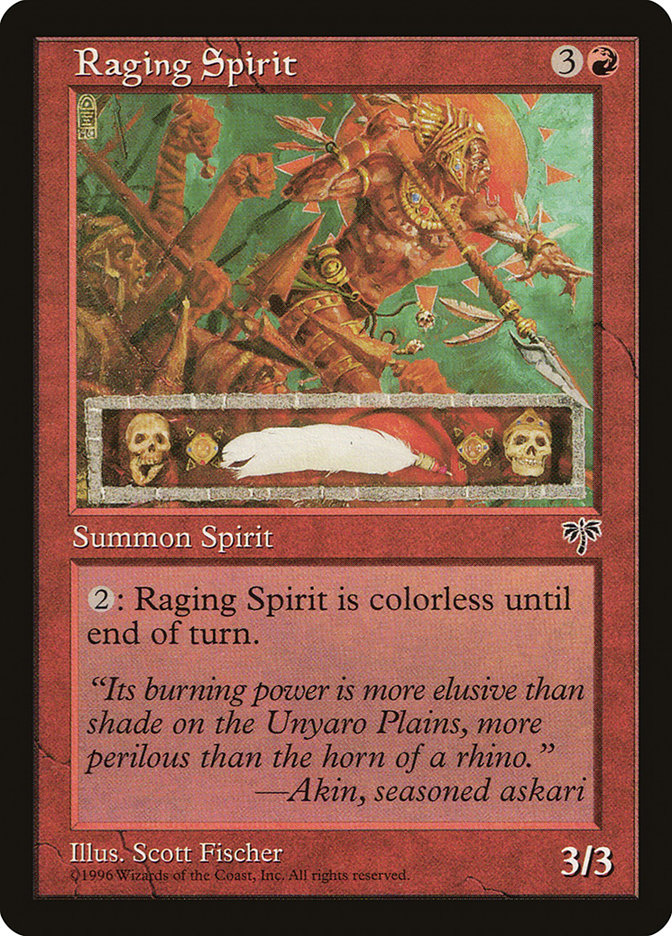
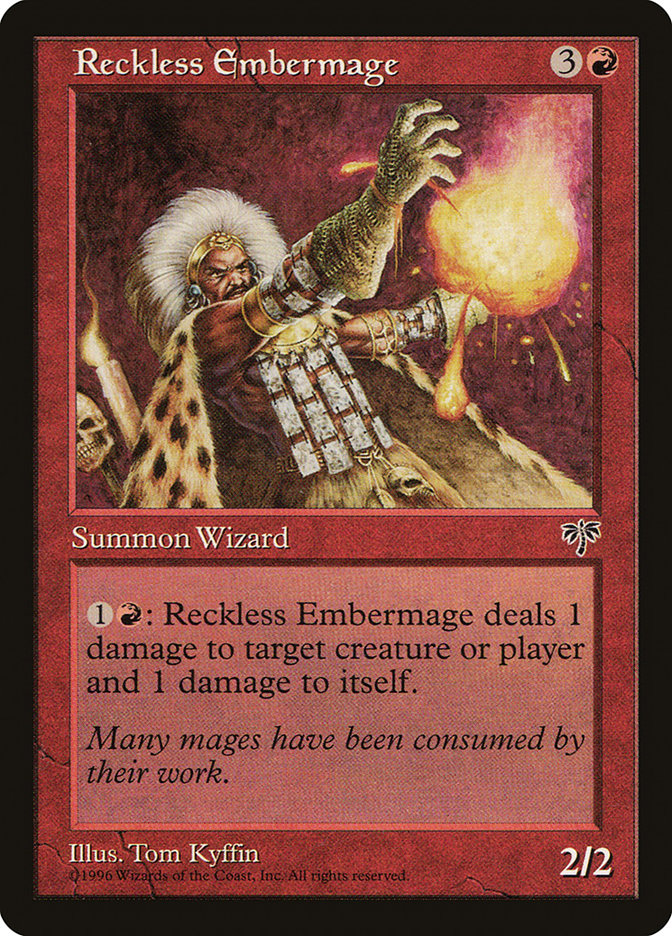


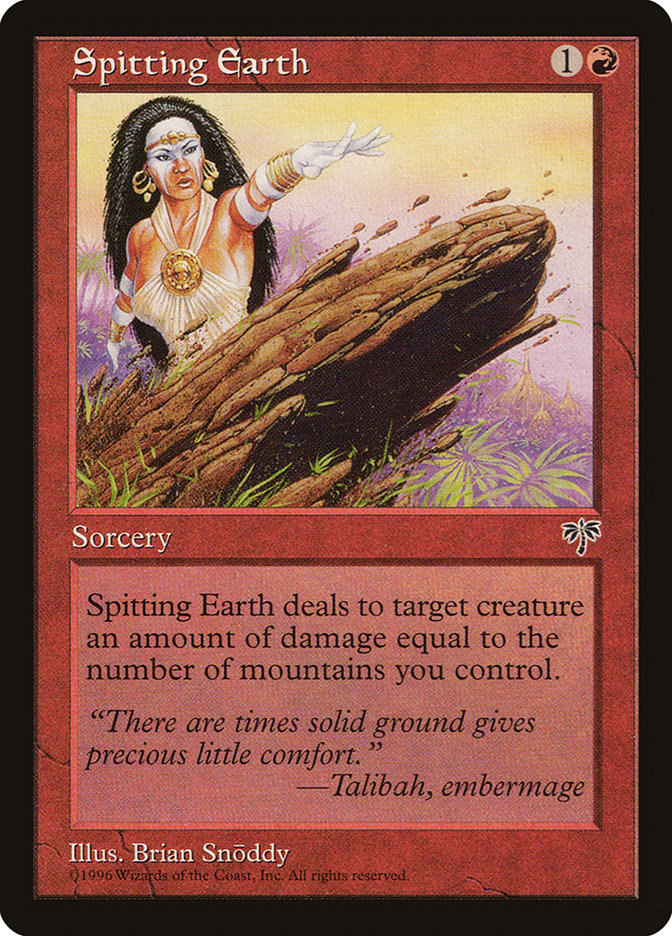
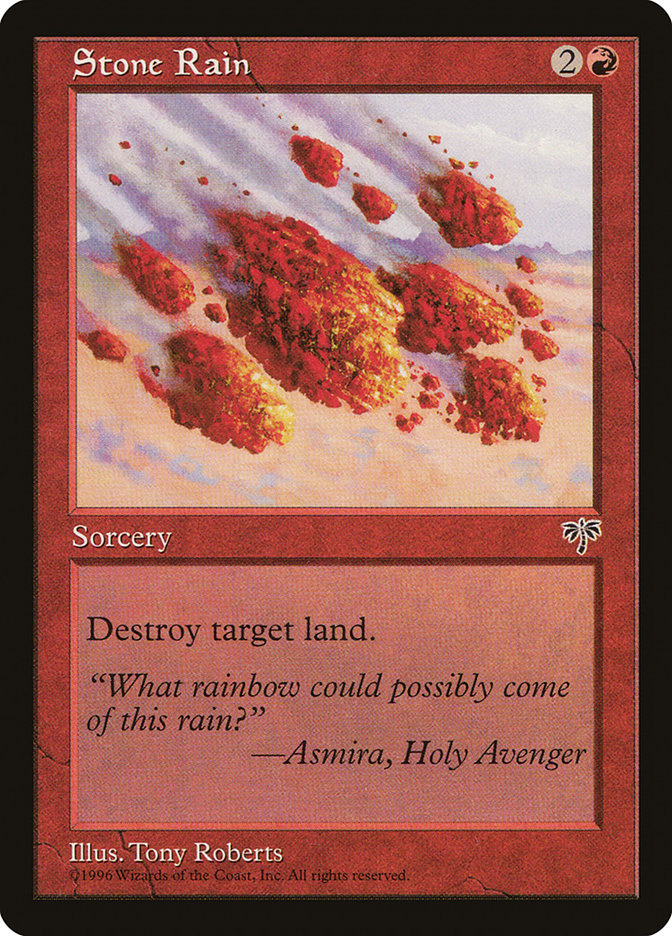
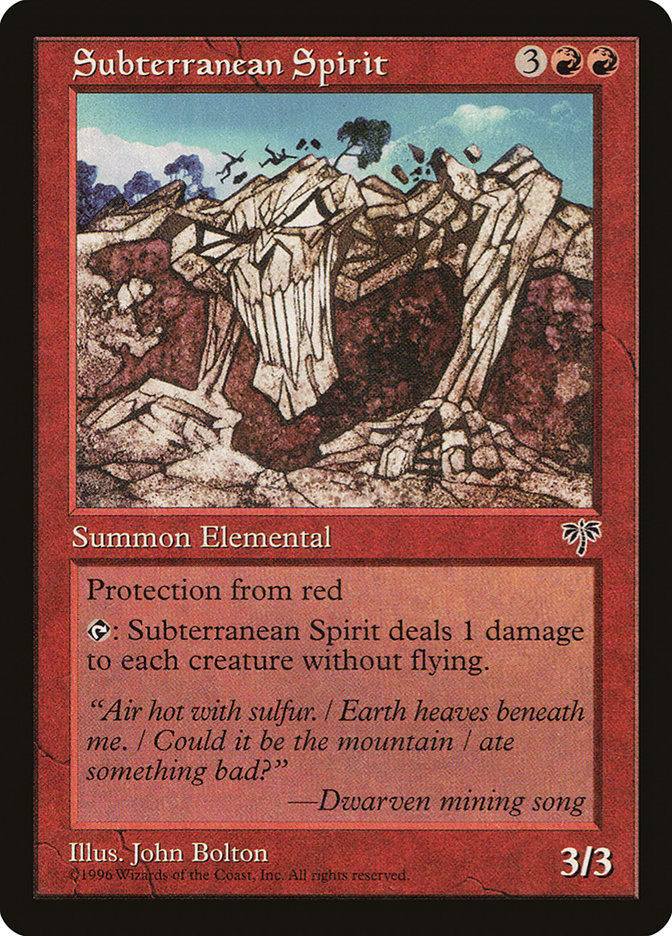
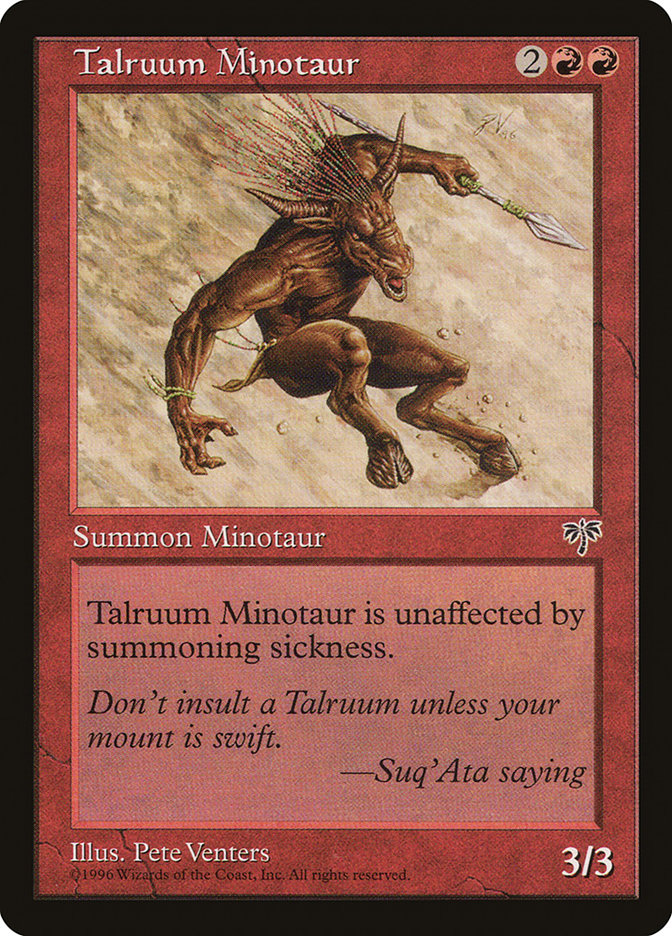

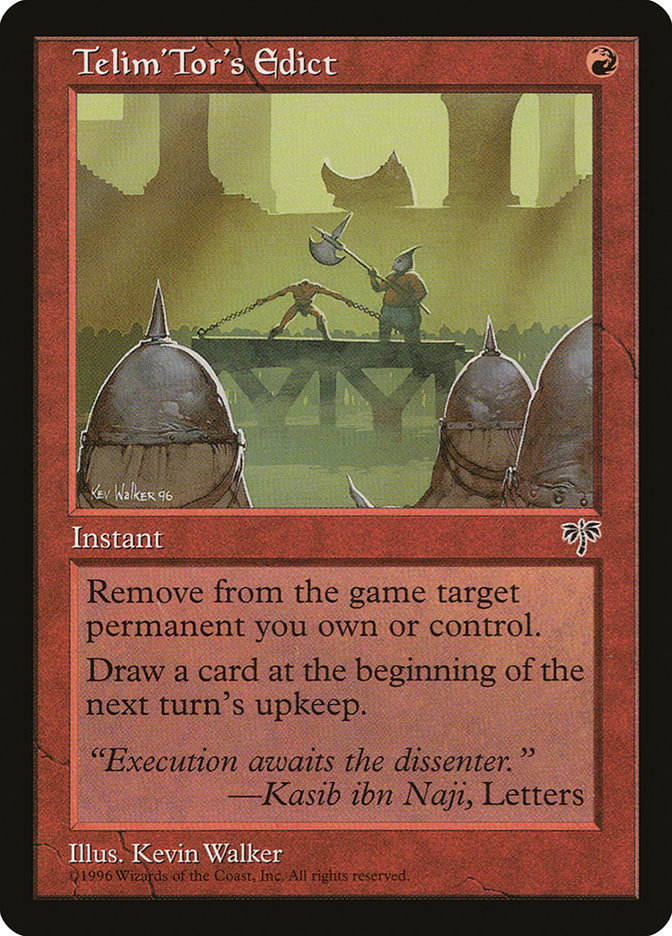

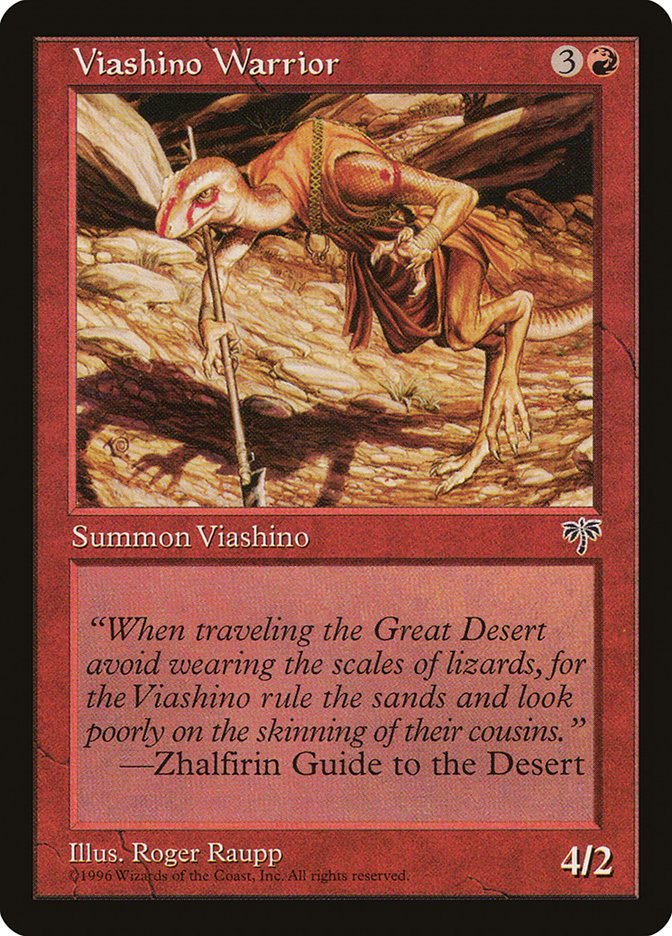

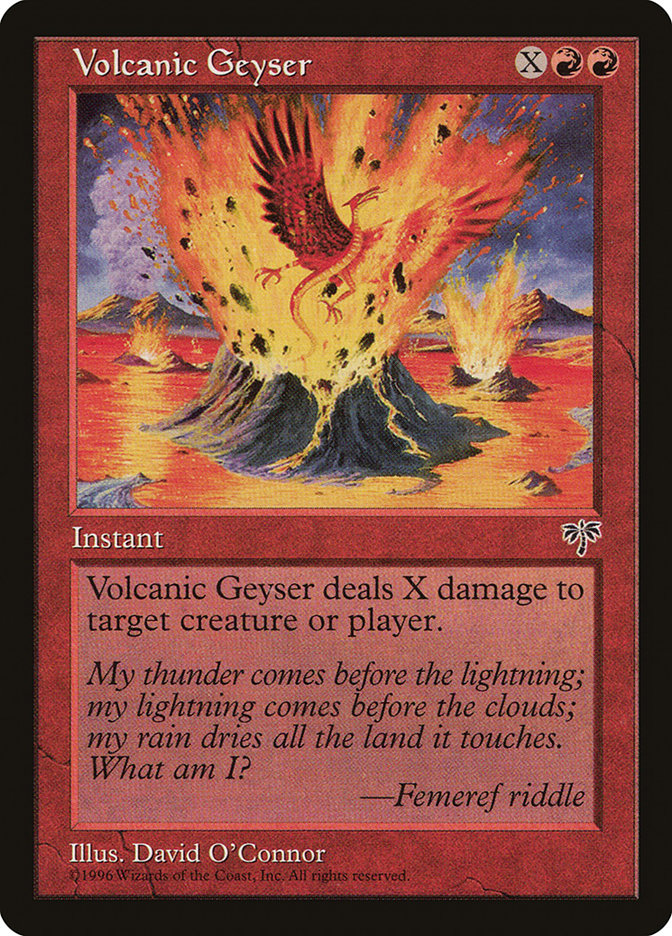
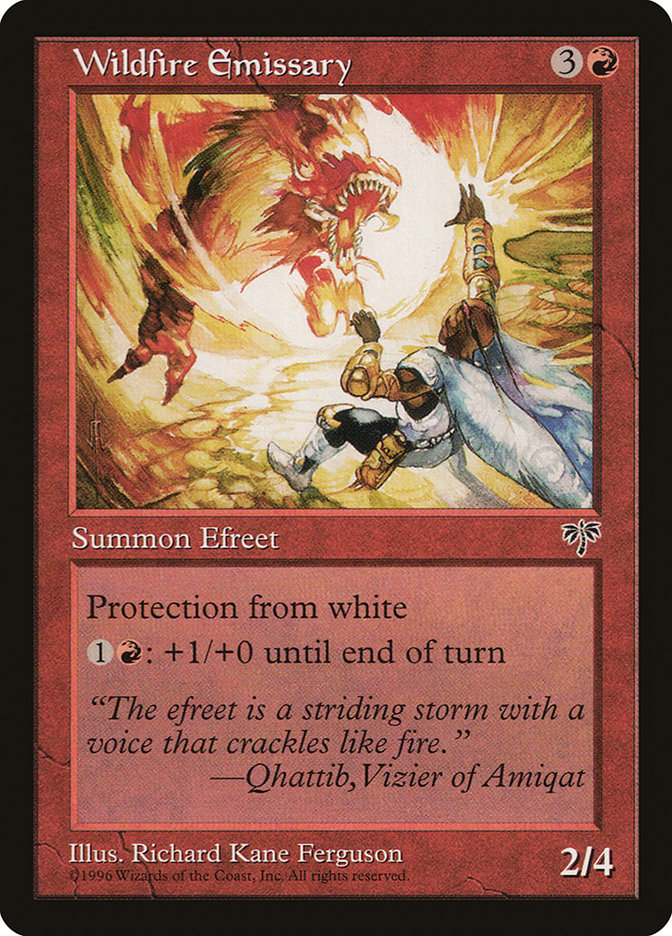
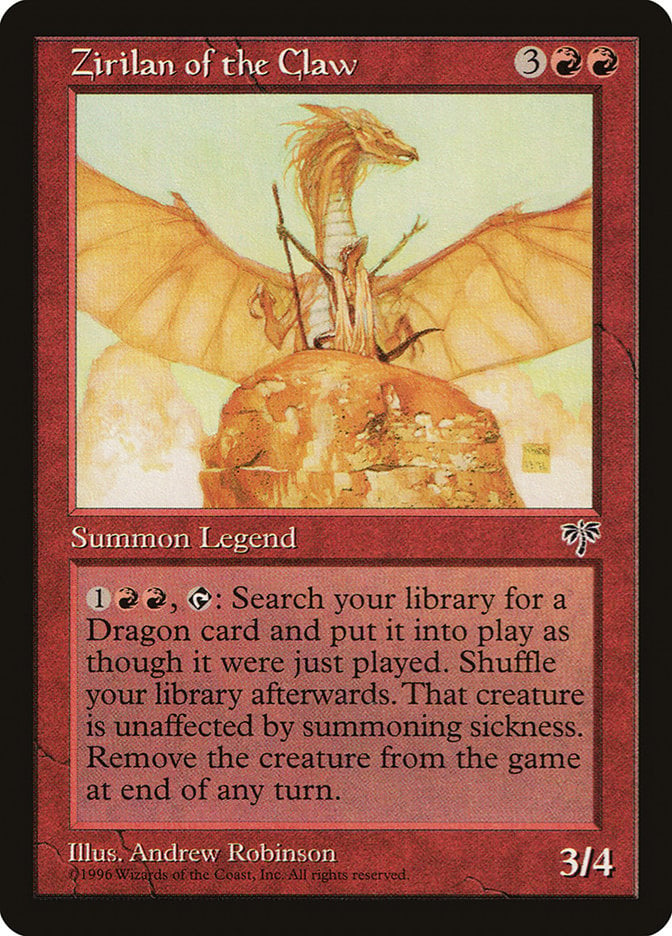




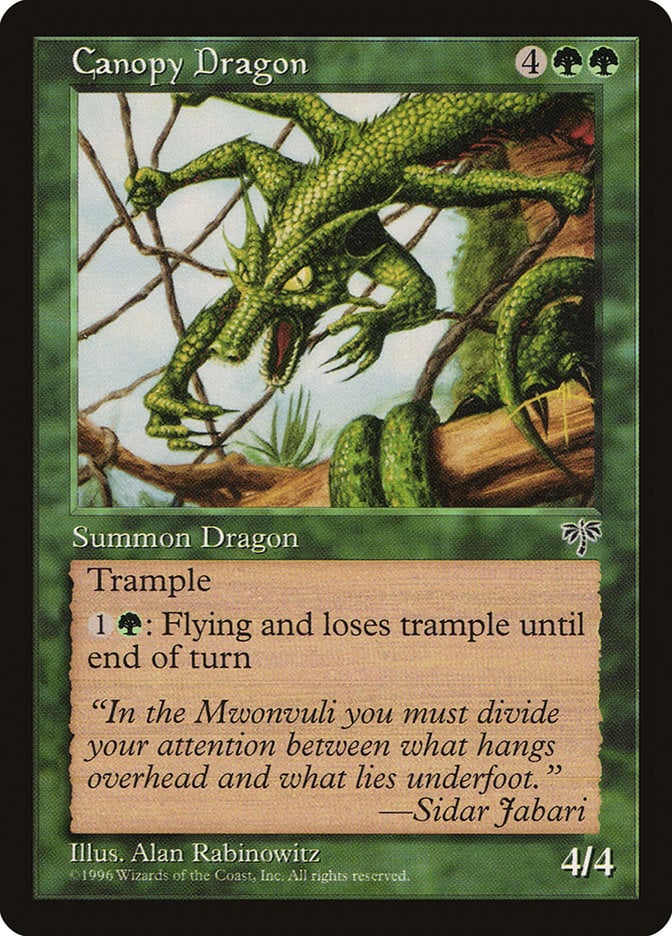
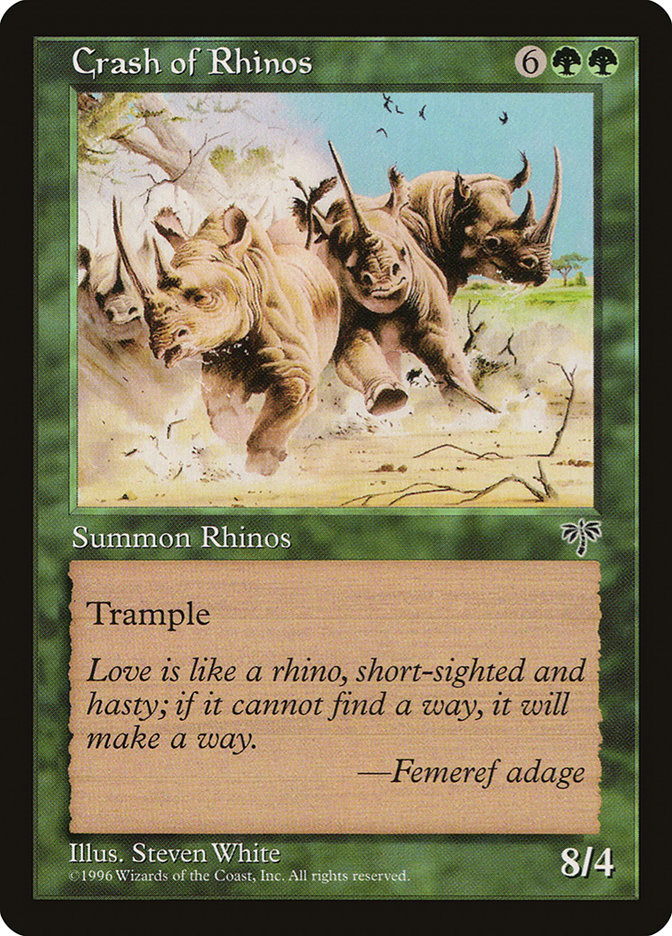

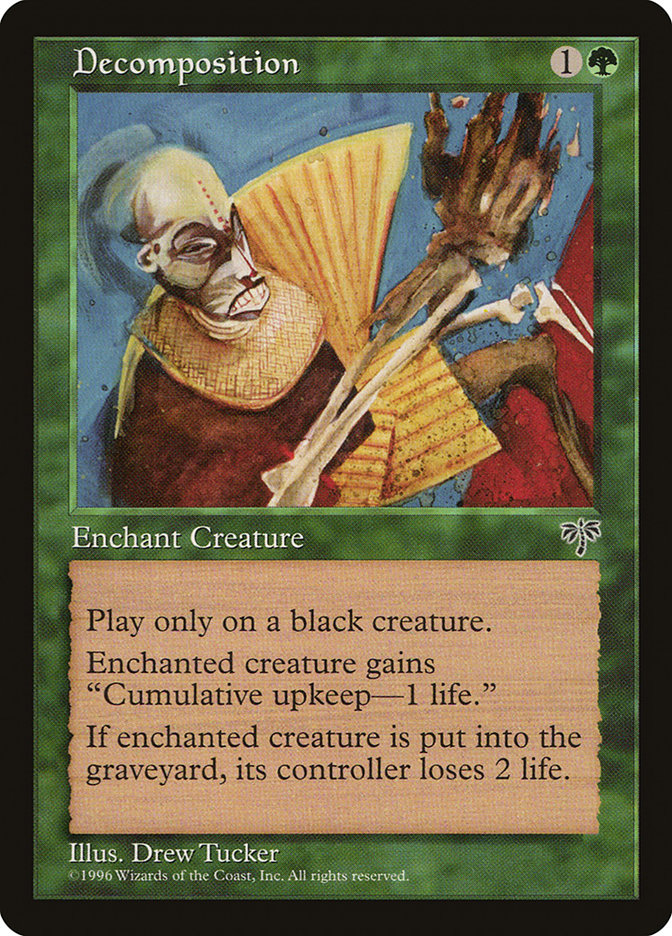
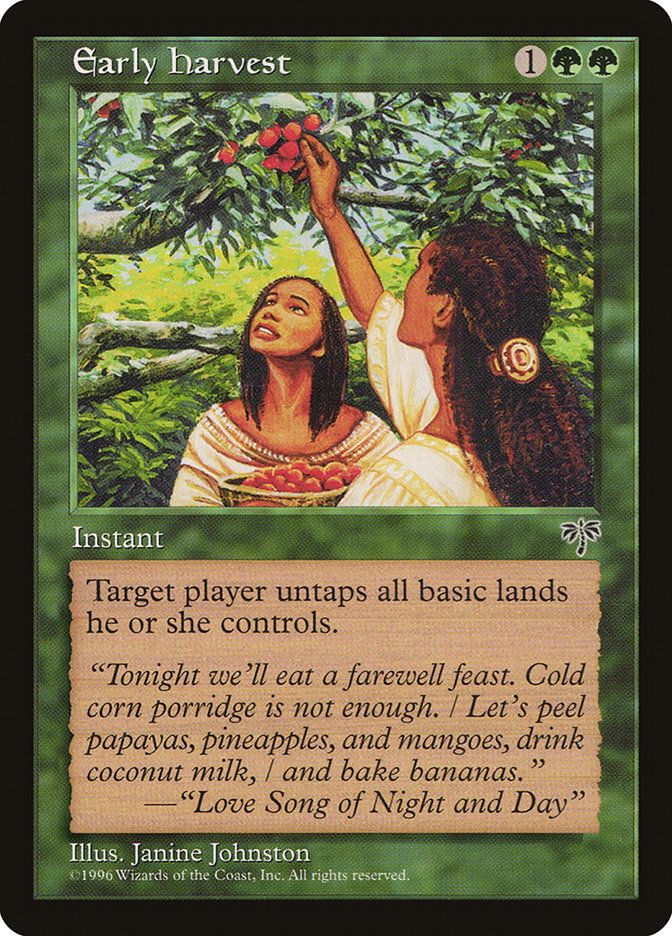
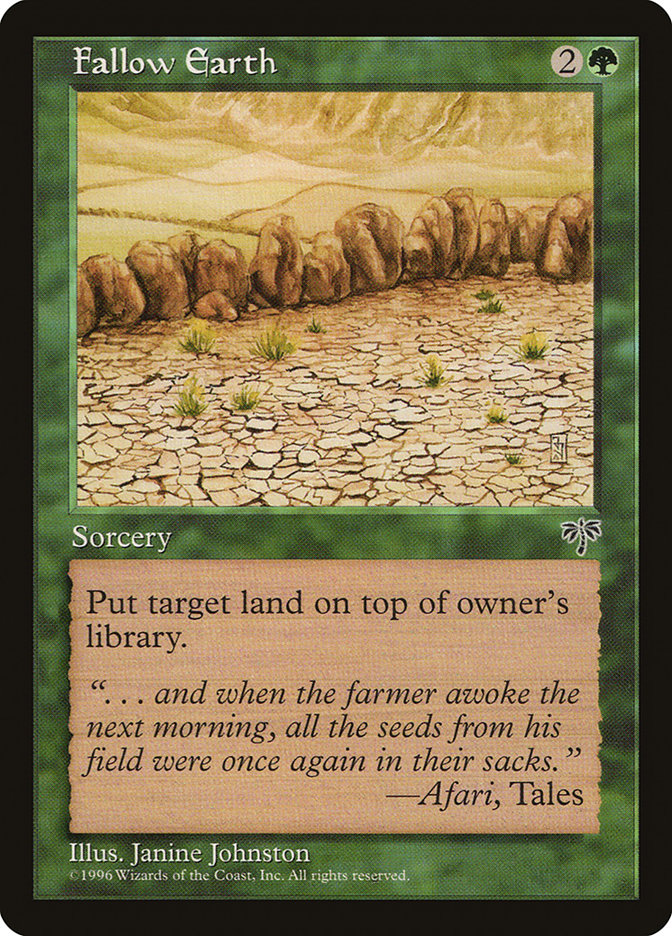
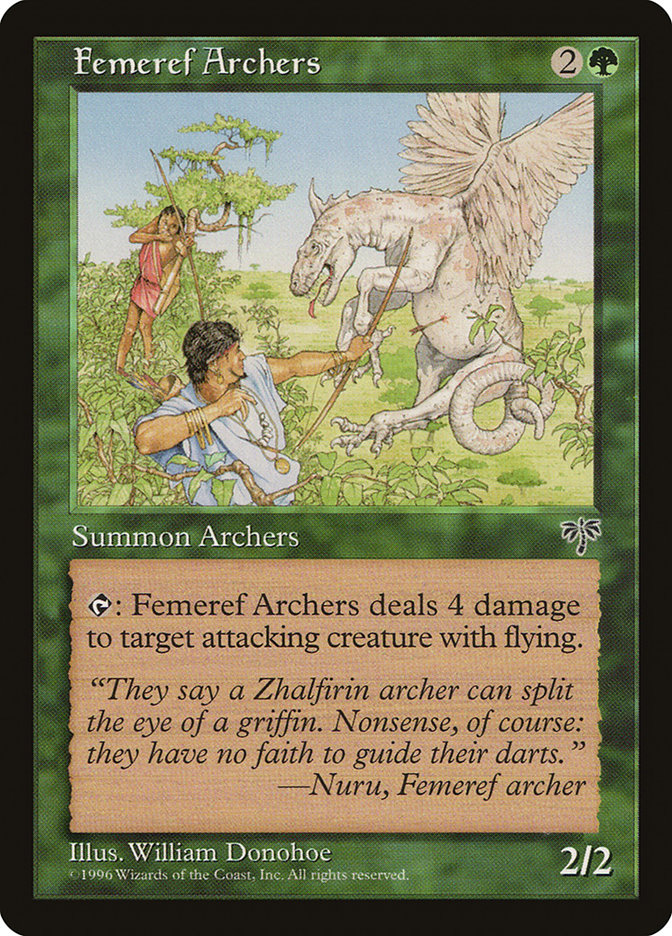
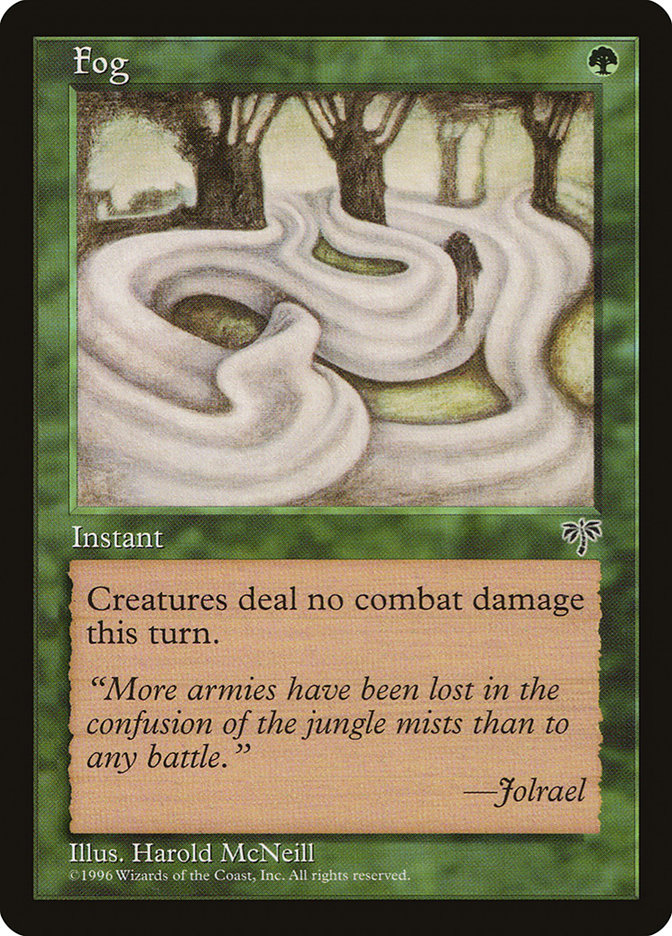

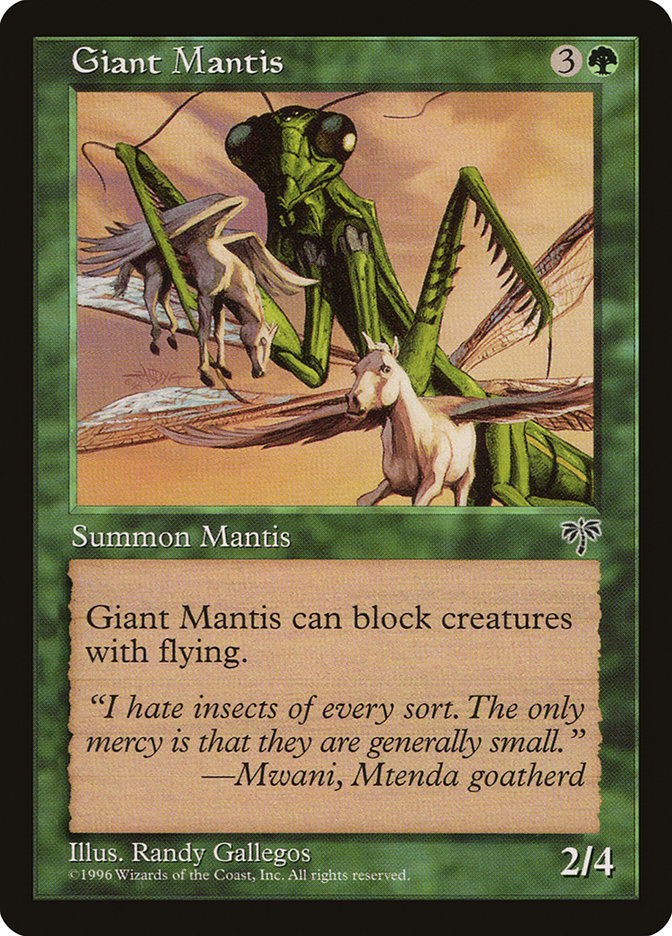
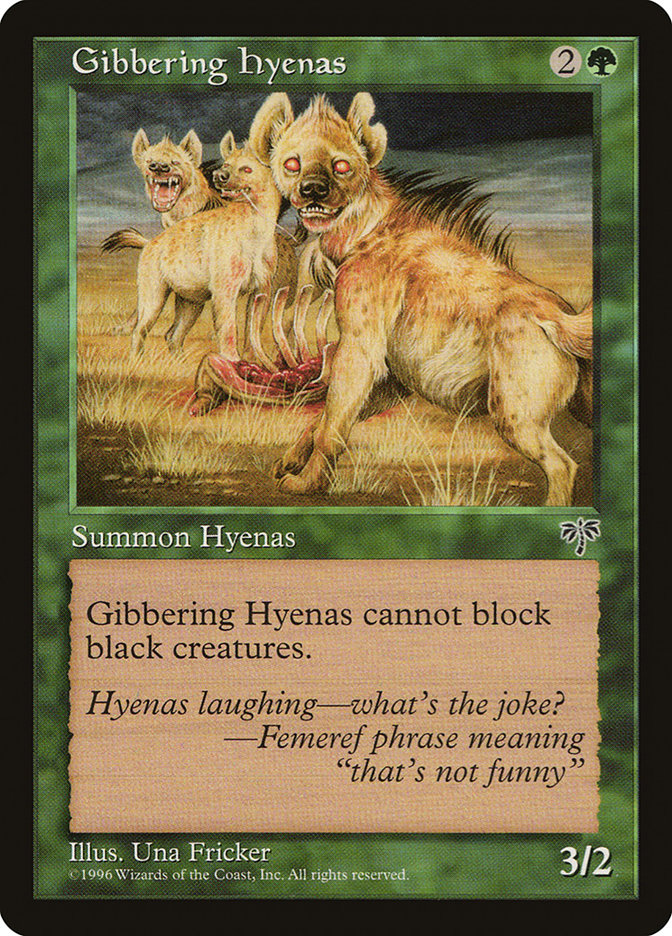

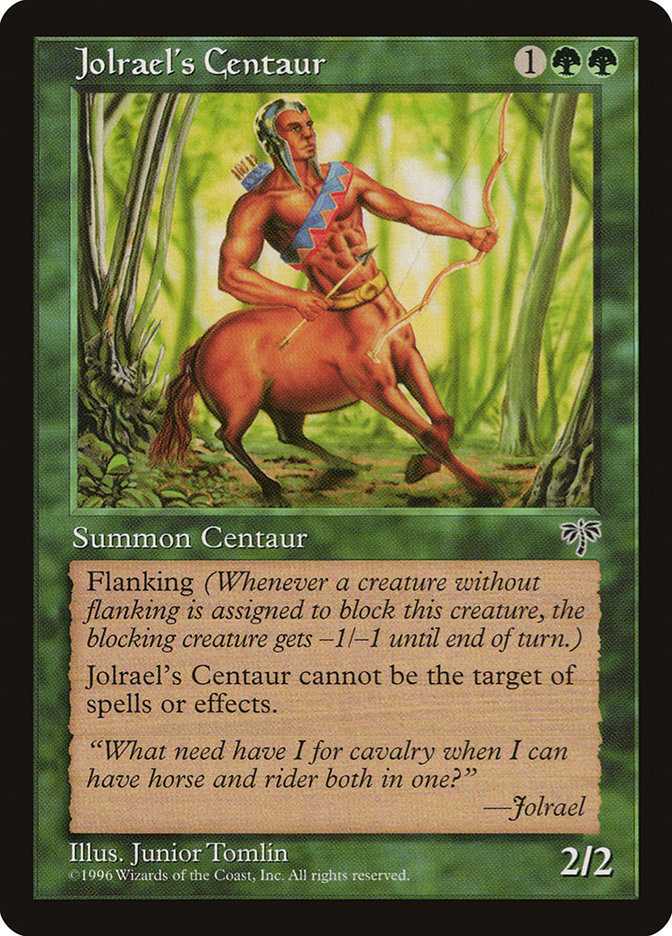
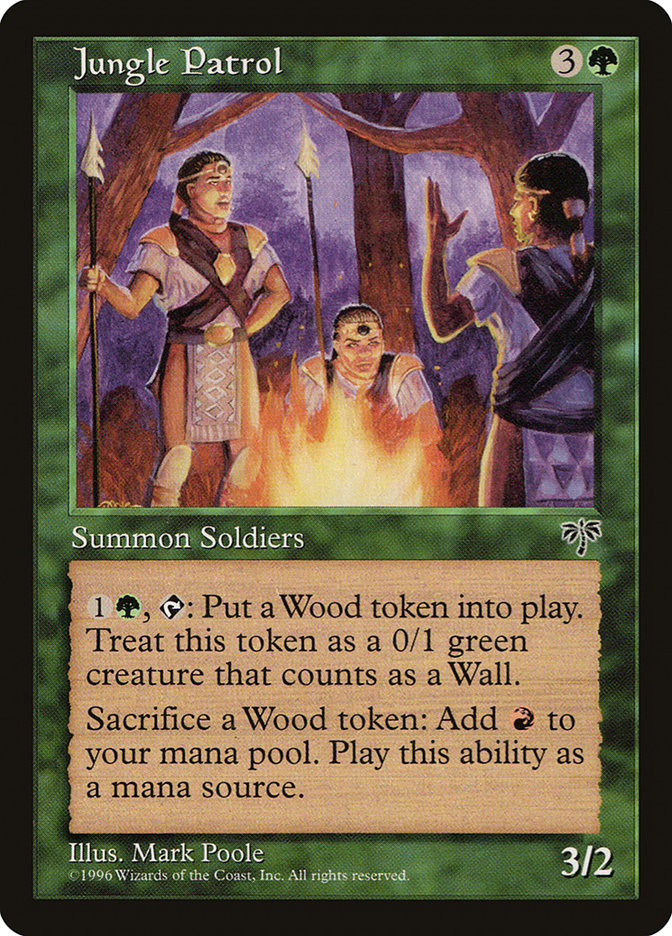


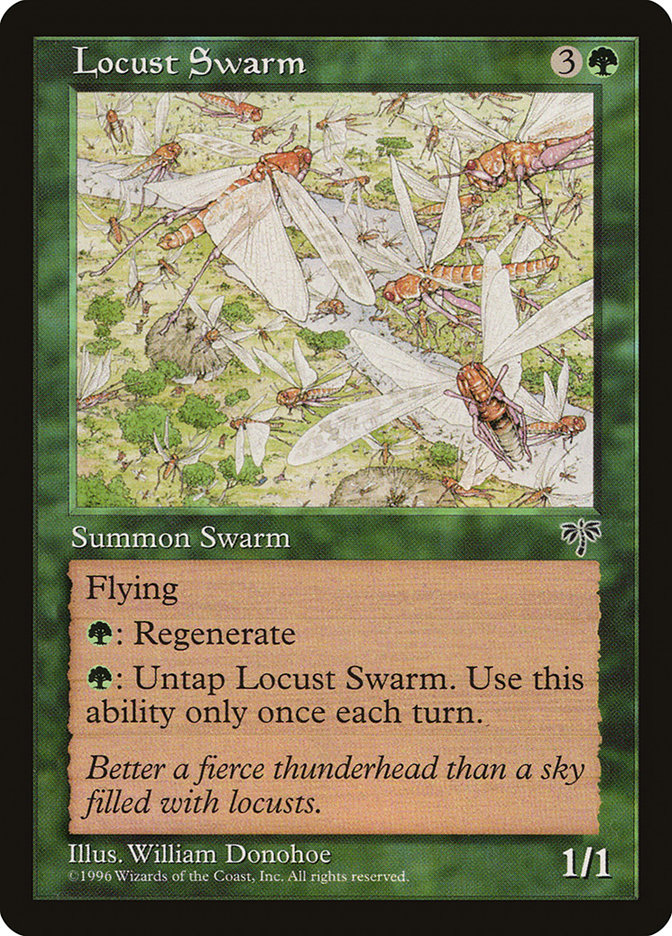
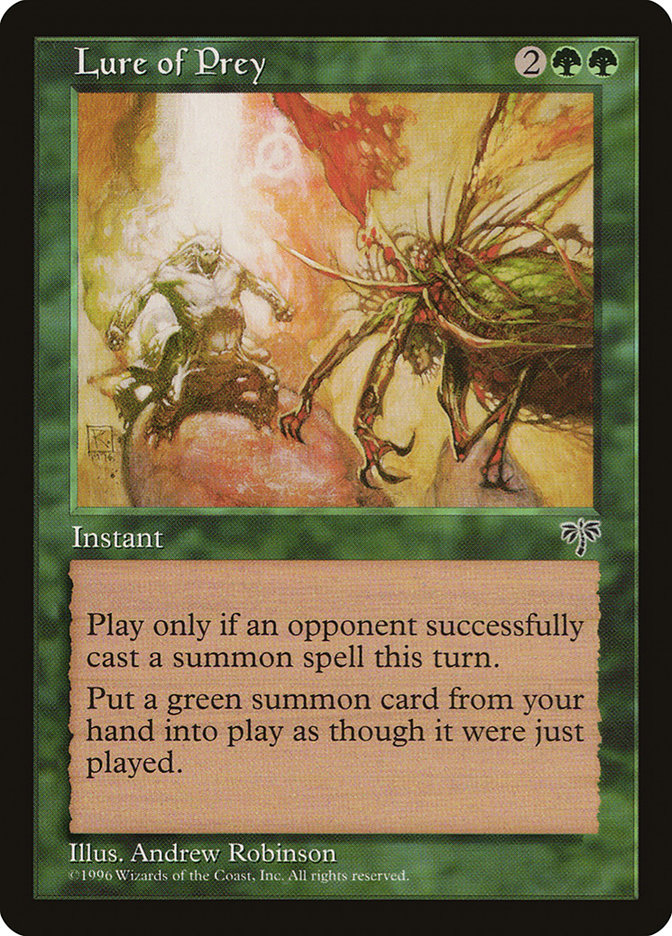
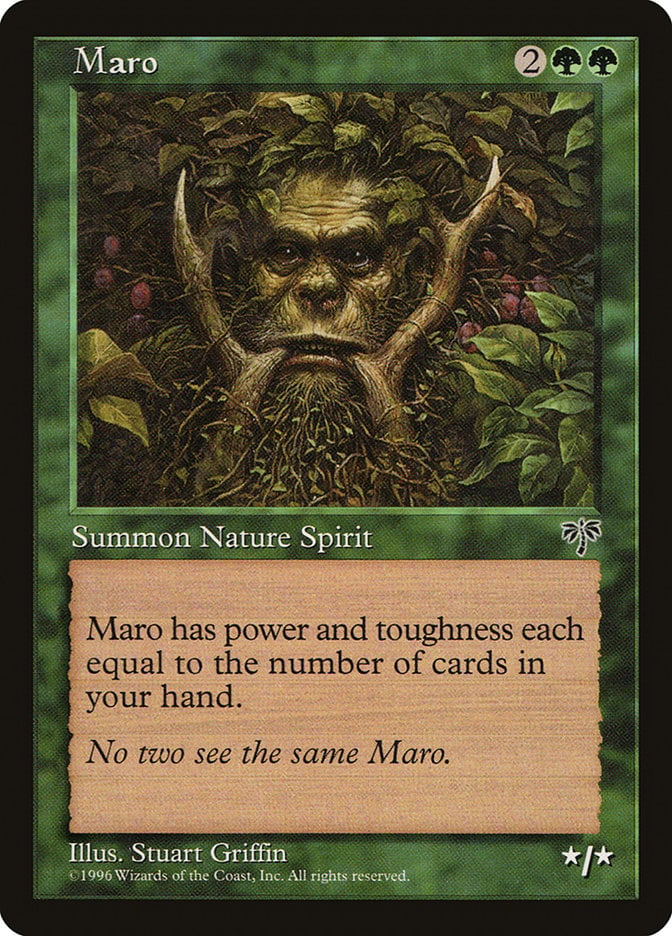

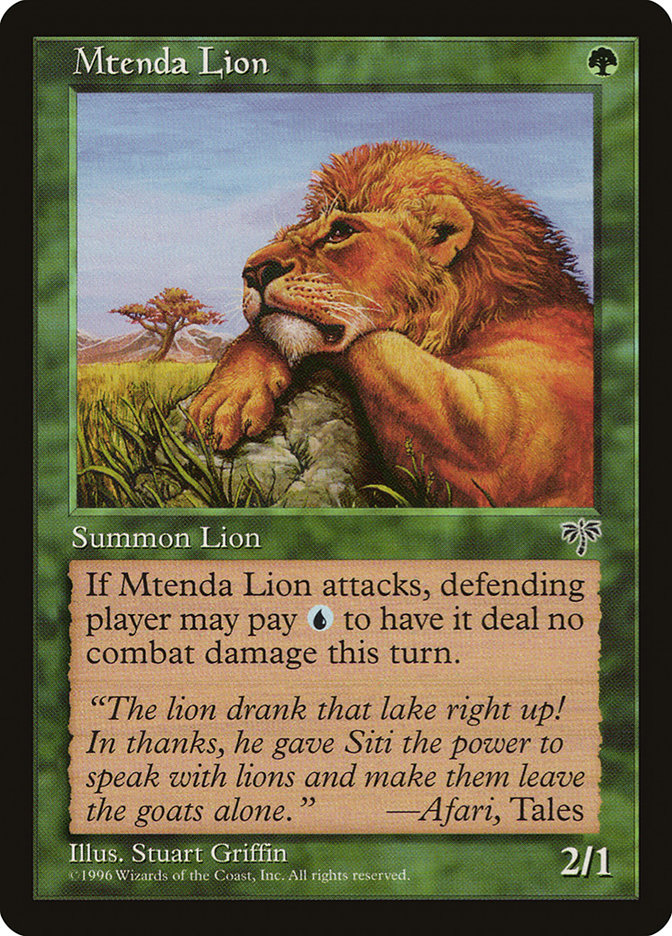

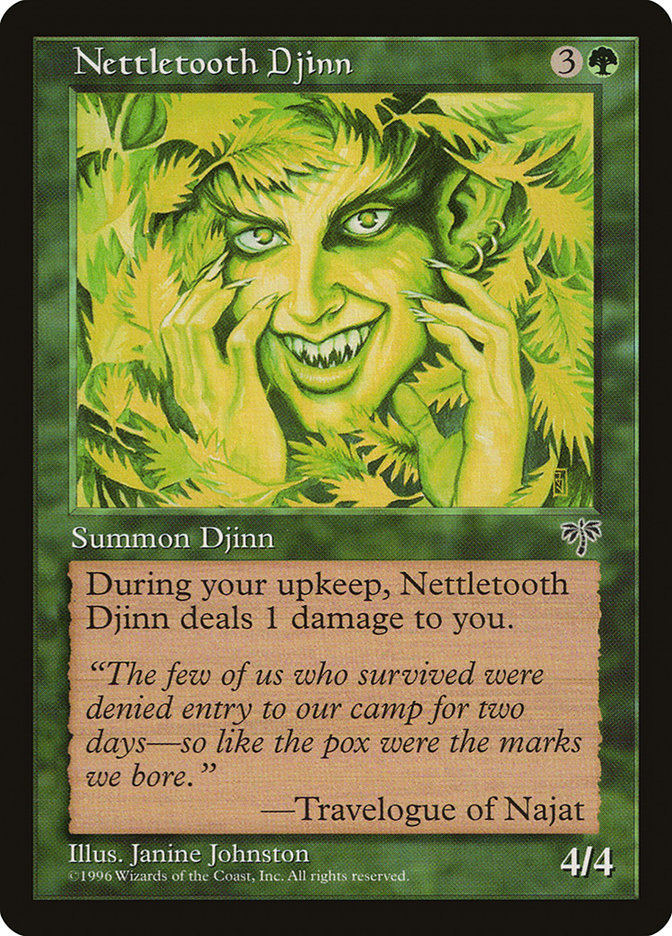
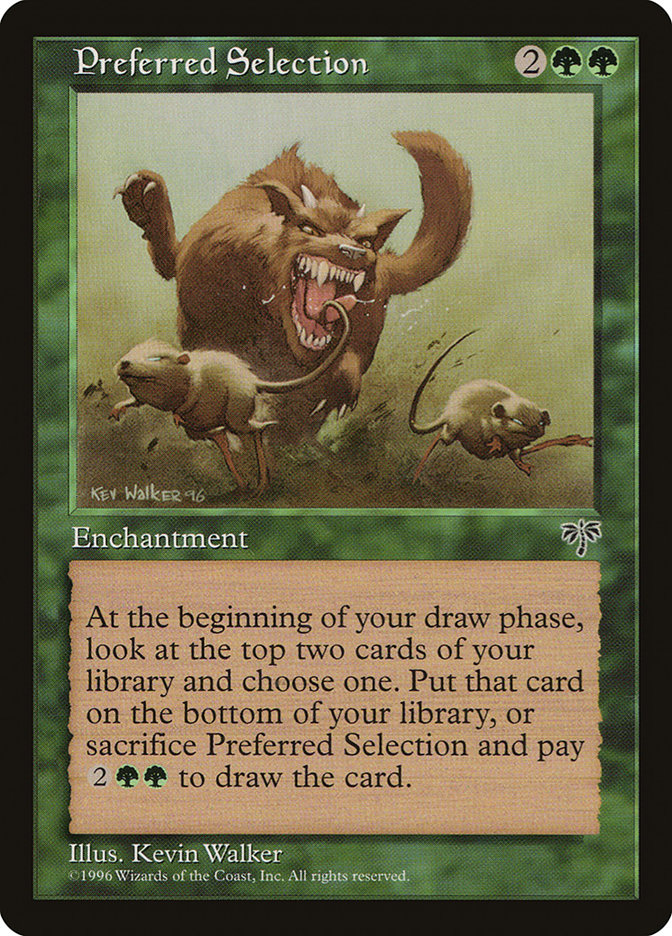

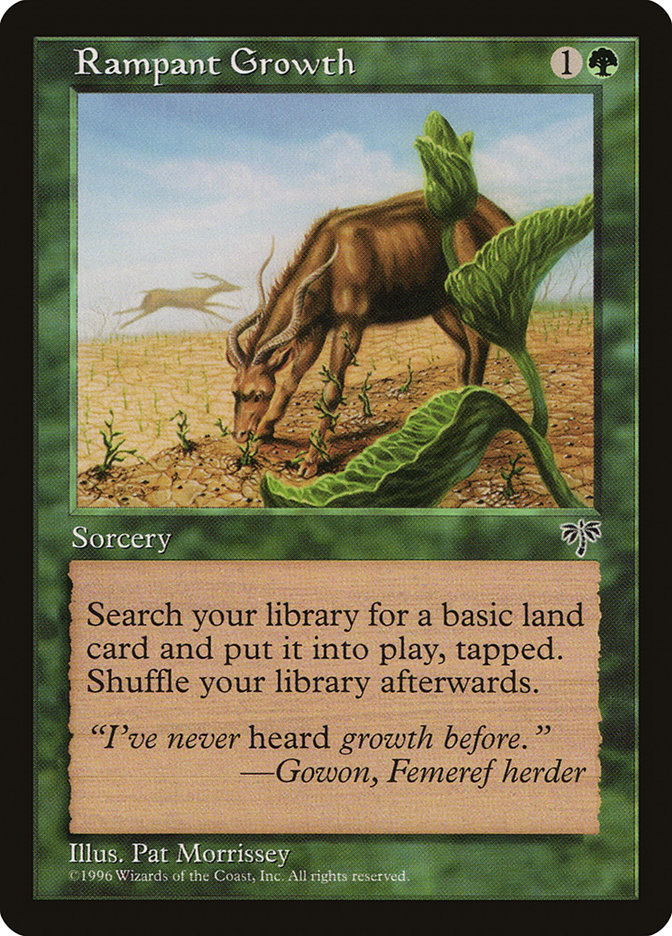
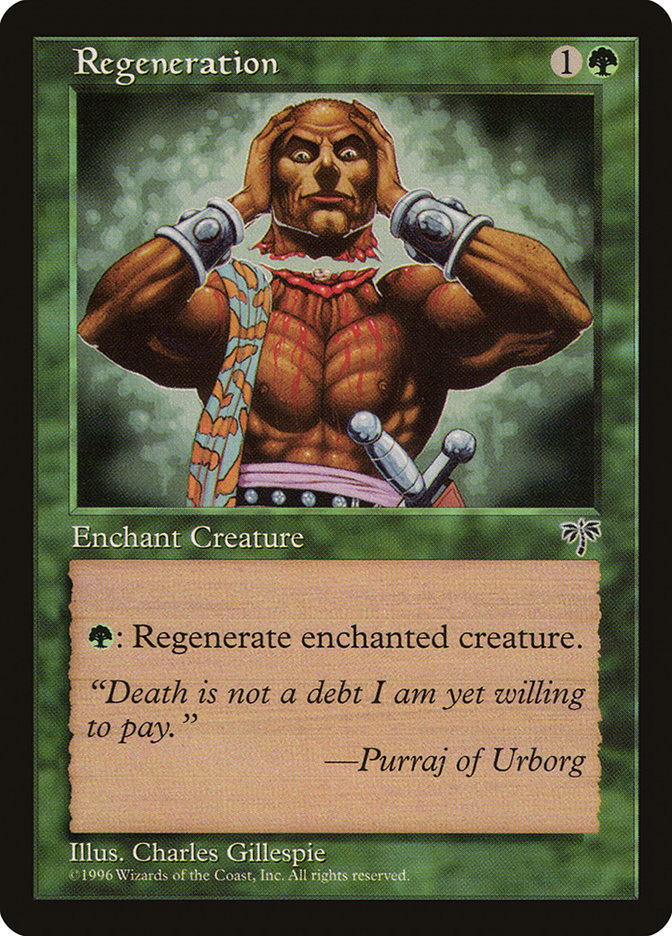



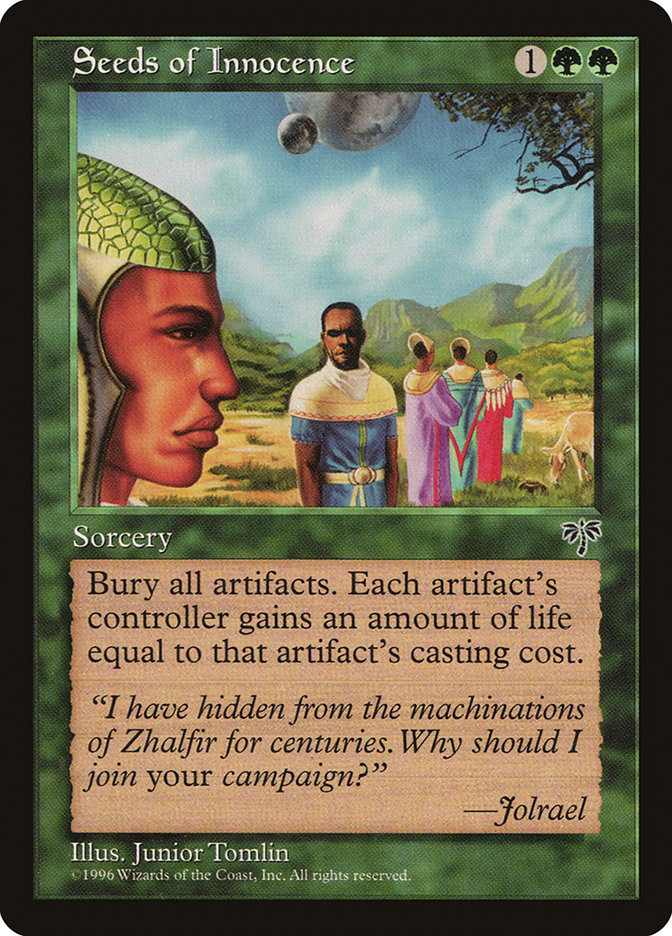
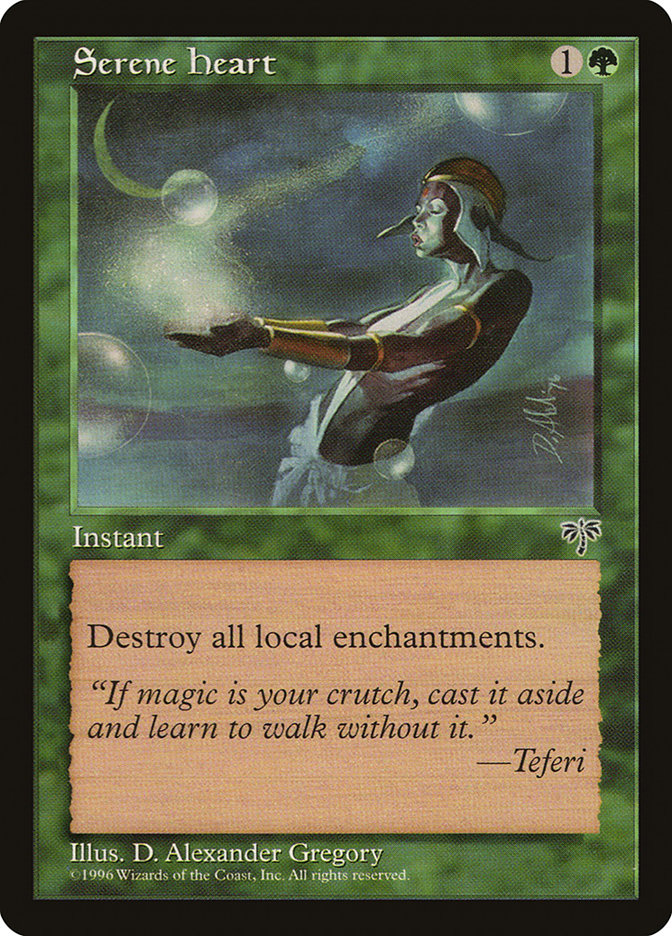
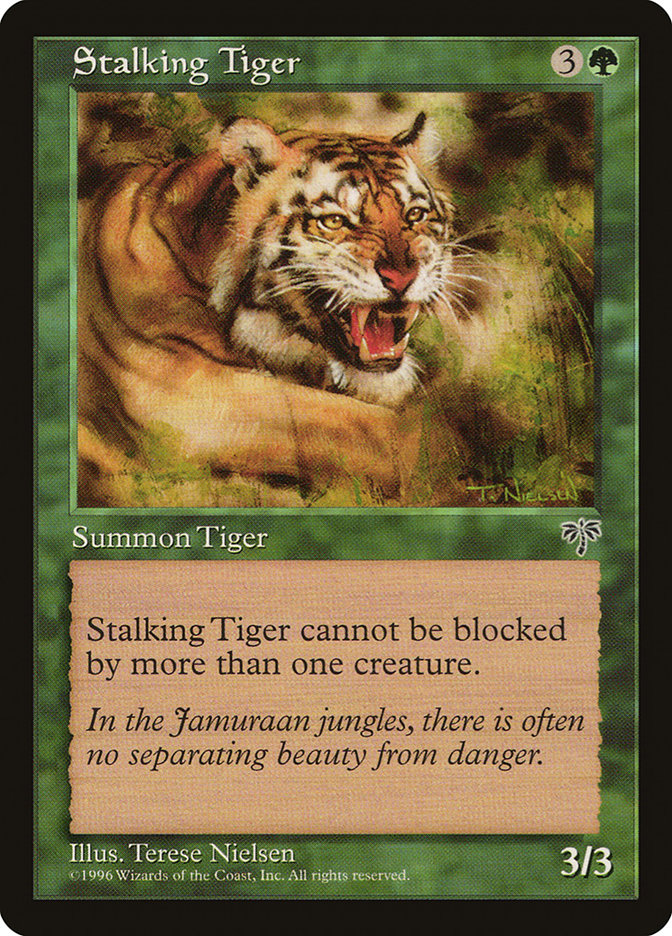
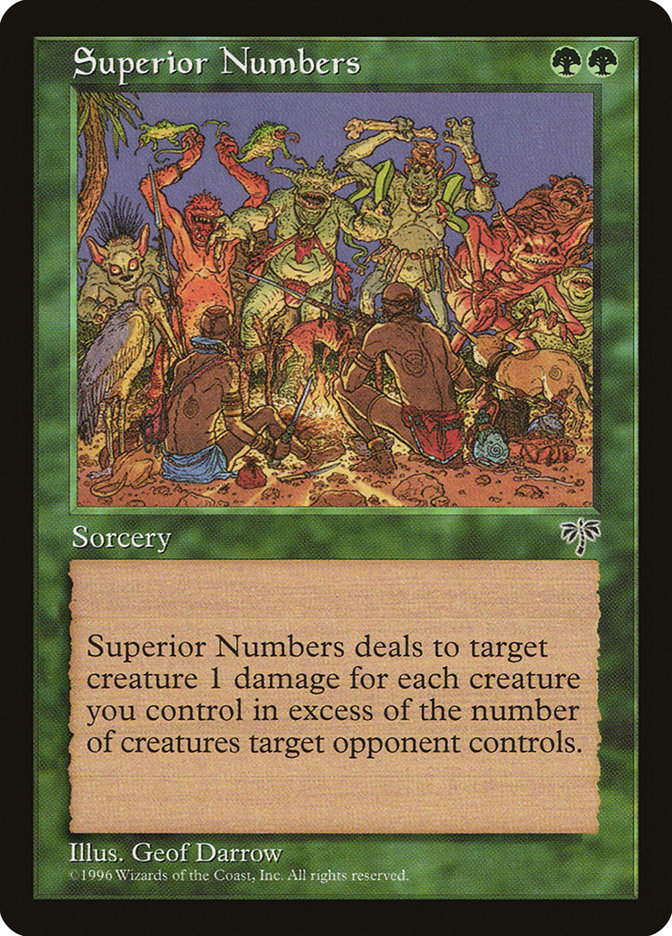


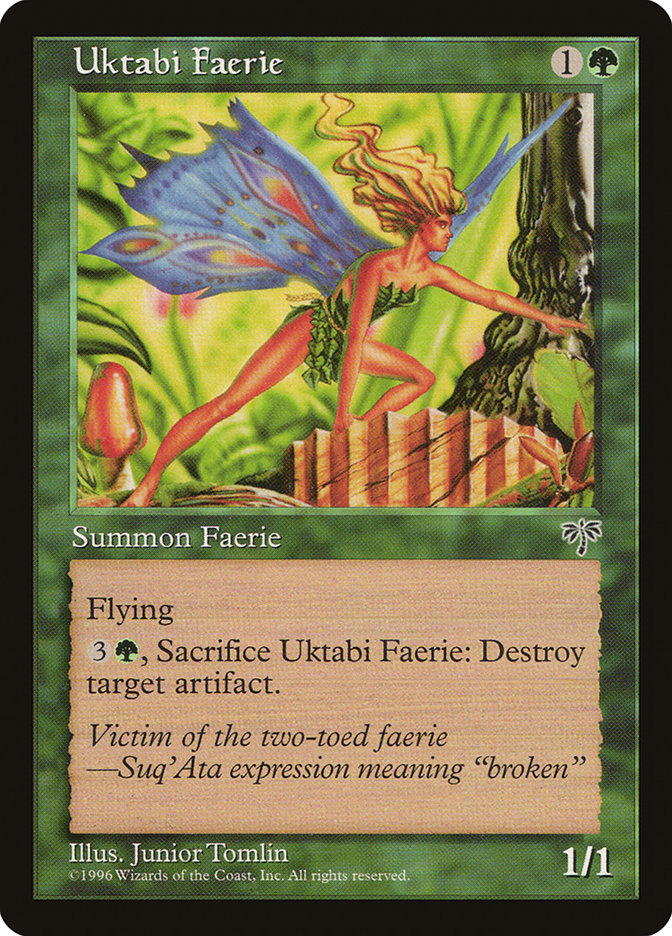
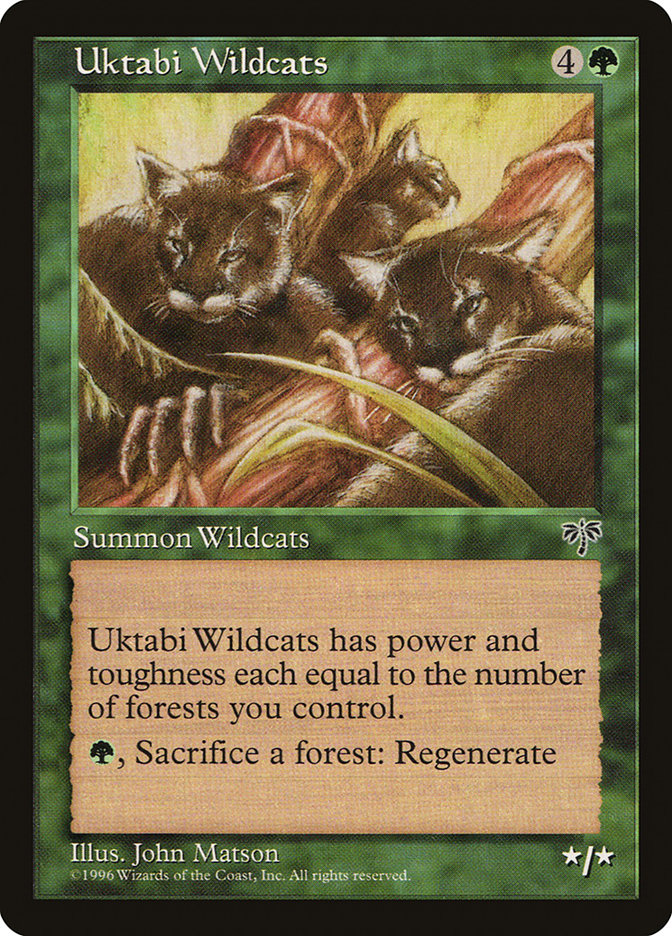
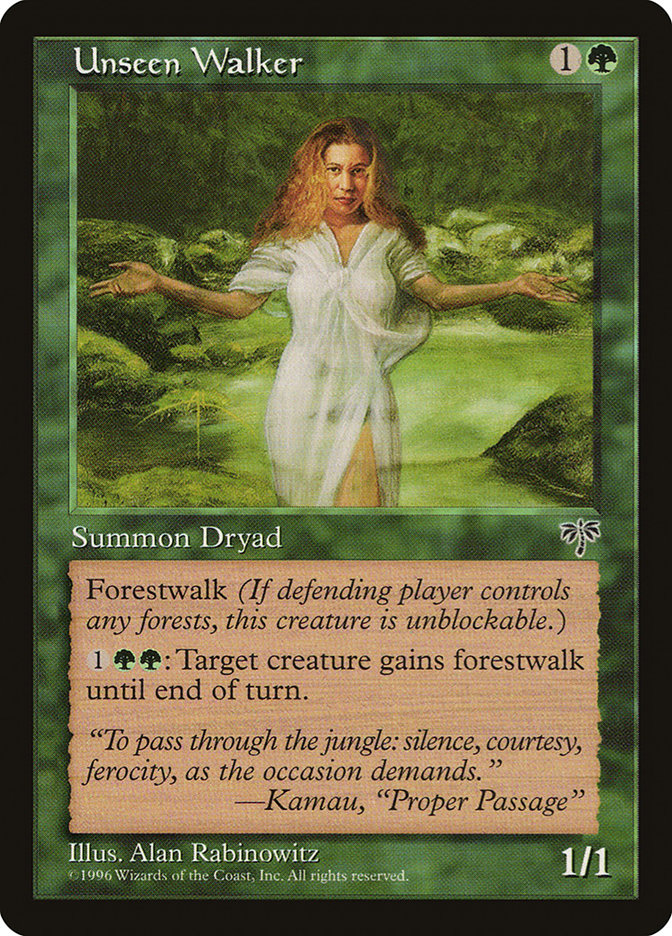
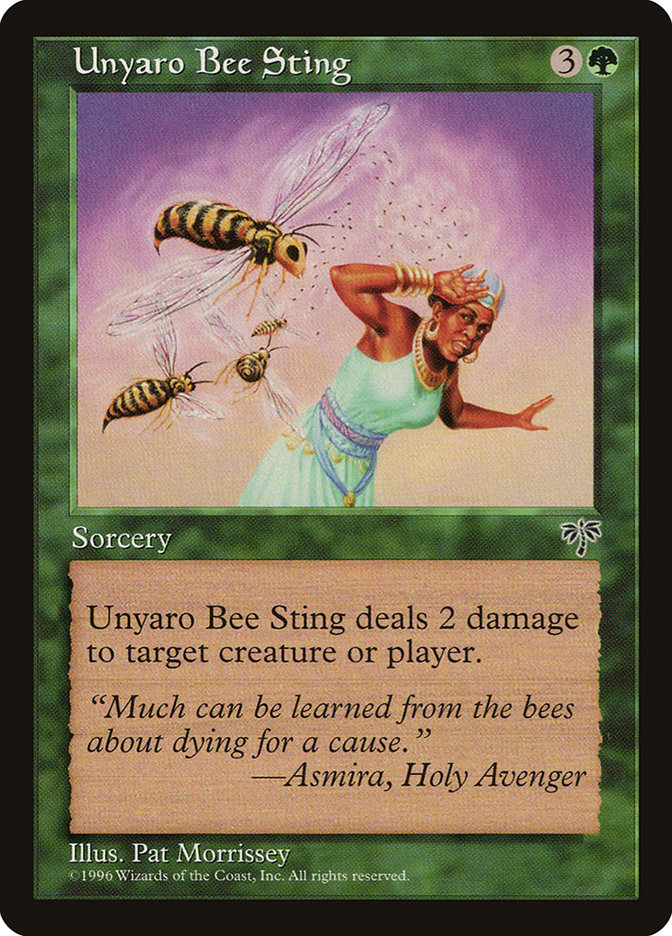

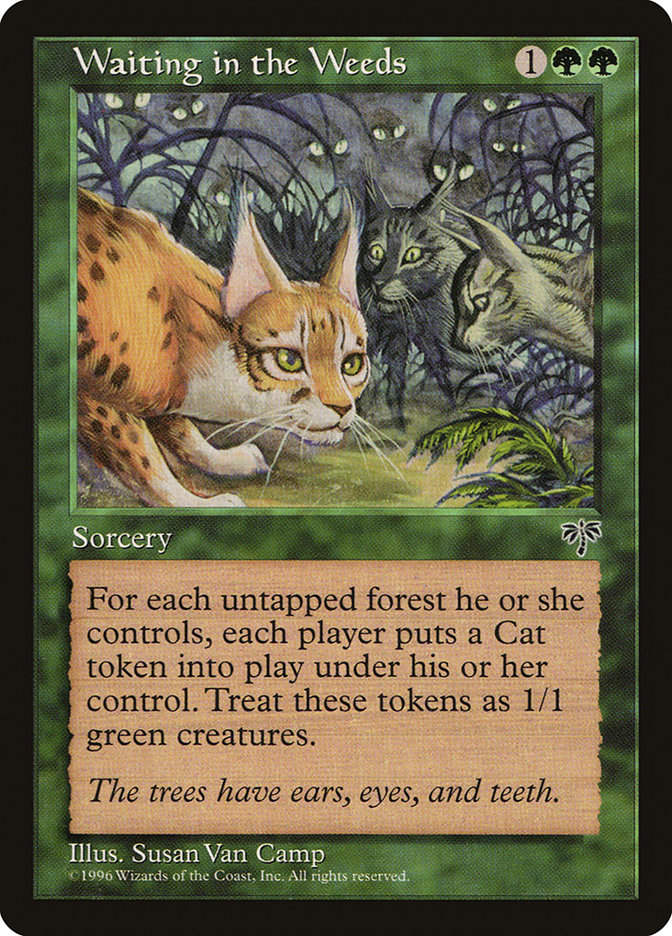
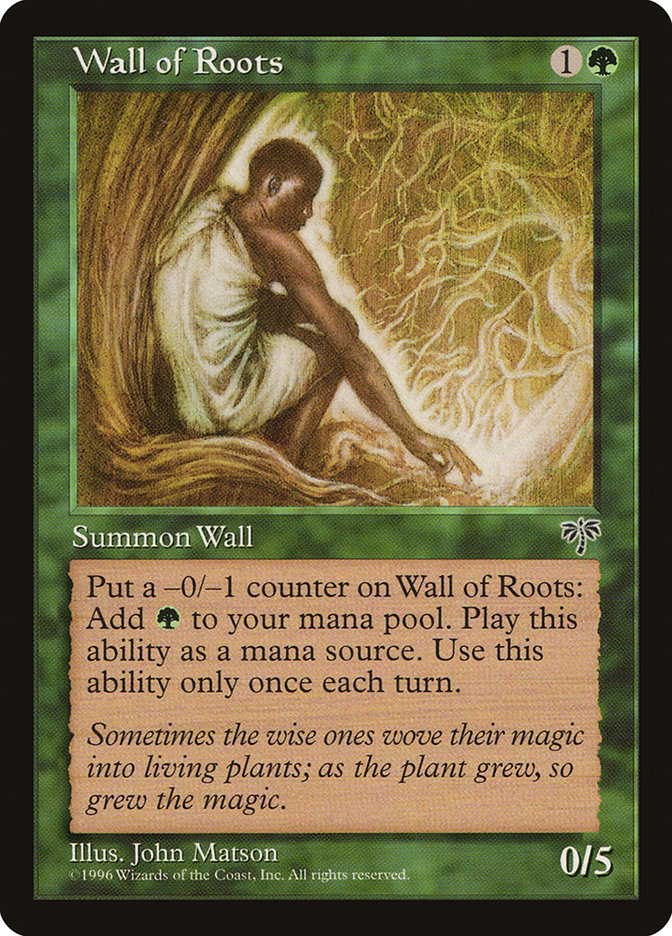

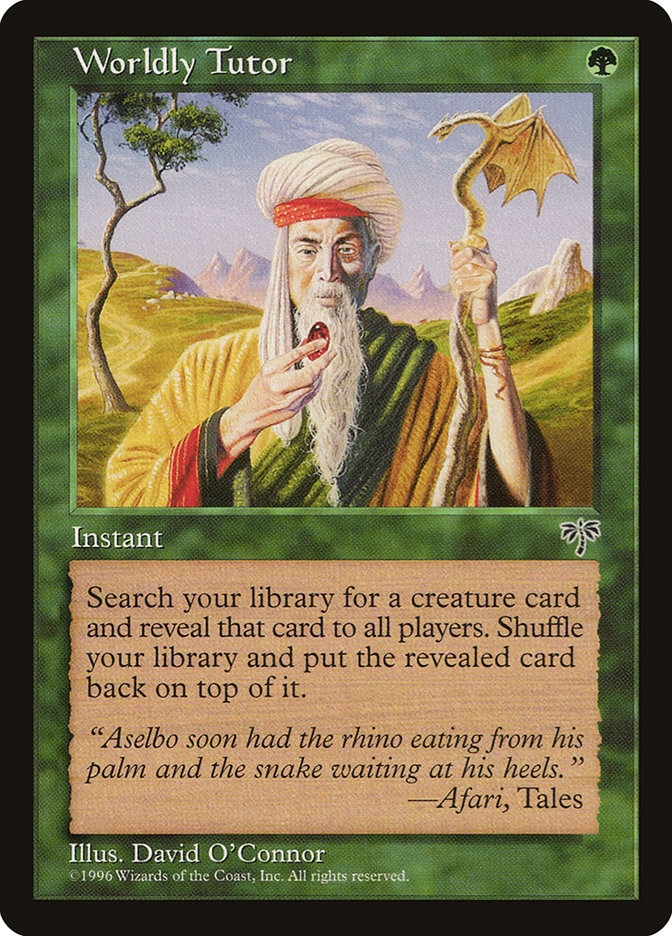
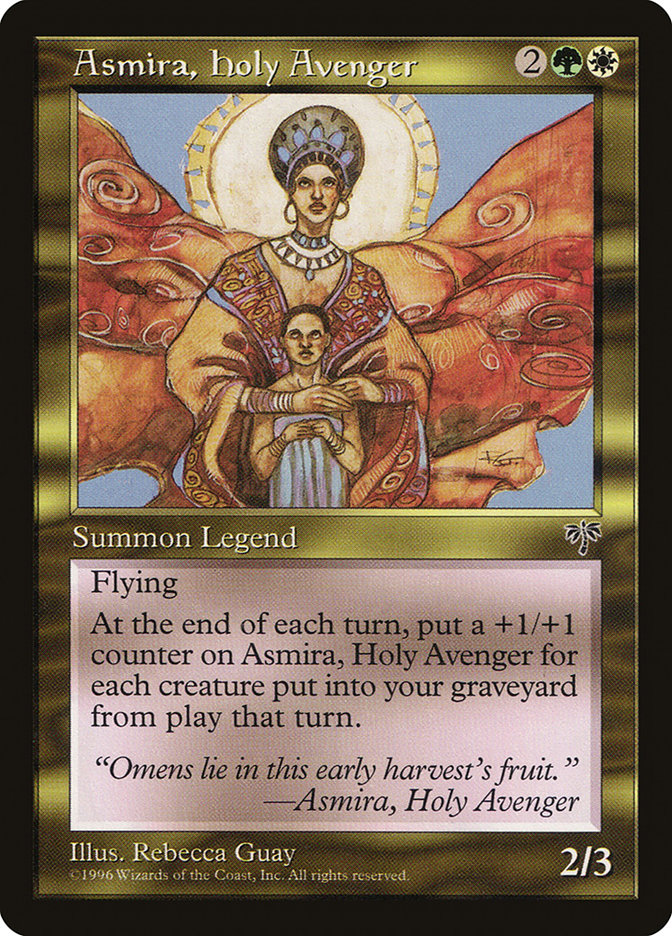
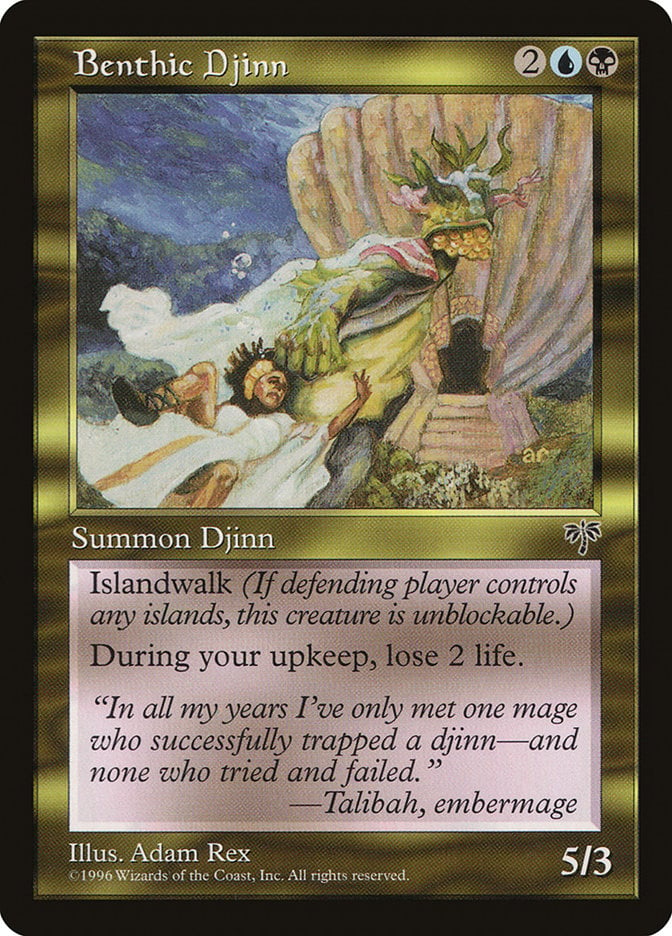
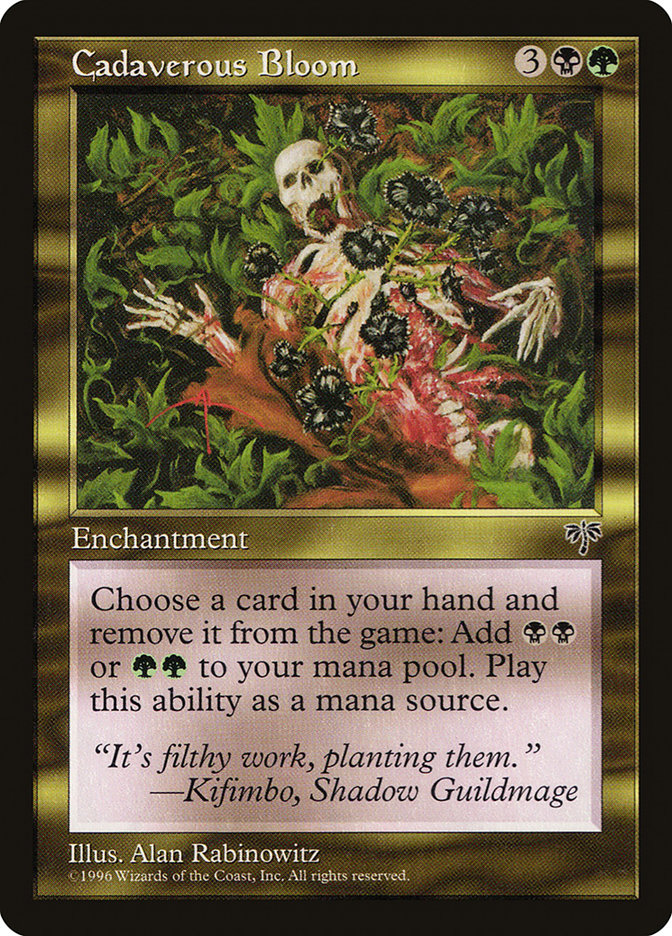

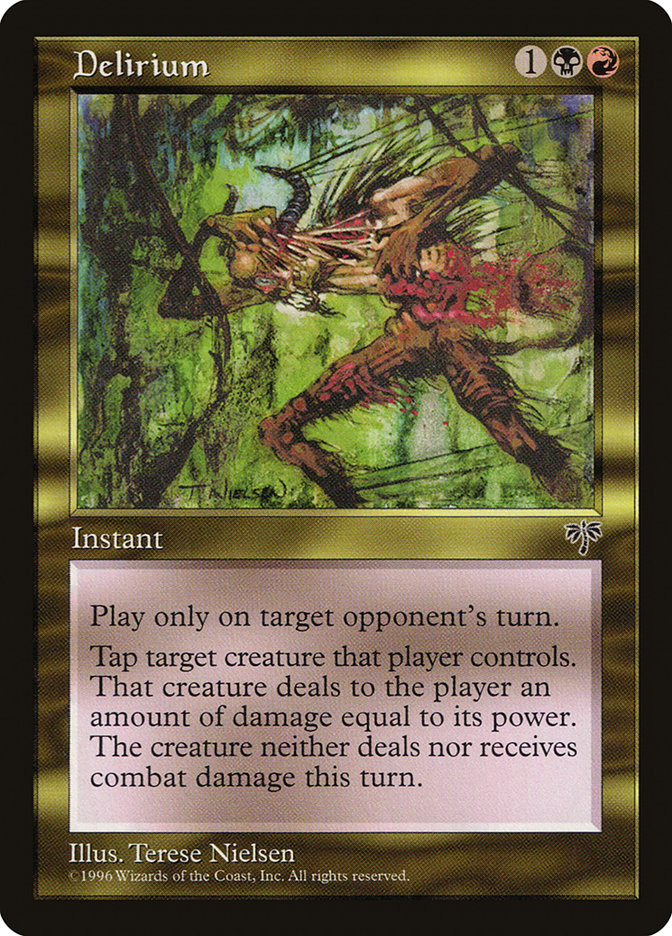
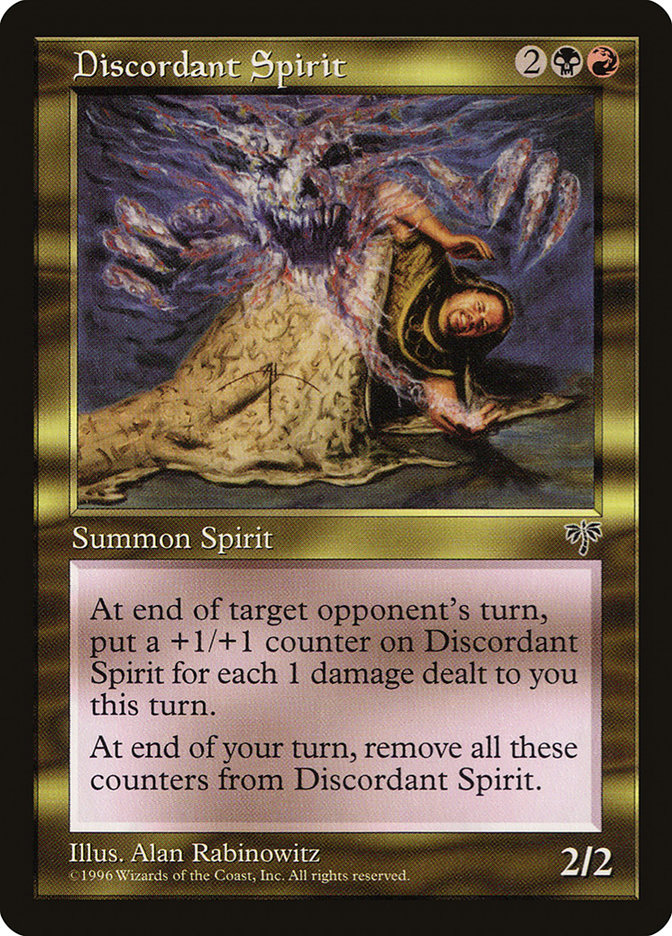
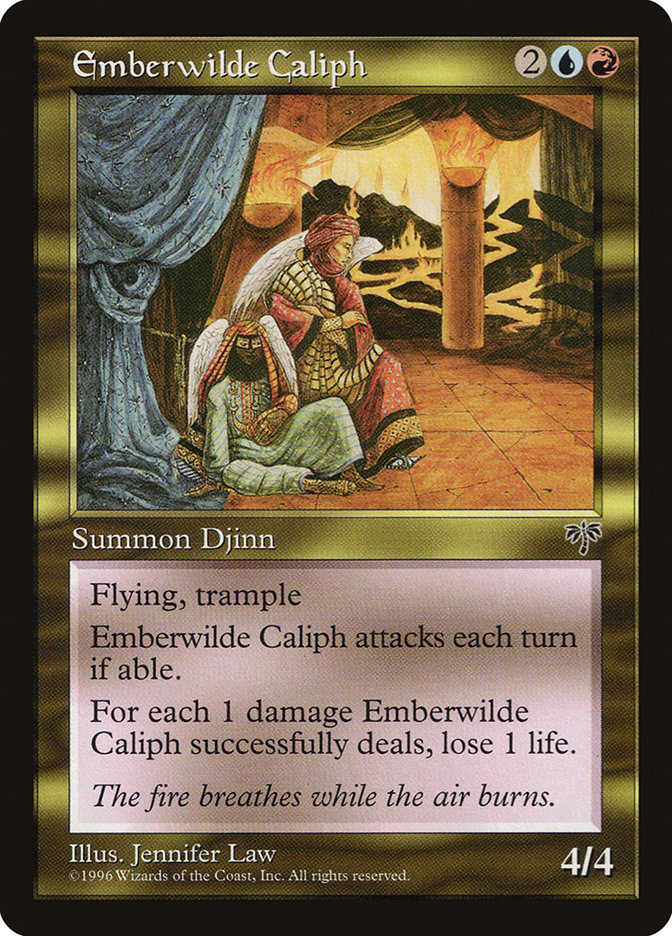
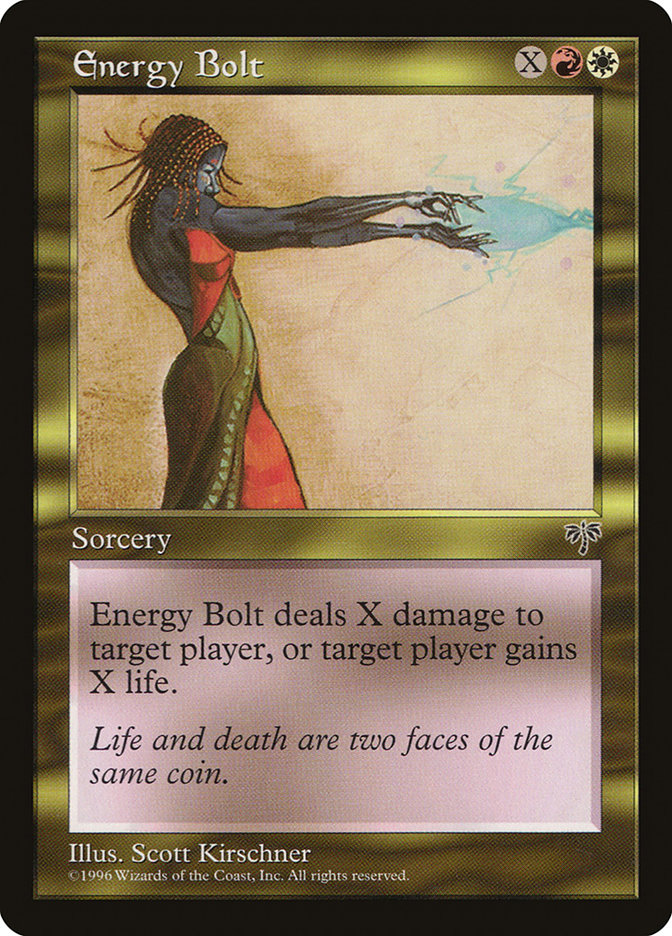

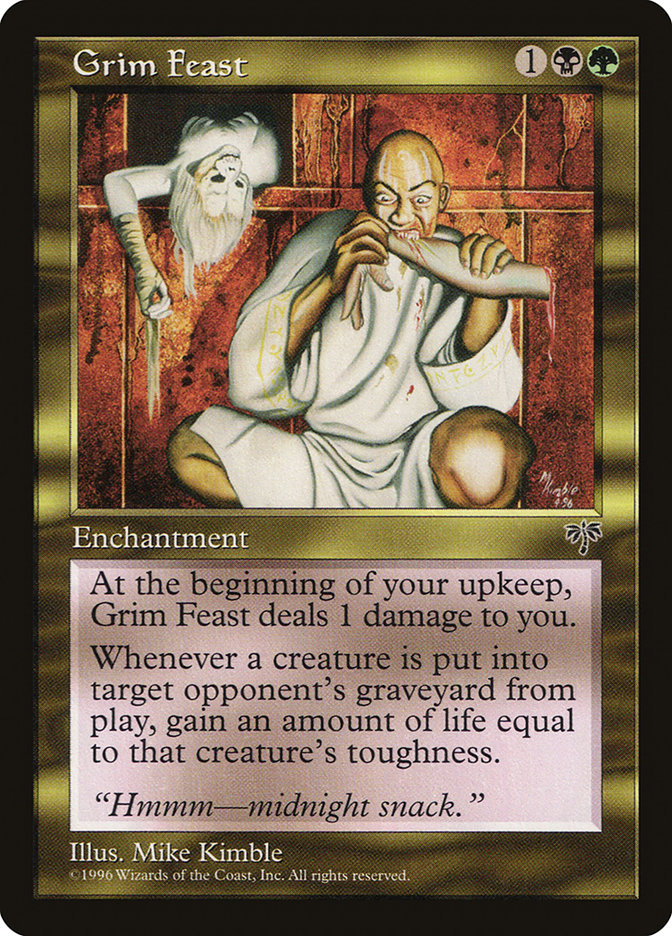
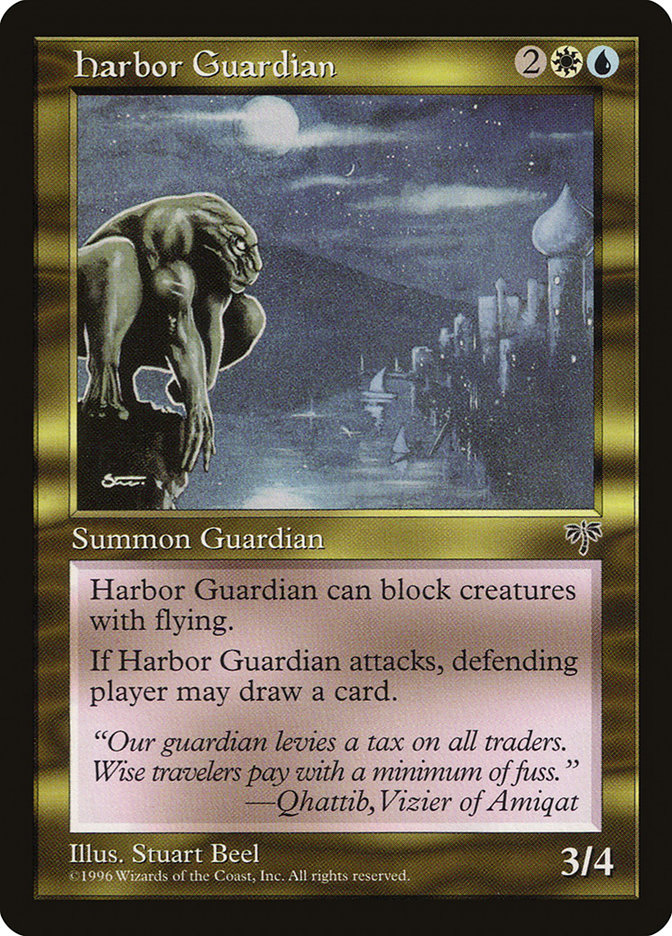





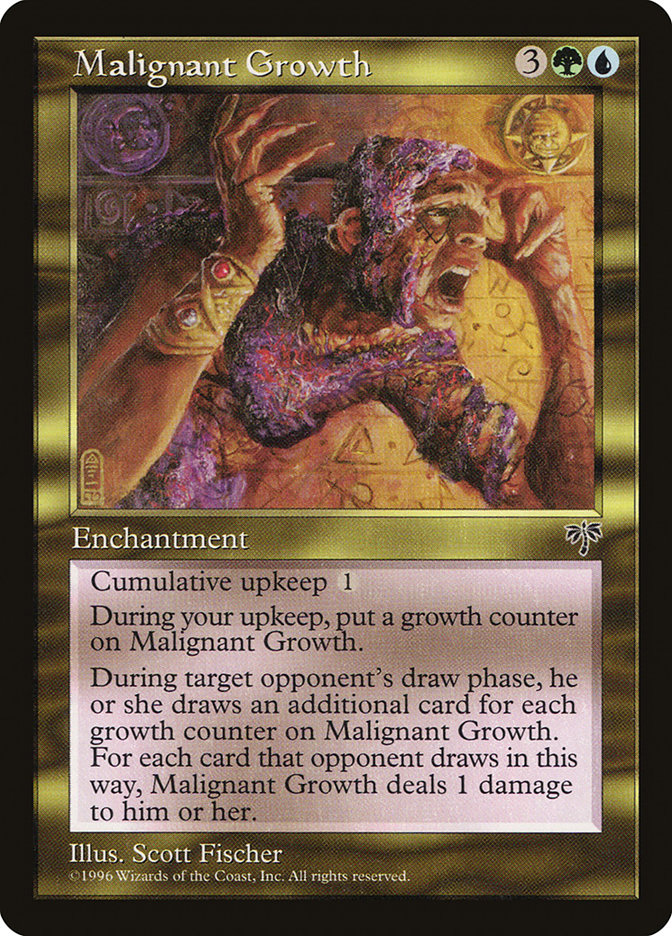
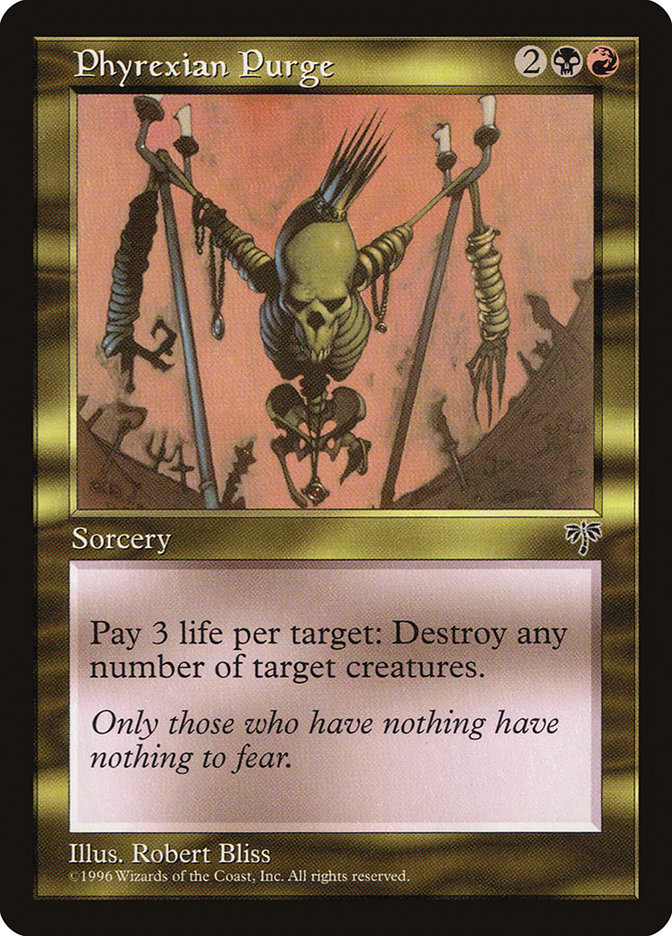



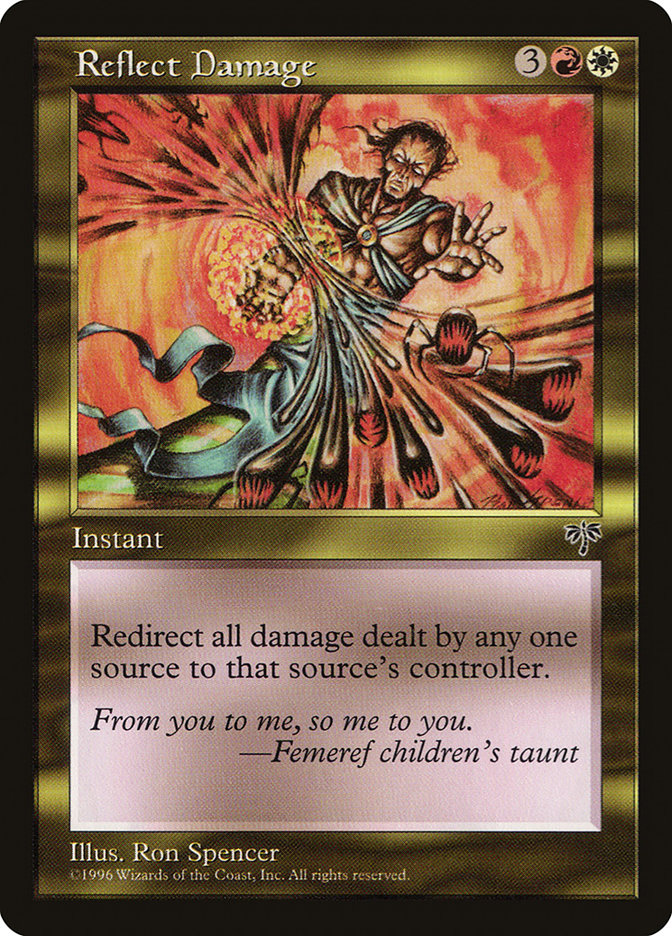
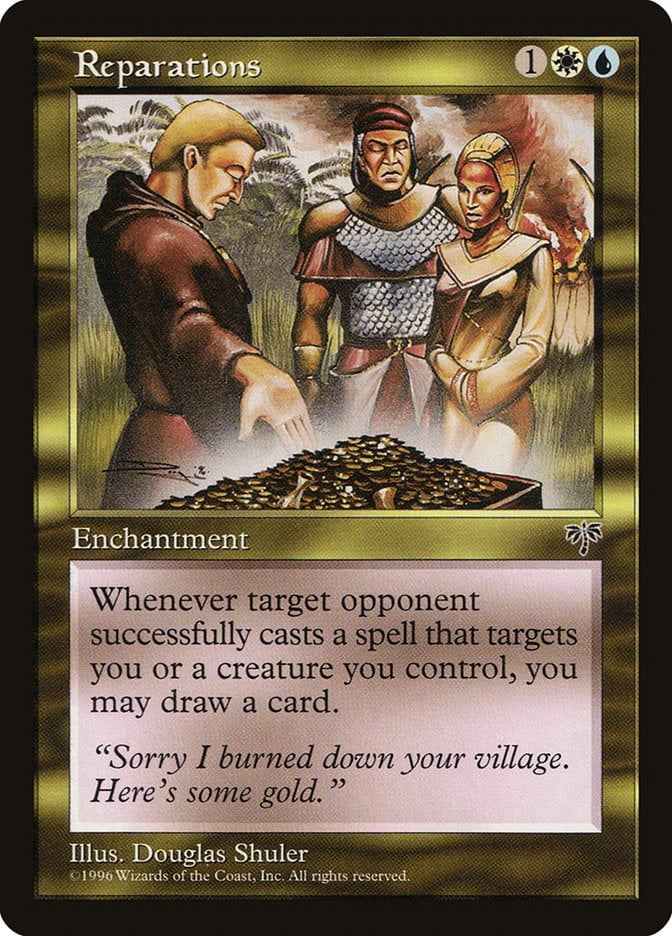
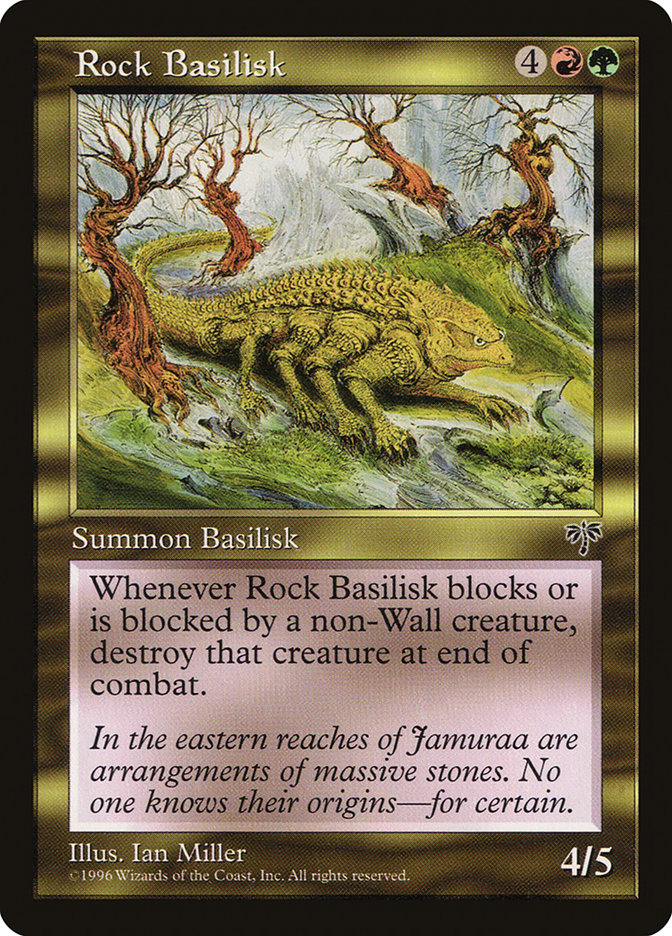
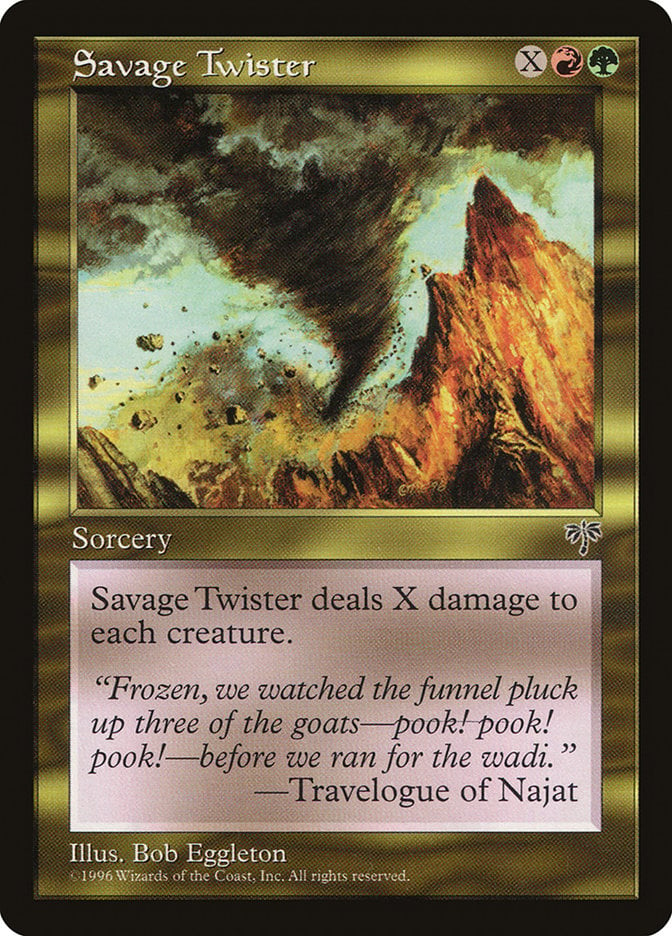

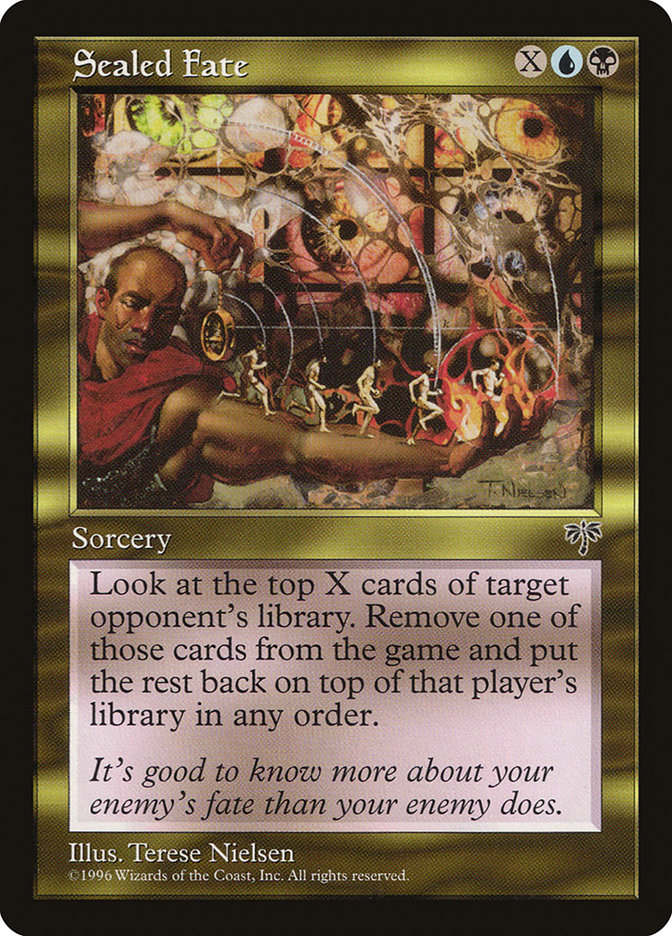
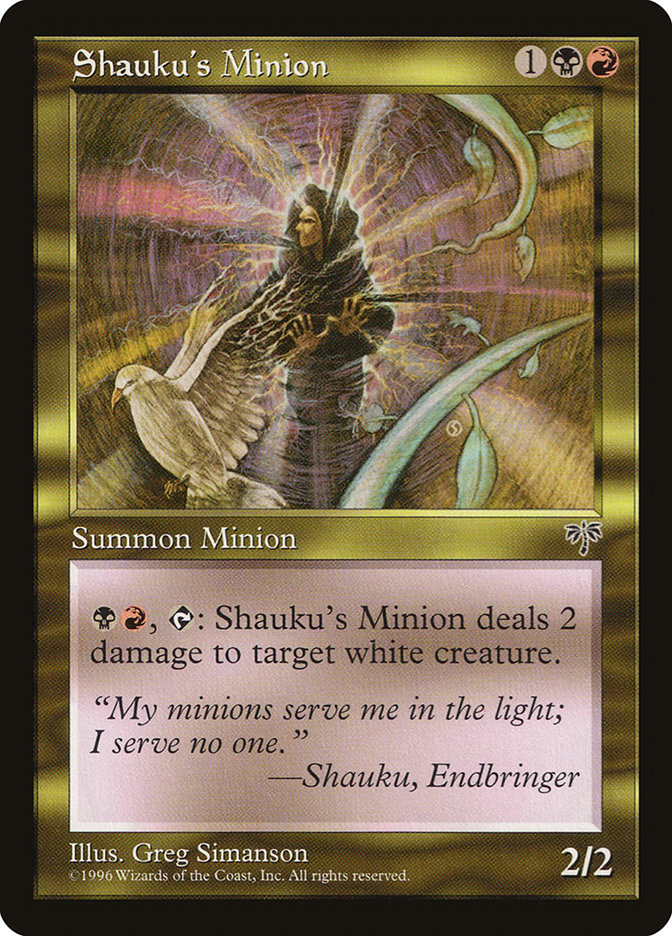
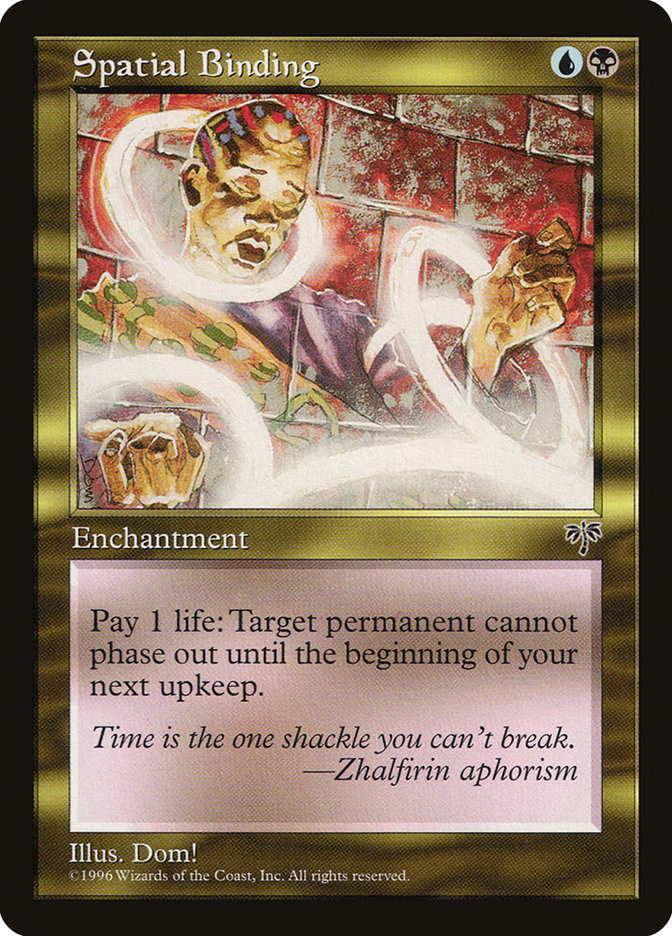
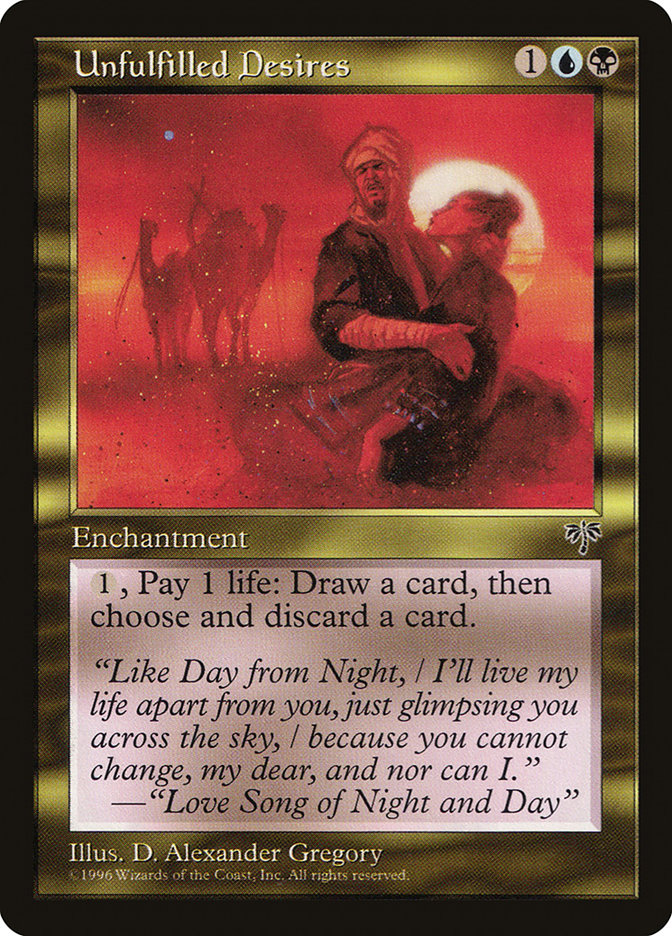
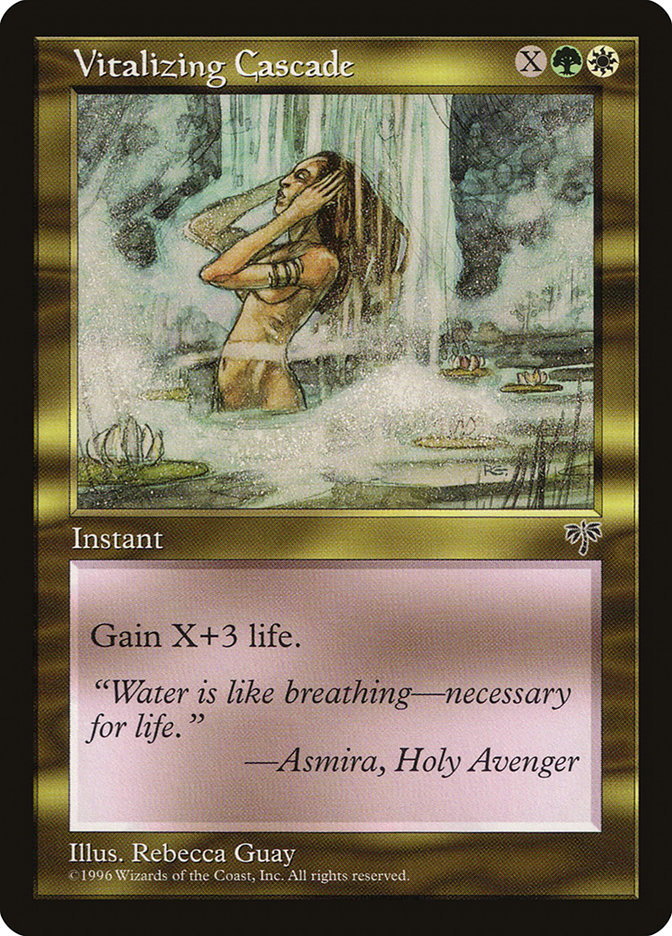
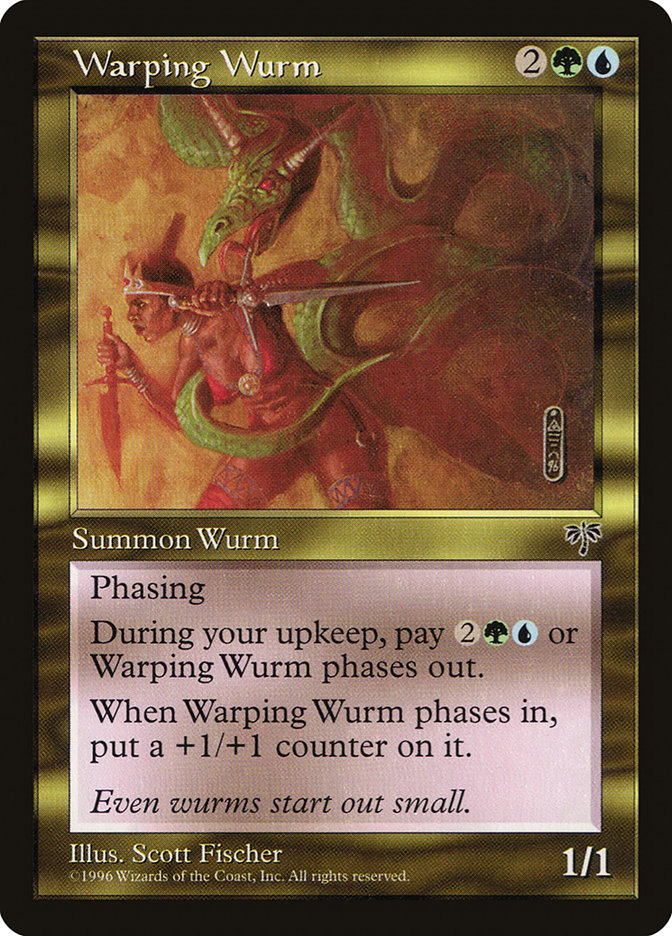
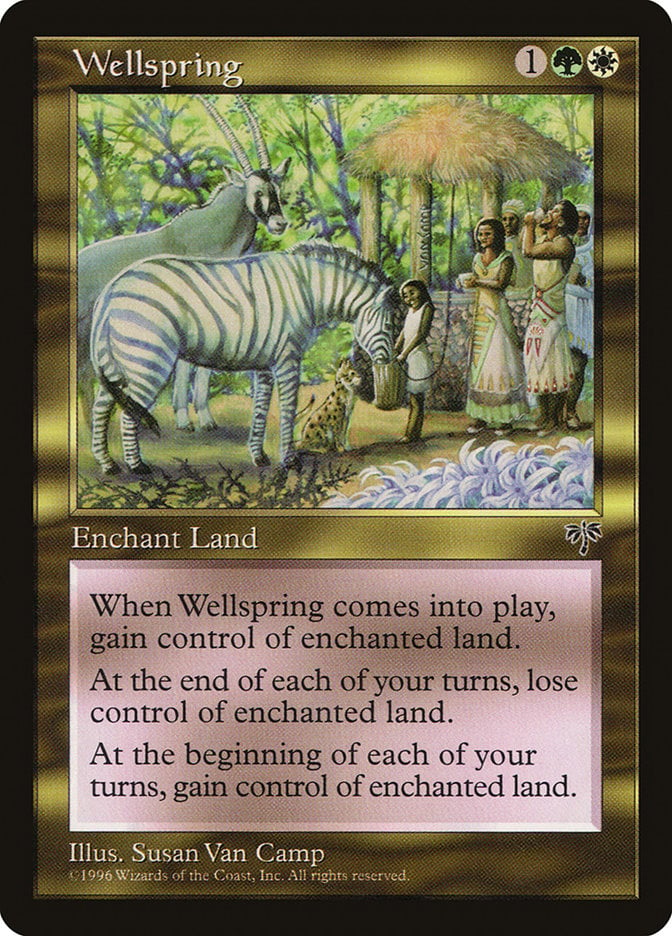
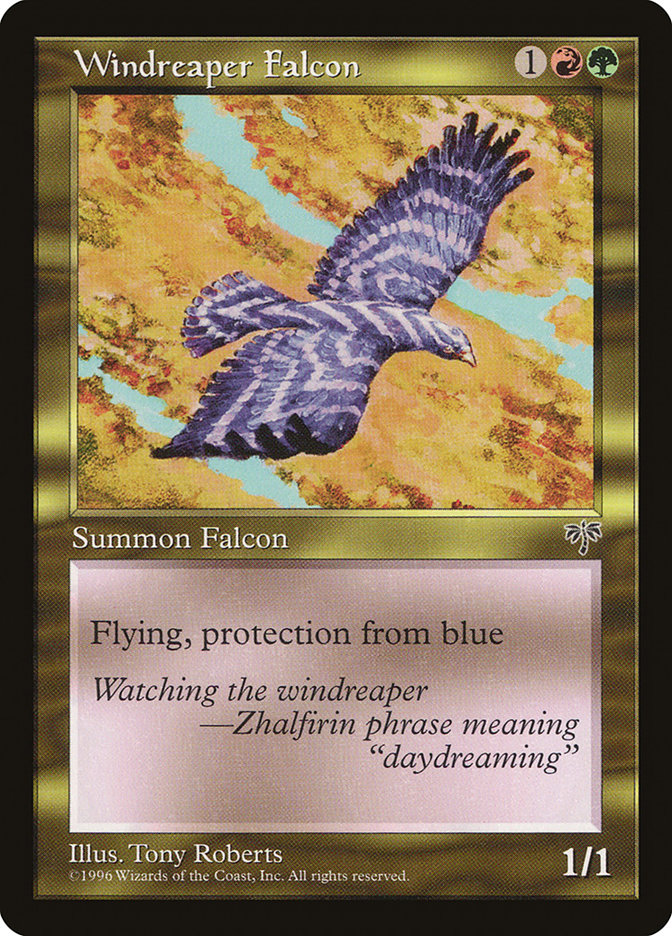
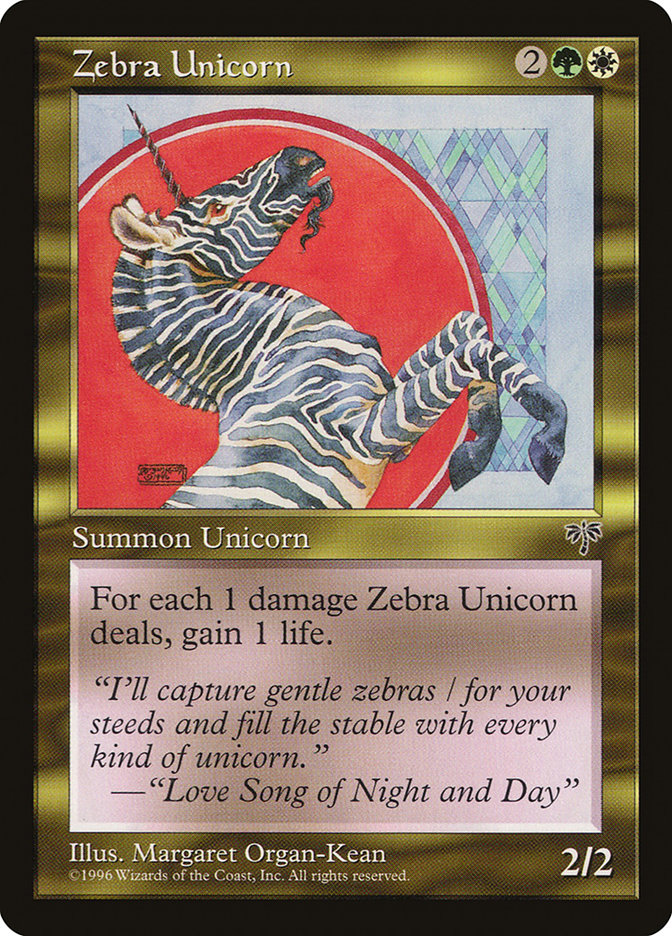
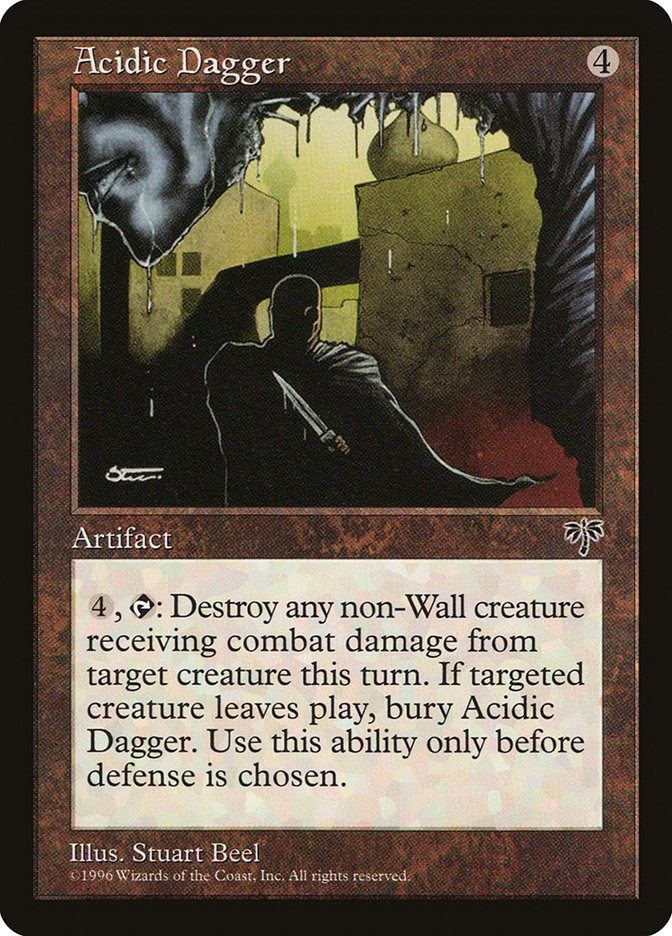
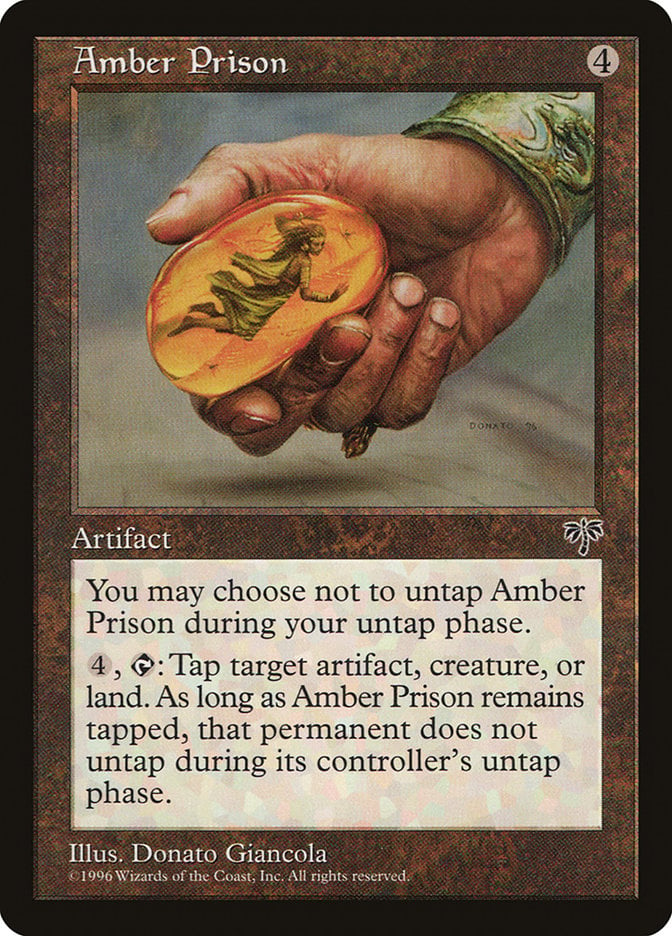

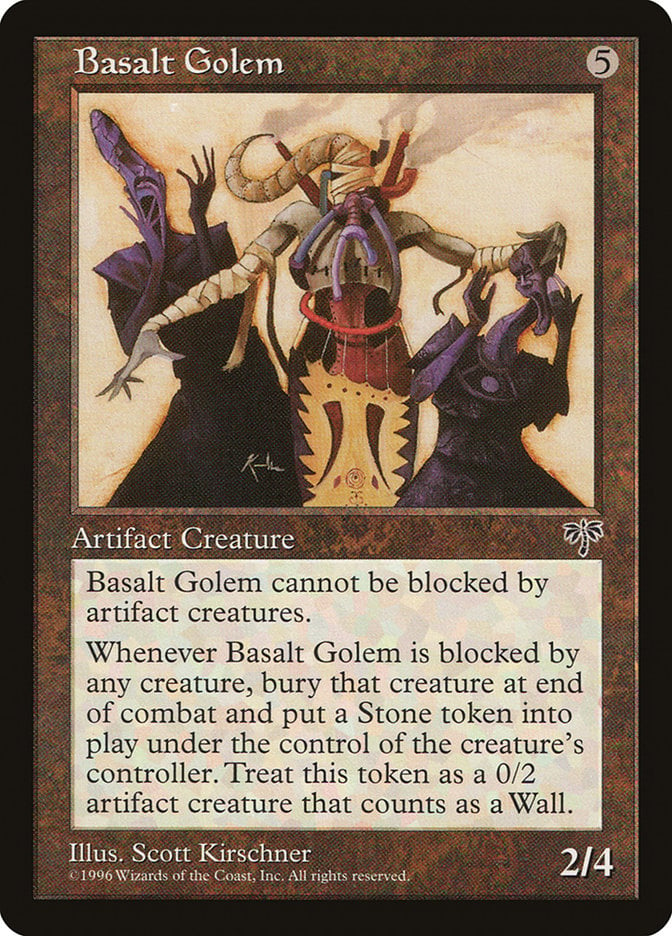
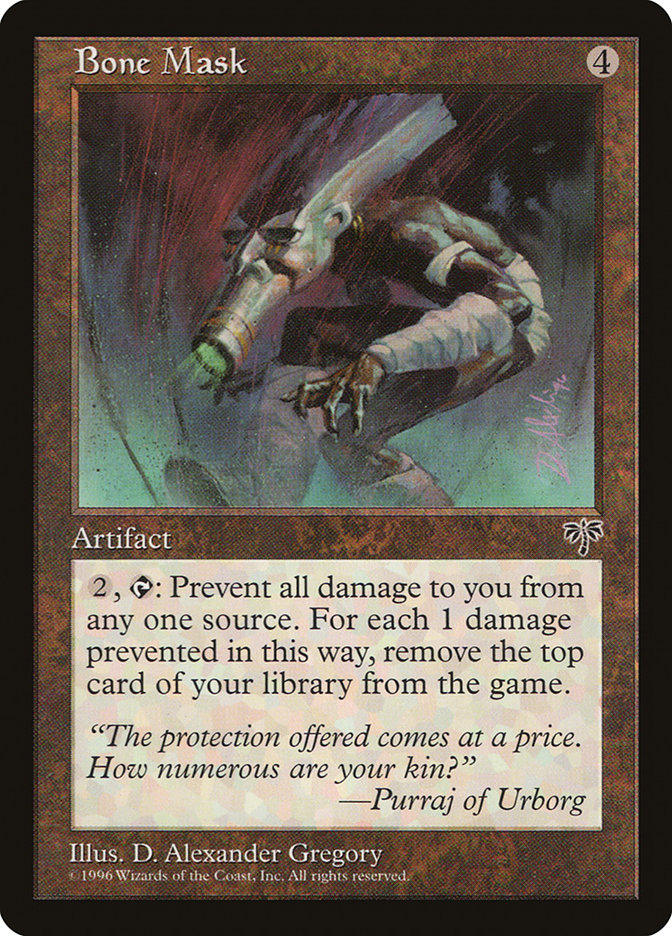

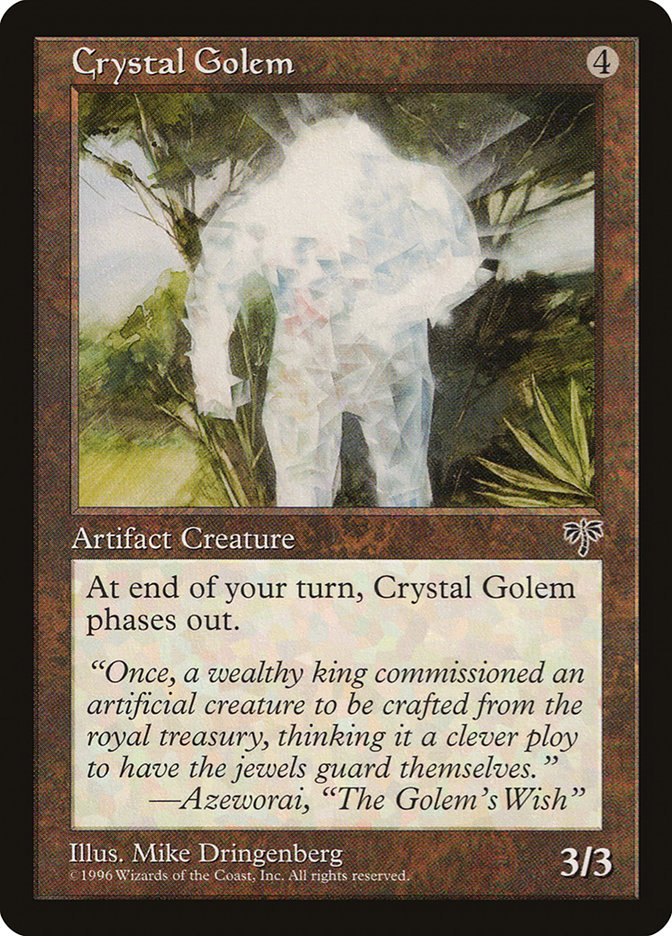

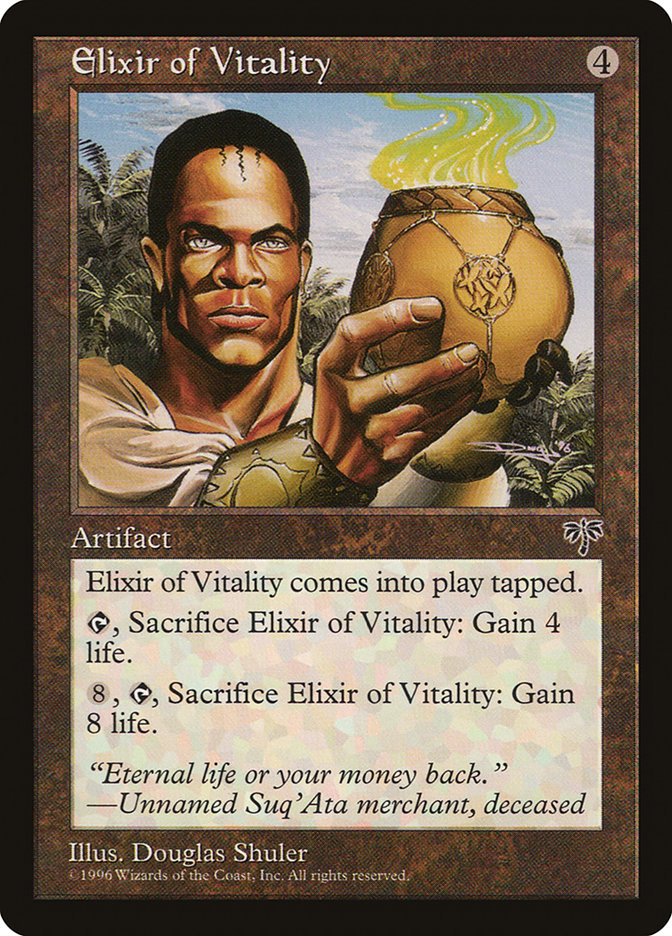
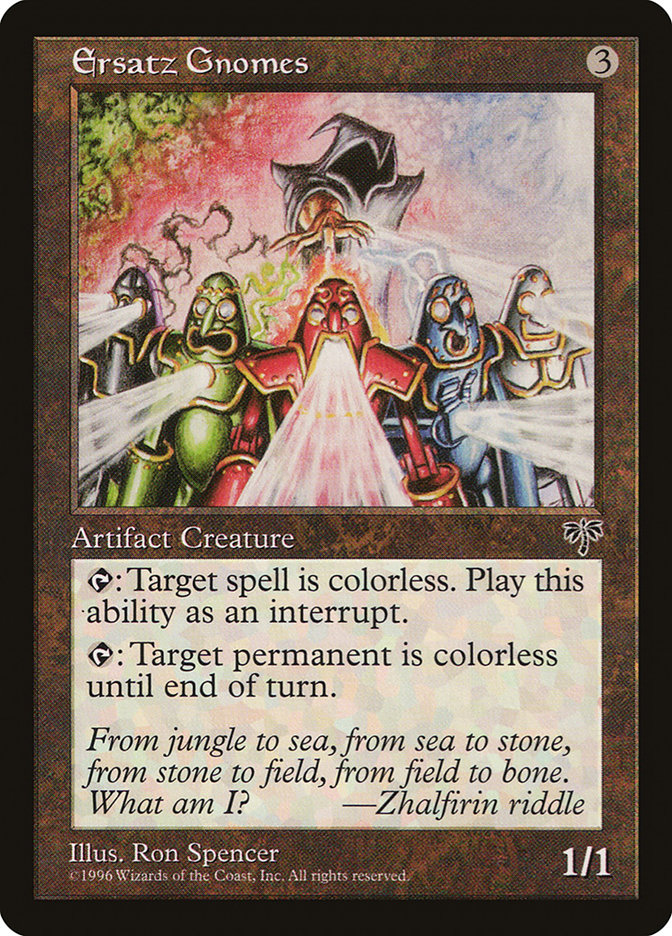
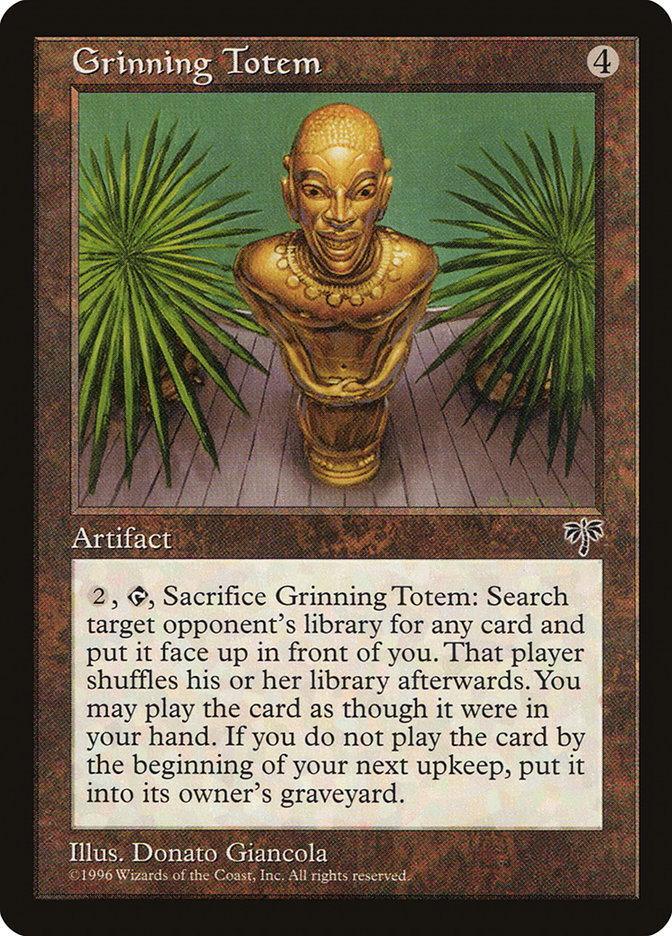
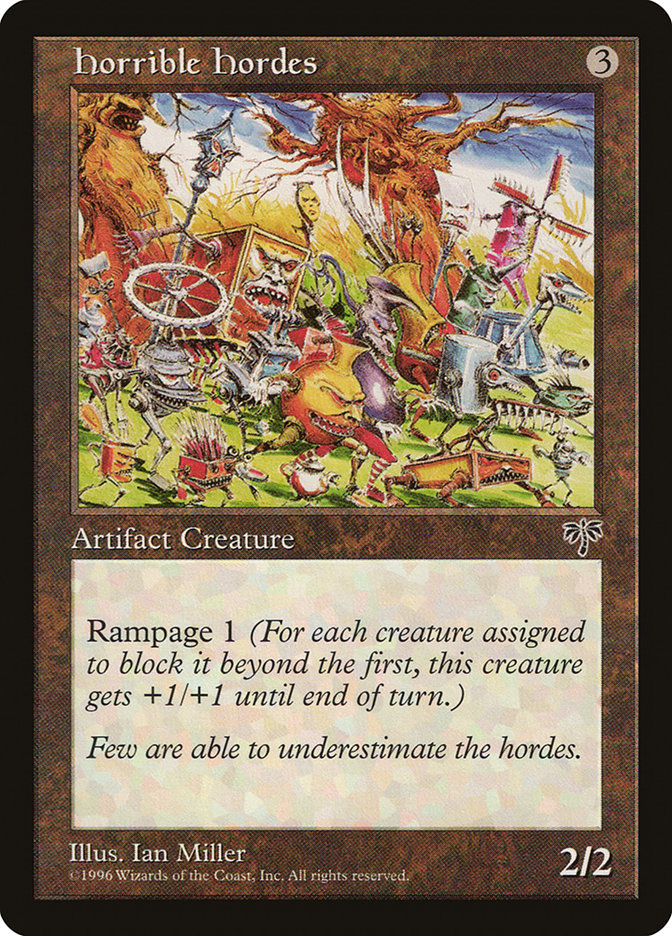
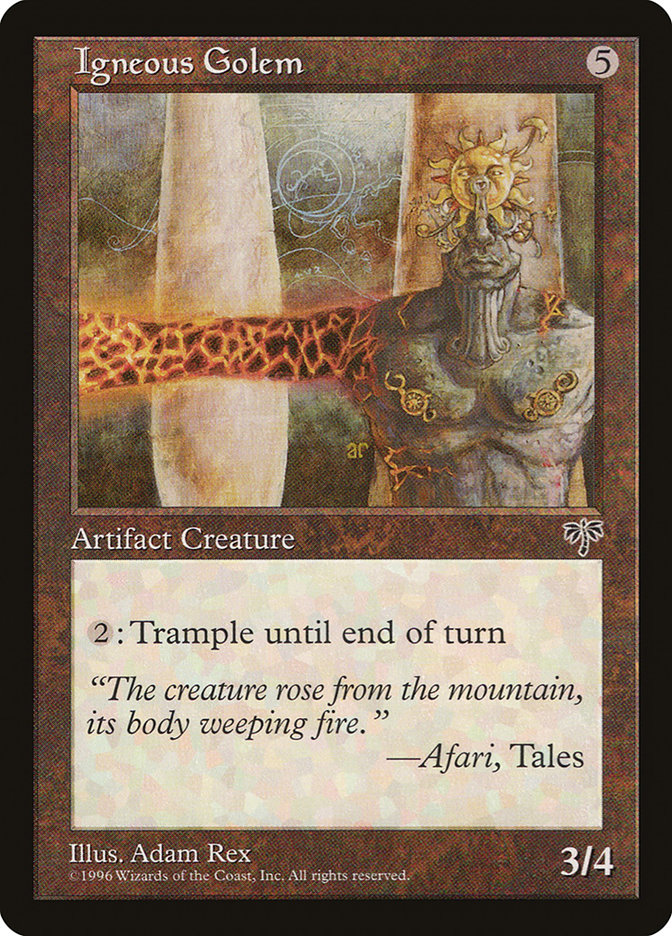
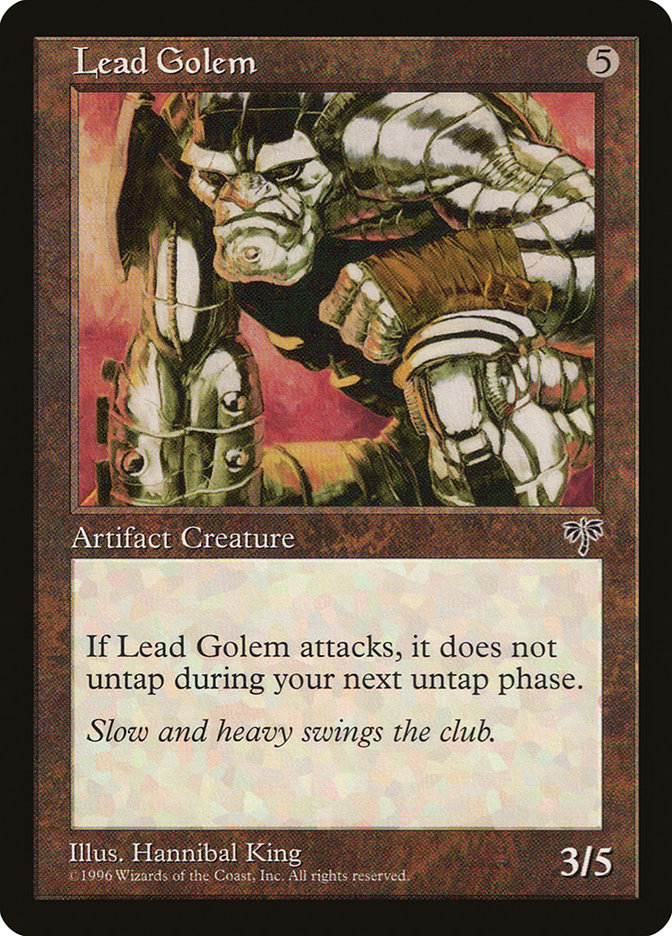
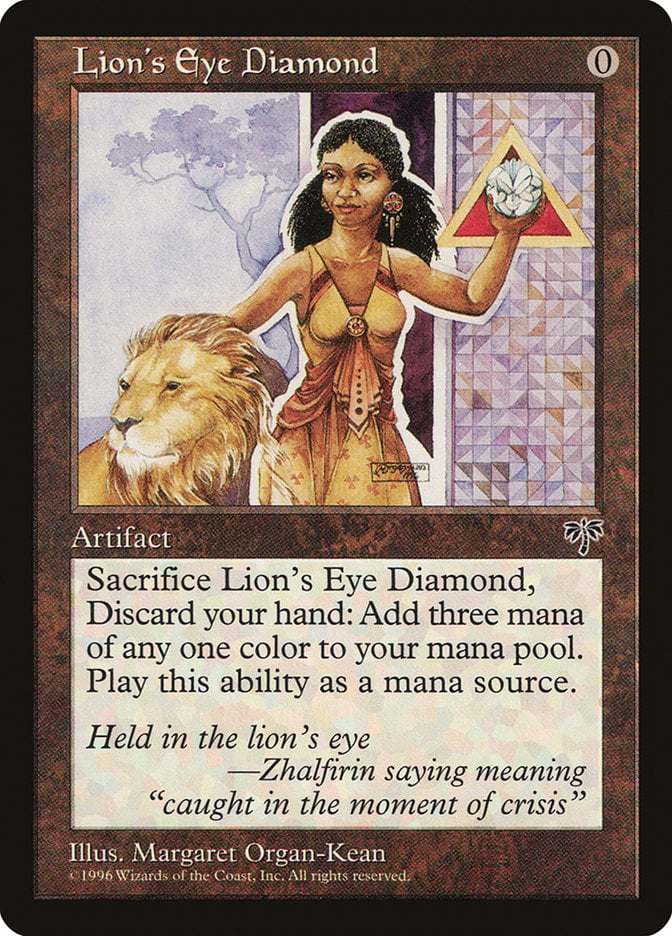

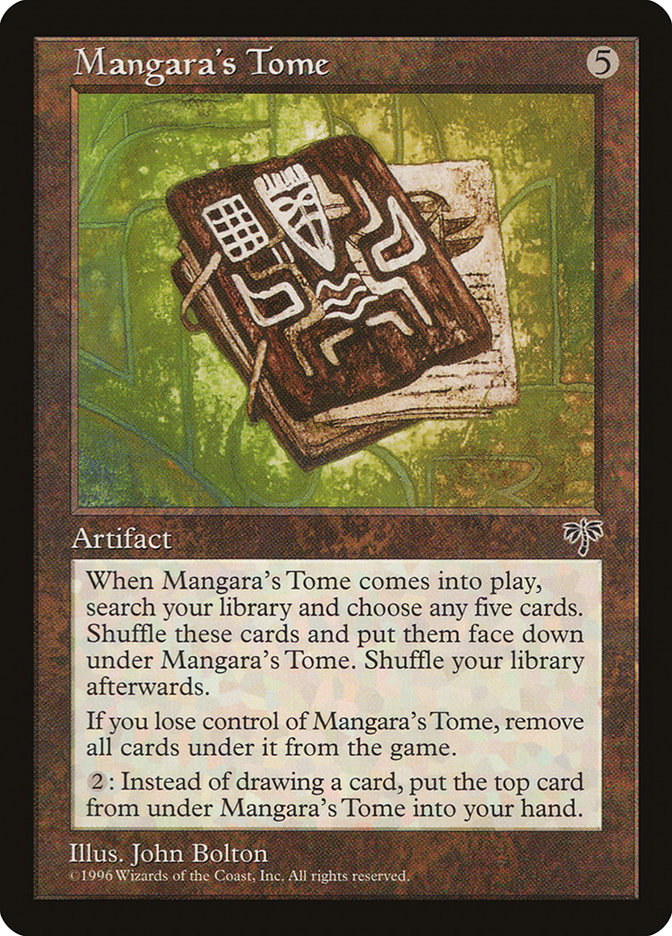
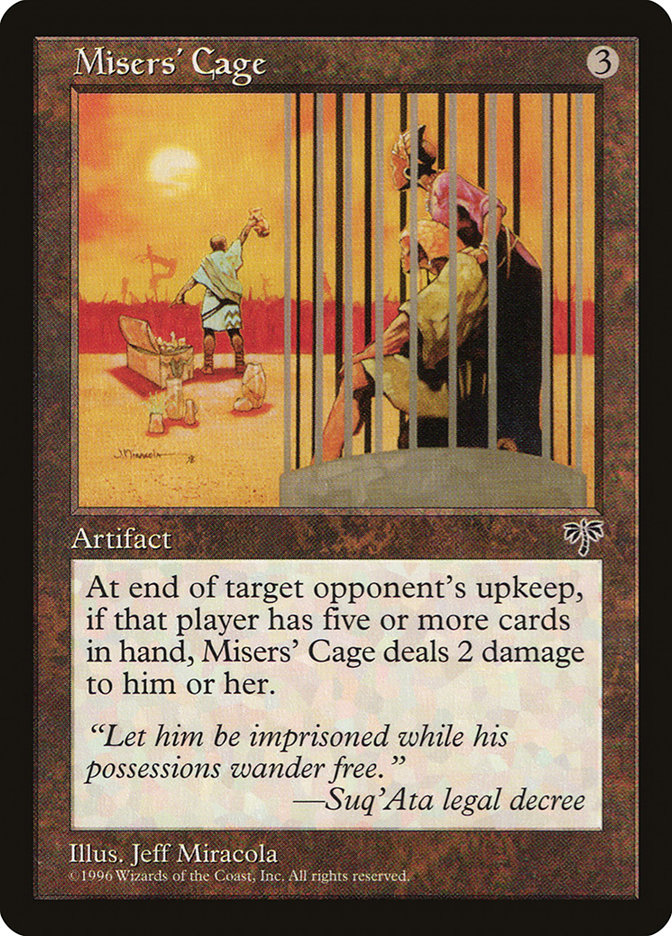

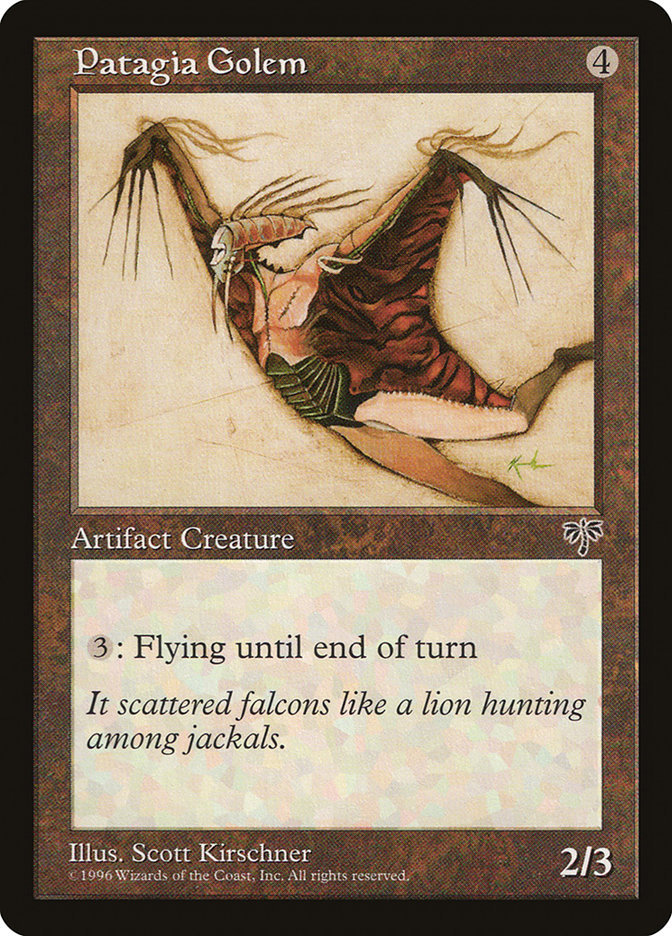
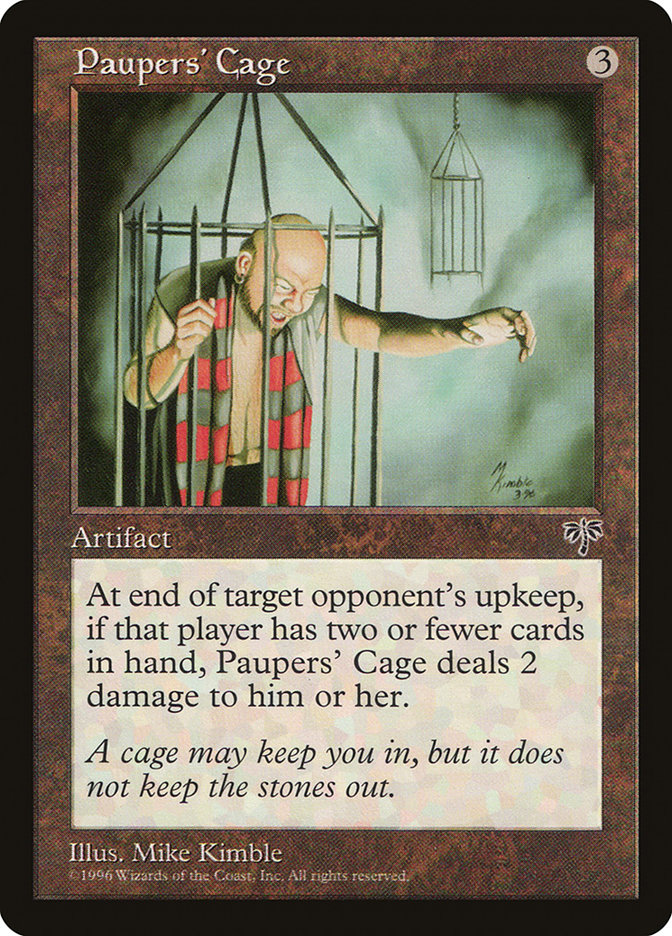
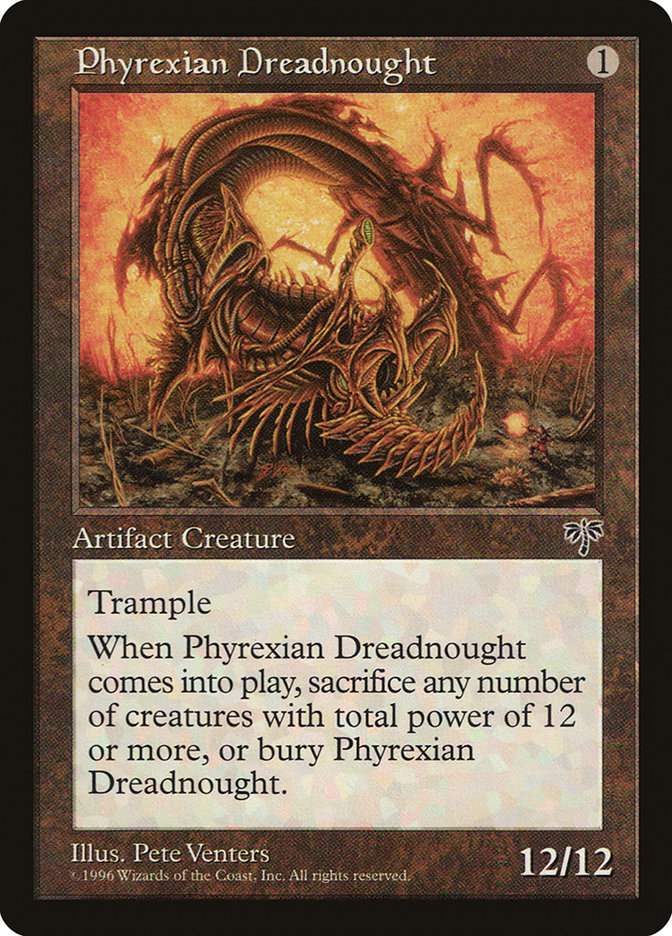

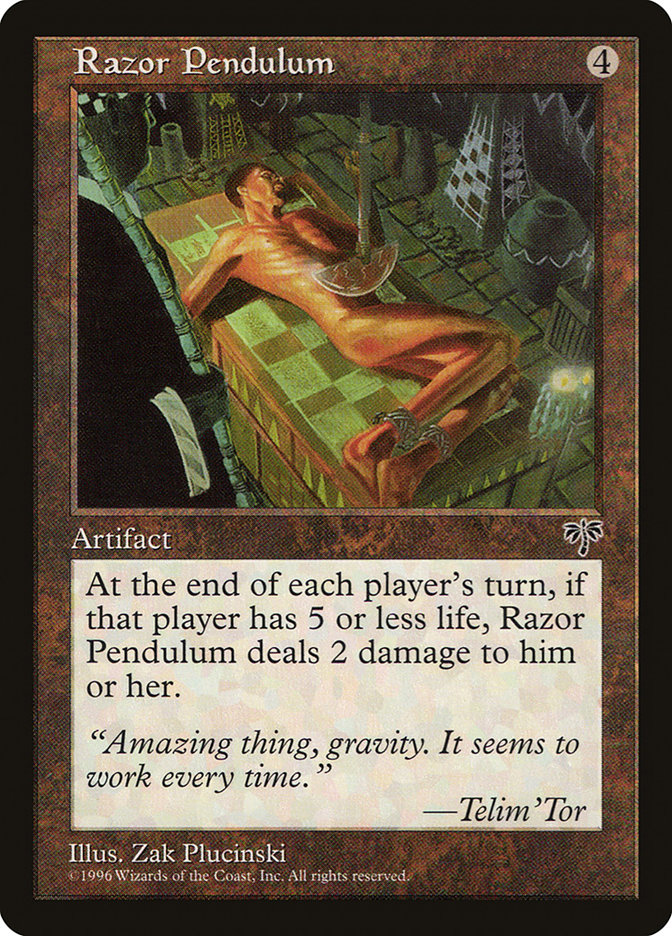
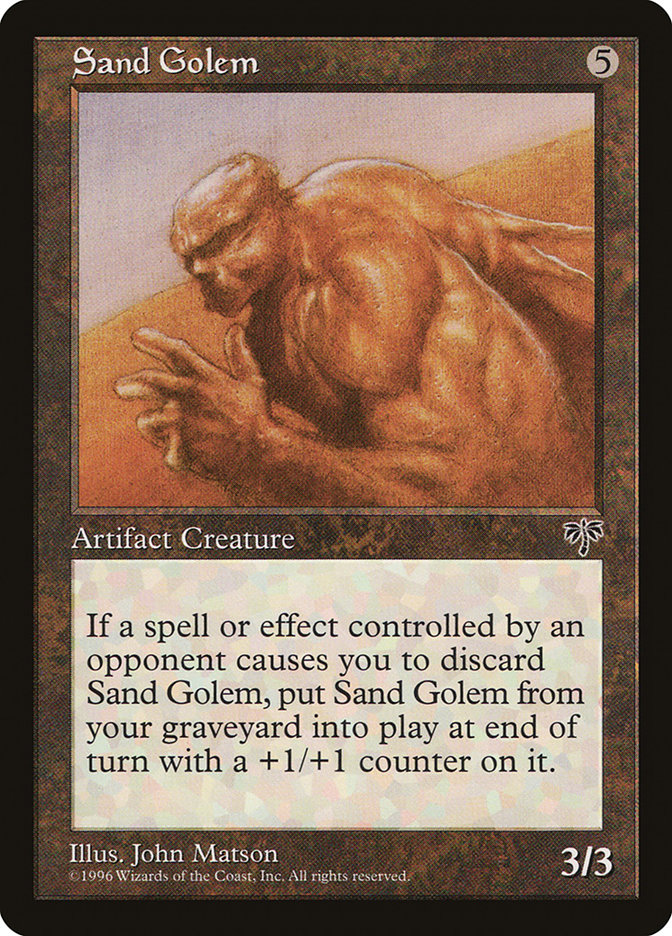
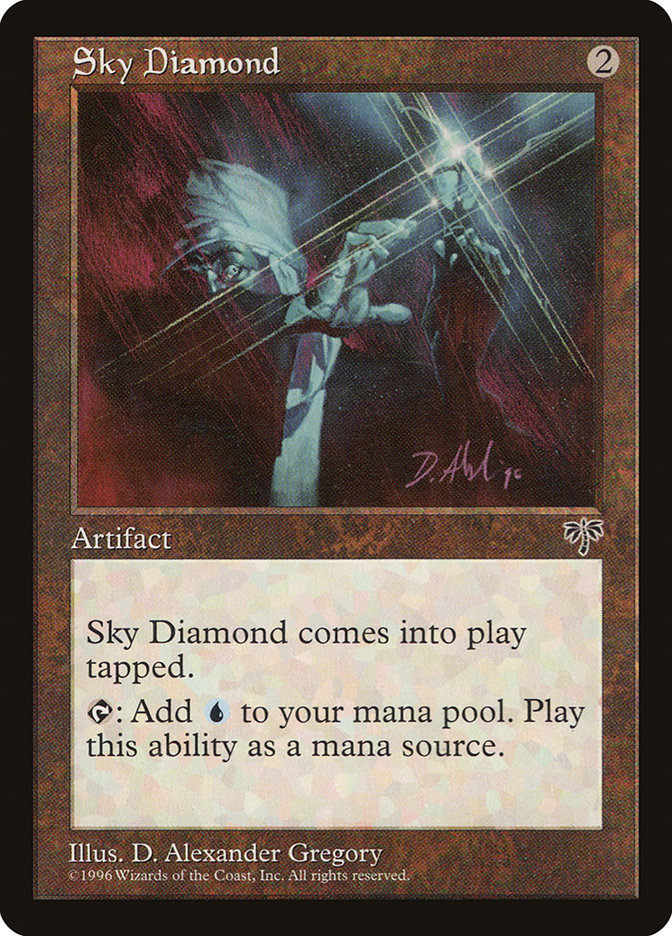
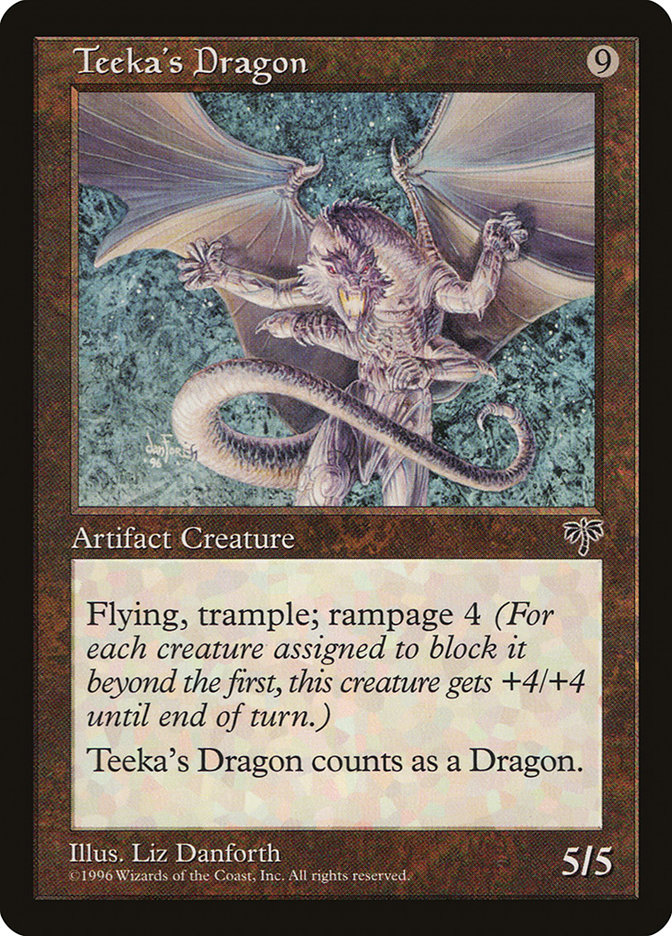
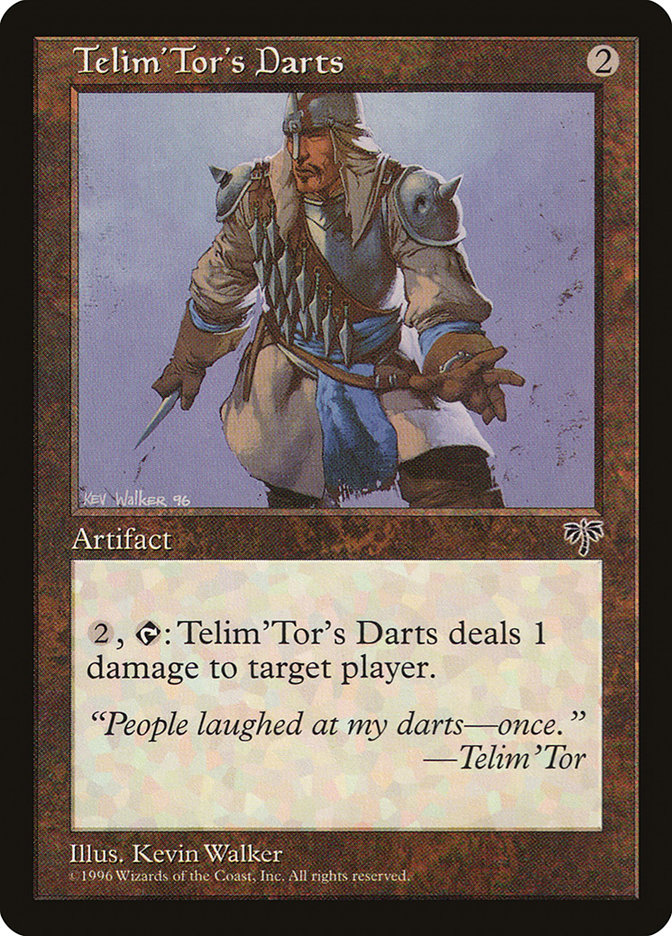
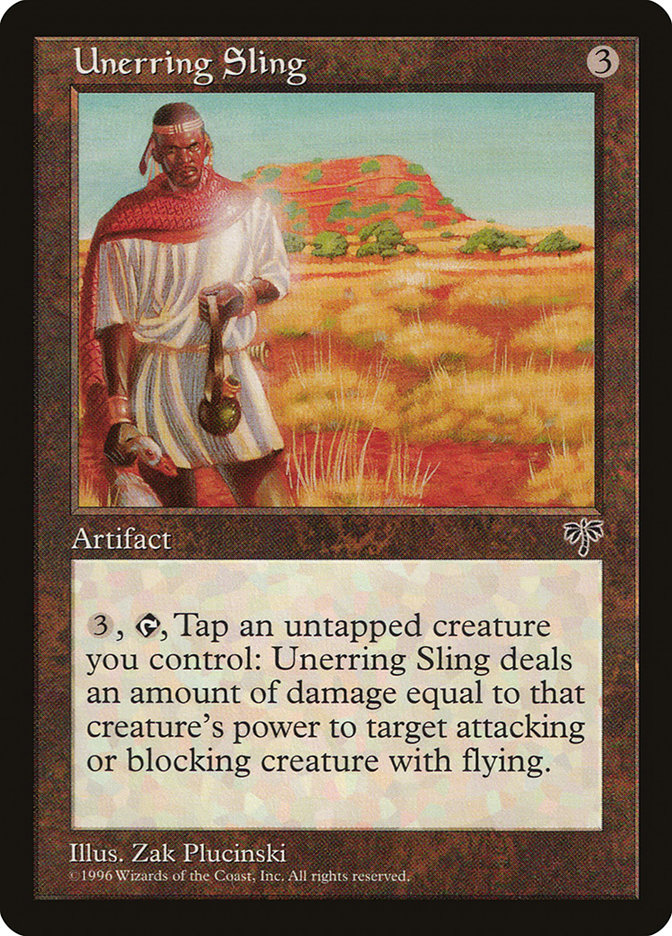

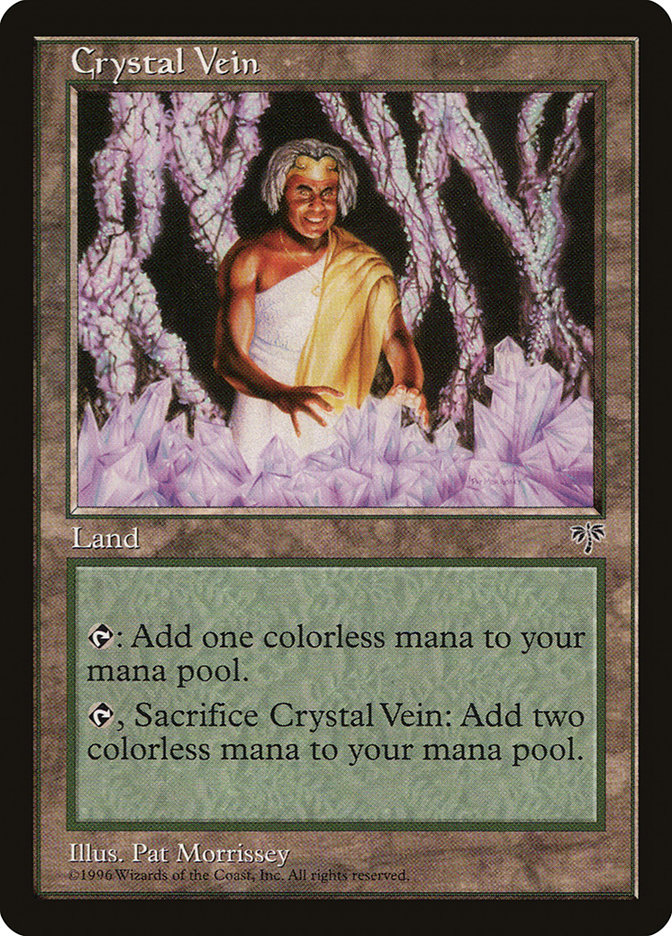
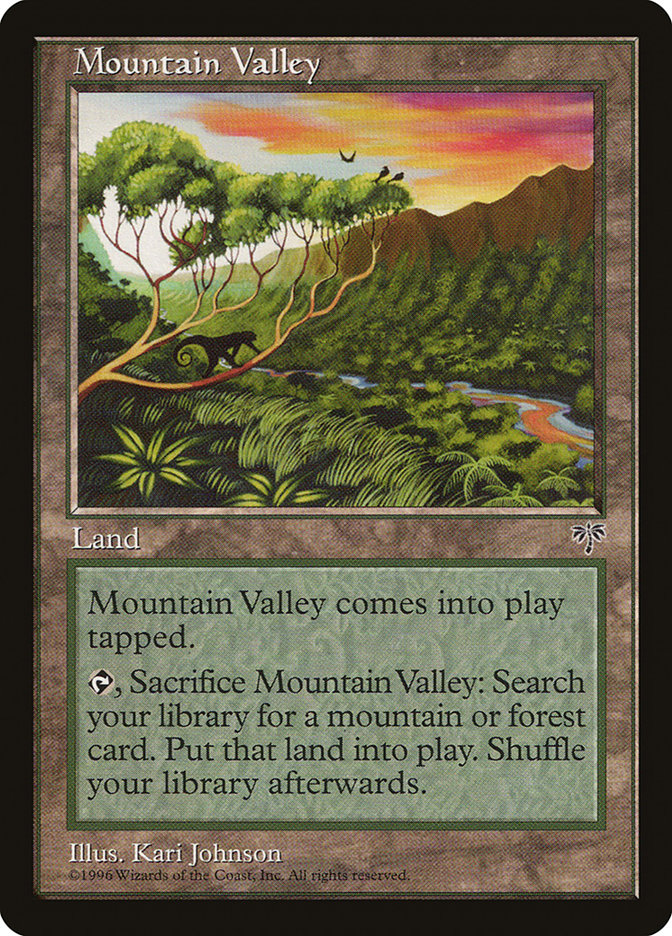
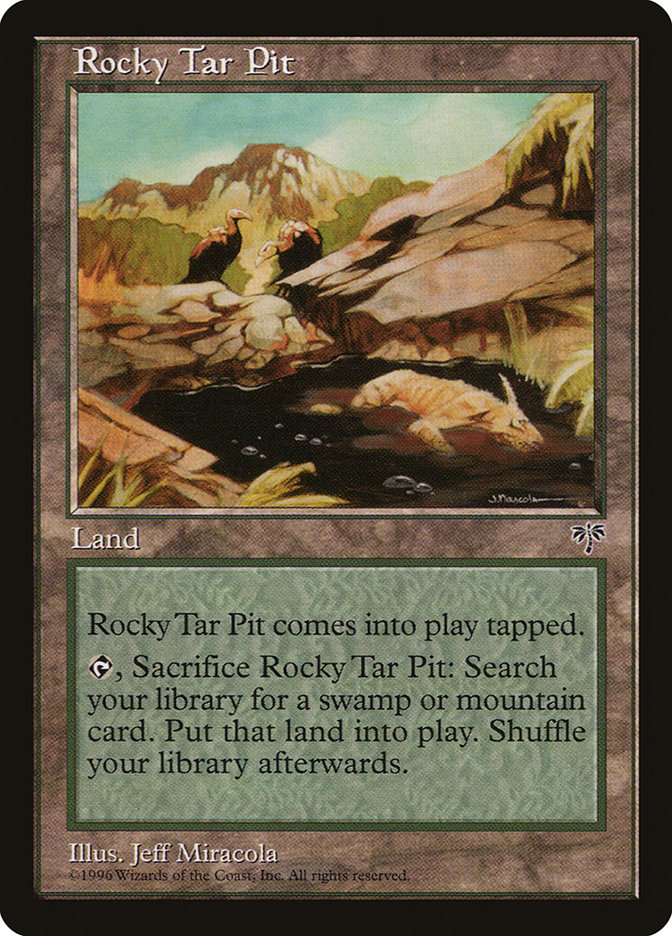
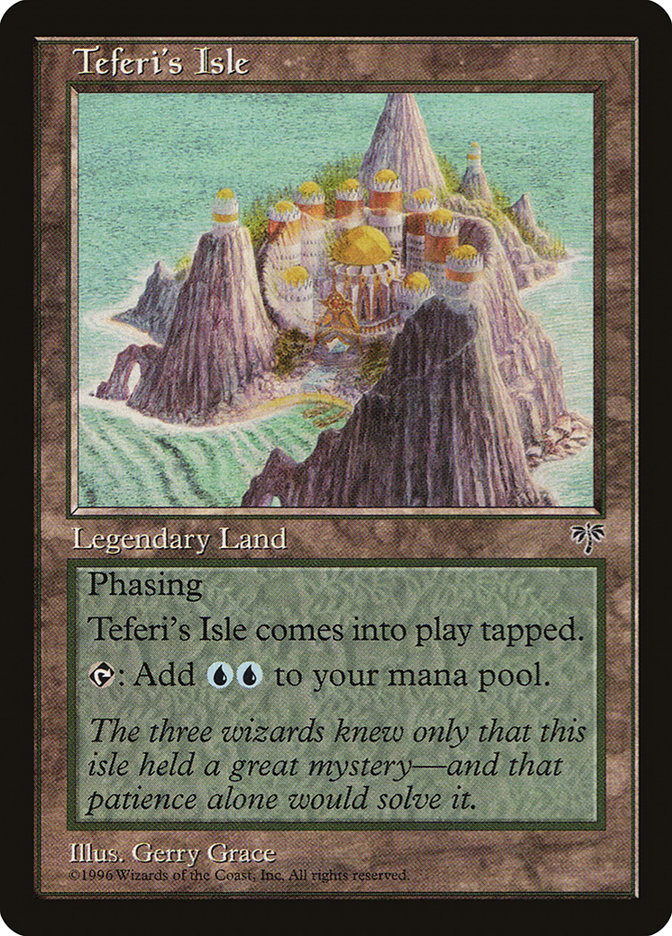
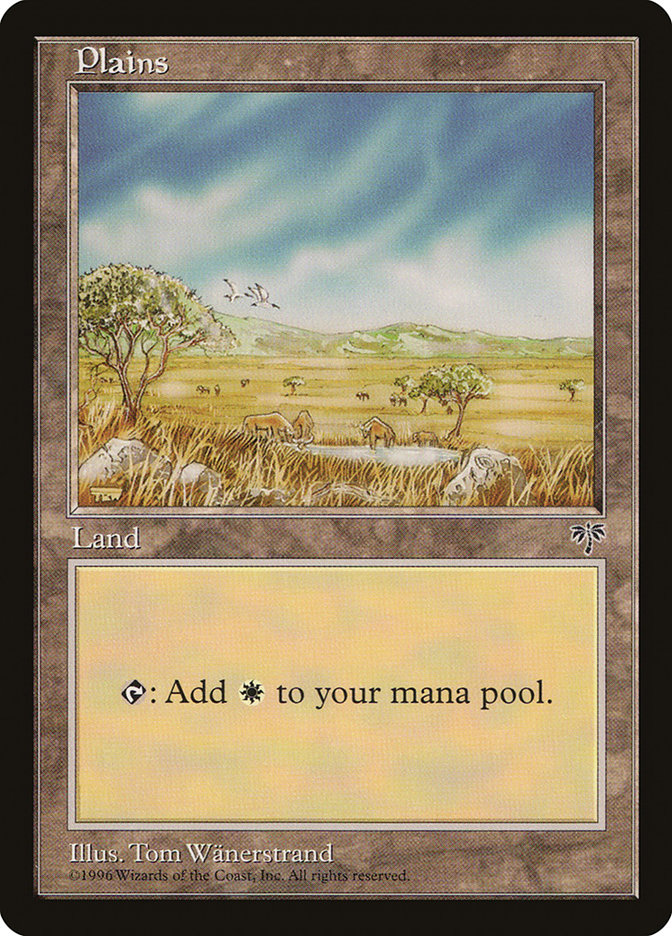
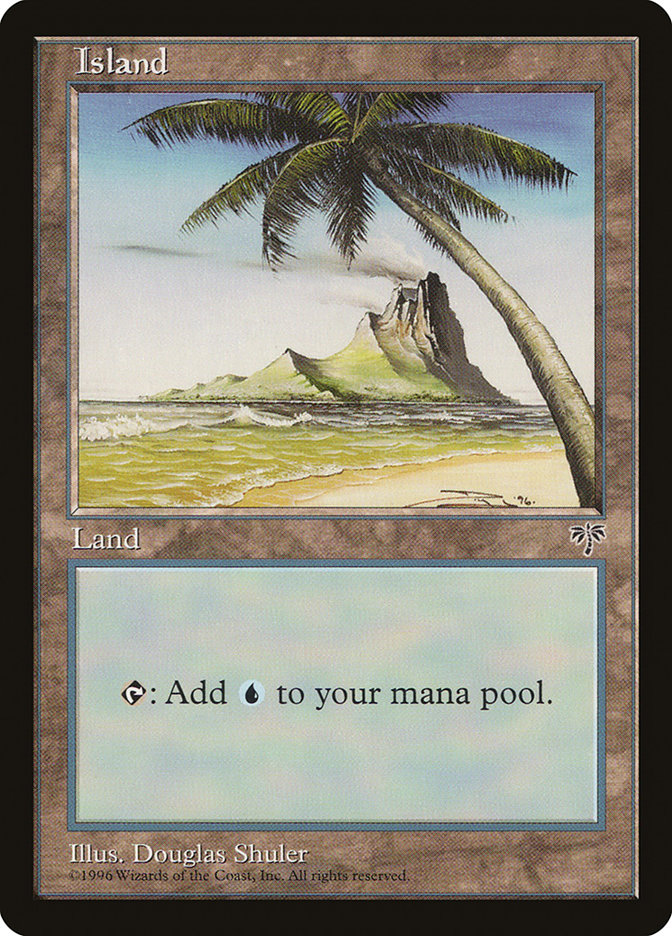
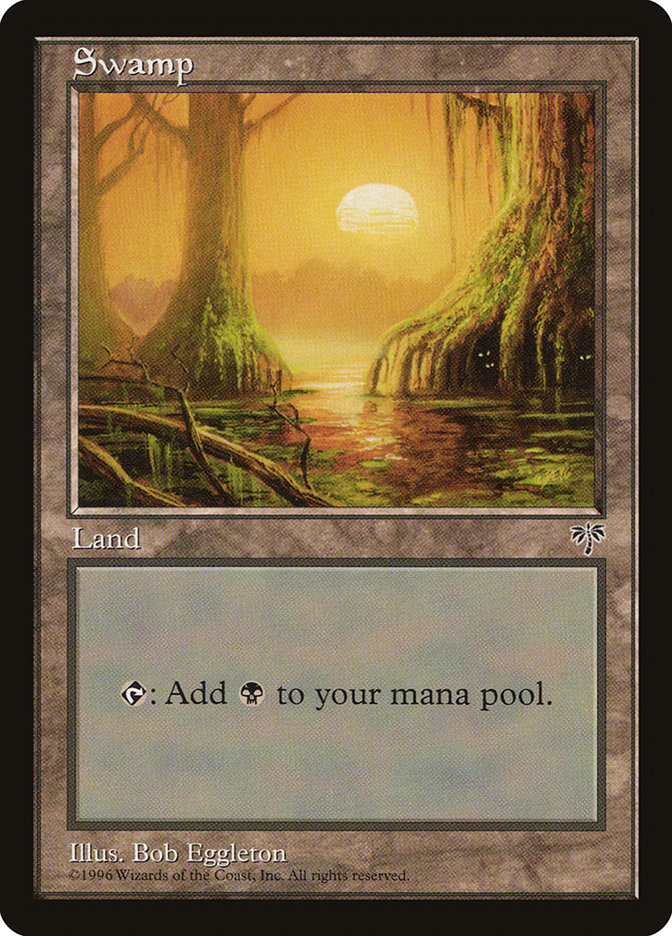
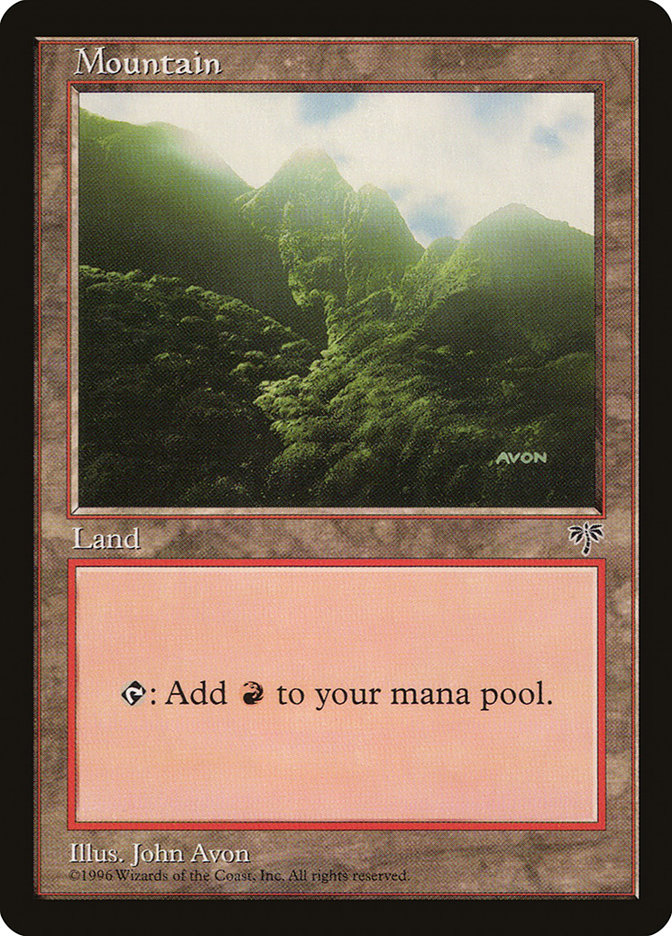
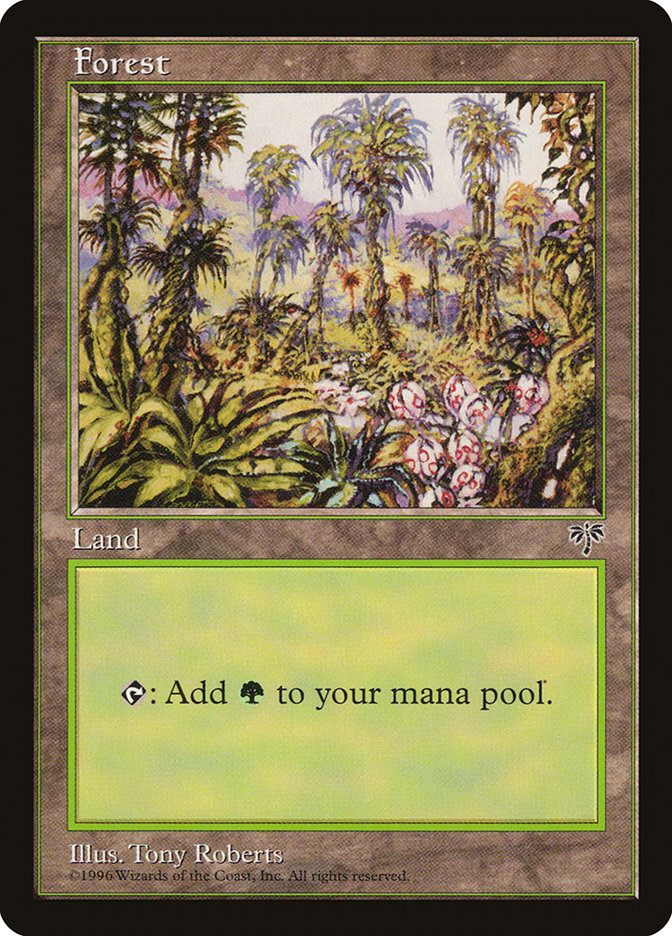
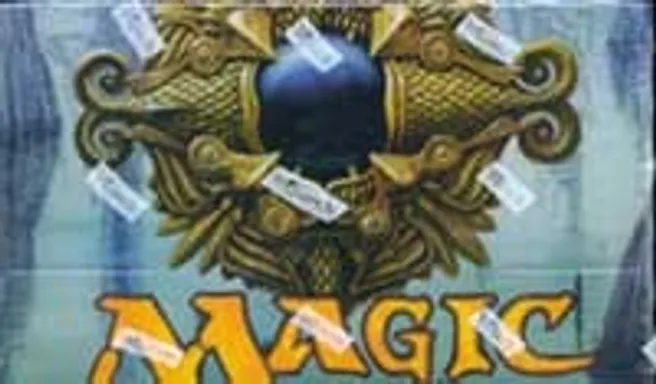
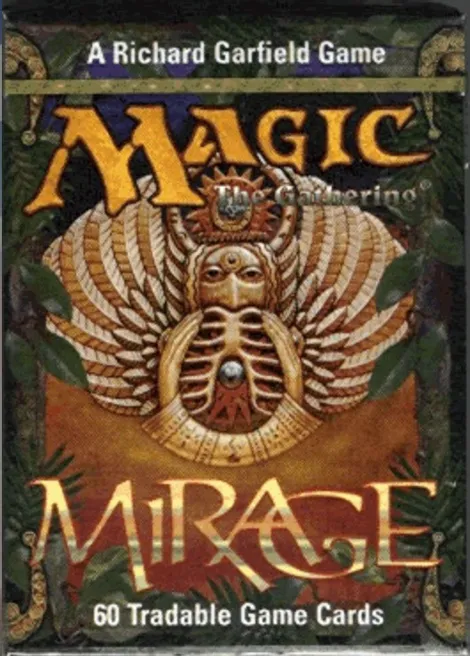


Add Comment